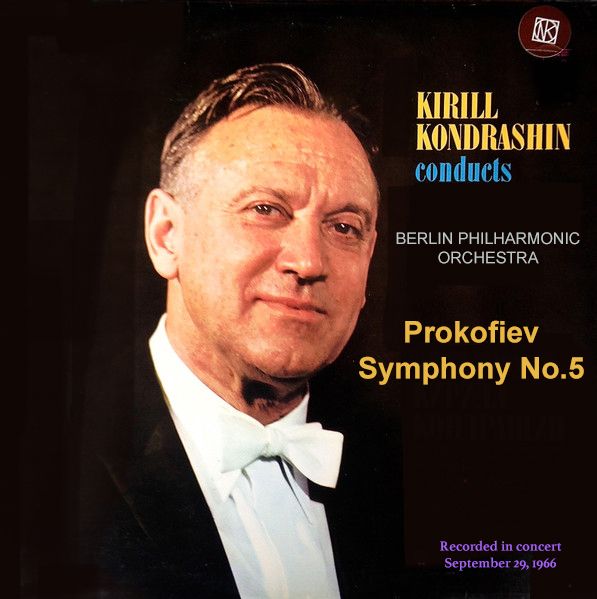I have a large collection of classical LP's, many of which have never been transferred to digital format, or if they have been transferred commercially, have lost some of their excellent analogue audio qualities in the process. Through this blog I'll make my own transfers available, always in lossless format. The initial 100 or so offerings will be from my Mercury Living Presence collection, which although not complete, is quite large. Other labels will follow.
Mercury Records built a devoted following among classical music listeners in the 1950's and 60's. In 1951, when the company was a Chicago-based independent, it launched its ''Olympian Series'' with the now classic recording of the Mussorgsky-Ravel ''Pictures at an Exhibition'' played by the Chicago Symphony Orchestra under Rafael Kubelik. In reviewing that disk in The New York Times, Howard Taubman wrote that the effect was ''like being in the living presence of the orchestra''; Pleased, Mercury adopted his phrase ''Living Presence'' as the rubric for its subsequent releases, and carried it well into the stereophonic era.
MERCURY LIVING PRESENCE ON COMPACT DISC (from a MLP CD booklet)
"In bringing these historic recordings to compact disc, the aim of the production and engineering team was to capture as accurately as possible the true sound of the original tape and film masters.
Only the original masters were used for CD transfer, and, as in the recording sessions themselves, no equalization, filtering, compression, or limiting was used. The actual analog-to-digital conversion device used 128 times oversampling with proprietary noise-shaping techniques.
Throughout the CD mastering process, the digital master was compared to and matched against the 3-track master to ensure as true and faithful digital reproduction as possible.
For the transfer of these masters to the digital domain, the original Mercury vacuum-tube Westrex film recorder and Ampex 3-track tape machine were restored. in addition to providing the exact reciprocal of the original equalization curve, the tube technology replicated the full, rich sound, clarity of instrumental timbre, and solid convincing soundstage preserved on the original tapes or film.
This combination of classic tube technology and state-of-the-art digital equipment re-creates for compact disc the wide dynamic range, lifelike clarity, and spatial perspective of Mercury Living Presence.
Because of the historical significance of the Mercury Living Presence recordings, and in response to requests from record collectors, it was decided to use the original LP covers and liner notes whenever possible."
For those wishing to know more (much more) about Mercury recordings I highly recommend the following site: http://anonym.to/?http://www.soundfountain.com/amb/mercury.html. Some sites dealing with the subject are quite specialized. There is, for example, one devoted exclusively to Mercury LP labels: http.//ronpendorf.com/labelography3.html
NOTE: For any download issues, comments, or questions, please send me a message: billinrio1@yahoo.com
_______________________________________________________________________
PLEASE NOTE: The following instructions apply to the albums on this blog that contain more than one link (split files).
After having downloaded the split files, you then need to combine them into a single file. How you do this will depend on what operating system you use. If you're running Windows, you can download the freeware program HJSplit . For Mac users there's the freeware Split&Concat . Use these progams to combine the multiple files you have downloaded to produce a single one. This file, when unzipped, contains all of the album's tracks in lossless .flac or .ape format, as well as high-resolution scans of the front and back album covers.
_______________________________________________________________
As an introduction to the Mercury series, I include here an interview with its producer, Wilma Cozart Fine during which she explains the special characteristics of the recording process used, reminisces about Rafael Kubelik, and talks about the enduring appeal of these recordings to collectors.
_____________________________________________________________
This is one of my favorites from the Mercury Living Presence series. For me, this Paray/Dupré recording of the Saint-Säens 3rd is still unsurpassed.
"Preceding Munch with a first stereo recording, but lacking RCA’s vast marketing clout, Paray bestows a magnificent idiomatic reading of elegance, grace and precision, complete with an authentic “French” sound from the orchestra he had trained in Detroit (of all places). Arguably, this is the work’s first truly French recording – Coppola was trained in Italy, while Munch was Alsatian and presented a blend of French and German blood, both physiologically and aesthetically. With prominent inner voices, Paray's lithe, supple, evenly-paced approach with restrained dynamics revels in the score’s abundant coloration and echoes the descriptions (if not the evidence on record) of the composer’s own playing. The impact is abetted by a superbly crisp and detailed recording with remarkably precise stereo imaging (all achieved elegantly with only three mics) that captures the clarity of the textures and invites an understanding and appreciation of the composer's gifts of orchestration that the blurrier acoustic of Munch and many others tends to obscure. " (from www.classicalnotes)
https://1fichier.com/?78zp44m21j
https://1fichier.com/?55iwzuoqjd
____________________________________________
(2)
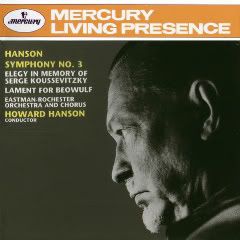
Elegy in Memory of My Friend Serge Koussevitzky
Lament for Beowulf
Eastman Rochester Orchestra & Chorus
Howard Hanson
Moving right along .... The Mercury issues are a prime source of recordings of Hanson's works. I've always been enchanted by his "Elegy in Memory of Serge Koussevitzky". It appeared originally on a Mercury LP that also contained the "Song of Democracy" for chorus and orchestra as well as songs composed by Lewis Lane. Since CDs can contain more music than LPs, the CD reissues changed many of the LP couplings.
The Koussevitsky Elegy is the most sincere and indomitably built of all the works included here. He owed much to Koussevitsky including the commission for both the second symphony and the piano concerto. Koussevitsky also recorded the Third Symphony on 78s and this has been reissued on Dutton in their Essential Archive series CDEA5021.
The Lament for Beowulf dates from Hanson's days in Rome and his studies with Respighi. It is amongst his most potently brooding works. It carries all his irresistible fingerprints: long-spun themes, gruff brass punctuation, Holstian insistence from the drums, taciturn majesty, and string ostinati with brass punch-syncopated above. At 13m19s there is a delirious counterpoint rising to majesty, and at 16m30s a Neptune-like evocation of eternity fades into mystery.
Rob Barnett (http://www.musicweb-international.com/classrev/2005/oct05/Hanson_47568674.htm)
New (working) links below
http://6jnyti7zpj.1fichier.com/
(3)
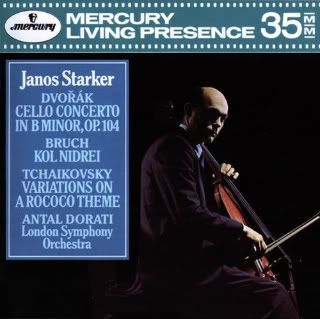
Dvorak - Cello Concerto in B minor, Op.104
Bruch - Kol Nidrei
Tchaikovsky - Variations on a Rococo Theme
Janos Starker, violoncello
London Symphony Orchestra, Antal Dorati
" ... Dorati conducts the London Symphony for Janos Starker in the great cellist's patrician performances of the Dvorak Concerto, Bruch's ''Kol Nidrei'' and Tchaikovsky's Variations on a Rococo Theme.."
" Mercury are justly proud of the recordings they made in the early stereo epoch and are now enabling us to hear them as never before. Though I have heard this only in its CD form, this recording has range, depth and definition that are truly amazing, with every detail of Dvořák’s orchestral score (and what a lot of detail it has!) heard as, quite frankly, never before, yet all sounding quite naturally balanced with the solo cello. If it had been sent to me as a recording made in the last year or so, I don’t think I would ever have suspected otherwise. Compared with other early stereo accounts, for example the Rostropovich/Boult/EMI (the cello sounds fine but the orchestra is congested) or the Hoelscher/Keilberth/Telefunken (a beautiful performance ruined by the backward placing of the orchestra though, again, the cello sounds well), this is in another league." MusicWeb International
New (working) links:
http://j112pf6f7w.1fichier.com/
(4)
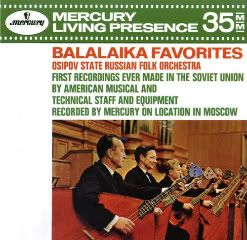
This cover proudly proclaims the recording as a Cold War first. Unusual repertory typifying the eclecticism of the entire MLP classical catalog. Who can resist a balalaika orchestra playing "Midnight in Moscow"?
"In 1962 Mercury became the first Western company to send its own recording team to the Soviet Union. The fruits of those sessions are on two of the CD's - 50 minutes of ''Balalaika Favorites'' recorded in a nonstop midnight session by the Osipov Russian State Folk Orchestra, and the two Liszt concertos with Byron Janis".
"... this is irresistible, and the recording is superbly real in its CD format." (The Penguin Guide)
http://xosfi1zbfh.1fichier.com/
http://u7mb2pron6.1fichier.com/
(5)
Ibert - Escales
Ravel - Rhapsody Espagnole
Alborada del Gracioso
Pavane pour une infante défunte
La Valse
Le Tombeau de Couperin
Detroit Symphony Orchestra, Paul Paray
"Paul Paray conducted the premiere of Jacques Ibert's ''Escales'' in 1924, and a sense of self-renewing affection for the piece may be felt in the performance he recorded in Detroit in 1962. It comes with the even more magical ones of ''La Valse'' and four other Ravel works - an especially striking example of Mercury's success in balancing warmth and shimmer, a ''round'' sound with startling sharpness of detail."
http://dfqyzn9lfz.1fichier.com/
http://4wsknf0dso.1fichier.com/
(6)
Van Cliburn got the hero's welcome in New York, but Janis received Russian adulation well before the Texan's Tchaikovsky Competition prize.
Janis dispatches the meretricious yet sentimentally entertaining two Liszt concertos with all the élan and tireless confidence you would expect. The Second Piano Concerto is the finer work with more musical substance and it again shines in the hands of Janis and the Rozhdestvensky whether in elfin display, thunderous triumph, or melancholy swoon. MusicWeb International
For an excellent article about Byron Janis in the Soviet Union, see: http://www.byronjanis.com/byron_janis:_his_cold_war_concerts_helped_break_the_ice.html
http://xafz203ajh.1fichier.com/
(7)
New working links:
http://isynz4t5rf.1fichier.com/
http://aw1vkui32f.1fichier.com/
(8)

Prokofiev - Romeo and Juliet (Ballet Suites Nos. 1 & 2)
Minneapolis Symphony Orchestra, Stanislaw Skrowaczewski
Moussorgsky - A Night on Bald Mountain
London Symphony Orchestra, Antal Dorati
Review by Ivan March, Gramophone [3/1991]
Skrowaczewski's version of Prokofiev's Romeo and Juliet ballet suites is one of the very best things he has recorded. The LP made an extremely strong impression when it first appeared here in 1965, although the recording was actually made in 1962, after Dorati had brought the Minneapolis orchestra to a high peak of achievement. The playing is often electrifying in its precision and delicacy—witness the very opening filigree on the high violins in the ''Folk Dance'' of Suite No. 1 or the delectably precise articulation of the portrayal of Mercutio which follows. Skrowaczewski's subtlety of rubato, both in the latter (track 2) and the wonderfully delicate ''Madrigal'' which follows (when Romeo first approaches Juliet), is equally memorable for the wistful character of the orchestral playing.
The ''Balcony scene'' with its gently soaring string line is ravishingly done, and then in the ''Death of Tybalt'' there is a frenzied burst of sheer bravura from the violins, with exhilaratingly sharp articulation that makes the nape of the neck tingle. Prokofiev did not strictly follow the narrative line in the order of his selections and so ''Juliet as a young girl'' comes in Suite No. 2. It again brings playing which combines a gossamer touch with unpretentious virtuosity of the highest order, while at the closing climax of ''Romeo at Juliet's grave'' the music's pungent agony and sense of apotheosis is powerfully expressed (the bite of the violin line well matched by the turbulent horns and mordant brass).
The acoustics of Edison High School in Minneapolis and the refined clarity of the recording seem ideal for Prokofiev's scoring: the effect is never too voluptuous, and the bigger climaxes are projected with great dramatic force. There are other fine modern selections from what, in my view, is Prokofiev's greatest score and, perhaps, the greatest of all ballets, but none which captures its unique atmosphere and character more tellingly. There are excellent notes relating the music to the action, and which appealingly quote from the Shakespearean text to set the mood of the major excerpts.
Dorati's (1960) A night on the Bare Mountain (rather more sumptuously recorded, in Watford Town Hall) makes a good filler. It is a dramatic performance, not always conventional in pacing, with a particularly poignant closing section—again, Mercury engineering at its most impressive, with the resonant sonorities never clouding the detail.
New working links:
http://sa1n7up46h.1fichier.com/
http://ddwnbl6xv3.1fichier.com/
(9)
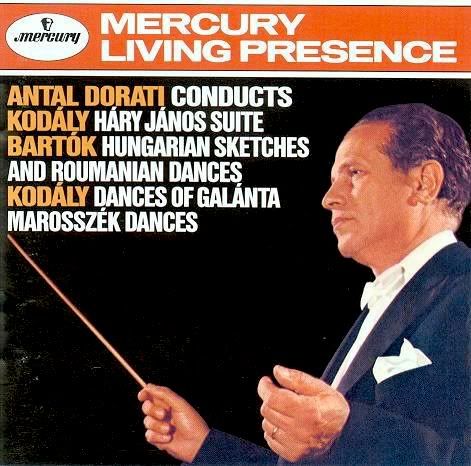
"Dorati's disk of works by Kodaly (''Hary Janos'' Suite, ''Dances of Galanta'' and ''Marosszek Dances'') and Bartok (''Hungarian Sketches,'''Romanian Dances''), recorded with the Minneapolis Symphony and Philharmonic Hungarica, finds the conductor and his orchestras at the top of their form, the Kodaly pieces are altogether more atmospheric, in terms of both warmth and brilliance, than Dorati's subsequent remakes for London/Decca."
New working links:
http://73txbu1kcu.1fichier.com/
http://0l5x107vha.1fichier.com/___
_____________________________________________________________________
(10)
Schoenberg - Five Pieces for Orchestra, Op.16
Webern - Five Pieces for Orchestra, Op.10
Berg - Three Pieces for Orchestra, Op.6
Lulu Suite
London Symphony Orchestra, Antal Dorati
September 30, 1990
... No less impressive is Dorati's Schoenberg/Berg/Webern disk with the London Symphony Orchestra, a sort of basic repertory of the Second Viennese School (has anyone else produced a scream quite as searing as Helga Pilarczyk's at the end of the ''Lulu'' Suite?)".
New working links:
http://5r5i50u90n.1fichier.com/
http://h8m2w9g4dj.1fichier.com/
_______________________________________________________________________
Brazilian Impressions
London Symphony Orchestra, Antal Dorati
Respighi - The Fountains of Rome
The Pines of Rome
Minneapolis Symphony Orchestra, Antal Dorati
"Brazil has been always a radiant beacon in the febrile imagination of Europe: From Jules Verne to Alexander von Humboldt; from Darwin to Darius Milhaud, the search for an essential sample of virginal nature has inflamed and nourished the ancestral landscapes of Europe: the wild Amazon river, the intricate and dense jungles; the visible attraction for the mystery of unknown, touched the soul of Respighi in composing this fabulous sketch. While the other works here are among the best recordings of them ever made, it's the Brazilian Impressions that excites the most. Like Milhaud, Respighi was astounded by his trip to Brazil and it opened up for him a creative horizon that counteracted his serious, depressive illnesses. The 'Brazilian Impressions' point toward a direction that led to other of his triumphs such as the great ballet "Queen of Sheba", the opera "Maria Egiziaca", the sublime orchestral "Metamorpheosen" that gives any great orchestra as much of a workout as Bartok's Concerto.
'The Birds' is a suite for reduced orchestra. Once more the pantheist gaze of this composer points out the influence of Italian Neoclassicism lead by Casella. Five clavichordists fragments of the XVII century inspired by the song of several birds (from pages of Pasquini, Phillipe Rameau and Jacques de Gallot and a British anonym ). It can feel the deliberated hedonistic avidity so typical of this Century as a clear response to the Age of Rationalism: the triumph of triviality over reason empire." Hiram Gomez Pardo
Attention, and thanks for your patience: New working links:
https://1fichier.com/?d2md9q4axw
https://1fichier.com/?kqdbohch64
________________________________________________________________________
Symphony No.2 "Romantic"
Song of Democracy
The New York Times
September 30, 1990
"The 10 disks in the first Mercury Living Presence CD release were chosen, said Mrs. Fine, to represent both the range of the label's artists and repertory and the specific recordings most in demand. At the head of the list for many collectors will be Howard Hanson conducting his own Symphonies Nos. 1 (the ''Nordic'') and 2 (the ''Romantic''). While it is gratifying to find this music returning to concert halls and to have young American conductors recording it, no one has brought out as much substance in these symphonies, or as much sheer, sweeping excitement, as Hanson himself. He believed in his own music and communicated his evangelistic fervor to his Eastman-Rochester Orchestra. The irresistible disk includes his choral ''Song of Democracy,'' with the Eastman School Chorus singing the Walt Whitman text."
Hanson composed his "Song of Democracy" as a commission in 1957 for the 50th Anniversary of the Music Educators National Conference. In 1969 it was performed at the inaugural concert for incoming U.S. President Richard Nixon. Hanson proudly noted this was the first inaugural concert to feature exclusively American music.
I have a particular affection for this work. There is an innocence and naiveté in the music and in Whitman's text that in our politically more cynical times, I find refreshing, nostalgic, and even inspiring. I've included the Whitman text sung by the chorus in the links below.
New links (thanks, Paul and Daryl !)
__________________________________________________________________________
"Unjustly neglected and sadly under-recorded Greek pianist Gina Bachauer (1910 [and not 1913, as we commonly read] - 1976) was a pupil of Cortot and had extensively worked with Rachmaninoff too. Perhaps because she was such an astonishingly good all-round player – a true 'generalist' – Bachauer has been too little regarded in recent years. And like several other great pianists she was rarely heard at her best in the studio. But, try out this recording and you will see, as B. Morrisson (Gramophone magazine, August 2005) put it, "what a phenomenon she was, [...] an artist whose exultant virtuosity and unswerving musical honesty became one of music’s legends. Fittingly described by Barbirolli as ‘glorious Gina’, her New York debut in 1950 was heard by Myra Hess who, although markedly different in style and repertoire, saw her as her natural heir, a pianist in the grandest of grand traditions [...]. Bachauer was a strong and committed woman: She gave more than 600 concerts for the Allied soldiers in the Middle East during WWII and her estate founded the annual Gina Bachauer International Piano Competition". (e-books.com review)
This recording is from 1963.
New working links:
http://pbbzu9m9o7.1fichier.com/
http://wm0y3mzsre.1fichier.com/
_________________________________________________________________________
Walton - Crown Imperial March
Holst - Hammersmith: Prelude & Scherzo
Bennett - Symphonic Songs for Band
Williams - Fanfare & Allegro
Eastman Wind Ensemble, Frederick Fennell
_________________________________________________________________________
From a sample review: "Schumann rapidly composed his Cello Concerto in only two weeks during an extremely productive creative phase. Its first performance was quite another story. Although the piece was written "first and foremost for this beautiful instrument," no cellist from Frankfurt had shown interest in the piece, but then declined to play it after Schumann had refused to comply with his wishes for certain changes. This led to the unfortunate fact that Schumann did not live to see the work's premiere. Things went quite differently with Edouard Lalo, who described himself as a self-taught composer; an excellent cellist himself, Lalo could be sure that his work would be heard in the concert hall. Both works are connected by the pioneering attempt to establish the cello as a solo instrument in concert life in the 19th century. Right from the fifth bar of the Schumann concerto Janos Starker is able to display his mastership in the expansive main theme. In the Lalo too he demonstrates his absolute virtuosity."
New working links:
http://v8ulovm1mf.1fichier.com/
http://jx4eg7yevo.1fichier.com/
____________________________________________________________________________
" ...it is perhaps (Dorati's) very finest record, and the LSO play with marvelous sensitivity and a glowing preciseness of detail which continually fascinates the ear... " Ivan March in The Gramophone .
In their LP issues, due to the need to fit extremely wide dynamics onto the disk medium, MLP recordings were sometimes less than 40 minutes in length. The CD re-issues don't, of course, face that problem and thus they tend to be more generous. This one contains over 70 minutes of demonstration-quality sound.
New working links:
http://5uj7erarzc.1fichier.com/
http://2ymdbhm6ex.1fichier.com/ __________________________________________________________________________
Liszt - Hungarian Rhapsodies Nos. 1-6
London Symphony Orchestra, Antal Dorati
Six of the orchestrated Liszt Hungarian Rhapsodies and Enesco's Roumanian Rhapsody No.1, in readings which succeed marvelously in capturing the spirit of a Gypsy (or apparently, nowadays the politically correct label is "Romani") band.
New working links:
http://ekrkk4e196.1fichier.com/
http://4p1linrc75.1fichier.com/
__________________________________________________________________________
Fall River Legend (Ballet Suite)
Barber - Medea (Ballet Suite)
Eastman-Rochester Orchestra, Howard Hanson
"The ... disc gives us Morton Gould's Spirituals of which there are five. Gould manages to blend gorgeous liquidity of string lines with a pungent syntax which, for all the searing and occasional brashness, always roots these studies in seriousness. Yes, there's the easeful charm of the Sermon and also the "pizz and percussion" snap of A Little Bit Of Sin but the Protest reasserts deeper significance before allowing the open air Jubilee to run riot; just a touch too much cow-pokery, perhaps.
The full Fall River Legend ballet music has recently been recorded by Naxos. But here we get the far more familiar concert suite, cast in six movements. The Church Social remains a high point of Hanson's conducting, the Copland hues studded throughout never thoughtlessly brought forward, but rather adding their own layer of influence to those of the hymnal and the wistful abstraction Gould so richly evokes.
Barber's Medea appropriately carries on the ballet theme and fuses rhythmic verve with the romantic impress of The Young Princess, the crypto-cinematic with the spare reflectiveness of Kantikos Agonias. " (Review from Music Web)
"Here Hanson performs some of the better known compositions by two leading 20th Century American composers, Samuel Barber and Morton Gould. These performances of "Medea Suite," "Spirituals," and "Fall River Legend" are truly without peers. Maybe that is why collectors prize these recordings, because they are a breath of fresh air in a homogenized world of listening. Of course, collectors love a challenge too, and MLP CDs are becoming increasingly hard to find. It has taken years for me to finally find all of the MLP CDs released to date, and unfortunately I don't think there will be any new releases forthcoming. So collectors, and even those who aspire to be, should pick up as many Mercury Living Presence discs as possible now, before they all die." (from Amazon.com review)
New working links:
http://rkaowvbrvw.1fichier.com/
http://0is3184536.1fichier.com/
___________________________________________________________________________
Dance Suite
Two Portraits
Mikrokosmos (excerpts)
London Symphony Orchestra / Philharmonia Hungarica, Antal Dorat
As might be expected, Dorati's interpretations of the works of his fellow countryman Béla Bartók are all superb.
New working links:
http://aej3gdwidz.1fichier.com/
http://uh4yr27xit.1fichier.com/
____________________________________________________________________________
Concerto Grosso No.2
Schelomo
Georges Miquelle, violoncello
Eastman-Rochester Orchestra, Howard Hanson
This CD re-issue contains works from two LP's:SR90223 contains the Bloch Concerto Grossi (this CD uses that LP's cover). The other LP is SR90286, containing Schelomo (Hebraic Rhapsody for Violoncello and Orchestra). The other work on SR90286, Victor Herbert's Cello Concerto No.2, is on another Mercury CD re-issue and is offered on this blog as #31, coupled with the Grofé Grand Canyon suite.
New working links:
http://9s0nyx0hgd.1fichier.com/
http://8wm2kaa62m.1fichier.com/
__________________________________________________________________________
Prokofiev - Scythian Suite
The Love for Three Oranges
Symphony No.5
London Symphony Orchestra, Minneapolis Symphony, Antal Dorati
An very generous and diverse offering of samples of Prokofiev's output for ballet, opera, and symphony orchestra, brilliantly recorded by Mercury's engineers.
The Scythian Suite comes from the composer's enfant terrible period, during which the young Prokofiev managed to both shock listeners and displease the Soviet authorities. In retrospect, why this is so in the case of this particular music is a bit puzzling. Perhaps extolling the marvelous diversity of the Soviet Union's cultures was not an official priority at the time.
An interesting side-note: Where the Scythians came from, and which racial stock they were, are hotly debated questions --sometimes even in international courts--even to this day. They were most likely from the Altai region, or perhaps from an area slightly west of it. The remains of buried and subsequently frozen individuals found in places such as the Pazyryk kurgans indicate some people with strong Mongolian features, and others who were blond, with quite European features. We do know that in one important respect they were very different from the mounted archers who came after them: many of their best and most celebrated warriors--or at least those who were given the most elaborate funerals--were women. It was almost certainly these Scythian female warriors who inspired the Greek depictions of the Amazons. According to Herodotus, "No Scythian woman may marry until she has killed a man of the enemy." Such reports, and the evidence of Scythian art and craft were routinely dismissed until the latter part of the 20th century, with the discovery of the remains of Scythian women buried in their riding clothing--identical to that of men--together with their bows, their swords, and their horses.
The suite that Prokofiev compiled from his comic opera The Love for Three Oranges contains some of his most memorable melodies. The piano arrangement of its "March" was a favorite encore in Artur Rubinstein's recitals.
The Fifth Symphony is no doubt the most popular of Prokofiev's seven excursions into this form, and exemplifies to the full his astounding lyrical gifts as well as his sardonic humor.
New (working) links:
http://wc3e7x4fmz.1fichier.com/
_________________________________________________________________________
Hill Song No.2
Persichetti - Symphony for Band
Khachaturian - Armenian Dances
Hartley - Concerto for 23 Winds
Rogers - Three Japanese Dances
Eastman Wind Ensemble, Frederick Fennell
An Eastman Wind Ensemble Tour de Force. The Granger and the Rogers are taken from the LP title "Winds in HiFi", SR90173, which is on The Absolute Sound's list of "Must-Have Recordings".
The Persichetti, Hartley, and Khachaturian pieces are from SR-90221, "Diverse Winds".
Grainger found his inspiration in the folksongs of rural Lincolnshire and the sound of Scottish bagpipes (his favorite of all musical sonorities). The Hartley Concerto for 23 Winds was written especially for the Eastman Wind Ensemble. Perischettis Symphony for Band is one of several his works recorded by Fennell. Khachaturian's "Two Armenian Dances" are tuneful and dazzling, Rogers "Three Japanese Dances ("Merely acts of fancy") are colorful studies in contrast.
New working links:
http://ocfm16zk03.1fichier.com/
http://dd2xdpyt4v.1fichier.com/
__________________________________________________________________________
Eastman Wind Ensemble, Frederick Fennell
This re-issue contains selections from two LP issues conducted by Fennell: "Fabulous Marches for Orchestra", played by the Eastman-Rochester Pops, and "Wagner for Band" with the Eastman Wind Ensemble (see entry no.80 for the LP, SR90276).
| 1. Walton: Orb And Sceptre (Coronation March) |
| 2. Beethoven: The Ruins Of Athens: Turkish March |
| 3. Sibelius: Karelia Suite: Alla Marcia |
| 4. Borodin: Prince Igor: March |
| 5. Schubert: Marche Militaire, Op. 51, No. 1 |
| 6. Grieg: Sigurd Jorsalfar: Homage March |
| 7. Wagner: Tannhauser: March |
| 8. Overture to 'Rienzi' |
| 9. Parsifal: Good Friday Music |
New working links:
http://jyolxmttxa.1fichier.com/
http://rv82ckw2xq.1fichier.com/
__________________________________________________________________________
Symphony No.3
Schuman - New England Triptych
Mennin - Symphony No.5
Eastman-Rochester Orchestra, Howard Hanson
Here are excellent examples of some of the American music offered by Mercury.
The company had issued recordings of works by Charles Ives long before Columbia's best-selling performance/lecture recording of the 2nd Symphony in which Bernstein introduces Ives as an "unknown".
"Mennin's fifth symphony of 1950, which is tonal, energetic and suspenseful, was recorded by Howard Hanson and the Eastman Rochester Orchestra in the Mercury series of American classical works -- the original LP also included the "New England Triptich" of William Schuman -- and for years was the only widely-available recording of Mennin's work, though its reissue on CD prompted several other recordings of Mennin compositions." (Wikipedia)
This is among the most sought-after of the Living Presence compilations.
New working links:
http://33r3yzn183.1fichier.com/
http://4dg4o8bn3q.1fichier.com/
____________________________________________________________________________
A double CD album.
Starker, was principal cello of Toscanini's NBC Symphony and then professor extraordinaire at Indiana University. He recorded the Bach suites five times, produced a wonderful and unique tone, with no Rostropovich or Yo Yo-Ma refulgence. The sound can be quite 'wiry' at times. But he gets right to the heart of these pieces. His technique is flawless, his intonation impeccable. The Suites just sound 'inevitable' as the music flows along. He frequently changes his dynamics and tone in order to maintain interest. These recordings are justly famous. Fingerboard noise, resin on bow, breathing, body movement. It's all here.
New working links:
http://www.mediafire.com/download/5j6wdi5e12dixj5/Bach_Six_Suites;_Sonatas_In_G_&_D.zip.004
__________________________________________________________________________
Smetana - Má Vlast ("My Country")
Chicago Symphony Orchestra, Rafael Kubelik
"The present set of ['Ma Vlast'] stands as a monument to Kubelik's three-year accomplishment in Chicago. I know of no other living conductor who could duplicate Kubelik's success with the specific repertory. A native Czech himself, this is obviously a labor of love on Kubelik's part ... and he has inflamed the men of the Chicago Symphony Orchestra with his own ardor. The music fairly leaps off the disks with an irresistible and compelling power. Fully cognizant of the history-making performances they were recording, the inspired Mercury engineers have responded with what one is tempted to say is even finer recording than their justly-famous reproduction of the Kubelik-Chicago 'Pictures at an Exhibition'. In short, my friends, here is one of the all-time greats in the history of reproduced music."
Martin Bookspan, The Jewish Advocate, 1953
We will forgive (won't we?) Bookspan's unthinking reference to the single gender makeup of the Chicago Symphony. After all, this was 1953.
New working links:
http://6ptgi88zkc.1fichier.com/
http://djexwqktmu.1fichier.com/
___________________________________________________________________________
Piano Concerto No.3
Preludes
Byron Janis
Minneapolis Symphony Orchestra / London Symphony Orchestra,
Antal Dorati
New working links:
http://n7n4b8xctl.1fichier.com/
http://0xsgvfn92x.1fichier.com/
_____________________________________________________________________
French Opera Highlights
Detroit Symphony Orchestra, Paul Paray
Paul Paray was a master in this repertory. Surely here he had the members of the Detroit Symphony playing on the edge of their seats. If this performance of the Zampa Overture doesn't get your feet tapping, you'd better check your vital signs.
New working links:
http://di9gzun9k6.1fichier.com/
http://lxgb13biw3.1fichier.com/
____________________________________________________________________________
Eastman Wind Ensemble, Frederick Fennell
"There's absolutely nothing to dislike about this album, assuming of course that you like marches. Frederick Fennell conducts Sousa's miniature masterpieces with all the brio and zest you could wish for, and the Eastman Wind Ensemble's playing matches the power, polish, and pizazz of some of the finest military bands. More than 24 items are included in this generous collection featuring such relative rarities as Solid Men to the Front!, Sesqui-Centennial Exposition, Ancient and Honorable Artillery Company, as well as popular showpieces such as Sound Off!, The Liberty Bell, Sable and Spurs, and The Glory of the Yankee Navy, which brings the program to a rousing close. Oddly missing is Sousa's Stars and Stripes Forever, but surely the true march connoisseur already has at least one other recording of this perennial favorite. For audiophiles, this one's a winner; for march fans, it's a must." --Victor Carr Jr. [Muzicweb International 2/5/2005]
"This is the Sousa record for people who are serious about marches. Sousa was the greatest march composer in the history of - well, marching - and this disc includes many fresh and interesting pieces that will likely be unfamiliar, as well as a couple of favorites (including "The Liberty Bell," famous as the theme to Monty Python's Flying Circus). But by and large, this disc focuses on the less well known pieces, though there's not a dud in the lot. Sousa had a special gift for orchestration and for writing tunes with real rhythmic interest; his marches never sound dull. Frederick Fennell is simply the best wind band conductor around, and these performances are standard- setters." - David Hurwitz
New working links:
http://x6s78gedd8.1fichier.com/
http://9gkpv5dvgn.1fichier.com/
http://g2g9o939ux.1fichier.com/
____________________________________________________________________________
Billy the Kid (complete)
Danzón Cubano
El Salón México
London Symphony Orchestra, Minneapolis Symphony Orchestra, Antal Dorati
"Aaron Copland is among those Americans whose compositions have found worldwide recognition. Measured against his long lifespan (1900 to1990), his creative phase was relatively short, and indeed he hardly composed at all from the 1960s onward. His most important works were his answer to the musical crisis of the 1930's, and he has gone down in history as having greatly influenced the development of new music in the USA. The ballets "Appalachian Spring" (1944) and "Billy the Kid" (1938) are among the key works of their day. Both have folkloric traits, which brought Copland the reputation of having a penchant for borrowed melodies. In reality, the well-known tunes are very subtly treated and modified, and are incorporated into large-scale, defined forms. Now and again, melodic echoes of Mahler's music or highly rhythmic exposed passages reminiscent of Stravinsky flash through. The ballet "Billy the Kid" is thoroughly American. Arranged in orchestral 'wide-screen sound', as it were, cowboy melodies glow with the very best Wild West tradition, and are bedded in a dramaturgy which is almost ripe for a film soundtrack. The signal to Hollywood is virtually unmistakable. That is America" - from High Fidelity Discs / Xingo B.V.
New working links:
http://ebbphk5957.1fichier.com/
http://vx7bakje0p.1fichier.com/
__________________________________________________________________
Mississippi Suite
Herbert - Cello Concerto No.2
Georges Miquelle, violoncello
Eastman-Rochester Orchestra, Howard Hanson
Perhaps Wilhelm Furtwangler had Ferdinand ("Ferde") Grofe in mind when he very unfairly remarked that ""America has no composers, only arrangers." Indeed, Grofe was a prolific arranger for the Paul Whiteman Orchestra and for others. His Mississippi Suite (the river, not the state) was composed in 1925 while he was still Whiteman's arranger. The ubiquitous Grand Canyon Suite has been recorded scores of times. Here we have one of the best renditions. And then there's the stunning Mercury cover art ...
Irish-born Victor Herbert spent his childhood in Germany and England, and at the age of 27 moved to New York where his soprano wife sang the role of Aida in the Met's first production of that opera, while Herbert played cello in the orchestra. His later fame as a composer of operettas, 43 in number, including Babes in Toyland, and Naughty Marietta, obfuscated his many other works. We should be grateful to Herbert for composing this cello concerto if for nothing else that it inspired Dvorak to write one as well.
New working links:
http://wenlmlodh1.1fichier.com/
http://4s513qq84l.1fichier.com/
_______________________________________________________________________
Suite Pastorale
Féte Polonaise
Overture to "Gwendoline"
Danse Slave
Joyeuse Marche
Bourrée Fantastique
Roussel - Suite in F
Detroit Symphony, Paul Paray
Here's more French orchestral music from the baton of Paray. In España Chabrier follows in the long tradition of his countrymen's fascination with their neighbor to the south. It's remarkable how Paray was able to imbue the Detroiters with such sunny joie de vivre.
New working links:
http://wvqg0pdswq.1fichier.com/
http://lh36vzs6is.1fichier.com/
__________________________________________________________________________
Boléro
Valses nobles et sentimentales
Debussy - Three Nocturnes
Petite Suite
Detroit Symphony Orchestra, Paul Paray
"In this recording, you get to hear the absolutely best performance of "Bolero" ever commmited to disk. Paul Paray recorded this in the early days of stereo, and it's not been bettered since. The way the conductor controls the momentum and inexorably builds to a truly shattering climax is amazing ... and mesmerizing! The "Valses Nobles et Sentimentales" is performed here as a dance number, not some sort of "dream sequence" like so many other conductors do. It's good to remember that this piece was performed as a ballet in Paris in 1912, in a memorable evening in the annals of dance that also included La Peri (Dukas) and La Tragedie de Salome (Florent Schmitt). The Debussy "Nocturnes" are given a highly effective performance as well. Paray's clouds drift by more quickly in the "Nuages" movement when compared to the lazy pace of other conductors, while the "Fetes" movement carries the listener along on the crest of its own excitement. In the concluding "Sirenes", for once a conductor treats the "call of the sirens" as a portend of danger and death, not some sort of comforting quietude. There's a weird kind of nervous energy to this performance that is different from any other interpretation I've heard - and completely convincing. After you've experienced this, it's really hard to go back to the scads of other "Nocturnes" recordings that just sound boring by comparison. If you were to purchase only one disk of Ravel and Debussy orchestral chestnuts, this would be the one to buy. It's even better, IMHO, than Paray's other Ravel/DSO/Mercury CD featuring La Valse, Rapsodie Espagnole and several other works." (from review at amazon.com)
New working links:
http://ysfwnpivil.1fichier.com/
http://6quzsgn0wa.1fichier.com/
____________________________________________________________________________
Piston - The Incredible Flutist
Griffes - Poem for Flute and Orchestra
McCauley - Five Miniatures for Flute and Strings
Kennan - Three Pieces for Orchestra
Bergsma - Gold and the Señor Commandante
Eastman-Rochester Orchestra, Howard Hanson
"The disc is an especially strong one. Barber's Capricorn Concerto was recorded in 1959. Its occasional spiky brittleness is offset by some neo-classical wind frippery, not least in the Allegretto second movement, and some crisp Stravinskyisms ensure that the finale doesn't dawdle. Piston's The Incredible Flutist has received its fair share of recordings over the years but this one with Joseph Mariano has particular zest. Hanson captures just the right kind of solemn entry in the Vendors movement and presents the orchestra's chattering high winds and sepulchral low brass to fine effect in the Entrance of the Customers. The Siciliano is especially lovely in these hands and adds lustre to the performance as a whole, an entirely sympathetic one. Griffes, one of the big What Ifs? of American music, is represented by his Poem for Flute and Orchestra, Mariano once more. Impressionist, yes of course, but with sturdy bardic calls and dancery, a male and female opposition successfully resolved.
Also here are short pieces by Kennan, McCauley and Bergsma. The Kennan Three Pieces for Orchestra certainly wastes no time in getting confident; this is bold and colourful occasional music but any more reflective moments saved for the central Nocturne. McCauley has his Five Miniatures for Flute and Strings - which is warm in its well-orchestrated fourth movement and flirts with a fugato in its finale, somewhat unnecessarily, as he obviously had the compositional heft to stick to his guns. Bergsma, who died in 1994, was a Hanson pupil and contributes a ballet suite, which has its colour and pantomimic moments very much on show, and with some heady percussion in the Sinister Dance." (review from Music Web International)
New working links:
http://p9fi9wjeux.1fichier.com/
http://kti0wben5u.1fichier.com/
___________________________________________________________________________
Suite from Le Coq d'Or
Capriccio Espagnol
Borodin - Polovtsian Dances
London Symphony Orchestra, Antal Dorati
The primary concern remains the music, and Antal Dorati's vibrant, colorful performances, with stunning playing from the London Symphony Orchestra (the sweetly swooning strings in Le Coq d'Or; the brazen brass in the Russian Easter Overture; the gorgeous woodwinds in the Polovtsian Dances) should be reason enough to purchase this disc.
--Victor Carr Jr
New working links:
http://79s600qaqo.1fichier.com/
http://uikbhrjocx.1fichier.com/
_______________________________________________________________________
Detroit Symphony Orchestra, Paul Paray
Rousing performances. A knowledgeable friend tells me that in France and Belgium, Masaniello is best known as "La Muette de Portici".
Can you listen to Light Calvary without imagining Mickey conducting it? I can't.
New working links:
http://8f5dkf2bvt.1fichier.com/
http://r6htn4d851.1fichier.com/
________________________________________________________________________
London Pops Orchestra / Eastman-Rochester Pops, Frederick Fennell
"Whither the Pops concert? Orchestras still program them, but as popular music changes, so does the composition of the typical Pops concert. Furthermore, these concerts tend to be programmed with a regional consciousness: American Pops concerts focus on American music, English Pops concerts focus on English music, and so on. As a result, much worthwhile "popular" music falls in the cracks as one moves along in time and space.
Consider the contents of this Frederick Fennell CD. When was the last time that you heard Giovanni Bolzoni's Minuet, Edward German's Henry VIII Dances, or Arthur Benjamin's Cotillon Suite ? (Yes, that's the way Benjamin spells it.) Modern American orchestras are unlikely to program these tidbits for their Pops series simply because these tidbits are no longer popular. It's partly a question of conductors and artistic administrators not knowing this music, and it's partly a question of economics: name recognition is important in classical music, just as it is everywhere else.
This reissue shows us some of the things that we've been missing recently as the Pops concert has evolved, particularly in America. The works by Bolzoni, German, and Benjamin are smooth treats and nicely-aged in my mind, I can almost hear the comforting hiss of a 78-rpm record accompanying them on a Saturday afternoon. This CD also includes short works that still are in the repertoire, such as the "Dance of the Russian Sailors" from Gliére's The Red Poppy and the waltz-pantomime (given in its entirety here) from Rodgers and Hammerstein's Carousel. Fennell and his two lusty orchestras sound overjoyed to be playing this music. Rhythms snap like twigs on a cold day in winter, but the sunny melodies keep the mood cheerful and warm. For example, for a lesson on how to phrase and shape even the tritest tune into something that's infectious, listen to the "Aragonaise" from Massenet's Le Cid. If you want probably intentional vulgarity, try the uncredited orchestration (I don't think it's Lucien Caillet's) of Rachmaninoff's Prelude in G Minor; it's perfect for Liza on the ice.
The Eastman selections were taped in 1959, and those from London in 1965 and have better sound. The popovers pictured on the cover look delicious; the popovers inside sound delicious too." (Classical Net review)
New working links:
http://rcaz1yw36m.1fichier.com/
http://31w909zh1g.1fichier.com/
________________________________________________________________________
Eastman-Rochester Orchestra, Howard Hanson
Here is some more eclectic, adventurous programing by Mercury, and part of its American Composers Series. Colin McPhee's work is based on Balinese instruments and rhythms (thus the striking cover photo). Roger Sessions wrote The Black Maskers for the senior class play of Smith College in 1923. It had eight numbers and was for a small orchestra. Five years later he revised the music as a four-movement suite for a large symphony orchestra. Virgil Thomson's The Feast of Love, for baritone and orchestra, is a setting in the composer's free translation of the Pervigilium Veneris, a collection of rhymed Latin stanzas from the second to the fourth century, A.D., celebrating the three-day festival of Venus. Where else can collectors find such unusual repertory?
New working links:
http://vtiihu0tim.1fichier.com/
http://m6dbfezjfl.1fichier.com/
__________________________________________________________________________
Franck - Piece Heroique
Three Chorales
Marcel Dupré, organ
It shouldn't be surprising that Dupré performs these pieces with mastery. Mercury produced very few organ recital albums. A pity, because their engineers capture the instrument magnificently. This one will shake your windows. The main organ at St. Thomas Church (on the corner of 5th Avenue and 53rd St. in NYC) was manufactured by Aeolian Skinner.
Organ buffs may wish to consult http://www.nycago.org/Organs/NYC/html/StThomasEpis.html which contains an extensive history of the instrument recorded here, with a wealth of technical details.
New working links:
http://mgjhtox5c0.1fichier.com/
http://19q5ma21oc.1fichier.com/
____________________________________________________________________________
(40)
Verdi Overtures
London Symphony Orchestra
Antal Dorati
This is of one of my favorite MLP recordings, and a disk that has accompanied me on three continents since college. It's a prime example of the company's single microphone technique. Since I've treated it with the respect it deserves, the surfaces are quite silent. Headphone listeners may detect some slight tape hiss in very quiet passages (an artifact of the era). I've transferred to digital format using vacuum tube preamplification. The recording's dynamic range and the LSO's and Dorati's performance are still very impressive after nearly 50 years.
New working links:
http://z0ow60hkzu.1fichier.com/
http://tm6v6cbuj5.1fichier.com/
_____________________________________________________________________________
Symphony No.8
London Symphony Orchestra, Antal Dorati
From The Penguin Guide 2002:
Dorati's coupling brings an extraordinary successful account of No. 7 with the spontaneous feel of a live performance enhanced by the vividly realistic concert-hall balance of the (1963) Mercury recording - one of their very finest. The interpretation is free, the Poco adagio is impulsive and the Scherzo lifts off with a sparkle. The finale has enormous energy and bite, and an exuberant thrust, lending on to a thrilling coda. The Eighth Symphony was recorded four years earlier, with the acoustic of Watford Town Hall again providing a highly convincing ambience. Dorati's reading proves comparably vibrant.
My two favorite Dvorak symphonies conducted by Dorati on a single CD. What a deal!
New working links:
http://ubz6s82jxs.1fichier.com/
http://70va3jus56.1fichier.com/
___________________________________________________________________________
Sibelius - Symphony No.2
Detroit Symphony Orchestra, Paul Paray
"They don't make 'em like this anymore. No musical tradition has suffered a greater decline than the French, and no conductor represented the French school more tellingly than Paul Paray. These are wonderful performances: fleet, unaffected, and simply exciting as hell. Paray lets his players play, shaping the performance in huge arcs of sound. The New World's largo seldom has sounded more earthy and folk-like, the outer movements more energetic and effortlessly propulsive. Similarly, this lean and mean Sibelius Second features some volcanic climaxes in the andante second movement and a finale that, like Szell's, never for a minute outstays its welcome. In these days of fussy, heavy, micromanaged conducting, conservatory students should be chained to their stereos and forced to memorize every Paray recording that they can get their hands on. This is a disc that sets your pulse racing." --David Hurwitz
 | ||||
| original Sibelius LP cover |
New working links:
https://1fichier.com/?4pmrkr3y11
https://1fichier.com/?17rvapiyvu
_________________________________________________________________________
Carpenter - Adventures in a Perambulator
Rogers - Once Upon a Time
Phillips - Selections from McGuffey's Reader
Eastman-Rochester Orchestra, Howard Hanson
More Americana from Howard Hanson.
Douglas Moore unjustly has fallen into nearly complete obscurity over the last 20 years. While his discography was never huge, he still made a wonderful contribution to 20th century American classical music. To my knowledge this Howard Hanson recording in 1958 on Mercury Living Presence (SR90206) made available in this CD is the only way to obtain this masterpiece of Americana. Mercury used original vacuum tube equipment for the CD transfer and it does make a difference. There is a warmth that comes through the speakers loud and clear!
Composed in 1924, The Pageant of P.T. Barnum is a tuneful set of 5 portraits for orchestra, describing events and people in the life of the (in)famous showman, is Americana writing at its best. "Boyhood at Bethel", marked Allegro, depicts country fiddles in lively imitative counterpoint, punctuated by the orchestra. It is perhaps more Coplandesque than Copland in its rugged open country joyfulness. The sweet and touching second portrait, an Andante expressivo, is that of "Joice Heth - 161 Year Old Negress" who was Barnum's first "attraction", rumored to have been nurse to the baby George Washington. Through the lovely, simple string melodies - a high one and a rich, melancholy one for solo cello - the listener can easily imagine an interior picture of the elderly lady (and perhaps wonder at what her thoughts might have been at her current situation). The third portrait is that of the well-known "General and Mrs. Tom Thumb", who are depicted by a lively ragtime, with high-register military calls, and a contrasting music-box waltz. These two themes get closer in their alternation, until the tempo is changing almost every measure. A cap pistol completes the militarism-in-minature. The 4th portrait is that of "Jenny Lind", marked Andante con moto, and is also highly lyrical like the 2nd portrait - in this case, a flute with coloratura-like embellishments sails across a beautiful string section playing tunes in modal scales that suggest those of Northern Europe and the British Isles. The last portrait is the "Circus Parade" in a Tempo di marcia - previous tunes are recapitulated, and new ones are added that suggest clowns and other characters. The ending is in the grand manner with a full brass chorus, then a Hollywood-like full orchestra with sweeping strings, both ideas separated by rolling deep drums and a noisy ratchet.
Composed in 1934, Selections from McGuffy's Reader is a charming set of 3 pieces for orchestra illustrate three well-known stories from McGuffey's Eclectic Readers - six volumes that were standard educational material in the elementary schools of mid-19th century America. The first story is by O.W. Holmes, "The One-Horse Shay", about the local deacon's well-built carriage that proceeds to fall completely to pieces on its 100th anniversary. Spirited cakewalk-like rhythms (with xylophone and woodblock percussion) back up lively melodies depicting the carriage in proud motion along the roads, until with a series of dissonant punctuations, the whole thing collapses. Longfellow's poem about the romance of "John Alden and Priscilla" is the image of the second movement - a rather sentimental song slowly grows into a harmonically rich and dramatic string orchestra statement, touched lightly with the neutral 3rd of the blues song. Mysterious sustained strings, harp, and glockenspiel depict the lanterns in the church tower -"one if by land and two if by sea" - at the beginning of the 3rd movement "The Midnight Ride of Paul Revere". The orchestra then suddenly comes to life with adrenalin pumping, horseback racing rhythms, at times dipping low in the winds and strings with anxious uncertainty, only to revitalize into a splendid climax." From allmusic.com
New working links:
http://1bpjdhqwjn.1fichier.com
http://u7wlktls3a.1fichier.com
http://sfaryfahac.1fichier.com
http://6sw85j5ywu.1fichier.com
_________________________________________________________________________
Bizet - Carmen Suite
La Patrie Overture
L'Arlesienne Suites 1 and 2
Thomas - Mignon and Raymond Overtures
Detroit Symphony Orchestra, Paul Paray
Includes Paray's own arrangement of melodies from Bizet's opera.
New working links;
https://1fichier.com/?dyh9f2ajun
https://1fichier.com/?w0j5dk9kng
https://1fichier.com/?1jevg13p5v
_______________________________________________________________________
Nelson - Savannah River Holiday
Mitchell - Kentucky Mountain Portraits
Vardel - Joe Clark Steps Out
Still - Sahdji Ballet
Ginastera - Creole Faust
Eastman-Rochester Symphony Orchestra, Howard Hanson
"It's always a pleasure to listen to favorite music again and to nibble a little of that proverbial "ear candy." The same goes for composers who, at any and all times, collected folk songs and dances on the streets, as it were, in order to incorporate them into their own works. The Americans are no exception and they have always dug busily for musical roots near and far, as one can see from the numbers "Mexican Rhapsody," "Kentucky Mountains" and "Savannah River Holiday." Muted sounds are not to be found here, for the Hi-Fi Fiesta is celebrated with orchestral fireworks, which stress their close relationship with film music. A powerful string sound, paired with salvos from blaring brass and thunderous drum rolls are just as characteristic of these spirited, effervescent works as are the lyrical, cantabile passages which reach ethereal heights with violin harmonics ("Mexican Rhapsody"). The Eastman-Rochester Orchestra performs this collection with great spirit and a maximum of glorious sound." (from Acoustic Sounds)
Starting with the original LP (below), for the CD re-issue Mercury here added one of the few pieces with chorus that it ever recorded (the Sadji Ballet [1930] by Afro-American composer William Grant Still), and made the album even more representative of the Americas by including Ginastera's "Creole Faust".
New working link:
https://1fichier.com/?6qfkonmj028b4kqxxtqb
________________________________________________________________________
OK, Chateau Haut-Brion is wonderful, but you're not going to drink it every day, right? Sometimes you crave a Beaujolais, or maybe a bubbly cremant from the Loire. Here you are, then: light, refreshing, and never intended for deep contemplation. And nobody serves up such bubbly better than Fennell. So cheers!
Sentimentality, romance, and a sense of humor--all of these things characterized Leroy Anderson's music, attributes that somehow went missing from much of American classical symphonic repertoire during the '50s, '60s, and '70s (except for Bernstein and a few others). And although there's always an important and enduring place for the more profound, timeless works, there's also one for music that immediately recalls the sound and sensibility of a period and effectively captures its popular mood. Anderson's music did exactly that, and if you don't respond with smiles and toe-tapping enthusiasm when you hear Horse & Buggy, Blue Tango, Summer Skies, The Girl in Satin, China Doll, or Serenata, then you are probably beyond the reach of this light-hearted but seriously entertaining fare, and are sadly disconnected from the schmaltz and slightly tacky but still delightful pleasure of The Waltzing Cat and such classics as The Typewriter, Fiddle-Faddle, The Syncopated Clock, and the still wildly popular Sleigh Ride.
Although the Boston Pops pretty much owned many of these pieces, Frederick Fennell and his Eastman-Rochester Pops (and unnamed London orchestra that plays on nearly half of these 23 tracks) did a more than respectable job, enhanced by the unsurpassed audio engineering of the Mercury Living Presence team--Wilma Cozart, Harold Lawrence, and C. Robert Fine. If you already own the excellent original CD release of this program, and you intend to continue to play it on your regular stereo system, then you won't find substantial improvement with this new SACD incarnation, which offers these performances for the first time "in their original 3-track versions". But for SACD aficionados, by all means, get your hands on this and enjoy a renewed appreciation for this label's integrity and foresight 50 years ago to spare no effort to capture and preserve performances in the manner that its name proclaims--'Living Presence'. A treasure!" --David Vernier [12/9/2005]
New working links:
https://1fichier.com/?pbyn19xfcx
https://1fichier.com/?0g76f2ws3f
_______________________________________________________________________
(47)
Bartók - Bluebeard's Castle
Berg - Excerpts from Wozzeck
London Symphony Orchestra, Antal Dorati
The mediafire link is a.pdf file that contains the libretto in the original Hungarian and in English translation of this remarkable one-act opera, and there's additional accompanying material as well.
New working links:
https://1fichier.com/?dnga0eehru
https://1fichier.com/?2l4sbl5tbp
https://www.mediafire.com/?u311qxqfpf3af1u
_________________________________________________________________________
Brahms - Hungarian Dances
Variations on a Theme of Haydn, Op.56a
London Symphony Orchestra, Antal Dorati
Brahms was greatly influenced by folk music and often set folk melodies, particularly those of Germany and Hungary. His Hungarian Dances, some of which he published as piano pieces, were among the most popular of his compositions during his lifetime and remain so today. He also excelled at writing variations, including, besides the orchestral ones here, those for piano based on music of Handle, Schumann, and Paganini. In its "Discovering Music" series, BBC3 offers an interesting program on the Haydn Variations (http://anonym.to/?http://www.bbc.co.uk/radio3/discoveringmusic/pip/jn1ve).
In regard to this recording of the Hungarian Dances, Gramophone stated: "Dorati's effervescent conducting betokens a genuine charisma for this repertoire, and the combination of some captivatingly flexible rubato and an exhilarating LSO response undoubtedly comprises a treasurable experience."
New working links:
https://1fichier.com/?18ws44vh06
https://1fichier.com/?z302l50z45
__________________________________________________________________
Hungarian March
Trojan March
Roman Carnaval Overture
Detroit Symphony, Paul Paray
"Paray's readings were usually a little breathless but unfailingly exciting, and speed did not come at the expense of phrasing, articulation, or pointed rhythm (indeed, the opening bars of the second movement here throb too, precisely for the sake of the atmosphere). Paray moves swiftly but emotively through the first movement, without pausing for an exposition repeat. Then he carries the drama through the waltz, rather than treating it as a pleasant interlude. Paray maintains all the necessary tension here, where too many conductors are content to be merely lilting and cheerful. Paray also maintains the dramatic thread through the slow movement, keeping it full of foreboding and restlessness, with the woodwind solos making unusually biting attacks at the beginnings of some phrases. The last two movements, as expected, are played to the hilt." Review from FANFARE
For an intriguing version for piano (by Liszt) of the Symphonie Fantastique, see my thread http://anonym.to/?thread.php?id=10101
New working links:
https://1fichier.com/?lf9axmflsh
https://1fichier.com/?6xqab4c4gl
_________________________________________________________________________
(50)
Country Gardens - Music of Grainger and Coates
London Pops, Eastman-Rochester Pops, London Pops
Many of us who believe we have at least a passing acquaintance with European music from the beginning of the 17th to the end of the 19th century (say, from Bach to Bruckner), would be able to list a good number of major European composers for that time period. But most of us would be very hard put to include very many British composers among them. In truth, at least for orchestral music, the period in Britain from Purcell to Elgar can only be described as "fallow". Why this is so is best explained by musicologists and historians. Vocal music performance however, has always been strong in the British Isles, and the music of Percy Grainger is very much in that tradition.
The music of Eric Coates has often been used by the BBC as themes for their programs. Here we have charming and unpretentious short works, many of which are based on traditional folk-songs. And they are lovingly played by Fennell and his Eastman-Rochester and London groups.
New working links:
https://1fichier.com/?kqecxgbwsb
https://1fichier.com/?r4tn8374dp
_________________________________________________________________________
In 1962, "On location in Moscow" was news that merited being on the cover of an LP. During the middle of the Cold War, such a feat by an American recording company was the stuff of headlines . The very next year would face the Cuban missile crisis, and movie goers would be watching "Dr. Strangelove".
Besides the novelty of the recording venue, the Grand Hall of the Moscow Conservatoire, a delight for American audiophiles was the opportunity to listen to a great Russian orchestra reproduced with a quality light years ahead of what could be heard on MK/Artia imports and Monitor domestic releases.
The Prokofiev 3rd Concerto was among Janis' specialties.
New working links:
https://1fichier.com/?40xh495sif
https://1fichier.com/?vefhruc0xr
_________________________________________________________________________
(52)
Rousing music. Includes many of Sousa's most famous marches as well as "Coronel Bogey" (the march from "The Bridge on the River Kwai"), and even one by Prokofiev, performed by Fennell and his band.
NEW links: https://1fichier.com/?jhg4pmq27cu8eaef9x61
https://1fichier.com/?397v363eir2xmwmh6174
Milhaud - Le boeuf sur le toit
Auric - Overture
Françaix - Concertino for Piano and Orchestra
Fetler - Contrasts for Orchestra
Antal Dorati
"Consistently magical performances, captured in brilliant golden-age stereo sound, that offer a slightly different take on your typical interpretation of the great works. However, the treat here is rarely recorded compositions by four great French composers and one American. Dorati and the LSO makes lesser known works by Satie and Milhaud, and pieces by relative unknowns Auric and Francaix, sound like they belong in the classical canon. Dorati produces equal results with the MSO on Paul Fetler's Contrasts for Orchestra. Maybe that is why collectors prize these recordings, because they are a breath of fresh air in a homogenized world of listening." Michael Richmond
These recordings were issued on LP by both Mercury and by Philips.
I've included in the upload an essay on Dorati by the producer of these recordings, Harold Lawrence.
New working links:
https://1fichier.com/?m8tsqbnuyo
https://1fichier.com/?memwjl6crg
https://1fichier.com/?twjpc0svcm
https://1fichier.com/?0yu8ls7nn1
__________________________________________________________________________
This is a wonderful 3-CD set of the two complete Delibes ballets. The reproduction is amazingly life-like with an incredible dynamic range. When I put on the prelude to "Silvia" and the music started, our Westie, Bonnie,
I guess I´ll have to turn the sub-woofer volume down.
The upload contains a .pdf file of the accompanying booklet as well as .jpg images of each page, and of the CDs themselves.
New working links. Thanks, Pavel!
http://n8ner7nous.1fichier.com/
http://v9tmoxmcsl.1fichier.com/
http://6e5x2cclsg.1fichier.com/
https://1fichier.com/?557uojbsq3
_______________________________________________________________________
Mendelssohn - Violin Concerto in E minor
Encore pieces
Henryk Szerying
London Symphony Orchestra, Antal Dorati
Compared to "the big four" violin concertos of the 19th century (of which of course, the Mendelssohn is one), Schumann's is relatively unknown. While no one contests the beauty of its 2nd movement, the other two can be a challenge for the listener as well as for the soloist (although Szeryng handles them with aplomb). His encore pieces here are charming and varied.
New working links:
https://1fichier.com/?wmsq6mhzov
https://1fichier.com/?8jwkt7b3zh
___________________________________________________________________
Le sacre du printemps
Four Etudes for Orchestra
Minneapolis Symphony / London Symphony Orchestra, Antal Dorati
Dorati had a long and distinguished career as a conductor of ballet music. From 1933 to 1941 he shared conducting duties with Efrem Kurtz at the Ballets Russes de Monte Carlo, a descendant of Diaghilevs celebrated Ballets Russes. From 1941 to 1945 he was Principal Conductor of the American Ballet Theater, and also composed arrangements that became popular ballet scores: Graduation Ball ( with music of Johann Strauss, Jr.) and two Offenbach-based pieces, Bluebeard and Helen of Troy. His Mercury recordings of the three Tchaikovsky ballets are legendary, and will eventually be included here as well.
This set contains two of the three major ballets of Stravinsky. The other, The Firebird, was issued as MLP432012, and is post nº16 here. Four Etudes for Orchestra is an arrangement by the composer that he made in 1928 of two of his chamber works: Three Pieces for String Quartet (1914) and Étude pour pianola (1921). He revised the arrangement in 1952, perhaps for copyright reasons; the same motivation that led him to revise The Firebird in 1947. These recordings were of course available as single Mercury LPs. They were also issued as a 3-LP set, now very rare and highly collectable:
New working links:
___________________________________________________________________
Debussy - La Mer
Iberia
Prelude to the Afternoon of a Faun
Ravel - Mother Goose Suite
Detroit Symphony Orchestra, Paul Paray
More French classics from Paul Paray, who was able to coax a truly Gallic sound from his Detroit players. La Mer, Iberia, and Prelude ... were recorded in December, 1955 at Old Orchestral Hall, Detroit. The Mother Goose Suite was recorded in March, 1957 at Detroit's Ford Auditorium.
https://1fichier.com/?4mesclapyr
https://1fichier.com/?rf8k4etju2
https://1fichier.com/?1dmpmqpd6s
__________________________________________________________
Eastman-Rochester Pops, Frederick Fennell
Here again, a CD that brings together two Mercury LPs. It contains six pieces from the original "Popovers" album, including
"Finlandia" and a polka by Shostakovich.
The other LP is certainly wonderful hi-fi. But sorry, Mercury, out of respect for Brazil, maybe you should have called it "Hi-Fi Latina". After all, Brazilian composers Oscar Fernandez and Camargo Guarnieri are both represented here. In addition, there's the ditty Percy Faith entitled "Brazilian Sleigh Bells". I've never heard any sleigh bells in Brazil, but Faith must have ventured deeper into the jungle than I.
NEW link: https://1fichier.com/?ol72rtw06axk884ekssd
_____________________________________________________________
Kaleidoscope - An Orchestral Extravaganza
London Symphony Orchestra, Sir Charles Mackerras
"Do you know lovers of classical music who jog or engage in other aerobic activities? 'Kaleidoscope', an energetic orgy of popular light classics, just might increase their performance. Most athletics-minded music-lovers probably already have recordings of the overture to The Merry Wives of Windsor, the Coronation March from Le Prophete, and the other goodies on this disc, but they should consider this lucky collection of thirteen brief orchestral works anyway. Mackerras and the London Symphony zippily recorded these selections in Walthamston Town Hall in July 1961, and Mercury gave them the best sound they had to offer. So what if the music is a little corny (the overture to Suppé's Jolly Robbers ? – puh-leez) and the playing is a little unsubtle? Whatever you're doing, this CD will make you do it faster and enjoy it more. If you're driving, you might end up with a ticket." (Classical Net review)
• Brahms - Hungarian Dance No.1
• Glinka - Jota Aragonesa
• Meyerbeer - Coronation March from "Le Prophete"
• Nicolai - The Merry Wives of Windsor, Overture
• Offenbach - Orpheus in the Underworld: Overture/Can-Can
• Smetana - Dance of the Comedians from "The Bartered Bride"
• J. Johann Strauss Sr. - Radetzky March
• von Suppé - The Jolly Robbers, Overture
• Tchaikovsky - Cossack Dance from Mazzepa
• Thomas - Mignon, Overture
• Weber - Invitation to the Dance; Abu Hassan, Overture
http://www.mediafire.com/file/wze2mommm3w/MLP434352.zip.001
http://www.mediafire.com/file/newon2njitj/MLP434352.zip.002
http://www.mediafire.com/file/2qmzijmn3ym/MLP434352.zip.003
http://www.mediafire.com/file/tmzttmmnyje/MLP434352.zip.004
http://www.mediafire.com/file/giz5eimyrdn/MLP434352.zip.005
______________________________________________________________
Antal Dorati really has this one wrapped up--as a great ballet conductor, Hungarian, and friend of the composer, he brings a special authority to Bartok's allegorical ballet The Wooden Prince. This is Bartok at his most Romantically evocative, with orchestral writing full of shimmering textures and exotic sounds. This was the first stereo recording of the complete ballet, and it remains one of the finest, both in sound and performance. The Music for Strings, Percussion, and Celesta--better known as the soundtrack to The Shining--is similarly well-played and commandingly interpreted. Just about all of Dorati's Mercury recordings are classics, none more so than this. -- David Hurwitz
http://www.mediafire.com/file/52rznm0mfto/MLP434357.rar.001
http://www.mediafire.com/file/bmh1yomhniy/MLP434357.rar.002
http://www.mediafire.com/file/mmtomhnwire/MLP434357.rar.003
http://www.mediafire.com/file/ujzd12iynyn/MLP434357.rar.004
http://www.mediafire.com/file/3x0q1izk5zq/MLP434357.rar.005
_____________________________________________________________
Wagner - Siegfried Idyll
Music from Der Fliegende Holländer, Die Meistersinger von Nürnberg, Die Walküre, Rienzi, Götterdämmerung, and Tristan und Isolde
Detroit Symphony Orchestra, Paul Paray
"While Germany and France may be geographic neighbors, their cultures (and politics) are as far apart as can be. One would expect Paray, a quintessential French conductor, to either avoid, be indifferent to, or stumble badly over the works of the key German composer. And yet, this is one of the very best Wagner compilations around. It begins with a Flying Dutchman Overture that is ardent, beautifully played and shorn of interpretive rhetoric. The Meistersinger Suite is not the standard overture, but a combination of the wistful Act III Prelude, the playful dance of the apprentices, and then the monumentally powerful music in praise of the master-singers which concludes the overture (and, ultimately, the opera); this progression makes perfect sense, both musically and dramatically, depicting the melancholy of age worrying over the future, alleviated by faith in the children in whose hands the future will lie, and sealed by a statement of decisive leadership of the current generation. The otherwise well-conceived program concludes on a bizarre note (literally) the final selection is the Prelude to Act III (not the more common Prelude to Act I) of Tristan, which wallows in grief and then simply cuts off a plaintive and poignant solo oboe passage. It is deeply moving, but a rather bizarre choice. Reprogramming the order the last two tracks, so that the Prelude leads into the lovely Siegfried Idyll, works much better." Peter Guttman
__________________________________________________________
(62)
Smetana - Music from The Bartered Bride
Minneapolis Symphony Orchestra, Antal Dorati
SR2-9007
Dorati recorded the Slavonic Dances three times - first with the Bamberg Symphony Orchestra, issued by Vox. This Mercury recording was his second go at it. His last recording of the set was recorded digitally in 1984 with the Royal Philharmonic and issued by Decca.
This performance was recorded in Minneapolis in April, 1958 and it is I believe, the best of the three recordings in terms of pure, joyous playing. The extremely wide dynamic range of the recording explains the use of 3 LP sides for the Slavonic Dances. Side 4 of this set contains music from Smetana's The Bartered Bride.
New working links:
https://1fichier.com/?sf191taul4
https://1fichier.com/?asq8sna3dj
https://1fichier.com/?5anvivuj2s
___________________________________________________________
(63)
Bartok - The Miraculous Mandarin Suite
Kodaly - Peacock Variations
Hindemith - Symphonic Metamorphosis
Schoenberg - Five Pieces, Op.16
Chicago Symphony Orchestra, Antal Dorati, Rafael Kubelik
These four works from the first half of the 20th Century, played by the Chicago Symphony Orchestra, offer a max-load of music. The Hindemith and Schoenberg were led by Rafael Kubelik prior to his Orchestra Hall farewell in late April of 1953. The fact that Kubelik promoted such "modern" music was among the reasons that his stay in Chicago was so unfortunately bried. They are recorded in Mercury's excellent mono sound. Since Mercury was still owed two LPs when Kubelik left, it was arranged for Antal Dorati to come from Minneapolis for a week and finish the job. He does his countryman Bartok proud (and in stereo). Classical Review
New working links:
https://1fichier.com/?ste6edwv4p
https://1fichier.com/?8dht74v7i5
___________________________________________________________
(64)
French Orchestral Music - Lalo, Chausson, Barraud
Paul Paray
Audiophiles and orchestral enthusiasts alike have long cherished Paul Paray's late-'50s/early-'60s Mercury Living Presence recordings with the Detroit Symphony devoted to French showpieces. Here, five previously available mid-price CD releases are gathered together in a budget-priced box that showcases the conductor and orchestra's remarkable synergy at its apex. Paray's effervescent, clearly delineated account of Saint-Saëns' "Organ" Symphony (with the legendary Marcel Dupré as featured soloist) is a classic, serving as a complement to Charles Munch's more robust Boston reference version. I'm particularly impressed that Paray avoids all temptation to milk the Poco Adagio's famous main theme, focusing instead on how the organ and string writing interweave. The conductor conveys the wide mood swings of Chausson's Symphony in B-flat while maintaining a vital, forward moving pulse at all times, and his saucy, sultry performance of Ibert's Escales remains as fresh and vital as the day it was recorded.
And what a day that was (March 18, 1962), for during the same sessions Paray taped his equally inspired, hair-raisingly executed Ravel Rapsodie espagnol and La Valse, plus an Alborada del Gracioso unrivaled for heel-clicking accuracy (the trumpet's repeated notes are effortlessly tossed off) and an elegant, limber Pavane pour une infant défunte. Unsentimental briskness and razor-sharp balances also distinguish one of the finest recordings of the Le Tombeau de Couperin Suite.
You rarely will find more zestful and idiomatic renditions of overtures and suites by the likes of Lalo (the composer's rarely heard first suite from Namouna features lovely work from principal flutist Albert Tipton), Barraud, Gounod, Thomas, Auber, Hérold, Saint-Saëns, Berlioz, and Massenet, plus generous helpings of Bizet (both L'Arlésienne suites, a Carmen suite cobbled together by Paray that curiously omits the Habañera, and the jaunty, nationalistic La Patrie Overture). As a composer, Paray's natural melodic gifts and resourceful orchestration manifest themselves throughout his Mass for the 500th Anniversary of the Death of Joan of Arc, although a later Paray-led performance on the defunct Carthagene label boasted superior choral forces. Mercury's innovative sonics wear their age well, and the modest price tag is worth your falling in love with these performances anew, or even for the first time. [1/14/2005]
--Jed Distler
New working links:
https://1fichier.com/?uajj3dnrye
https://1fichier.com/?3w3h2kdz6n
___________________________________________________________
(65)
MLP 434368-2
Rachmaninov - Symphony No.2
Franck - Symphony in D Minor
Detroit Symphony
Paul Paray
Regarding the Rachmaninov 2nd Symphony:
This Mercury Living Presence release was notable for combining both of these large-scale symphonies on one disc, making it a remarkable package--albeit with one caveat: the Rachmaninov employs what used to be the standard cuts in some passages. Nevertheless, Paray offers a vibrant and moving rendition, with lively playing by the Detroit Symphony. The close-perspective recording reveals every detail of Rachmaninov's score, especially his aggressive low-string writing.
Victor Carr
I grew up listening to this symphony, blissfully unaware that Rachmaninov's initial conception was for a longer piece. Then to my surprise, "original" versions suddenly began to appear on disk. As Leonard Norwitz writes:
" ... until the work was revitalized on record with its cuts restored — most notably by Andre Previn in pretty damn good stereo on EMI, concert and living room audiences alike were happily oblivious to the notion of this symphony having been edited. I could sort of understand cutting the piece for the sake of fitting neatly onto two sides of an LP, but such was not the reason. It all stems from Sergei's nagging lack of confidence. Hard to believe, isn't it! After the critically disastrous premiere of his First Symphony in 1897 when he was 24, he had a nervous collapse, destroyed the score, and wrote nothing for three years. Ah, those Russians! He recovered well enough, for his next piece from 1901 was the immensely popular Second Piano Concerto. While Rachmaninov was said to have sanctioned cuts for his next symphony (altogether, some twenty minutes if all the original repeats are also observed), he more than likely thought better of it eventually. A story survives of when Eugene Ormandy invited Rachmaninov to cut the hour-long score for a performance in Philadelphia. The composer returned it to Ormandy with his reluctant consent to cut the symphony as he had marked. He had crossed out two bars.
Nonetheless, the cut version of the Second Symphony stands well on its own even if the restored version is better — better, that is, if you enjoy even more of Rachmaninov's savory ooze — which I do — "
In fact, for this recording with the Detroit Symphony Orchestra on MLP, Paray couldn't have made many cuts, since the performance comes in at a full 45 minutes.
For an intriguing read, see the review written in 1911 by a New York Times critic of a performance of the Rachmaninov symphony (at that time only five years after its composition). http://anonym.to/?http://query.nytimes.com/mem/archive-free/pdf?res=9405E5DD1231E233A25750C1A9679D946096D6CF in which the he complains about the work's length. One wonders what he must have thought of much longer symphonic works, such as those by Mahler (who died that year) and Bruckner.
Regarding the Franck Symphony in D minor
The dark, richly textured orchestration of Franck's only symphony (a piece that has yet to achieve the popularity it deserves) sets this work apart from other nineteenth century symphonies, and provides a unique audio experience. From its opening bars, reminiscent of Liszt's Les Preludes, the D Minor Symphony soon morphs into one of the most brooding pieces from the nineteenth century symphonic repertory, a sort of French Isle of the Dead. In its day, late in the century, it was stupidly vilified by archconservatives for its three-movement construction and the composer's inclusion of the English horn (little more than an alto oboe), as if Franck had chosen the kazoo. Both the DSO/Paray recording for Mercury and the Monteux for RCA remain the statements about this passionate work, even as compared to Cluytens and the French National Radio Orchestra on EMI/Angel, whose energy peters out in the finale. Leonard Norwitz
Download (2 zipped split files)
____________________________________________________
SR90184
Symphony No.41 in C Major, K.551 "Jupiter"
Symphony No.39 in E-flat Major, K.543
London Symphony Orchestra
Hans Schmidt-Isserstedt
"Hans Schmidt-Isserstedt is one of those conductors whose work was famous far more among the ranks of his peers (and of very serious listeners) than among the general classical audiences of his era. A believer in strict rhythmic precision, transparent orchestral textures, and the avoidance of excessive mannerisms, Schmidt-Isserstedt and his work were loved by fellow musicians and listeners committed enough to seek it out, eclipsed as it often was by his more flamboyant and well-known rivals. It is a measure of his place in the pantheon of early and middle twentieth century conductors that, while only two or three of his recordings are represented on CDs from major labels, dozens of his performances appear on private collectors labels." (from allmusic.com)
Schmidt-Isserstedt was particularly famous for his recordings of the music of Mozart. Surprisingly, this Living Presence LP has not been issued in the Mercury Living Presence CD series. I've digitized it using tube preamplification, and included a .pdf file with scans of the front and back of the LP jacket.
Links:
http://www.mediafire.com/file/xmmxpc3rxyphlf7/MLP_SR90184_Moz39_41.zip.001/file
http://www.mediafire.com/file/em3n4mmzfim/MLP_SR90184_Mozart_LP.zip.002/file
http://www.mediafire.com/file/tdxmgdknimn/MLP_SR90184_Mozart_LP.zip.003/file
____________________________________________________________
Tchaikovsky - Piano Concerto No.1
Byron Janis, piano
Minneapolis Symphony Orchestra, Stanislaw Skrowaczewski
London Symphony Orchestra, Herbert Menges
Janis has made several recordings for RCA Victor and Mercury Records, and occupies two volumes of the Philips "Great Pianists" series. His pianism has been described as combining a Horowitzian technique with a sublime musicality akin to Alfred Cortot's. He has a special affinity for Chopin and made a French film on him that was shown around the world.
Janis was born Byron Yanks (a shortened form of his family's name, Yankilevich) in McKeesport, PA, to Russian-Polish Jewish parents. When he was 7 he was taken to New York to study with Adele Marcus. Later, he studied at the Julliard School with Josef and Rosina Lhevinne, and received musical influences from Rachmaninoff and Alfred Cortot. At 10, Janis lost sensation in a finger due to an accident but this did not prevent his debut under Frank Black playing Rachmaninoff's Piano Concerto No.2 in New York. When Janis was 16, Vladimir Horowitz heard his performance of the same concerto with the Pittsburgh Symphony conducted by 15-year-old Lorin Maazel and invited Janis to work with him. Janis studied with Horowitz for four years. He remained a close friend and one of only three students ever acknowledged by Horowitz--the other two being Gary Graffman and Ronald Turini.
In 1960, he was selected as the first American pianist to be sent to the Soviet Union, and his performance opened the successful exchange between the cold war adversaries. This was the first of his many world tours, during which he premiered many works and performed breathtakingly challenging piano-concerto programs. In 1967, he accidentally unearthed two previously unknown manuscripts of Chopin waltzes in France —termed by one commentator "the most dramatic musical discovery of our age". For such achievements, he appeared on the front page of the New York Times many times. He also published an edition of the Chopin waltzes.
He was honored by several U.S. Presidents and in 1984, at a State Dinner at the White House in his honor at the invitation of President Ronald Reagan, he revealed that he had been suffering from severe arthritis throughout much of his decades-long career. The painful and crippling condition eventually required hand surgery. However, he recovered sufficiently to resume performing and recording commercially.
He received a host of the most prestigious honors each of which had not previously been conferred on an American, including the Commandeur de la Legion d'Honneur and the Commandeur des Arts et des Lettres (France's highest decorations), the Grand Prix du Disque and Cannes Classical Award (both for his Mercury Records recording of Rachmaninoff's Piano Concerto No.1 and Prokofiev's Piano Concerto No.3 accompanied by the Moscow Philharmonic Orchestra under Kiril Kondrashin( and the Harriet Cohen International Music Award and the Beethoven Medal (for his performance of Beethoven sonatas).
Other honors include the Classical CD Critics Choice (for his recording of the Rachmaninoff Piano Concerto No.3), the National Public Radio Critics' Choice Award (for his all-Chopin CD), and the Distinguished Pennsylvania Artist Award. He is recipient of honorary doctorates and the Sanford Fellowship (the highest honor of Yale University). He is the National Ambassador for the Arthritis Foundation, Chairman of the Global Forum Arts and Culture Committee, head of the Visual and Performing Arts in America, and member on the Board and the Music Advisory Committee for Pro Musicis.
He is married to painter Maria Cooper Janis, daughter of actor Gary Cooper. They reside in New York City. (excerpts the article in Wikipedia)
I have never been less than astounded by the recordings of Byron Janis.
The Schumann concerto emerges here as if one is hearing it for the first time. The balance between piano and orchestra, always a challenge is this piece, is particularly noteworthy. The Arabesque is fleet, delicate, and tender.
New working links:
https://1fichier.com/?jrvpptyzrv
https://1fichier.com/?hriwbqj2gf
_____________________________________________________________
SR90218
Schubert
Symphony in B minor "Unfinished"
Incidental Music to "Rosamunde"
Stanislaw Skrowaczewski
In 1960, Polish-born Stanislaw Skrowaczewski succeeded Antal Dorati as Music Director of the Minneapolis Symphony (since renamed "The Minnesota Orchestra" during his tenure in 1968), a position he held until 1979, when he was named the organization's Conductor Laureate.
I've digitized this LP using valve preamplification. For those interested in technical details, the cartridge I employed was a Signet MR 5.0me with a square shank .2x7 ml nude stylus, fitted in a Stax UA-7cf tonearm on a Thorens TD125 turntable.
New working link (Thanks, Manfred!) :
https://1fichier.com/?pxydcw46xt
___________________________________________________________
Eastman Wind Ensemble, Frederick Fennell
"This recording sets a performance and sonic standard for circus marches that will likely never be surpassed. The recording dates from 1962 but could not possibly sound better. The performances by the Eastman Wind Ensemble conducted by its founder, Frederick Fennell, crackle with the excitement of the circus ring. The passion of the conductor and the performers for this music can be heard in every selection, in the breathless succession of one march after another, like circus acts parading past the listener. It is really difficult to believe that this recording (and the others by the Eastman Wind Ensemble) were made by college music students -- the thoroughly professional standard of their playing has never been matched on recordings, and will stand as a tribute to the Eastman teaching faculty, and to the performers themselves, for as long as band music exists. On this recording, the low brass is exceptionally well featured, with the trombones executing their parts with a speed and clarity that seems impossible. It has to be heard to be believed. Anyone who likes marches or band music should have this recording."
"First, for those not familiar with Fredrick Fennell and the Eastman Wind Ensemble, they are a treasure. During the early 50's and through the 60's, Fennell and the EWE raised the level of band and wind ensemble playing in this country. Listen to British Band Classics vol 1 as a starting point. In Screamers, Fennell surveys an important but often overlooked piece of Americana--the circus march. Think of a hot summer afternoon in the main tent with sawdust, popcorn, and animals providing "atmosphere". The artists hold your attention, but what fills your ears has been captured on this recording. Recorded with state of the art equipment, circa 1960, this album loses nothing in re-issue. It still thrills." (amazon.com reviews).
Just listen, for example, to the performance of Huffine's Them Basses - taken at an unusually boisterous pace but nevertheless with amazing, note-perfect articulation from the lower brass. In addition, from Fennell's March Time LP there's a generous selection that includes Richard Roger's stirring Guadalcanal March - taken from music that he composed in the 1950's for the NBC television documentary series Victory at Sea.
NEW link: https://1fichier.com/?99x3jj22rk8cbfcxfppd
_____________________________________________________________
70
Hindemith - Symphony in B-flat for Concert Band
Schoenberg - Theme and Variations
Stravinsky - Symphonies of Wind Instruments
Eastman Wind Ensemble, Frederick Fennell
Hindemith completed his Symphony in B♭ for Band in 1951, and it was premiered on April 5th of that year by the U.S. Army Band ("Pershing's Own") in Washington, D.C. Not many composers have endeavored to write significant pieces for band; there was no demand or market for them, while chamber music, symphony orchestras, operas and ballets were so popular in the late 19th century. Schoenberg and Hindemith were the first composers to show the public that music written for band, not just orchestra, could be precise, thematic and beautiful.
This symphony is often called a "cornerstone" piece for wind ensemble, and is one of the most prominent and widely known pieces composed and arranged for band. What makes Hindemith stand out as a composer for band is his outstanding use of the various instruments that comprise a band. Each instrument's timbre is different from any other. By changing the instrument playing a melody, the tone color of that melody is different. Hindemith writes the same melody throughout an entire movement with no interval or rhythmic changes, yet it seems like a different melody with each separate set of instruments that play it. The tone color of a melody can also be significantly changed by the number of instruments playing; for example, the solo oboe playing the second theme in the first movement sounds significantly different than the full clarinet section playing it a few bars later.
Hindemith often applied the concept of gebrauchmusik, or "utility music" to his compositions. He believed that every piece of music composed should have a social or political purpose. In writing the Symphony in B♭ For Band, he created a serious work for winds, adding an important facet to the wide variety of his extant orchestral music.
------
Schoenberg composed his Theme and Variations at the request of his publisher, G. Schirmer. Never one to underestimate himself, the composer wrote enthusiastically "It is not one of my main works, as everybody can see, because it's not a twelve-note composition. It's one of those compositions which one writes in order to enjoy one’s own skill and to give a certain group of music lovers - in this case bands - something better to play. I can, however, assure that technically it's a masterwork. I believe it is also original and know it is inspired. Not only can I not write 10 minutes without inspiration but I wrote this with really great pleasure."Although scored with large forces in mind, Schoenberg treats the players as soloists, with plenty of interest and challenge in each line - the ideal way of dealing with the problems of wind band scoring. The march-like Theme begins with a nine bar statement, moving seamlessly through G minor and A to Bb, the dominant of Eb.; a two bar rhythmic phrase in F# interrupts, repeated in F, before an energetic eight bar phrase completes the tripartite structure. This twenty-one bar theme is subjected to a set of seven very strict variations and a Finale.
Variation 1 continues the mood of the theme with a little more energy. Variation 2 is a fleet scherzo, 42 bars long instead of 21, and this is followed by a lyrical poco adagio with a duet for solo clarinet and baritone horn. A Waltz follows as Variation 4, in G major, before a more extensive duet for the clarinet and baritone, this time in Eb major, that flattened submediant so beloved of Schubert. Variation 6 is an energetic fugato, building to a climax which disappears into the sinuous lines of variation 7. The Finale refers to many of the melodic phrases from earlier variations including the fugato, before a final triumphant peroration.
-----
Even for Stravinsky, the Symphonies of Wind Instruments is strikingly original, grounded not in the "symphonic" genre but – as the musicologist Richard Taruskin has shown – in the Russian Orthodox service for the dead. It began as a serene and archaic chorale composed in memory of Debussy Stravinsky then expanded this "fragment" with music more popular in flavor. The chorale, at the close, became an apotheosis sublimating an eclectic wealth of material. The ensemble eschews strings in favor of colorful, chanting winds.
Stravinsky wrote in 1936: "I did not, and indeed I could not, count on any immediate success for this work. It lacks all those elements that infallibly appeal to the ordinary listener, or to which he is accustomed. . . . It is an austere ritual which is unfolded in terms of short litanies . . . This music is not meant to 'please' an audience, nor to arouse its passions." More than half a century later, the religious elan of the Symphonies of Wind Instruments seems both pleasing and arousing.
Lossless .ape files + LP cover scan
New link: https://1fichier.com/?tm8ct877b0
______________________________________________________________
Symphony No. in B-flat major "Spring"
Manfred Overture, Op.115
Detroit Symphony Orchestra, Paul Paray
One of Paray's outstanding MLP performances of the Schumann symphonies. Recorded using Mercury's "single microphone technique". I've transfered this LP to digital format using valve preamplification.
Paray's Schumann is characterized by swift tempos, flowing slow movements, carefully judged instrumental balances, and rhythmic precision--attributes associated with the French school of which he was an outstanding exemplar. The result: lithe, energetic interpretations that avoid the muddiness that too often typifies performances of Schumann's orchestral works. The Spring Symphony benefits from this approach; the introduction, so often pompous or rushed, here manages to be both buoyant and un poco maestoso, and the rhapsodic nature of the piece comes to the fore. (review on amazon.com)
New working link Thanks, Paul!:
https://1fichier.com/?v6f7ek5g9f
____________________________________________________________
72
AMS16028 (British pressing)
Ottorino Respighi
Ancient Dances and Aires for Lute, Suites 1, 2 and 3
Philharmonica Hungarica,
Antal Dorati
The common practice in concert houses today of performing early music on modern orchestral instruments is owed largely to the endeavors of Ottorino Respighi. His free transcription of Renaissance works for the lute (1932) opened the way to the rediscovery of forgotten rhythms and timbres. Although Respighi altered the structure of the music by dissecting phrases right down to their basic elements, re-ordering them and redefining their sonority by the use of heavy brass and timpani, the art of the ancient maestri remained unscathed. Cadences and harmonic idioms are given a modern coloring at the most, but are never destroyed. Antal Dorati and his famous Philharmonia Hungarica have all that is needed to bring the score to life. Even in opulent passages the individual instruments can be heard distinctly. This works particularly well in the first two suites in which each movement is treated to a process of refinement by means of differing orchestration. That the third suite, written purely for stringed instruments, soars away, just like the proverbial Aeolian harp is only to be expected from this orchestra. (Acoustic Sounds)
If you're ever looking for really nice, pre-recorded wedding music, then you should try this record. The very first couple of minutes of the first track make perfect processional music in an average-sized church. The piece is appealingly arranged for chamber orchestra from Renaissance lute music, and it appears to swell in volume like an approaching parade. The result has just the right combination of joy and solemnity. Anyway, this first recording of the complete suites of dances is still by and large the best. It was another triumph for Dorati and his enterprising colleagues at Mercury Living Presence. Even if you don't have a wedding to go to, its worth hearing.
David Hurwitz
New working links:
http://gab4pv4fm0.1fichier.com
http://abo3werhq2.1fichier.com
http://rawp1m0yeg.1fichier.com
____________________________________________________________
73
Tchaikovsky - Symphony No.5
March Slav
Waltz and Polonaise from "Eugene Onegin"
London Symphony Orchestra / Minneapolis Symphony, Antal Dorati
Dorati had a special affinity for Tchaikovsky's music and he recorded for Mercury Living Presence the 6 symphonies, the three ballets, and of course the 1812 with cannon. I will eventually upload all of these recordings in accordance with the serial number sequence that I'm (well, OK, more or less) following) in this thread. In any case, here's the 5th, as well as a rousing performance of the March Slav, and two charming dance interludes from the opera Eugene Onegin.
New working links:
http://d6xogof68v.1fichier.com
http://oj0sd3s7d0.1fichier.com
http://kiolq6tcom.1fichier.com
http://tptzsb6b60.1fichier.com/
_____________________________________________________________
74
Khatchaturian - Violin Concerto (1940)
Henryk Szeryng, violin
London Symphony Orchestra, Antal Dorati
"Henryk Szeryng's robust and resonant violin tone at times takes on a dark quality more like a viola--quite different from the bright sound of Heifetz. The result is a certain weighty seriousness to Szeryng's playing, even in the dancing finales of both works. Of the two performances, the Khachaturian is the more memorable, as Szeryng revels in the music's ethnic coloring and exotic sensuality--sounding very much the folk fiddler in the first-movement cadenza, and displaying stunning rhythmic and tonal acuity throughout.
Though Szeryng adopts a more aristocratic stance in the Brahms, he sacrifices none of his flair, masterfully negotiating Brahms' challenging double-stops while rendering the composer's lovely melodies with great feeling. Szeryng's fashioning of the standard Joachim cadenza is so artful that it sounds pleasingly fresh, not at all the staid warhorse it has become today. Antal Dorati skillfully conducts both scores, displaying impressive alacrity in the Khachaturian, while the London Symphony offers its usual first-rate playing."--Victor Carr Jr (Classics Today)
"These famous presentations are some of the best to re-emerge on Living Presence and they sound as close to the superb original vinyl as is possible. I love the gutsy strings of the LSO that match the soloist to a T. As for the conductor, no one, soloist, recording company, audience, could ask for more, because it's impossible to find such a combination of style, insight, and care for the soloist.
Szyering and Dorati start the Brahms awfully slow, but a few minutes into it, you realize that they view the work in the same vein as the piano concerti which tower rather than flow laterally. These historic recordings don't sound historic... on high-end equipment they sound as if they were recorded yesterday." (Mark McCue)
New working links:
https://1fichier.com/?ncp5lpvnrh
https://1fichier.com/?kkafuk2jmv
____________________________________________________________
75
Gould - West Point Symphony
Hovhaness - Symphony No.4
Giannini - Symphony No.3
Eastman Wind Ensemble, A. Clyde Roller
About the music:
Morton Gould's “West Point Symphony” was written for the West Point Sesquicentennial celebration at the request of Francis E. Resta of the West Point Academy. It was first performed in 1952, with the composer conducting. The first movement, “Epitaphs,” is a tribute to the West Point graduates who have sacrificed their lives to their country. The march tunes that make up the second movement musically trace the development of a freshman through his years at the institution.
----
In 1958, Giannini turned his attention to composing an entire symphony (his Symphony No. 3) for band, commissioned by the Duke University Band and its conductor Paul Bryan. Completed in 1958, Symphony No. 3 is unquestionably Giannini's most frequently performed and recorded work, and has become a much-beloved staple of the band repertoire. Establishing the work's overall tonality of B flat major, the first movement, Allegro energico, opens with a resolute theme suggestive of the Mixolydian mode, built upon a series of ascending fourths and including a triplet figure. An additional, transitional theme comprises a scurrying idea in the woodwinds. This leads to the second theme, a warm, chorale-like idea that swells and recedes, then builds to a minor climax. The development section incorporates the fourths from the first theme into the transitional material, while other elements of the first theme are also developed, finally leading to the expected recapitulation of the two themes, with the scurrying transitional material in abbreviated form. A restatement of the first theme ends the movement.
The Adagio is poignantly nostalgic in character, and hovers generally around the key of A flat. Its first two ideas recall the first movement themes: In the first, the interval of the fourth is featured prominently; the second is chorale-like and rises and falls in stepwise motion. The first idea blooms into a plaintive melody, introduced by a solo flute, that anticipates the second theme of the Dedication Overture. This alternates with the chorale idea, which is elaborated gradually. A slightly restless section follows, in which a solo cornet is answered by a solo clarinet, as the chorale idea becomes increasingly demanding. The plaintive melody returns, now building to a heartfelt climax, before a coda of reminiscences ends the movement. The third movement, Allegretto, has the character of an intermezzo, its main idea a stealthy, whimsical theme in B flat minor that toys with a hemiola rhythmic juxtaposition. An expansive, wide-arching melody that appears twice provides contrast. Returning to the key of B flat major, the fourth movement, Allegro con brio, is, like the first movement, a sonata-allegro design, but with the character of a march. Its main idea, a brilliant, rapidly descending scale pattern, pivots on a tritone harmonic movement (again anticipating the Dedication Overture). The rushing scales are followed by a fanfare-like motif suggesting the Lydian mode in the cornets and trumpets, and then by a more sustained melodic idea. The second theme grows from this melodic idea, and is more subdued, though still martial in character, calling to mind similar passages in the ceremonial works of Walton. The mood again becomes exuberant as a cheerful "closing" idea appears in the woodwinds, accompanied by scale patterns in the brass. After a series of ascending fourths recalls the first movement, a development section follows, treating much of the material that has been heard so far with some contrapuntal intricacy, relative to the movement's lighthearted character. A full recapitulation follows, bringing the movement, and the symphony, to a dazzling conclusion.
NEW link: https://1fichier.com/?lkh6wgs7lwpddbkx7lz3
76
Recorded at the Teatro alla Scala, Milan, on September 3, 14-19, 1957.
During the late 1950s and early 1960s, Mercury recorded a number of operas in partnership with Ricordi of Italy. This is a 3 LP set that I've digitized using valve preamplification.
Updated (January 2020) links:
____________________________________________________________
77
Another Mercury/Ricordi collaboration. "Some of Renata Scotto's finest recordings came from the late 1950s and 1960s, during which her voice was at its freshest. Examples of Scotto at her best are her Lucia di Lammermoor with Giuseppe di Stefano and Ettore Bastianini in a Mercury recording from 1959." (from Wikipedia)
August 2020 links:
https://1fichier.com/?m6ps8q7me897a0rc4fyn ___________________________________________________________
78
Verdi - Rigoletto
Rigoletto - Ettore Bastianini
Gilda - Renata Scotto
The Duke - Alfredo Kraus
Coro e orchestra di Maggio Musicale
Fiorentino Gianandrea Gavazzeni, cond.
Mercury SR39012 (3 LPs)
This recording, made in Italy under the direction of the Mercury team of Fine and Cozart, was issued by Mercury, with the rights owned by Ricordi. It went out of print was eventually issued in Europe on CD, but the transfer disappointed listeners who remembered the LPs. My digitalization is from the original Mercury vinyl.
This is among the best recorded performances of "Rigoletto". The stars are all fresh, young, and in wonderful voice. Moreover, both the excitement and energy of this great "stand up and sing" performance are powerful!! This is the best of Renata Scotto's recorded Gildas. Her voice is sweet and lyrical and fresh. Alfredo Kraus sings richly and smoothly as the Duke, his limpid tone surmounting all the challenges of the role. Finally, Ettore Bastianini is simply splendid in the title role, with the drama forcefully presented by his stunning,, full voiced portrayal. Fiorenza Cossotto is an excellent Maddalena, intense, full voiced, and characterful, while Ivo Vinco's Sparafucile ranks among the best. Gavazzeni is a sterling conductor. He paces the lyrical moments warmly, while driving the dramatic sections with great vibrancy and verve.
One reviewer notes:
Well, this is it. This is definitely my favorite recording of Rigoletto and it is the closest approximation I can imagine to a definitive recording of this lovely opera. Not only is there no weak point in the principals, but all of them are perfect for their roles and in perfect shape. Too bad for the orchestral sound because Gianandrea Gavazzeni is a fine conductor I like very much. He doesn't have Solti's bombastic sound but he is much better balanced and consistent throughout the whole opera. He certainly has a keen eye for a dramatic detail, too. Kraus is as excellent as he is the recording with Solti (RCA, 1963). Scotto is in lovely voice here, I think she was not yet thirty when the recording was made. She sounds exactly as Gilda should sound: fresh but innocent, tender but passionate. Her diction is exemplary and only seldom a slight shrillness in the highest register detracts a little bit from the perfection of her rendition. But she as well as Kraus and Gavazzeni pale in comparison with Ettore Bastianini. He is in glorious voice here, two years before the terrible cancer diagnosis and seven years before his untimely death only at 44. What a voice that is! Ettore seems to have everything: ringing top notes, steady and dark low ones, astonishing legato and fabulous diction. Not just every word and phrase, every vowel and every consonant is clearly pronounced. His is the most musical Rigoletto and this is the reason why it is by far my favorite. I don't care that the Gramophone critic doesn't like it, I don't care that Charles Osborne doesn't even mention it in his guide (although there is a photo of Bastianini). But it is not just a beautiful voice. The most extraordinary thing about Ettore Bastianini is that he can act with his voice without breaking the melody for a single second. He achieves everything only with his voice and Verdi's music. No sobs, no cries, no ridiculous inflections of the text, no histrionics at all. Just voice. And melody. And every word with its meaning. Take for example the famous scene with the courtiers in the Act 2, surely one of the greatest 20 minutes in all opera: from 'Povero Rigoletto!' until the tremendous 'Sì, vendetta, tremenda vendetta'. It starts with an exemplary 'La rà, la rà, la rà' which doesn't need to be distorted until one can hardly recognized it to be effective and grief-stricken behind its apparent lightness. The exchange of ironic remarks with Marullo and company is restrained but finely articulated and in the right mood. The famous 'Cortigiani, vil razza dannata' is staggering! I have never heard it so powerful in its anger and so beautifully shaped as music. Absolutely the same is true for Rigoletto's plead 'Ah! Ebben, piango'. Restrained, without any false, unmusical sounds and deeply moving at the same time. The following scene with Gilda is also something at which to marvel. Listen to Bastianini's singing line in 'Ah! Solo per me l'infamia' and in 'Vendetta' when his voice trembles with anger and indignation, with furious rage actually, and yet the melody reigns supreme and every word falls in its place. Listen to the change in his voice when he addresses his daughter: 'Piangi, fanciulla, piangi'. It becomes tender and caressing, clearly expressing the fatherly love, and the following duet is a perfect example of beautiful singing without the cacophony-like mess that usually happens on other recordings. The same is true for the other duets between Gilda and Rigoletto, in Act 1 and in Act 3, immediately before her death. I never cease to be astonished how amazingly well both the music and the text in Rigoletto work together, without any unmusical additions whatsoever. Listen to Bastianini's perfect phrasing and how he sustains the long melodic line in, for example, 'Ah, veglia, o donna, questo fiore'. Just listen to it. It is just unbelievable singing, I listen and simply can't believe my ears that such musical perfection and profound characterization are possible at all, let alone at the same time. The favorite remark of the critics is that Bastianini is not a subtle singer. I would like to ask those for whom English is mother tongue to explain to me what on earth these people mean when they use the adjective 'subtle' referring to singers and singing? Please, explain to me. If one has brilliant top notes, he can't have fine interpretation of a complex character? There is not a single note misplaced in Ettore's performance, including the terrific high ones in the 'Pari siamo'. Both his sneering in Act 1, 'Voi congiuraste...' for example, and his grief in the finale - 'Non morire, mio tesoro, pietade!' - as well as his most passionate plead with the courtiers to return his daughter to him - 'Ridonarla a voi nulla ora costa, tutto al mondo tal figlia è per me' - are so devoid of any histrionic effects, so very different from everything else I have ever heard in this role, it is simply unbelievable to hear them. It's like hearing and discovering Rigoletto for the very first time. It's like suddenly discovering a masterpiece equal to the Sistine Chapel's ceiling into your own office where you've been going every day for years and never noticed such a thing. And this is the only way to discover how beautiful and great and powerful Verdi's music really is."
New working links Aug.2020:
http://www.mediafire.com/file/vej02l7bo5jdj93/RigScottoBast.zip.001/file
http://www.mediafire.com/file/dqprjtzvpobhzw4/RigScottoBast.zip.002/file
http://www.mediafire.com/file/bug903sq506jloj/RigScottoBast.zip.003/file
http://www.mediafire.com/file/0051cuayfv3865l/RigScottoBast.zip.004/file
http://www.mediafire.com/file/g6xsnal0m3wb6ta/RigScottoBast.zip.005/file
79
New working links:
http://7qhiai4okg.1fichier.com
http://zaibl7xemq.1fichier.com
http://e7i2tnwmuv.1fichier.com/
http://o4d23tbptd.1fichier.com/
____________________________________________________________
1. Prelude to Act 3 and Bridal Chorus from Lohengrin
2. Entry of the Gods Into Valhalla from Das Rheingold
3. Elsa's Procession to the Cathedral from Lohengrin
4. Overture to Rienzi
5. Good Friday Music from Parsifal
As is always the case with Wagner's music, the large brass instruments in orchestra pits all over the world are called upon to give their utmost. The idea of having a wind ensemble to perform the most magnificent-sounding passages is, therefore, not as far-fetched as it might seem. Wagner too appreciated the colorful sound which a wind-and-brass ensemble can produce, as is proved by the fact that in his Ring cycle, he introduced a complete "wind band" consisting of 33 players. Fennell and the Eastman Wind Ensemble treat the arrangements here with such care and respect that no one will miss the delightfully warm carpet of sound of the strings in the original version. Where lyrical sentimentis called for, the high woodwinds play airily and precisely and are supported by a sonorous, organ-like base which gradually builds up to dramatic musical exuberance. Even when the highest dynamic range has been reached, no particular register is dominantly in the foreground but blends in to produce powerful, harmonious surges of sound. These arrangements bring together dynamic agility, complete transparency and musicality. One really cannot wish for more Wagner than is offered on this LP.
"…As a stereo showpiece, Wagner for Band was, is, and remains a keeper." - Jonathan Valin, The Absolute Sound, June/July 2006
New working links:
http://4tueiafbrb.1fichier.com
http://k8hkj76764.1fichier.com
http://t40kimpfpo.1fichier.com
Haydn - Symphonies 100 and 101
Roth String Quartet
___________________________________________________________
Detroit Symphony Orchestra, Paul Paray
Recorded February 1953
http://oj2uy6qxf2.1fichier.com
http://07fehtqfix.1fichier.com
Notes on the recording:
Thus wrote the Gramophone critic on hearing - clearly for the first time in his life - Beethoven's Pastoral Symphony taken at precisely the speed its composer had intended when he added metronome timings to the score. It is astonishingly swift, and very few conductors have abided by the composer's instructions in this respect.
But it makes for a quite different reading - and once you've climbed over the metaphorical stile that is this sudden increase in tempo, and stroll into Paray's pastoral world, you may well find it's one which agrees with you. Certainly there's much to like here in both recordings - Paray had molded the Detroit Symphony into a world class orchestra, and Mercury's Living Presence sound recordings were the perfect way to capture them in the early years of the LP era."
Andrew Rose
Corrected link below. Thank you, Markus!
____________________________________________________________
Some of Mercury's " living presence Olympian recordings—a series made by the Minneapolis Orchestra under Antal Dorati and the Chicago Symphony Orchestra under Rafael Kubelik—have already reached us on the H.M.V. label : notably the Mussorgsky Pictures at an Exhibition (see A.R.'s review in TI1E GRAMOPHONE for October, 1952) whose brilliance of sound won acclaim ; and also the Bart6k Music for Strings, Percussion and Celesta, and the "New World" Symphony (all made by Kubelik). Now Mercury is speeding to us through the agency of Oriole Records. The first-fruit of his coming is this Schelzerezade, better recorded than any of its three predecessors (for some account of which see THE GRAMOPHONE for last April). The Mercury recording technique, we are told on the sleeve, was "based on the use of a single Telefunken microphone—in this instance hung about 15 feet directly over the conductor's podium. A special method was employed in the Northrop Auditorium at the University of Minneapolis to enhance its acoustical characteristics—and thus the sound of the orchestra itself ". What we hear is of thrilling tonal intensity, wonderful clarity, exceedingly well balanced, and also—an important point—perfectly " manageable " with a reasonably good equipment. (from Gramophone (GB), June 1954)
http://s7z4a8gqgd.1fichier.com
________________________________________________________
87
"One of the most thrilling performances of the Beethoven 7th Symphony ever recorded." Rob Cowan, BBC Radio 3 'Breakfast' - 29 December 2009.
New working links:
http://tk3dhwjjl3.1fichier.com/
http://e0862108u7.1fichier.com/
New working links:
http://8ist8ckgga.1fichier.com
http://7883birgdx.1fichier.com
The pw is: billinrio (I very infrequently use a pw here, but when I do, that's it).
New working link:
http://idog80qmcr.1fichier.com/
Symphony Nº3 in F, Op. 90 / Tragic Overture / Academic Festival Overture
New working links:
http://mwg1915p3m.1fichier.com
http://qcqydcbkpr.1fichier.com
The Harris 3rd, in one-movement, has long been his most admired work. He composed it during the Great Depression under the auspices of the Roosevelt administration's national arts program. In his book The Rest is Noise. Listening to the 20th Century, New Yorker Magazine music critic Alex Ross writes: "Harris was another model New Deal musician. His background might have been dreamed up by Great American Composer central casting: he was born in the oil-boom town of Chandler, Oklahoma, in a log cabin, no less, on Lincoln’s birthday. Time magazine further noted that the log cabin had been “hewed by hand” and that the young composer had driven a truck. The implication was that Harris was no classical sissy or bourgeois darling. The work that won Harris nationwide attention was his Third Symphony of 1938-an all-American hymn and dance for orchestra in which strings declaim orations in broad, open-ended lines, brass chant and whoop like cowboys in the galleries, and timpani stamp out strong beats in the middle of the bar. Such a big-shouldered sound met everyone’s expectations of what a true-blue American symphony should be. When Toscanini deigned to conduct the piece in 1940, the owner of the Pittsburgh Pirates wrote to the composer: “If I had pitchers who would pitch as strongly as you do in your Symphony, my worries would be over.”
New working link:
http://n9xcv9u6kt.1fichier.com/
Daphnis and Chloe (complete)
Issued in 1954, this is the first complete recording of Ravel's "choreographic symphony in three parts". The deluxe edition here, with the gold tassel cover, is quite rare.
The following comment is from the Gramophone review of 1961:
"As one might expect, Antal Dorati secures a splendidly precise, sensitive and brilliant performance of Ravel's most complex, subtle and glittering score, and offers a strong challenge to the interpretation of Pierre Monteux. In the matter of rhythmic excitement, there is nothing in it either way. As for the orchestras, both are quite outstanding; to attempt to choose between them would be invidious."
New working link:
http://jotg3qkm5i.1fichier.com
__________________________________________________________________
In publicizing its eleven-hour series, The Civil War, PBS pointed out that producer Ken Burns used hundreds of archival photographs, period paintings, lithographs, posters and other historical visual materials to tell the story of the war. Critic Harry F. Waters gave due credit to the impressive pictorial coverage in his review of the epic documentary. He noted, however, that "ironically, it's the sounds rather than the images that strike most movingly." Waters referred specifically to the authentic-sounding artillery cannonades accompanying the chilling pictures of major battles.But like most reviewers, he overlooked the fact that the authentic sounds of Civil War weapons, as well as much of the music heard in the series, were taken from the four-LP audio documentary recorded by Mercury Records in 1960 to mark the Civil War Centennial.
Finding musical parts for the 26th North Carolina, however, was a big challenge to Fennell. Not surprisingly, there were no printed scores. Fennell observed in his profuse notes for the Mercury album that it wasn't until the next century that bandmasters were supplied with "more than a sometimes-cued one-line cornet part". The original Confederate band parts of the 26th were in varied condition. One had a hole through it, probably caused by a Minie ball during a battle. Others were faded so badly that Fennell had to decipher where the staves and the bar lines were. And the many different musicians who copied music into the individual band parts made lots of mistakes. After struggling with the often illegible parts, Fennell finally arrived at a point where he could test what he'd transcribed.He invited six Eastman Wind Ensemble players to his studio to read through the 40 tunes he had written out. Errors were fixed as they turned up. Fennell prepared his final band scores from the tapes he recorded at this session.The musicians of the 26th performed a dual function, Fennell learned, which may account for the amateur-looking parts he found: "They played when it was appropriate for them to do so, cheering the troops in camp or on the march. They served under the surgeon and their military duties were confined to that of field hospital corpsmen."He had a much easier time with the Union band parts of the Third New Hampshire Regiment, which was formed in 1861 and spent the war years in the Port Royal sector of South Carolina after a Federal expeditionary force landed at Hilton Head and established a permanent garrison there.Armed with these historic manuscripts, Fennell got to work ferreting out the authentic brass instruments played by Civil War bands. He found most of them in private museums and instrument collections. These horns were designed so that their bells were pointed back to deliver their sounds to the troops marching behind them.
New working links:
https://1fichier.com/?h37vyedqwc
https://1fichier.com/?ug9anjd27s
https://1fichier.com/?dx27wc3k6f
https://1fichier.com/?k2kra3vqc6
__________________________________________________________
Schubert - The two symphonies in C major
Minneapolis Symphony Orchestra
Stanislaw Skowaczewski (No.9)
Hans Schmidt-Isserstedt (No.6)
From Gramophone, September, 1995
"Once upon a time women pianists were thought not to be “up to” the two Brahms concertos, an idea Gina Bachauer’s 1962 recording of the B flat Concerto disproves - not with Amazonian beligerance, but with a sweet reasonableness that goes staight to the the heart of this loftiest, most Olympian of concertos. Skrowaczewski begins rather belligerantly, as though trying to out-Szell Szell, but he and the LSO soon settle back to provide a suitably taut and civilized reading of the concerto’s elaborately symphonic infrastructure. The tiniest amount of residual tape hiss apart, the Mercury recording is a joy to hear, rich-bodied and clear.
The way the new disc has been assembled, the B flat Concerto is a mere aperitif, a curtain-raiser for the big stuff to come. In Book 2 of the Brahms Paganini Variations and in the Liszt Hungarian Rhapsody one gets the unmistakable impression of the real work to be done, of Bachauer really confronting the keyboard as Michelangelo is said to have confronted the marblehe was contemplating working. And yet, with the Beethoven sonata as a postlude, all is again sweetness and light, a reading of tantalizing charm and ease of address.
Perhaps because whe was such an astonishingly good all-round player - a true “generalist” - Bachauer has been too little regarded in recent years. This collection reminds us what a phenomenon she was."
https://1fichier.com/?yycrjq2ryj
"In this one superlative disk you can hear why Dorati was considered one of Strauss's greatest interpreters. Throughout his career, from the days of the Ballet Russe in the '30s and '40s to the Detroit Symphony recordings of the '70s and '80s, Dorati followed Strauss scholarship closely and shared his admiration of Strauss with audiences in stunning and communicative performances. These are from his Minneapolis years (only the mono Heldenleben is left out) and the performances are knockouts. The maestro plays fair by the composer, but there's an almost operatic type of scene organization that allows him to build drama and lead us through the ebbs and tides of Straussian psychology.
Unlike so many readings of this composer, no lumpiness is allowed, no frowzy attacks, no sitting around. In all instances the music is youthful, alive, spritely, fresh, clear, balanced, and captivating. Dorati gets his best performance of his own assemblage of Rosenkavalier excerpts, hypnotic and rythmic with a good measure of Viennese elegance thrown in. Those of us who have suffered thourgh snoring, routine performances at the Staatsoper would have liked to have had the Minneapolis contingent in the pit. The ensemble played and breathed like an opera orchestra while under Dorati, living and "singing" the drama and life of its repertoire. This comes through strongly on this disk.
Striking here is the Transfiguration, which does, indeed, do that as the conductor brings up a vertical crescendo and breaks apart the sound into transluscent color that scatters across your speakers' spectrum to startling effect. Wilma Cozart, genius that she is, probably thought rehabbing this one from her own original tapes was a coffee-and-Danish break. My side-by-side comparisons with first-edition Mercury vinyl indicates little, if anything, was needed to bring this outstanding reissue to us." (ClassicalNet review)
Death and Transfiguration and Don Juan were recorded in Northrop Memorial Auditorium, on the University of Minnesota campus in Minneapolis on December 23, 1958 using three Telefunken microphones - one Model 201 and two M56 . Till Eulenspiegel and the Suite from Der Rosenkavalier were recorded in the same venue on December 22, 1955 with one Telefunken 201 and two Telefunken U47 microphones. All were recorded on three-track, one-half-inch tape
New working links:
http://qoxzthmczh.1fichier.com
http://o83iu2k2vf.1fichier.com
http://o84839be47.1fichier.com
http://ezh235kews.1fichier.com
http://rr78txljbl.1fichier.com
_____________________________________________________
Piston: The Incredible Flutist
Piston composed his -only work for the stage, the ballet The Incredible Flutist in 1938, The ballet received its premiere by the Boston Pops, under Hans Wiener, on May 30 of that year. The text of the ballet was written by Piston and Wiener. It describes a marketplace teeming with activity and enlivened by a circus. A flutist acts as a snake charmer, and also charms women. A rich widow flirts with a merchant, is discovered by her lover, faints, and is revived by the flutist's music. The circus then leaves the square.
Piston arranged music from the ballet into a suite for orchestra; this was premiered on November 22, 1940, by the Pittsburgh Symphony under Fritz Reiner. The suite is in thirteen movements:
▪ Introduction
▪ Siesta Hour in the Marketplace and Entrance of the Vendors
▪ Dance of the Vendors
▪ Entrance of the Customers
▪ Tango of the Four Daughters
▪ Arrival of Circus and Circus March
▪ Solo of the Flutist
▪ Minuet - Dance of the Widow and Merchant
▪ Spanish Waltz
▪ Eight O'Clock Strikes
▪ Siciliano - Dance of the Flutist and the Merchant's Daughter
▪ Polka
▪ Finale
Elliott Carter has commented on how Piston avoided the use of particular musical geographic "pastiche" style in the music, which could have made the setting specific to one geography, and noted that the village can be "any village" in this setting.
Roger Sessions: The Black Maskers
Sessions wrote The Black Maskers for the senior class play of Smith College in 1923, at the request of Professor S.A. Eliot. It had eight numbers and was for small orchestra. Five years later Sessions revised the music as a four-movement suite for a large symphony orchestra. The play The Black Maskers was by the Russian symbolist dramatist Leonid Andreyev (1871 - 1919). In it the human spirit (personified by Duke Lorenzo) comes under attack from sinister, powerful forces from the unknown. To set the mood of the piece, Sessions quotes a passage written by Andreyev in his My Diary, a few months before completion of the play. In it Andreyev depicts a castle (the soul) into which the host admits a succession of grotesque masked figures. "The strange Black Maskers are the powers whose field of action is the soul of man, and whose mysterious nature he can never fathom."
The suite became one of Sessions few early successes, and was particularly welcomed in the USSR because of its Russian literary origin. The first movement is a wild melody with cries of despair answered by "malicious laughter," as the composer stated. The second movement is for Scene 3 of the play, where the festive gathering is gradually infiltrated by increasing numbers of the Black Maskers. A quite central section is Duke Lorenzo's song, but at the end the Maskers trumpet in triumph. The third movement is the introduction to Scene 4 of the play, with reminiscences of the Maskers' trumpet calls, and then new trumpet calls representing Lorenzo's death. In the final movement, his castle is overwhelmed by flames, in whose purity Lorenzo finds redemption.
Howard Hanson: Suite from "Merry Mount"
Completed in 1933, Merry Mount was to be Hanson's only opera. With a libretto by R. L. Stokes after the novel by Nathanial Hawthorne, the premiere, under Tullio Serafin, took place at the Metropolitan Opera, New York on February 10th, 1934 (a recording taken from the New York run is available on Naxos Historical 8.110024/5). The scenario, concerning witchcraft and sexual obsession in seventeenth century New England, offered unlimited scope to the composer's full-bodied orchestration and lush harmonic manner. Despite initial sucess, however, the opera was not revived until 1964 and seldom thereafter. Hanson compiled the five-movement suite in 1938 and recorded it in 1940. The Overture begins with a brass chorale, which sounds forbodingly over tolling timpani and gongs, gaining in passion as the music emerges into focus. A heightened turn to the major, replete with pealing bells, indicates the powerfully emotive nature of the story about to unfold.
Children's Dance is a witty and rhythmically agile scherzo, bounding forward with uninhibited zest. Ironically, it depicts the presence in the town of pleasure-seeking cavaliers. Love Duet is warm and lilting, the melodic material intensifying by degree, before it reaches a purposeful climax over a measured timpani tread, and closes in a suddenly ominous mood, reflecting the doomed desire of Pastor Bradford for Lady Marigold Sandys. The Prelude to Act II opens pastorally, becoming rhythmically animated as the music moves forward impulsively into the Maypole Dances. This vividly descriptive sequence, complete with modal inflections and offbeat percussion touches, heads relentlessly to its whirlwind conclusion; a graphic image for the conflict between hedonism and puritanism which underlies the opera's fateful conclusion.
Alan Hovhaness: Prelude and Quadruple Fugue
PW: billinrio
This analog to digital transfer was made with the following equipment:
Turntable: Garrard 401
Tonearm: SME 3012
Phono cartridge: Dynavector XV-1T
Phono preamplifier Artemis Labs PH-1 Phono Stage
Monitor speakers: AR2a
Sound card: Macintosh iMac
Minimal declicking with Adobe Soundbooth CS4
New working links:
http://mzkg0iobn0.1fichier.com
http://a3lskod80r.1fichier.com
http://qoxzthmczh.1fichier.com
____________________________________________________________
2. My House (from PETER PAN)
3. I Can Cook Too (from ON THE TOWN)
4. Some Other Time (from ON THE TOWN)
5. Lonely Town (from ON THE TOWN)
6. Green Finch and Linnet Bird (from SWEENEY TODD)
7. I Remember (from EVENING PRIMROSE)
8. Could I Leave You? (from FOLLIES)
9. Losing My Mind (from FOLLIES)
10. Send in the Clowns (from A LITTLE NIGHT MUSIC)
Lyrics by Betty Comden, Adolph Green, and Steven Sondheim
Released in 1981
This recording is one of the few that Mercury released originally on its "Golden Imports" label. It's a rare example of an opera singer crossing over to more "popular" fare (in this case, to the American equivalent of operetta) and sounding very natural in doing so.
I did the analog to digital transfer using the following equipment:
Turntable: Garrard 401
Tonearm: SME 3012
Phono cartridge: Dynavector XV-1T
Phono preamplifier Artemis Labs PH-1 Phono Stage
Monitor speakers: AR3a
Sound card: Macintosh iMac
Minimal manual de-click treatment with Adobe Soundbooth
New link:
99
Schubert - “Unfinished” Symphony
Chicago Symphony Orchestra, Antal Dorati
Among the unfortunately small number of recordings that Mercury made while recording in Chicago, most were conducted by Rafael Kubelik. This is one of the very few conducted by Dorati.
Since some people have asked about the equipment I use to digitize the LPs, here is a list:
Turntable: Garrard 401
Tonearm: SME 3012
Phono cartridge: Dynavector XV-1T
Phono preamplifier Artemis Labs PH-1 Phono Stage
Monitor speakers: AR3a
Minimal treatment with Adobe Soundbooth CS4
Once you have downloaded the 2 links below, combine them and then unzip the resulting file.
New working links:
http://gpsk85dt4l.1fichier.com
http://o5fdhki701.1fichier.com
100
New working links:
https://1fichier.com/?brgpahxfh2
https://1fichier.com/?qu2pkwm8ey
https://1fichier.com/?khsj8wx2l8
_______________________________________________________________________________________________________
101
Tchaikovsky Symphony Nº6
Romeo and Juliet Fantasy-Overture
http://g1koqjjnwd.1fichier.com
http://quugvb8bl4.1fichier.com
http://rskekz4pe8.1fichier.com
http://hvzjassnn5.1fichier.com
102
Olympian MG50012
Richard Strauss - Ein Heldenleben
Minneapolis Symphony Orchestra, Dorati
Recorded December, 1952
What of the recording? Mercury have a high reputation to uphold, and they are clearly proud of their " Living Presence" quality—though I don;t understand how their use of a single microphone constitutes a "unique recording technique ". The tone of the orchestra emerges faithfully (though without quite the roundness and weight of the Decca version), the disc surface is completely quiet, and the recording takes the full blaze of the shattering climaxes (e.g. the enormous dominant seventh at the end of the first section) without a trace of discomfort." L.S. Review from Gramophone November 1954
New working links:
https://1fichier.com/?riqp2qheokivktspg3p0
Tchaikovsky - Symphony No. 6 in E minor, Op.74 "Pathetique"
Chicago Symphony Orchestra Rafael Kubelik (1953)
http://evhzzmzp2r.1fichier.com
http://61a79fyi9x.1fichier.com
with John Gielgud (Spoken Vocals)
Debussy Suite for Piano "Pour le piano"
Préludes, Book 1: no 10, La cathédrale engloutie
Préludes, Book 2: no 5, Bruyères
Préludes, Book 1: no 1, Danseuses de Delphes
Stravinsky Pétrouchka: Three movements for Piano
New working links:
https://1fichier.com/?p37ewfi6ce
https://1fichier.com/?opvao2imyv
https://1fichier.com/?vfxkwll708
https://1fichier.com/?33jj4l32gc
Tchaikovsky Symphony no.4 / Francesca da Rimini
http://rnkev6rpf2.1fichier.com
http://oeg7yp4zef.1fichier.com
http://ndti0ui4w3.1fichier.com
http://p9ilkg5mh9.1fichier.com
http://jqwo8966yz.1fichier.com
___________________________________________________________________
Howard Hanson
http://9zho8zkiai.1fichier.com
http://2qydpq8s36.1fichier.com
Beethoven - Symphony No.5 in c-sharp
Symphony No.6 in F
Overture to "The Creatures of Prometheus"
London Symphony Orchestra
Antal Dorati
http://mbh60y949m.1fichier.com
http://r7je008m1c.1fichier.com
http://b8ga7dif62.1fichier.com
http://t5lmxum3u7.1fichier.com
Ravel orchestration - Minneapolis Symphony Orchestra
Antal Dorati
Byron Janis plays what may be termed as one of the finest ever interpretations of the solo piano version of 'Pictures' bringing a unique insight into the famous 'Promenades', 'The Old Castle', 'Catacombs' and the resplendent 'Great Gate of Kiev'.
Two short Chopin pieces are also brilliantly played by Janis whilst Doráti's version of Pictures with the Minneapolis Symphony Orchestra needs no introduction to the seasoned audiophile. As already mentioned, the sound is absolutely mind boggling on all counts, with the Finale truly apocalyptic.
When I am faced with such discs, I really am at a loss at what to write, such is the perfection and beauty of the interpretations and recordings. As always in this Mercury series, notes and presentation are of the highest standards with the former also including reminiscence from the great Byron Janis himself. Great stuff then and if you have an SACD player, more power to your bugle!
classical.net review
New working links:
https://1fichier.com/?jp266r6et1
https://1fichier.com/?5opfl189o7
Wagner - Preludes and Overtures
- Parsifal: Good Friday Music
- Die Meistersinger von Nürnberg: Act 1 Prelude
- Lohengrin: Act 1 Prelude
- Tristan und Isolde: Prelude and Liebestod
- Lohengrin: Act 3 Prelude
- Tannhäuser: Overture and Venusberg Music
The Prelude and Liebestod, Overture and Venusburg Music, and Prelude to Act III of "Lohengrin" were recorded at Watford Town Hall, also outside of London, on June 9 and 14, 1959, and released on SR90234.
All the works were recorded on three-track half-inch tape using three Telefunken 201 microphones.
New working links:
http://28ishu34fg.1fichier.com
http://ku6inmjjg0.1fichier.com
http://mqegi0jcp4.1fichier.com
http://itjlg660a7.1fichier.com
https://1fichier.com/?n7qum7s66g
New working links:
https://1fichier.com/?g1rb84q8rb
https://1fichier.com/?ggk4v6l3bb
The Romeros
Joaquín RODRIGO
Concierto de Aranjuez for Guitar and Orchestra (1939) (Angel Romero);
Concierto Andaluz for Four Guitars and Orchestra (1967)
Antonio VIVALDI
Concerto in B Minor for Four Guitars and Orchestra (Transcribed from the Concerto for Four Violins and Orchestra, Op 3, No 10 (from "L’Estro Armonico")
Concerto in C for Guitar and Orchestra (Transcribed from the Concerto in C for Mandolin and Orchestra (Celedonio Romero);
Concerto in G for Two Guitars and Orchestra (Transcribed from the Concerto in G for Two Mandolins and Orchestra) (Pepe and Celin Romero).
"The selling point here is of course the Aranjuez Concerto, which probably is the most played and most recorded of all 20th century concertos. It was written just before the outbreak of World War II, and an interesting fact is that the guitar player who dominated the greater part of the last century and who even can be held responsible for the revival of the guitar as an instrument for serious music making, Andrés Segovia, never played it. Obviously he objected to Rodrigo dedicating the work to another player. It is a fine composition and the beautiful Adagio movement must be known to most music lovers and to many other. It has also appeared in many different arrangements; most famous of them all the Gil Evans – Miles Davis version on the early 1960s album "Sketches of Spain". That’s where I first heard this music. I had a student friend who also was an amateur painter – very good indeed – and he used to put this particular tune on the turntable while painting. I can still see the painting he worked on for weeks: a white landscape in the foreground, separated from a similarly white sky by a thin horizon, but that horizon grew thicker the further to the right you looked, and there, in that thickness, he worked hour after hour, inspired by Rodrigo’s music, with different colours. It was all very fascinating and I think I heard that particular track of the already worn record literally hundreds of times. When I finally bought a CD with "Sketches of Spain" it meant a return to these hours of painting, and a reunion with a very good friend.
There are other versions. Rodrigo himself, as late as 1986, turned it into a lovely song, with lyrics, in French, by his wife Victoria Kamhi. It is entitled Aranjuez, ma pensée, and I heard it quite recently, sung by a young and very promising Swedish dramatic soprano, Ulla Westlund, who is auditioning for Covent Garden this autumn (2004).
I have long treasured a CBS LP from 1974 with John Williams and English Chamber Orchestra conducted by Daniel Barenboim. I listened to it again before delving into this Mercury disc. Of course there are differences, but not very important. Williams – Barenboim are a little slower in all the movements. In the Adagio that creates a more dreamlike atmosphere, but I am not sure it’s the tempo differences that matter most; the whole sound picture is softer, the cor anglais, presenting the celebrated melody, is more withdrawn, superbly played by James Brown. The unnamed player on the Mercury disc is also very good. The ECO strings are more sophisticated, more silken in tone, than the San Antonio group, which sounds bigger – and maybe more Spanish. After all San Antonio is not that far from the Mexican border and the orchestra may include some Spanish-speaking members, if that is of any importance. The guitarists are both world class, both play the Adagio in an improvisatory way that is very appealing. Both performances are excellent. The old Williams LP has on the reverse-side the Villa-Lobos Concerto, which also is a masterpiece. But The Romeros have another trump card: another work by Rodrigo, and, besides that a world premiere recording.
In 1967 Celedonio Romero, the father, asked Rodrigo for a concerto for himself and his three sons. The result was this Concierto Andaluz, which was first performed by the Romeros and the San Antonio Symphony in November of that year and subsequently recorded. In the booklet the composer himself describes the music. It was inspired by Andalusian music, but contains no authentic folk melodies. It is written in a popular vein, partly very colourful, partly aiming at displaying the brilliance of the soloists. The first movement, Tiempo de Bolero, is definitely captivating, and there is a catchy tune in the strings that I had to play all over again, one that was singing in my head even after going to bed; just like a really good pop-tune. But after a while the movement idles – it feels over-long, but that bolero-rhythm saves the day. The Adagio isn’t very memorable; a cute theme in the strings appears halfway through the movement and returns near the end; and the Allegretto is lively – of course, it is an allegretto. Then there is a mischievous trumpeter elbowing his way out of the orchestral texture now and again. That’s great fun. And of course the solo playing is excellent. But this concerto isn’t in the same league as the Aranjuez. Still it is good to have heard it and the Bolero is something I will return to, and play to my friends.
There is quite a substantial "filler": 30 minutes of Vivaldi. Of course Vivaldi never wrote a guitar concerto, but through the centuries many of "the Red Priest’s" 450-odd concertos have been subjected to arrangements and transcriptions by great and less great colleagues (J.S. Bach being one of the first). Here we find two works, originally written with the mandolin in mind, and the well-known concerto for four violins (from "L’Estro Armonico").
Göran Forsling (MusicWeb International web site)
New working links:
https://1fichier.com/?1gmqtasu24
https://1fichier.com/?nq1smshpcb
http://zc52l4l1v9.1fichier.com/
http://hbr7v1n6w1.1fichier.com/
http://02bf9nssv9.1fichier.com/
cover scan: http://cjkplzr7k2.1fichier.com/
Simply stated, the Szeryng disc belongs in every violin-fancier's collection. Szeryng's tone is warm and rich, and his interpretations are sentimental but not saccharine. Furthermore, search Opus for other collections of Kreisler's goodies – this disc includes a lucky thirteen – and you'll find surprisingly few. I haven't heard all of these collections, but I doubt that I'd prefer any of them to Szeryng's. (It's worthwhile to hear Kreisler play Kreisler, first on an EMI Références reissue, and now in RCA Victor's integral edition. However, the Kreisler recordings sound their age.) Mercury's program includes the hits: "Caprice Viennois," "Liebesleid," "Liebesfreud," "Tambourin Chinois," and others. This material was recorded in 1963 and originally released as SR90348. Mercury's reissue fills the program out with Léclair's Third Sonata, a bit of Gluck, and Locatelli's The Labyrinth, also recorded in 1963, and originally released as part of SR90367. ClassicalNet review
https://1fichier.com/?edvsd5dgs9
https://1fichier.com/?yslhnhhytg
MLP 434341
Gershwin - Rhapsody in Blue
Concerto in F
Eugene List, piano
Eastman-Rochester Orchestra
Howard Hanson
http://n5ov8c088y.1fichier.com
http://opzg7swzle.1fichier.com
http://sk3tq6goy9.1fichier.com
http://b5gb7bqo2i.1fichier.com
117
SR90165
Fantasy Variations on a Theme of Youth
Eastman-Rochester Symphony Orchestra
Howard Hanson
Capriccio Italien
Beethoven - Wellington's Victory
Minneapolis Symphony Orchestra
Antal Dorati
https://1fichier.com/?k8200vj6g5
https://1fichier.com/?x7nstnh5cs
_______________________________________________________________________
Minneapolis Symphony Orchestra
London Symphony Orchestra
Antal Dorati
To a certain segment of classical music enthusiasts, purchase of this new reissue will be a foregone action of some urgency. Why? In the late 1950s and early '60s Mercury Records produced a number of recordings hailed as landmarks in sound reproduction and mastering. To this day, some assert that Mercury's recording techniques of that era remain unsurpassed. They note the close-up clarity of the sonics and the naturalness of the soundstage. I remember my first hearing of Byron Janis playing Prokofieff's Third and Rachmaninoff's First on an LP when it came out in the early '60s on Mercury: the sound was spectacular, so vivid, so lifelife, so powerful. I wondered then why the other labels simply didn't copy Mercury's techniques and produce LPs of that impressive quality. Hearing these Brahms performances from December 1957 (#2), June 1959 (#1) and July 1963 (#3 and 4), one marvels still at the sonic properties – and also at the consistency of the readings by the late Antál Doráti.
I must note right off that the tempos here are among the fastest in the complete Brahms Symphony sets. Ormandy, Maazel, Walter, Masur, Kertész and others are significantly slower. Levine and Wand, though, both on RCA, are also brisk, each actually clocking in ahead of Doráti in the Fourth Symphony. In the Third's first two movements, Doráti is surprisingly relaxed, proving he was certainly not inflexible in his approach to Brahms. Of course, tempo is but one small part of the overall interpretive persona of a conductor in a project like this. Doráti always manages to give forward thrust to his readings here, adroitly pointing up the classical, lean side of Brahms, although never slighting the innate Romantic character. Contrapuntal detail emerges cleanly, orchestral balances are well-judged, and Doráti interprets each work as a unified whole, always eschewing the tendency to italicize for some momentary effect, or to turn episodic due to a lack of structural grasp. Try the first movement of the First, where the strings slash away relentlessly to convey anxiety and a sense of doom lurking around the corner; or hear the peaceful, joyous beauty of the second movement of the Third flow by seamlessly and with such mesmerizing charm. In short, these readings are insightful and never sound extreme or hasty, despite their briskness.
To those who think that Doráti's Haydn and Bartók were his only worthwhile major contributions, this set could change their minds. It may not be at the top of the heap of Brahms Symphony cycles, but it holds its own quite well against most comers. Both orchestras play admirably, even if the Minneapolis Symphony (now called the Minnesota Orchestra) is a bit scrawny-sounding. (Back then it probably was a smaller ensemble.) Mercury provides excellent notes and interesting details on the recordings and techniques used. A most desirable reissue. - Robert Cummings Classical Net Review
I don't agree with Cummings' "scrawny" comment. To me, the Minneapolis orchestra sounds conistently splendid; for example, singing out wonderfully in the first movement of the D major symphony.
Eastman Wind Ensemble
http://ay1reqyjrp.1fichier.com/
http://sx8jeenx0y.1fichier.com/
http://r50c41uuns.1fichier.com/
http://8owcp9jdgo.1fichier.com/
____________________________________________________________________
Detroit Symphony
Paul Paray
http://8cdplh154u.1fichier.com
http://3r9qw0d5o0.1fichier.com
http://bhzfokvz90.1fichier.com
http://9r65hpz0c7.1fichier.com/
125
Baroque Masterpieces for the Harpsichord
Rafael Puyana
L'Oiseau-Lyre OLS144
Purcell
Duet: "Elegy on the death of Queen Mary"
Harpsichord Suite Nº5 in C
Harpsichord Suite Nº4 in A minor
Songs - "Turn thine eyes"
"Man is for the woman made"
"Love thou art best"
"No, resistance is but vain"
Handel
Harpsichord Suite Nº4 in D minor
Duet: "No,de voi non voi fidarmi"
Harpsichord Suite Nº6 in G minor
Decca's L'Oiseau-Lyre series focused on music prior to 1800 (with a different posy on every cover - so much nicer than the' Germanically staid and sterile manila wrapper that Archiv was using at that time).
For his Messiah, Handel made use of music he had written previously for the three sections of his
Italian duet No, de voi non voi fidarmi. It's curious to listen to two sopranos
singing the melody of "Unto us a Child is born", while warning us of cupid's snares.
This LP is from 1972. Flac files. Full scans.
New working link
http://17t4t6dohg.1fichier.com/
Bartok - Three Studies
Dallapiccolo - Quaderno Musicale di Annalibera
Anthony Peebles, piano
As the jacket notes state, "In these etudes (1918), Bartok moves, as far away from tonality as he was ever to go". Dallapiccola composed his "musical exercises for Annalibera" (his 8 year-old daughter) in 1952 using use a serial technique and was inspired by Bach's work for Anna Magdalena. Copland's Fantasy, composed in 1957, was written for pianist William Kapel, and used "the twelve-tone system as a ten-note row, reserving the last two notes as a tonal resolution and anchor."(Pollack, Howard, Aaron Copland (NY: Henry Holt and Co., 1999). Critics lauded the effort, calling Coplands's piece "an outstanding addition to his own oeuvre and to contemporary piano literature" and "a tremendous achievement". Jay Rosenfield stated, "This is a new Copland to us, an artist advancing with strength and not building on the past alone".
Kirchner - Toccata
The Louisville Orchestra
Jorge Mester
editions - especially by American composers. Many of these are now extremely rare - although
Naxos has re-issued a few items from the Louisville Orchestra's truly impressive catalog.
This recording is from 1968. The thirteen selections from Shostakovich's Op.32 have no track
divisions on the LP, but I've separated them here for more convenient listening.
Leon Kirchner's Toccata for Strings, Solo Winds, and Percussion is from 1955.
Full cover scans included.
New working link:
http://096cdu9n7l.1fichier.com
Thomas Mansbacher, cello
William Westney, piano
Peter John Sacco, viola
Daniel Stepner, Michael Strauss, violins
"... Leo Ornstein ... became famous – indeed notorious – as a leading "futurist" composer between the beginning of World War I and the early twenties. Ornstein was barely out of his teens before he was internationally recognized as a composer of daring, experimental music, as well as a brilliant pianist. Critics were astounded, and compared Ornstein with Schoenberg and Stravinsky. Henry Cowell wanted to study with him, audiences were intrigued and frightened; all were impressed. Then, mysteriously, he dropped out of earshot..."
This LP, from 1975, was the first recording of any of his works. With its extensive catalog, CRI did a great service to the cause of American contemporary music. Here, the musicians play brilliantly. The recording is a fine one (with just a tad of post-echo a few places in the first movement of "Three Moods"). I hope that you enjoy it.
New working links:
http://q8uiui2qhh.1fichier.com/
http://m4ybqack6m.1fichier.com
Staatskapelle Dresden and Radio Choir Leipzig
Neville Marriner
For me it's a prime example of of just how musical vinyl can be. Since the notes are in German only,
I've provided some in English.
.ape files, LP cover scans, and comments.
MLP 475 6623
London Symphony Orchestra (Nutcracker)
Philharmonica Hungarica (Serenade)
https://1fichier.com/?xpzavuks5y
https://1fichier.com/?o8yu9xk6gx
Alternative Mercury cover:
Over the years, Mercury's archives became a unique depository, especially for compositions by American composers recorded nowhere else.
Chopin - Piano Concertos Nos. 1 and 2
Gina Bachauer
Antal Dorati
New working links
http://vntqvhnqdg.1fichier.com/
http://7oiutarfs6.1fichier.com/
http://z7alkizjkc.1fichier.com/
http://j5b754g3ml.1fichier.com/
Arnold Schönberg - Transfigured Night
Ramor Quartet
Vox STDL 500 530 stereo (1963)
New working link:
http://l5vm3ceexk.1fichier.com/
http://www.mediafire.com/download/1h8uxlhyec7apso/MLP4343442_Italian_Cello_Sonatas.rar.002
| _________________________________________________________ | ||
135 L'Oiseau-Lyre DSL0540 Handel: Prelude and Minuet Clementi: Sonata in E-flat, Op.12 nº2 Haydn: Variations in F minor, Hob.XVII/6 Beethoven: Sonata nº27 in E minor, Op.90 Chopin: Bacarolle in F-sharp, Op.60 Mendelssohn: Song Without Words nº29 in A minor, Op.62 nº5 nº 30 in A, Op.62 nº6 This record, issued in 1978, provides an opportunity to compare the sound of six historic instruments manufactured by John Broadwood and Sons over a period of 70 years, during which the firm went from being a cottage industry to one the most eminent piano manufacturers on the continent. Full scans include excellent, highly informative notes. The FLAC files have been zipped and split. New working links: http://gmu3opdi95.1fichier.com/ http://3tkigh6wg2.1fichier.com/ | ||
| ____________________________________________________________
136
Hindemith Organ Sonatas
E. Power Biggs
Quite a rare LP from 1963 (Columbia ML5634). E. Power Biggs performs on the
Flentrop organ, located in Adolphus Busch Hall at Harvard. This disk was never issued on CD. FLAC files, cover and label scans | ||
| ______________________________________________________________ | ||
137
Delibes - Sylvia (Complete Ballet)
London Symphony Orchestra
Anatole Fistoulari
Digitized from the original Mercury LPs (SR2 9006) . Combining the 3 split files will give you a single.rar folder. Unzipping it will produce one containing 4 lossless (FLAC) files, one for each LP side, and another folder in which I've included cover and inner jacket scans.
New working links:
http://qefsdi4wmv.1fichier.com http://yqstzff1vx.1fichier.com http://hlmq6xw78c.1fichier.com
_______________________________________________________________________________
138
1 Fiesta en Jerez - Anonymous
2 Fandangos por Verdiales - Anonymous
3 Garrotín - Anonymous
4 Tanguillos - Anonymous 5 Peteneras - Anonymous 6 Jota - Anonymous 7 Carabana Gitana - Anonymous 8 Farruca y Rumba - Anonymous
9 Zorongo - Anonymous
10 Lamento Andaluz - Anonymous
11 Spanish Dance No.6, arr for guitar - Granados
with Angel Romero: 12 Recuerdos de la Alhambra - Tárrega 13 Vidalita - Sinópoli with Celedonio Romero
"Every time I put this cd in my machine I have to brace myself for the unbelievable energy that comes from the speakers. The control Pepe has over his rasgueados (flourish-like effect produced by the fingers of the right hand)and tremelos is by far the best I have ever heard. His flamenco playing makes you want to get out and learn the steps yourself just to see what he's projecting. The very last piece, Vidalita, a duet with his brother Angel*, is my very favorite. Played with some kind of double-stinged instrument (like a twelve sting guitar but different somehow) has a very thick, beautiful quality to it." - Amazon review
* actually, it was recorded with his father, Celedonio
Mercury Golden Imports cover
Copy and paste the links below into your browser.
New working links: http://iky4xq0f6j.1fichier.com http://wj36t75oxe.1fichier.com http://4o0bus5x5j.1fichier.com http://ysg0cayqvj.1fichier.com _______________________________________________________________
139
Sonatas for Cello and Piano
Janos Starker
The performances here are from two very collectable LPs. "The Italian Sonatas", recorded with pianist Steven Swedish, are from SR90460:
and the Bach sonata, with Starker's countryman Gyorgy Sebok, is from SR90480:
which eventually was offered as Golden Import LP:
http://www.mediafire.com/download/a7umy16ncmny5t/MLP4343442_Italian_Cello_Sonatas.rar.001
http://www.mediafire.com/download/1h8uxlhyec7apso/MLP4343442_Italian_Cello_Sonatas.rar.002 http://www.mediafire.com/download/dz8ovjmii86gh51/MLP4343442_Italian_Cello_Sonatas.rar.003
_________________________________________________________________
140
MG-40005 Riegger - New Dance Hovhaness - Concerto No. 1 for Orchestra Cowell - Symphony No.1 Eastman Rochester Symphony Orchestra Howard Hanson
A LP of the early Olympian 4000 series, most of which featured compositions by contemporary American composers performed by the Eastman musicians under Howard Hanson. I transferred this shiny, carefully preserved pressing with only some discrete manual de-clicking using Adobe Audition CS5.
The record notes, included, are a model of their kind. They were written by David Hall, who died in April of this year at the age of 96. Wikipedia has an excellent article about him, detailing his involvement from the very beginning with Mercury Records' classical division:
http://en.wikipedia.org/wiki/David_Hall_28sound_archivist29 |
______________________________________________________________________
Critic John Bell Young, in the St Petersburg Times of Florida, called François "a charismatic figure, an iconoclast and musical maverick", who, along with Long and Cortot, was "the most important pianist in postwar France. There was something of the swashbuckler about him; his playing was as daring as it was rhapsodic, but also notable for its uncompromising integrity and extraordinary intelligence."
This recording was issued in France on the Columbia label. I've included full HD scans of the LP cover.
New working links:
http://c4an7jusvn.1fichier.com
http://fylovs980s.1fichier.com
___________________________________________________________________
Everest SDBR 3017
Milhaud - La Création du Monde
London Symphony Orchestra Chamber Group
John Carewe
Technically, many of the Everest recordings are still unsurpassed. It's a pity that the few CD transfers of that one finds on the internet haven't fully captured the truly impressive sound that Blalock and his engineers obtained on their 1/2"tape Ampex machines and later from using sprocketed 35mm tape. I think that this LP rip came out particularly well. The phono cartridge is a Signet TK9. The preamp is a Dynaco PAS-3. I used no click treatment or any other filtering on this pristine vinyl.
Most recordings of Stravinsky's L'Histoire .. include the spoken text. This one doesn't, and I've come to prefer just listening the music.
The players in "The London Symphony Orchestra Chamber Group" (apparently a title invented for this recording) are all first-rate, and include clarinetist Gervase de Peyer. The cornetist, Dennis Clift, is amazingly agile in the Stravinsky. The record notes don't identify the saxophonist in Milhaud's bluesy work. John Carewe (described in the notes as "the young British conductor"), went on to have a very distinguished career, and is now a dowen, and has been head of the jury of the International Gustav Mahler Conducting Competition.
Lossless .ape files within the zipped folder. Front and back LP cover scans included.
New working links:
http://6q71vettu7.1fichier.com/
http://zxj65lj4vn.1fichier.com/
Der Ring Das Nibelungen
being an explanation and analysis of Wagner's
system of leitmotifs by Deryck Cooke
with 193 music examples either extracted from
the complete recording or specially recorded
for this production.
draw on the musical materials of the Ring:
Siegfried Idyll
Kinderkatechismus
with members of the Vienna Philharmonic Orchestra
and the Wiener Sängerknaben
conducted by Georg Solti
mp3@320 kb/s
http://www.mediafire.com/?7n51dq7wvgd1sm1,8567soaozfc4hzz,cxid9ccngwv736f,hb0vqdqfiynfwhi
I've scanned the accompanying 43-page booklet. You can download the.pdf here: (this is a corrected link that includes a scan that I originally omitted):
RCA LM-2330
Brahms - Piano Quartet No.3 in C minor, Op.60
Graudan and Babin during the summer-long festival of music held each year at Aspen, Colorado.
Szymon Goldberg is an internationally known violinist, but also enjoys the enviable reputation
as Musical Director of the Netherlands Chamber Orchestra . . . William Primrose, C.B.E., i
generally regarded as the leading virtuoso of the viola, whether as orchestra player, chamber
musician, or soloist . . . Nikolai Graudan has toured the world as recitalist and soloist and in
joint concert with his pianist wife, Joanna . . . Victor Babin is also known a the partner of his
wife, Vitya Vronsky, in the duo-piano team of Vronsky & Babin" [from the record notes]
Cover scans included. Lossless FLAC files.
New working link:
http://xsli22il0p.1fichier.com
________________________________________________________________________
RCA LSC-2751
A French Program
Artur Rubinstein, piano
Poulenc - Mouvements perpétuels
Intermezzo in A-flat (1944)
Ravel - La vallée des cloches
Fauré - Nocturne in A-flat, Op.33, Nº3
Poulenc - Intermezzo Nº2 in D-flat
Chabrier - Scherzo-Valse
Ralph Vaughan-Williams - Job: A Masque for Dancing
Sir Adrian Boult
147
Capitol P303
Gershwin - Rhapsody in Blue
An American in Paris
Leonard Pennario
Orchestra conducted by Paul Whiteman
Interestingly, this is the most-downloaded item of the blog.
148
Nonesuch D79005
Schoenberg - String Quartet Nº2 in F-sharp minor, Op.10 (1908)
Powell - Little Companion Pieces (1979)
The Sequoia String Quartet
Bethany Beardslee, soprano
Soprano Bethany Beardslee performed the premieres of works by Stravinsky, Berg, Webern, Babbitt, Krenek, and Schoenberg.
This LP, Nonesuch D-79005, is from 1980. The number indicates that it was among the first of the company's digital recordings.
Lossless flac files for each of the 10 LP tracks, plus cover scans.
Decca's L'Oiseau-Lyre series was already offering "historically-informed performance" recordings before it became trendy to do so. This LP is from 1974. Clarinetist Alan Hacker, who died last April, created The Music Party and was instrumental (no pun intended) in reviving the basset clarinet, and was later a member of the goupr The Fires of London. Here he plays a London-made, juicy-sounding Goulding and Co., London, boxood clarinet made in 1800. Hacker had a distinguished and inspiring performance career.
More information on the artist at: (http://www.guardian.co.uk/music/2012/may/03/alan-hacker)
LP tracks as flac files and a .pdf of the LP cover and insert, zipped into a single 250MG file.
New working link:
http://himfvtb9kj.1fichier.com
______________________________________________________________
Sibelius - Symphony Nº4 in A minor, Op.63
http://0vw9zmnok4.1fichier.com
Decca SXL 6227
Bruckner - Symphony No.4 "Romantic"
London Symphony Orchestra
Istvan Kertesz
Karl Böhm
New working links:
cover: http://50lnv4k3pm.1fichier.com/
http://bi6ip5pqvo.1fichier.com/
http://boeimglz3i.1fichier.com/
Mozart - Piano Concerto No. 15 in B-flat, K.450
Colin Davis
The 6 tracks are lossless flac files. Cover scans included.
New working links:
http://nlm11x1tsb.1fichier.com/
http://ce5evxg216.1fichier.com/
____________________________________________________________
Handel
Pieces for a Musical Clock
Fugue III in B-flat major
Capriccio in F major
The organ is that of the Marktkirche in Halle ("it was on just this organ that in 1694 the organist of the Marktkirche, the composer Friedrich Wilhelm Zachow, gave lessons to his most prominent pupil: George Frederick Handel").
In 1972 the instrument's stops were restored to their original voicings (2 1/2 tones higher than normal today).
Recorded in 1980
LP tracks as .ape files
Full scans as .pdf
New working link:
http://jj8anpui2h.1fichier.com
Angel SS-45003
This U.S. pressing was issued in 1979.
Philips 9500 748
Edvard Grieg - Holberg/Lyric/Sigurd Jorsalfar Suites
Raymond Leppard
The larger Grieg works–the Peer Gynt and Sigurd Jorsalfar extracts–are
from Decca masters, played by the English Chamber Orchestra under Raymond Leppard.
There’s a case for suggesting that “In the Hall of the Mountain King” or the
“Hommage March” (from Sigurd Jorsalfar) require full symphonic forces to do them
justice, but Leppard balances his much smaller resources carefully, ensuring that
every strand of detailing is plainly audible. The lyrically nostalgic central
episode of the march is especially well done. The smaller pieces, such as
“Anitra’s dance” or the string orchestra version of the Op. 54 Lyric Suite sound
stylish and polished. Leppard’s Holberg Suite also is subtly controlled and elegant.
(Review from Classics Today).
http://2w2rwpau9q.1fichier.com
http://kdllxsdhii.1fichier.com
RCA LM-2149
Scans as .pdf
_______________________________________________________
Brahms - Concerto for Violin and Violoncello in A minor, Op. 102
LP tracks as .flac files.
Scans as a .pdf
New working link:
http://zyuynfpt2k.1fichier.com
________________________________________________________________
Turnabout TV 341458
Rachmaninoff - Symphonic Dances/Vocalise
It was issued in February, 1967, and was a surprise coming from Vox/Turnabout, a label more known at the time for its extensive catalog of inexpensive European solo instrument and chamber disks than for the technical prowess of its recordings.
But here it had recorded an American orchestra. And the liner notes even provided technical details - something unheard of in the company's previous albums:
The tape recording was made at a speed of 30 inches-per-second, using a transport modified to produce exceptionally good motion: a specially developed constant-velocity recording curve was employed for improved signal-to-noise ratio. The lacquer masters were made directly from the original tape, thus avoiding further transfer degradation. The result is a recording of exceptional clarity, naturalness and freedom from vices prevalent generally in the art.
LP tracks as .ape files
Album scans as .pdf
New working links:
http://847zqrgorg.1fichier.com/
http://18cx0bwnbw.1fichier.com/
______________________________________________________________
Angel S-35726 (1960)
Chopin Waltzes (complete)
This is among my favorite Chopin LPs, and IMHO the best recorded performance of the waltzes.
From the jacket notes:
"Witold Malcuzynski, personal pupil of Paderewski and himself a fine exponent of the great Polish keyboard tradition, was born in Warsaw in 1914. His innate love of music overcame his initial decision to study law and he enrolled at the Warsaw Conservatory, from which he graduated with high honors. Not long after, he became Paderewski's pupil, living and studying with the famous statesman-pianist at the latter's Swiss villa while he was working on the Centenary Edition of Chopin's works. Malcuzynski's American debut in 1942 was a major musical event; since then he has made numerous transcontinental concert tours, appearing as soloist and with symphony orchestras of every major U.S. city. He is heard regularly in Europe, and, indeed, in all major capitals of the globe since, being an indefatigable traveler, he thinks nothing of a 50,000 mile concert jaunt. Fortunately, he pauses now and again to make those Angel Records which have brought new admirers to his already huge audience. Although Malkuzynski knows no musical boundaries, he is especially famous for his Chopin performances and this recording of the Waltzes will testify to the just acclaim he has received for his devotion to the works of this composer." (from the LP jacket notes)
LP sides as flac files.
Album scans as .pdf
New working links:
http://ixxu2zzqny.1fichier.com/
http://ncsavu2jnz.1fichier.com/
______________________________________________________________
MLP 462958
Beethoven - Symphony No.7
Overtures to "Egmont", "Leonore" (No.3), and "Consecration of the House"
London Symphony Orchestra
Antal Dorati
"No less a musical authority than composer/author/educator Gunther Schuller, in his provocative book The Compleat Conductor, hails Antal Dorati as one of the great Beethoven interpreters, and if the first Mercury Beethoven release containing Symphonies 5 and 6 lent credence to this assertion, then the present issue offers proof beyond all reasonable doubt. These are stunning performances of the Seventh symphony and three spectacular overtures, and they succeed for exactly the reasons that Schuller enumerates. Dorati chooses ideal tempos for each movement, he balances the ensemble in such a way that the players can observe every dynamic nuance without sacrificing clarity, and he’s a monster when it comes to rhythm–the violins in the Seventh’s first movement must have been going through sheer hell! Dorati’s achievement is all the more remarkable when you consider that the London Symphony Orchestra in the late 1950s and early 1960s could sometimes be a pretty sad sounding bunch. Here, they surpass themselves, as did Wilma Cozart Fine in restoring these performances to mint condition for release on CD. Bravo!" Rating: Artistic Quality: 10 Sound Quality: 10 Review by: David Hurwitz. [Classics Today 10/2/1999]
- Tracks as lossless .flac files
- Cover scans
Symphony No. 2 ("Little Russian")
Symphony No. 3 ("Polish")
Arensky - Variations on a Theme by Tchaikovsky
London Symphony Orchestra
Antal Dorati
Arensky's Variations a tribute to Tchaikovsky, who had died the previous year, is an appropriate complement. The theme he used is from the song "Legend: Christ in His Garden", the fifth of Tchaikovsky's Sixteen Children’s Songs, Op. 54.
Please note when you unzip these files a pw will be required. That pw is winterdreams
http://8avv2628aj.1fichier.com/
http://igaj0jqco6.1fichier.com/
http://oufyg6p7cm.1fichier.com/
http://13nvfvojas.1fichier.com/
9 tracks as .flac files
Scans as a .pdf
_________________________________________________________
Supraphon 1111 3895 G
Ivan Moravec Live
Joseph Suk - Love Song (Pisen lasky)
- Humoresque
Bedrich Smetana - Polka in G
- Czech Dances
- Souvenir of Pizen. Polka
Suk's Pisen lasky has become a popular encore piece for violinists.
You can hear Oistrakh play it on YouTube (http://www.youtube.com/watch?v=0fo3XVkAqog)
but although Suk was a violinists, he wrote this lovely romantic piece for piano. I think he was right - especially as Moravec plays it. Try this along with a glass of wine with your life partner.
Recorded in concert at the House of Artists, Prague, December 18-19, 1984
New working link:
http://sgsravpm0h.1fichier.com/_
_______________________________________________________________

RCA LM-1946
Paganini Violin Concerto #1
Sibelius Violin Concerto in D
Yehudi Menuhin, violin
Both of these recordings are from 1955.
LP tracks as .flac files. cover scans as a .pdf.
Tracks 1-16 of these pieces from "The Golden Age of Harpsichord Music" were recorded in April and May of 1962 and first released as SR 90304:
All were recorded in Ballroom Studio A of Fine Recording in New York City on 3-track half-inch tape, using three Telefunken 201 microphones.
pw when required: puyana
| My Lady Carey's Dompe (Anonymous) [ a "dompe" is a XVI century English dance] | |||||
| Les Buffons [Ms. 23623 British Museum] (Bull) | |||||
| The Primerose [Fitzwilliam Virginal Book] (Peerson) | |||||
| La Volta (Byrd) | |||||
| The Fall Of The Leafe [Fitzwilliam Virginal Book] (Peerson) | |||||
| Pavana Dolorosa (Philips) | |||||
| Galiarda Dolorosa [Fitzwillam Virginal Book, Dated 1580] (Philips) | |||||
| The King's Hut (Bull) | |||||
| Branie Gay (Besard) | |||||
| Tombeau De M.de Blancrocher (L. Couperin) | |||||
| Branle De Montirandé (Francisque) | |||||
| Concerto In D Minor, After Alessandro Marcello (1684-1750) J.S. Bach | |||||
| Sonata In A Major (Freixanet) | |||||
| Sonata In D Major (M. Albeniz) | |||||
| Pavane In F-sharp Minor | |||||
| Le Moutier, After Louis Couperin [c. 1626-1661] (Chambonierres) | |||||
| Gavotte Et Doubles (Rameau) | |||||
| Passepied (Dieupart) | |||||
| La Pantomime (F. Couperin, "La Grande") | |||||
New working links:
http://foufj82r4v.1fichier.com
http://tggb5r36c4.1fichier.com
http://hz0riq2yw4.1fichier.com
| |||||
The Hollywood String Quartet
Ever since their publication people have complained that these quartets, the last of Beethoven's works, are diffcult to understand. For me, the Hollywood Quartet makes more sense of them than any of the many other versions I've listened to.
These recordings were very highly praised when they were released, and received a number of awards. The recording of Quartet No.13, Op.131 was selected at the first Grammy Awards ceremony for Best Classical Performance in the category Chamber Music. In 1983 Stereo Review magazine commented: "The sound is astoundingly rich and vivid for its time; one would hardly suspect the recordings' age or notice that they are not stereophonic .... the splendid sound quality does enhance their appeal. That appeal is considerable, based equally on profundity, vigor and brilliance. For sheer articulation of the notes, the playing at times approaches the miraculous, and the more demanding Beethoven's music becomes, both spiritually and technically, the more splendidly the HSQ rises to meet its demands."
Although the LP surfaces are pristine, my upload includes two folders: one of the 10 LP sides with no "interference" whatsoever on my part, and another with some (subtle) assistance from iZotope RX, v.1.0.6. Take your pick.
I've taken full scans of the accompanying booklet (which has very informative notes) as well as of one of the LP "envelopes" that I (at least) find interesting. All in a .pdf
Lossless .flac tracks, zipped file
________________________________________________________________
http://qb4hucbtuq.1fichier.com/
Robert Casedasus, piano
The New York Philharmonic, Dimitri Mitropoulos
Zipped lossless FLAC file + .pdf of cover scans. (71 MB).
Richard Strauss - Parergon to the Sinfonia Domestica
Excellent album notes by James Lyons.
A single 215MB download containing lossless .ape files and album scans as a .pdf
________________________________________________________________
http://u13bpcgtt5.1fichier.com
"Sidney Foster proved himself a richly gifted performer ... (his) approach to the keyboard was of the noble, heroic type; (he) gave the concerto a reading in the grand manner." - New York Times
https://1fichier.com/?iazj962lb4
Seven Fantasies, Op.116
Four Piano Pieces, Op.119
Nonesuch/Electra LP
Recorded in RCA's NYC studios in 1986.
Produced and engineered by RCA's Max Wilcox.

Thurston Dart
20 tracks as flac files + album scans as a .pdf
130MB
New working link:
http://qae8098t68.1fichier.com/
Joseph Haydn
Symphony No.94 in G Major "Surprise"
Symphony No.103 in E-flat Major "Drum-Roll"
Philharmonia Hungarica
Antal Dorati
https://1fichier.com/?tbcjr8n7bb
https://1fichier.com/?3b896vmsqz
__________________________________________________________
Sibelius - Symphony No.5 in E-flat Major, Op.82
Shostakovich - Suite from "The Bolt" ballet
http://xiyoiizp83.1fichier.com/
http://mm4lton5g9.1fichier.com/
Sonata in G Minor, Op.34, No.2 (1788)
Sonata in F Minor, Op.14, No.3 (1784)
Sonata in F-sharp Minor, Op.26, No.2 (1788)
Symphony No.102 in B-flat major
The New Philharmonia Orchestra
Otto Klemperer
Recordings: Sept. 25 - 26 ; Oct. 19 - 21, 1965.
Studio No.1, Abbey Road, London
When you think of Haydn interpreters, conductor Otto Klemperer may not be the first name that springs to mind. One tends to think of Klemperer in terms of grand, large-scale productions - his recordings of Beethoven, Brahms, Bruckner, Mahler, Wagner, that kind of thing. Yet he had a felicitous touch with lighter material as well, as his discs of Haydn, Mendelssohn, Mozart, Schubert, and Schumann demonstrate. If you haven't heard his Haydn, you're in for a treat. In regard to this disk, in his survey of recordings of Symphony No.100, Peter Gutmann (classicalnotes.net) states: "His 1966 Military with the Philharmonia Orchestra is as uninflected as possible – serious, deliberate and steadfast yet never grim or severe. Even shorn of any rhetoric, Haydn's own humor and surprises emerge quite well, thus serving to testify to the quality of his conception and natural skill. While the sound unmistakably is that of a full, deep modern orchestra, from the prominent bass to the strident triangle, Klemperer's seating plan that spreads the first and second violin sections across the entire front of the soundstage lends an open, airy quality that avoids any sense of stifling thickness inimical to the music".
308MB
LP tracks as lossless .flac files
Album scans as .pdf
Rachmaninoff - Symphonic Dances, Op.43
The London Symphony Orchestra
Sir Eugene Goosens, cond.
161MB
Album scans as a .pdf
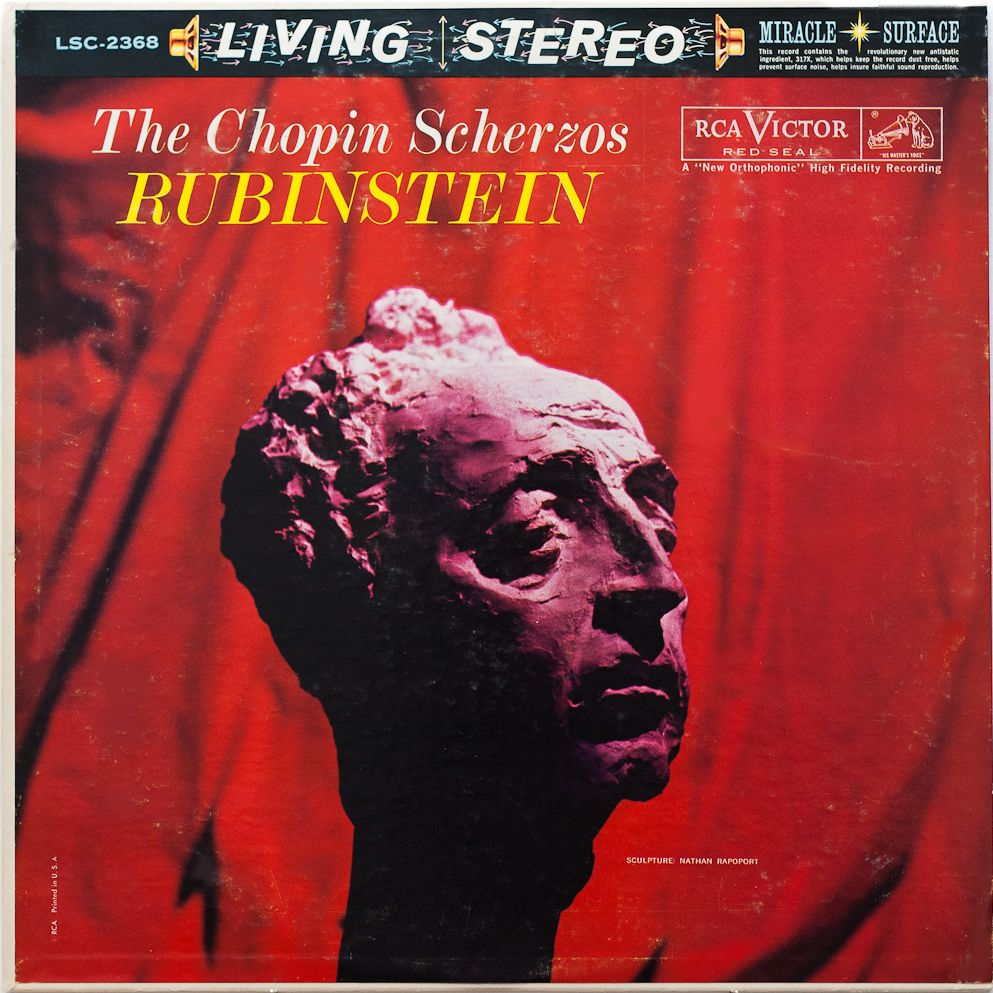
This is the recording of the scherzos that I grew up with, and (perhaps due to "bonding") has become a reference for me.
New working link:

Brazilian pianist Robert Szidon (Porto Alegre, Septembe 21, 1941 - Düsseldorf, December 21, 2011) was a student of Ilona Kabos and Claudio Arrau. He resided for most of his professional life in Germany, and was among the first of his country to have a recording contract with an international label. For some reason, his recorded output in Europe was quite small. although there are a number of excellent recordings on Brazilian labels of works by Villa-Lobos, Nazareth, Mignone, and Gonzaga.
http://i7fbtr90ge.1fichier.com/
http://nehphvbhyr.1fichier.com/
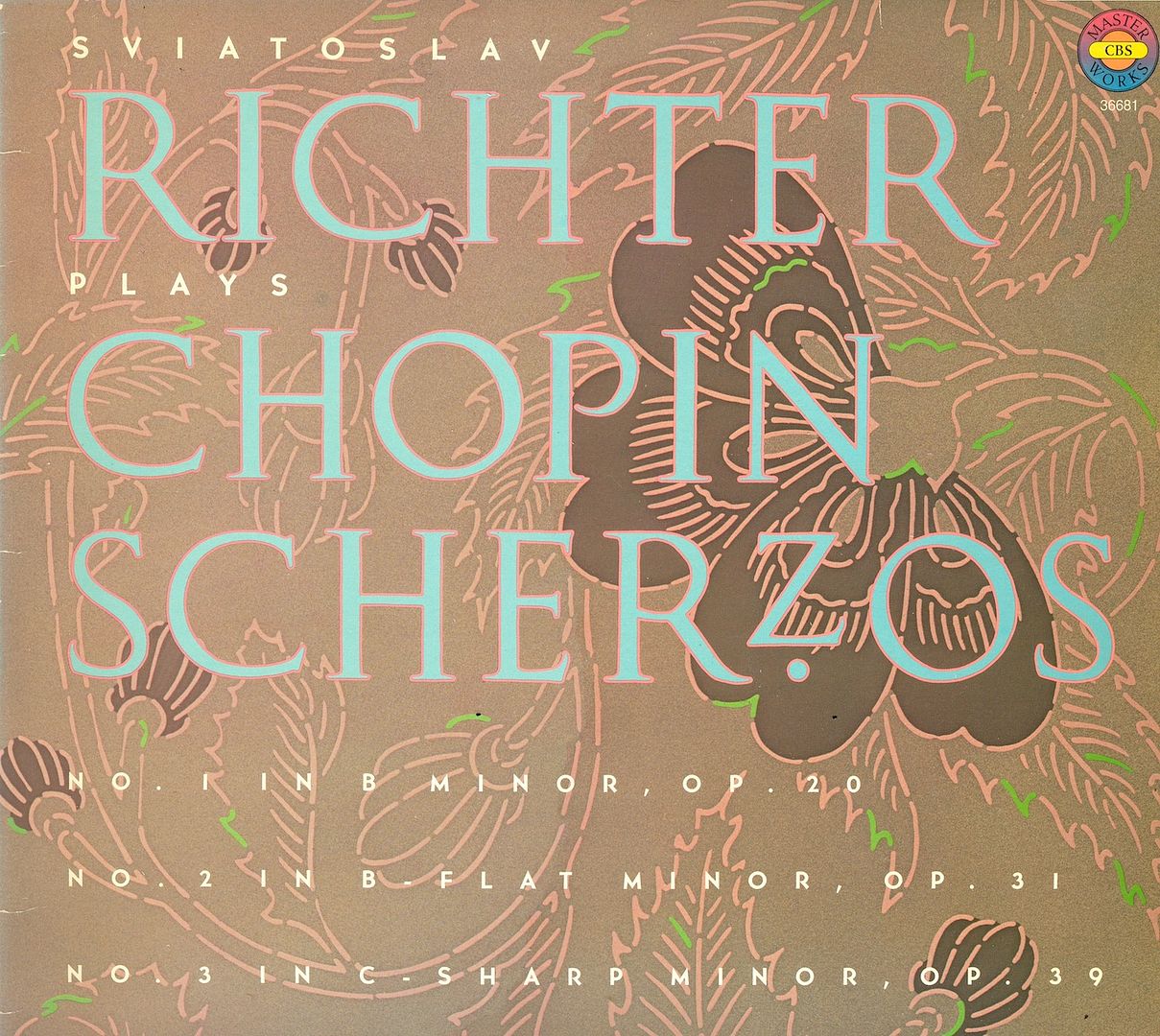
Melodya recorded Richter in a Munich studio, and the recording was issued in the U.S. by CBS in 1977.
Corrected link for Chopin Scherzos/Richter below.
https://1fichier.com/?iosca6jdbsh08se0njz6
________________________________________________________________
Sibelius Symphonies 5 and 6
Stockholm Radio Symphony Orchestra
Sibelius Symphony No.2
Stockholm Radio Symphony Orchestra
Sixten Ehrling, cond.
Sibelius Symphonies Nos. 3 and 7
Stockholm Radio Symphony Orchestra
Sixten Ehrling, cond.
______________________________________________________________
http://egvhnirnd7.1fichier.com/
Recorded in Paris, September, 1985
Two Divertissements in C major, K.187 and 188
Twelve Duos for Horn
Harmonie de Chambre de Paris
Florian Hollard, cond.
http://8gh5ocuuel.1fichier.com/
http://vh7lxwwo5h.1fichier.com/
______________________________________________________________
This is the same recording as #86 above, but is from an extremely rare apparently unplayed LP, with an earlier stamping number.
The first violin, the "Comte Cozio di SalabueStradivari’s Genius by Toby Faber. It is currently played by Kikuei Ikeda.
The viola, the "Mendelssohn," was made in 1731, when Stradivari was 86 years old. It is one of fewer than a dozen surviving Strad violas, and was the instrument that inspired Paganini to commission Hector Berlioz to write his symphonic poem “Harold in Italy”. It is now played by Kazuhide Isomura. The cello is the “Ladenburg” of 1736. It was owned by the Mendelssohn family before coming into Paganini’s possession. It is currently played by Clive Greensmith.
When the Paganini Quartet disbanded in 1966 the four Strads reverted to the Corcoran Gallery of Art in Washington, D.C. In accordance with Mrs. Clark's will, they were never to be separated. Beginning in 1992 they were loaned to the Cleveland String Quartet. Since 1994 they have been owned by the Nippon Music Foundation, and continue to be played by the Tokyo String Quartet.
Zipped lossless .flac files and
LP cover HD scan
New working link:
__________________________________________________________
http://coldk22r0g.1fichier.com/
_________________________________________________________
______________________________________________________________
Symphony No.5 in D minor, Op.107 ("Reformation")
Haydn - Symphony No.96 in D ("Miracle")
NEW LINKS:
______________________________________________________
Mahlerians are aware that performances of Das Lied usually feature a tenor and a contralto. But Mahler specified the option of a baritone rather than a contralto. Once you hear Fischer-Dieskau (with his voice in its prime in 1966) you might forever prefer it. There have been some legendary performances with the female voice (e.g. Ferrier and Ludwig), but for me, a male voce seems to be more appropriate for the text. The 5th movement drinking song just seems more appropriate for the male voice. Very few baritones can handle the vocal demands of the score, and that may be why one usually hears a contralto in the role.
At the time of this recording, Bernstein was Music Director of the New York Philharmonic and he hadn't adopted the Celibidache-like tempos that would mar the Mahler that he recorded in Berlin, Amsterdam, and in Vienna toward the end of his life. The excellent notes by James Lyons merit the extra attention I've given to reproducing them.
Kenneth Woods' essay on the work is well worth a read: http://kennethwoods.net/blog1/2007/01/27/schoenbergmahler-das-lied-von-der-erde/
LP tracks as lossless .flac files
HD covers scans and notes.
LP tracks as lossless .flac files. Album scans as a .pdf.
Minneapolis Symphony Orchestra, Antal Dorati
OL3- 103
________________________________________________________________
207
Music for the Theater
Joan Carlyle, soprano
Bath Festival Orchestra
Yehudi Menuhin, conductor
Angel S 36332
Rhapsody in Blue
An American in Paris
files
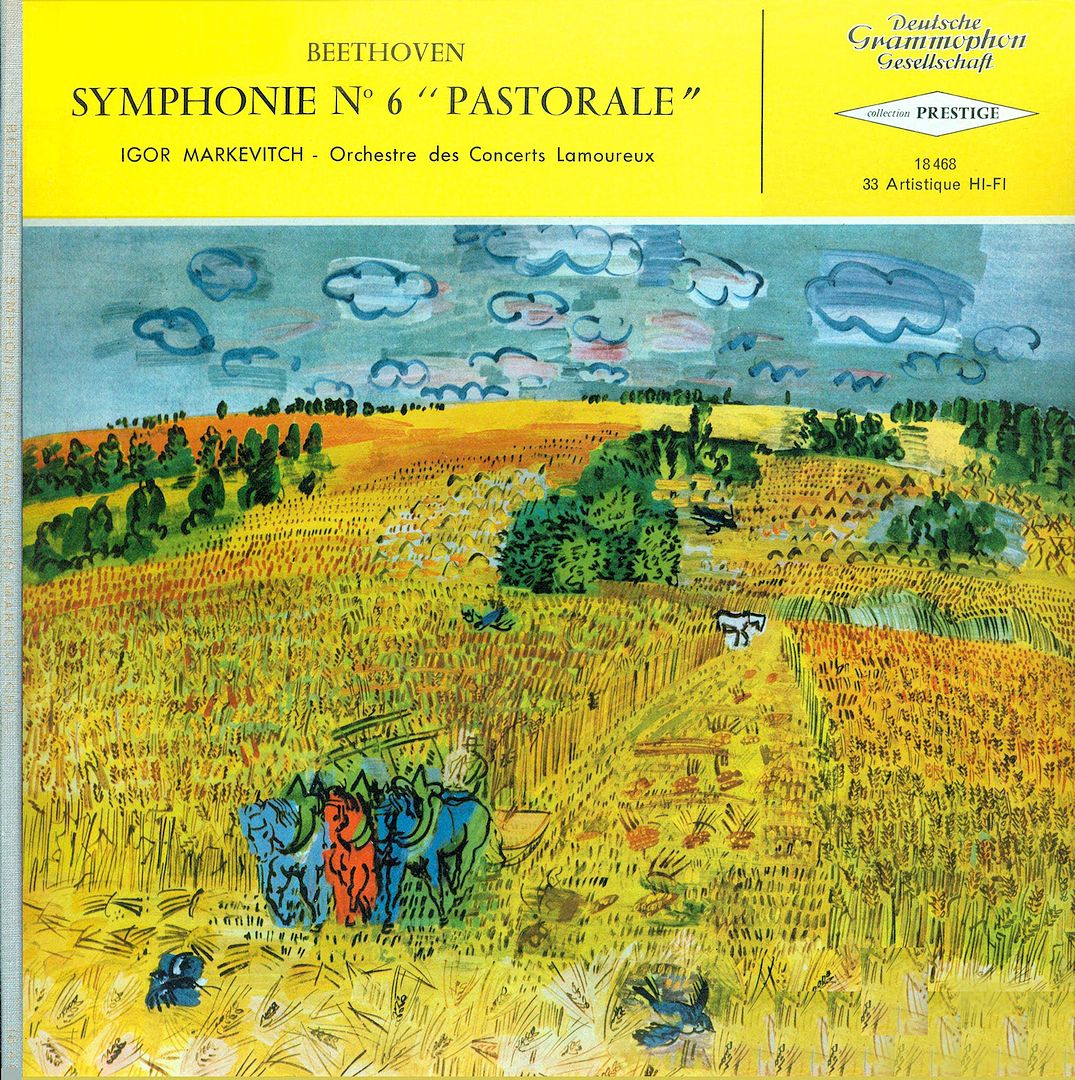
Beethoven
Symphony Nº6 in F, Op.68 "Pastorale"
Orchestre des Concerts Lamoureux
Igor Markevich
_________________________________________________
Agnes Giebel, soprano
Richard Holm, tenor
Heinz Rehfuss, bass
Choirs of the Vienna Academy
Vienna Opera Orchestra
Directed by Walter Goehr
Guilde Internacionale du Disque (France)
MMS-2209
LP album scans + program notes in English
Helmut Kretschmar, tenor
Erich Wenk, bass
"Nord-Deutsches Symphonie" of Hamburg
NDR Choir
Direction: Walter Goehr
Recording date: 1955?
In France this set was issued by Guild Internationale du Disque as MMS 2078
http://bz6c54typv.1fichier.com
http://3712mr3mmh.1fichier.com
https://1fichier.com/?7ijdymwb1l
Symphony No.9 in C Major, D.944
North German Radio Symphony Orchestra (NDR)
Hans Schmidt-Isserstadt, conductor
Eight Great Symphonies
Boston Symphony Orchestra
Charles Munch
Pierre Monteux
Beethoven
Brand new link: https://www.mediafire.com/file/k9gdnhc6wnfhnre/Beethoven_Symphonies_NBC_Toscanini.zip/file
http://www.mediafire.com/view/dxihqoaq3c38gbu/Beethoven_Symphonies_Toscanini_cover.jpg
András Schiff
Lecture One: Sonata in F minor Op. 2 No. 1 / Sonata in A major Op. 2 No. 2 / Sonata in C major Op. 2 No. 3 / Sonata in E-flat major Op. 7 Link: http://nikmpumh3r.1fichier.com
- La Scala di Seta
- La Cenerentola
- La Gazza Ladra
- The Barber of Seville
- L' italiana in Algeri
- Il Signor Bruschino
Lossless .flac file
http://ezjupnfmfr.1fichier.com _______________________________________________________________
- Fantasy in F minor, K.608
- Fantasy in F minor, K.594
- Adagio & Fugue in C minor, K. 546
- Adagio for a Glass Armonica, K.350
- Andante with Variations, K.616
- Prelude on the Ave Verum, K.580a
Shostakovich Symphony No.1 Khrenikov Symphony No.1 State Radio Orchestra, Silvestri / Gauk Monitor MCS 2077 (1966)
Sibelius Violin Concerto in D minor Bruch Violin Concerto No. 1 in G minor Japan Philharmonic, Seiji Ozawa Masuka Ushioda EMI (1972)
Hungaroton SLPD 12820-22 (1982) Slovak Philharmonic Chorus & Orchestra (Haydn) Hungarian State Orchestra János Ferencsik
There are two films here. The first, 'Conducting Mahler,' features long segments showing several eminent Mahler conductors -- Claudio Abbado, Riccardo Muti, Riccardo Chailly, Bernard Haitink and Simon Rattle -- rehearsing the likes of the Royal Concertgebouw, the Berlin and Vienna Philharmonics, in long, lovely passages from all the Mahler symphonies (plus some of 'Das Lied von der Erde') interspersed with interviews (with the noted music writer, Donald Mitchell) with all five of the conductors. Not only is the music-making first class, but the insights that the conductors bring to the process, both in their conducting and in their thoughts about Mahler and his music, are exceedingly stimulating. (It should be noted, by the way, that the interviews are conducted in English and each of the conductors is enormously articulate.) The DVD is divided into a number of 'chapters' (although the documentary plays without pause) such as 'Mahler and the Concertgebouw' (the film was made mostly at the 1995 Mahler Festival held by the Concertgebouw which was, of course, the first orchestra outside Vienna to program Mahler's music with any regularity owing to the enthusiasm of Willem Mengelberg), 'The Interpretation of the Conductors,' 'The Modernity of Mahler,' 'The Ideas Behind the Notes,' 'The Sound of an Empire at the End,' 'Vienna at the Turn of the Century' and so on.
The second film, entitled 'I Have Lost Touch With the World' (the Englished title of Mahler's heart-wrenching song 'Ich bin der Welt abhanden gekommen' from the 'Rückert Lieder') is about Mahler's Ninth Symphony, his last completed symphony. It features Riccardo Chailly rehearsing the Concertgebouw. There is almost constant music -- sometimes showing the orchestra playing or, more often, Chailly conducting and commenting to the players, and sometimes with voice-over while the music continues underneath. There are extensive and extremely insightful commentaries concerning all four movements from Henry-Louis de la Grange, Mahler's definitive biographer, a man who probably knows more about the composer than anyone, and from Chailly. There are snippets from other works, including a large part of a performance, unusually with a baritone (Thomas Hampson), of the 'Abschied' from 'Das Lied von der Erde.' (For me, at the end of that performance the earth stood still.) Fully ten minutes of the fourth movement is played without interruption (in a dress rehearsal with audience) and I found myself in tears at its conclusion. There is a reference after that to the impending departure of Chailly from the musical directorship of the orchestra after sixteen years; the film was made in 2004 and he has since been succeeded by Mariss Jansons.
Scheffer is a marvelous documentarian. Although the camerawork is fairly active, the focus is primarily, in both films, on the conductors and the music. Sound is magnificent, particularly in the more recent film. It is in Dolby Digital 2.0. Subtitles in English, German, French, Dutch and Spanish are provided. Total time for both films is 132 minutes.
I heartily recommend this DVD to anyone with even a smidgen of interest in Mahler or in rehearsal technique in general. These are superior films." - Scott Morrison
- Sinfonia Veneziana ("La Sculoa de'Gelosi")
- Sinfonia "Il Giorno Onomastico"
- Variazioni sull'Aria "La Follia di Spagna"
Francisco Mignone 12 Valsas de Esquina Arthur Moreira Lima These "12 Street Corner Waltzes" are lovely pieces, with that particular Brazilian quality that's dificult to define, but as they say, "you know it when you hear it". Included is my translation from the Portuguese of the excellent album liner notes by the late journalist and music critic Luiz Paulo Horta.
download at https://www.mediafire.com/file/fz9dpc620jkfimt/Mignone_12_Valsas_de_Esquina.zip/file
285
Gottschalk Complete Piano Works (8 cds) Philip Martin, piano Download at https://www.mediafire.com/file/us0u9v6old99ykq/G_P_W_Philip_Martin.zip/file286
https://www.mediafire.com/file/2e2ma611xo4cyzg/Prokofiev_Symphony_No_5_Berlin_PO_Kondrashin_September_29_1966.zip/file
287 Vivaldi The Four Seasons Societe Corelli RCA Victor Red Seal LSC-2424 (1960) Link:https://www.mediafire.com/file/sivqv7k6ts7a7kk/Vivaldi_the_Four_Seasons_Vittorio_Emanuele,_Societa_Corell_(RCA_1960).zip/file
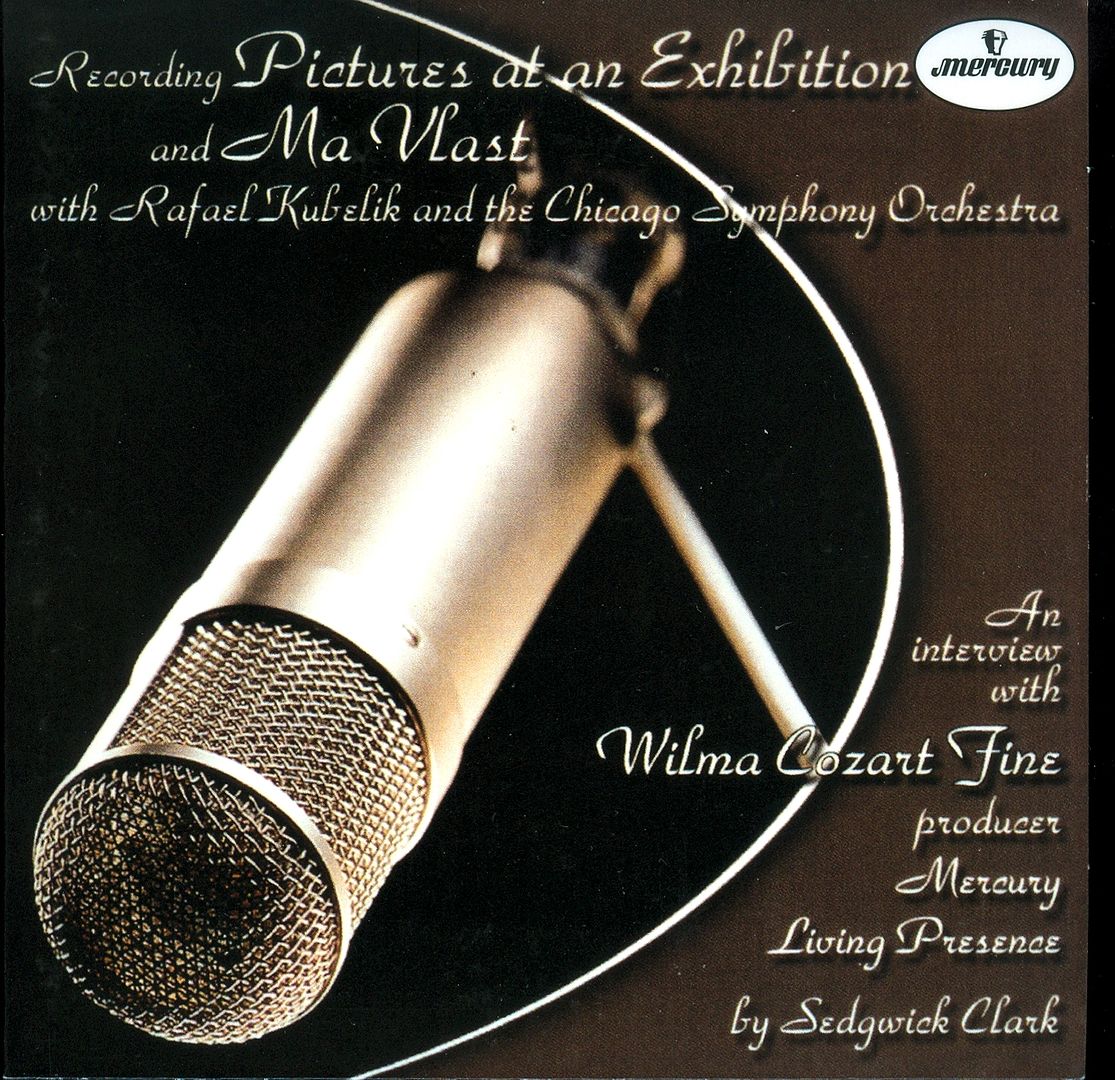
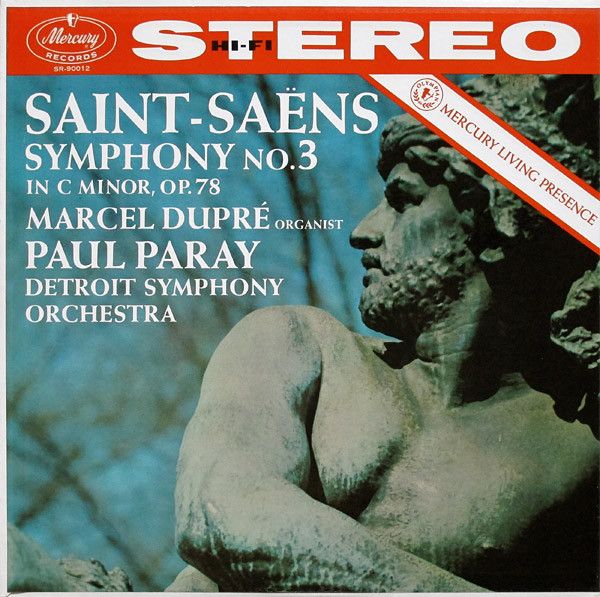
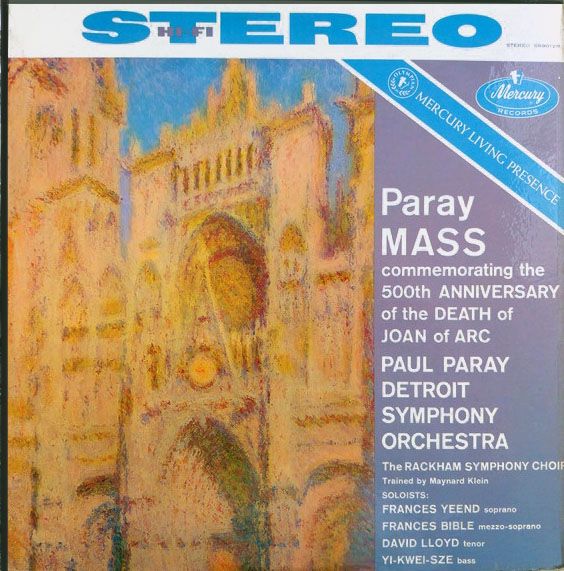

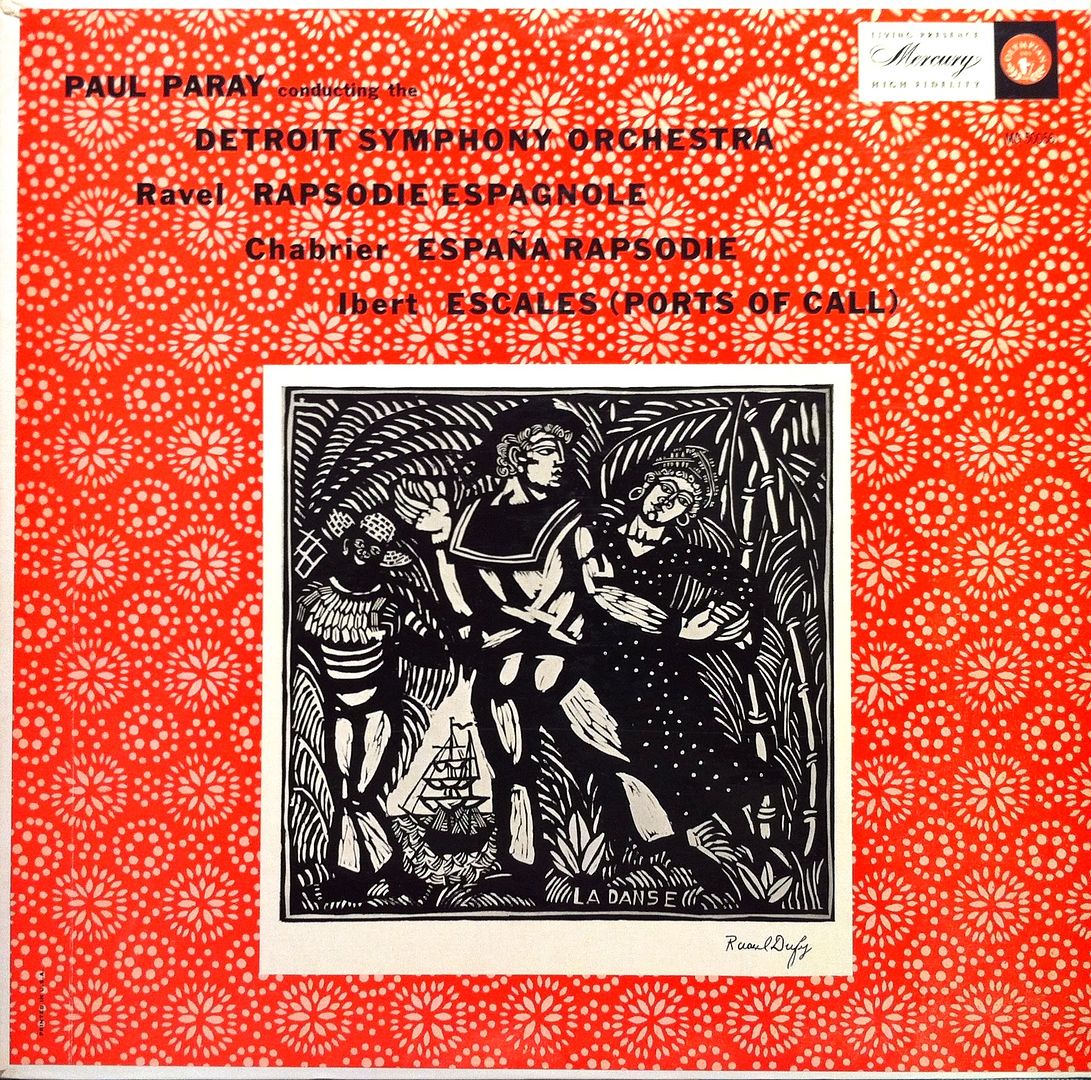
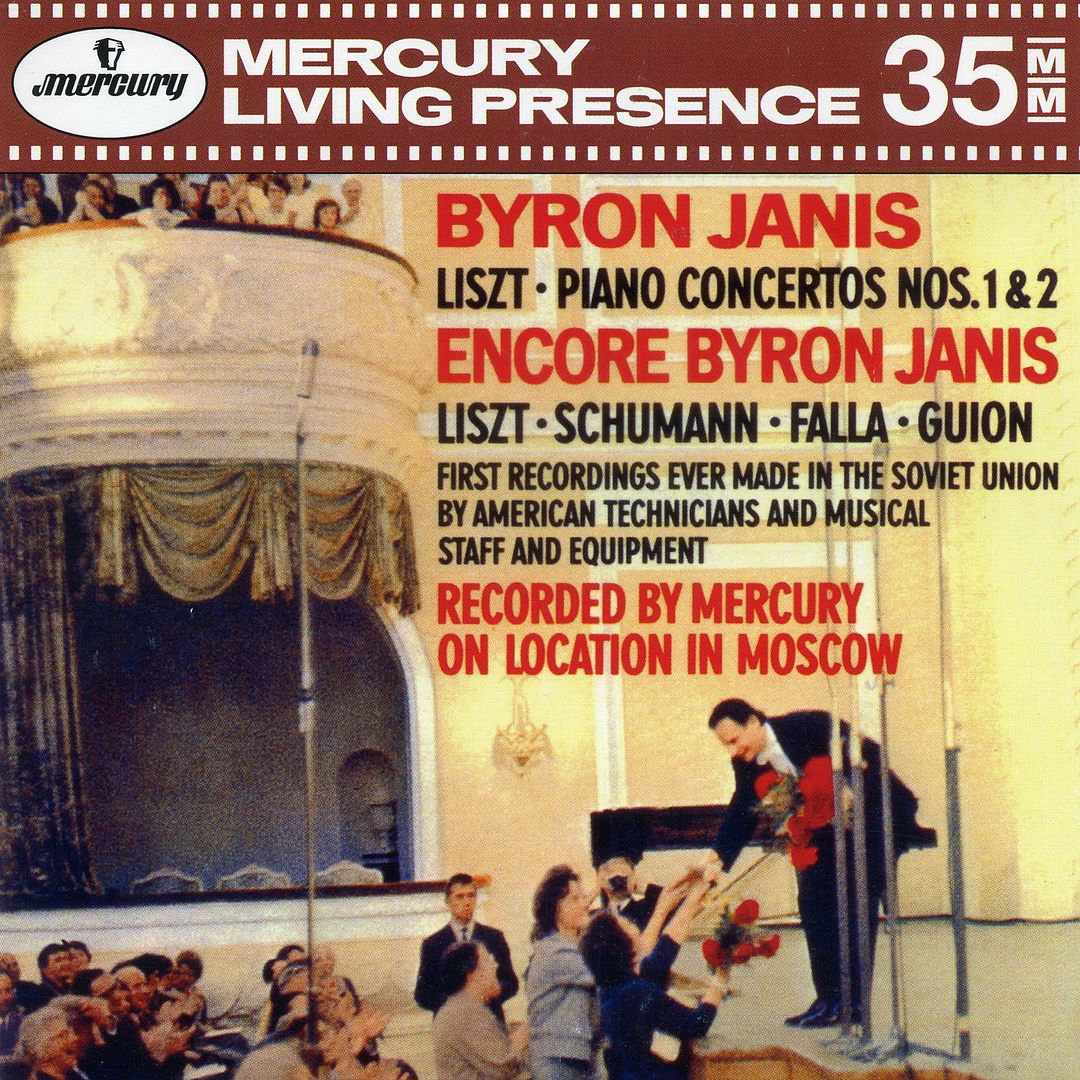
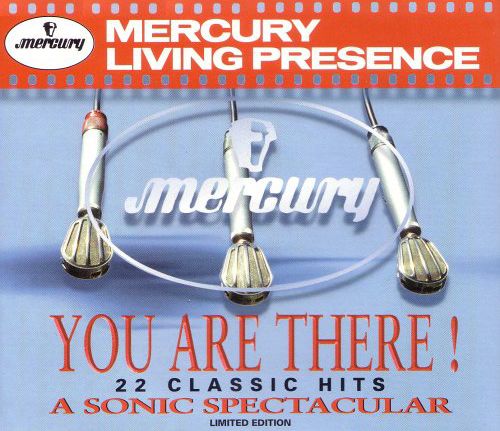
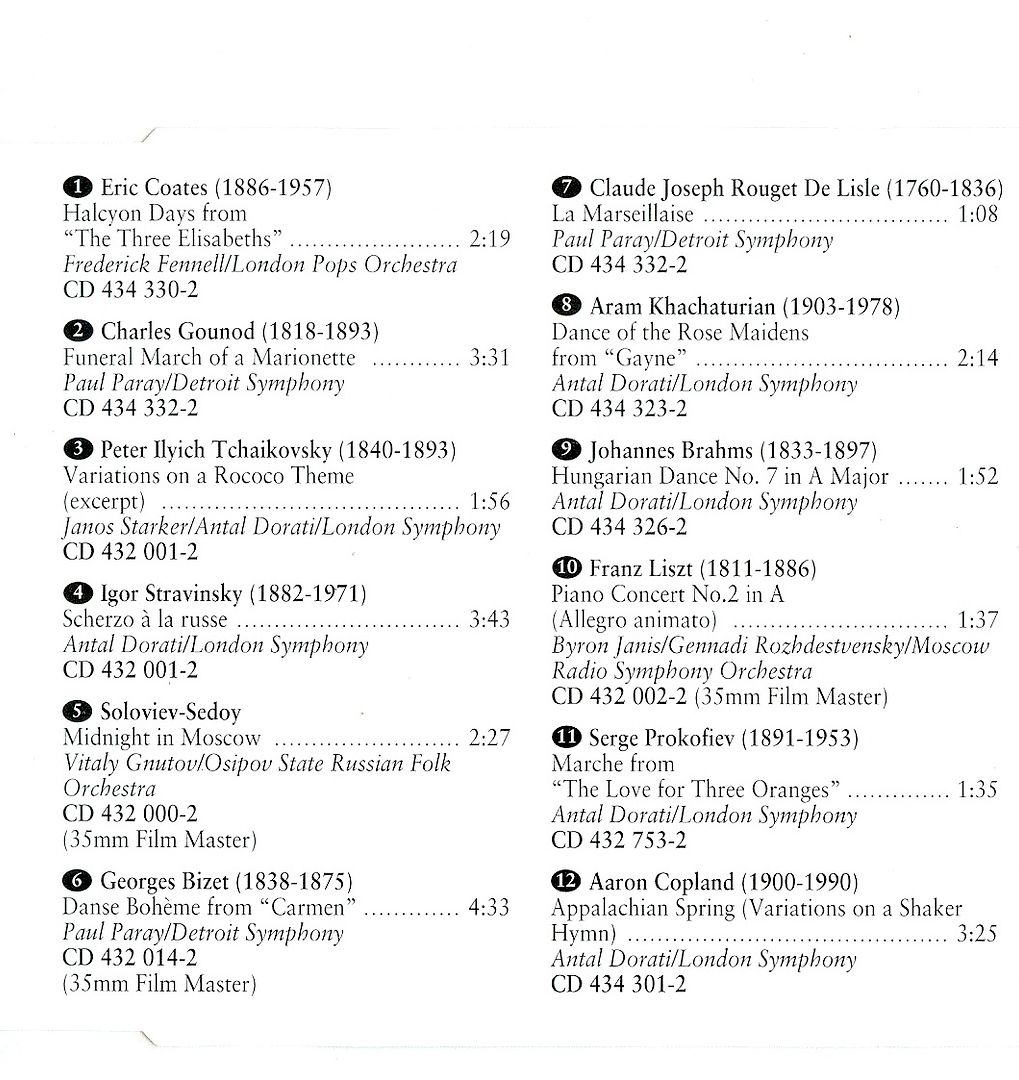
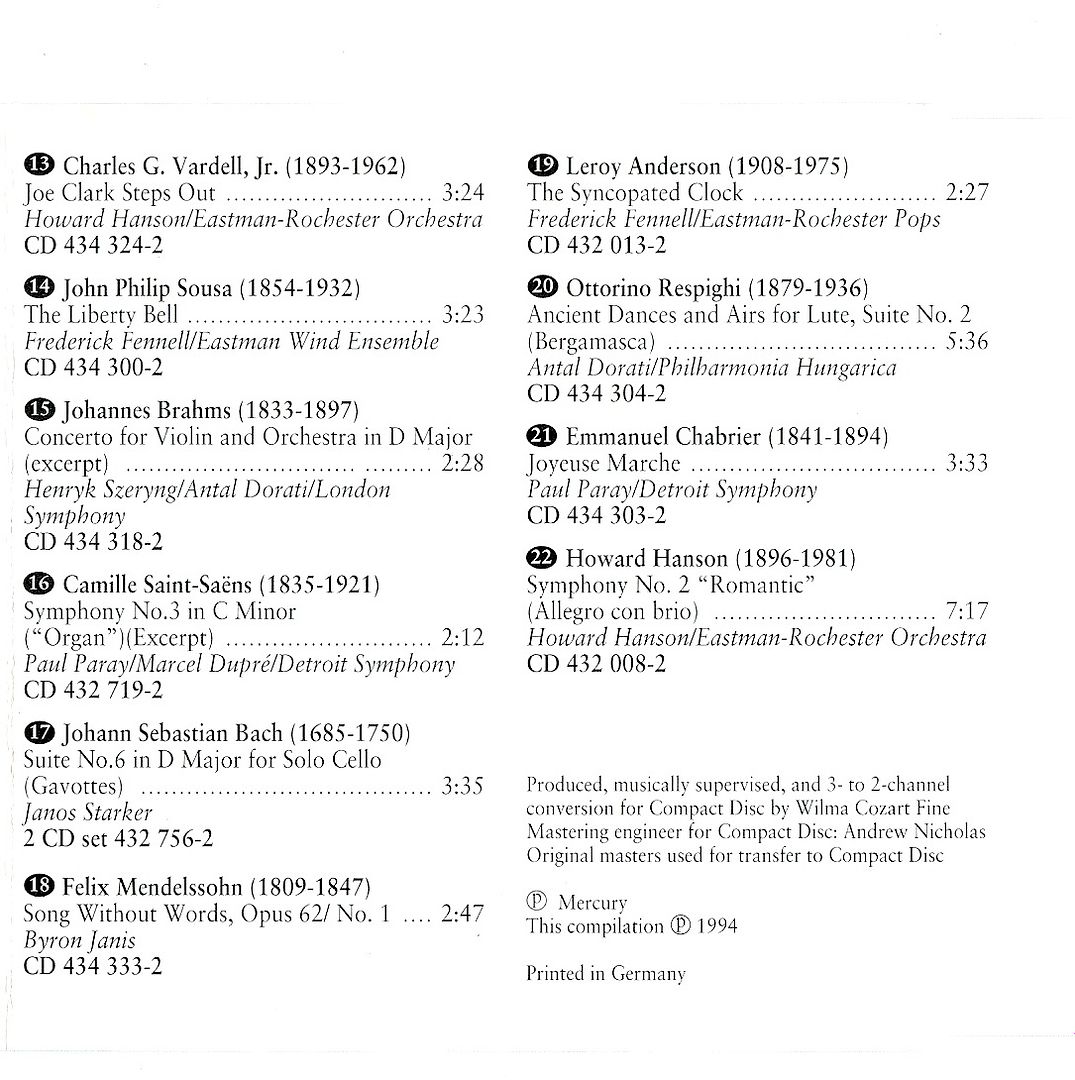
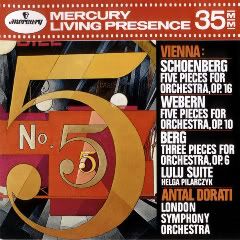
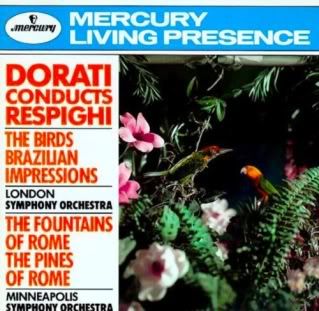
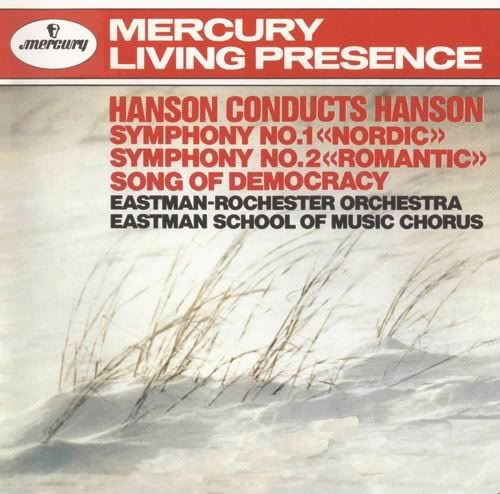
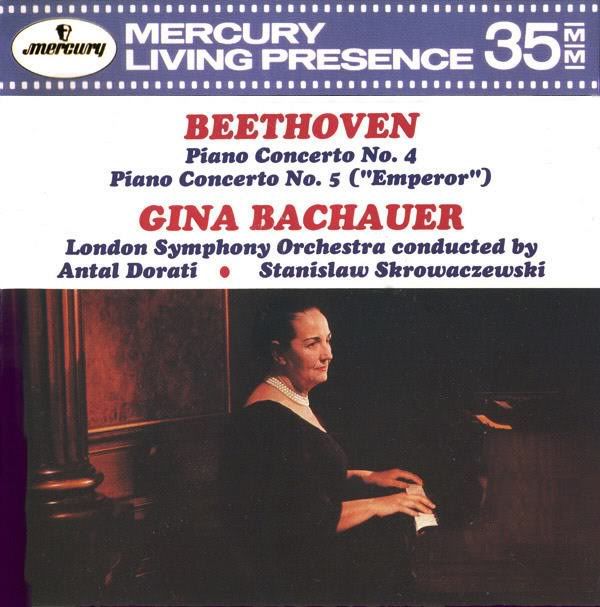
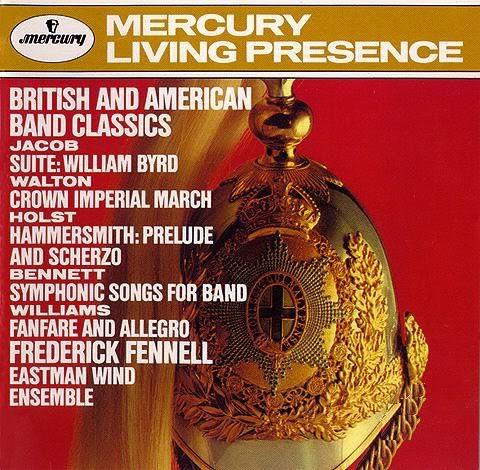
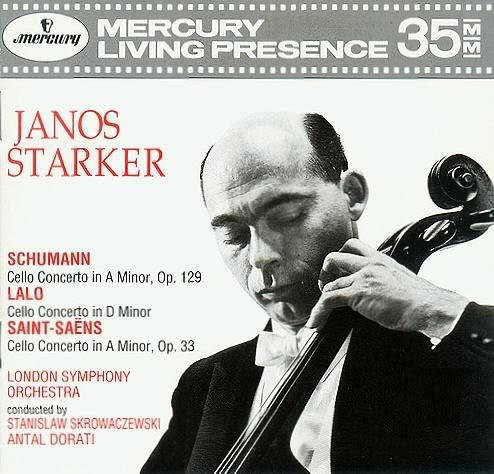

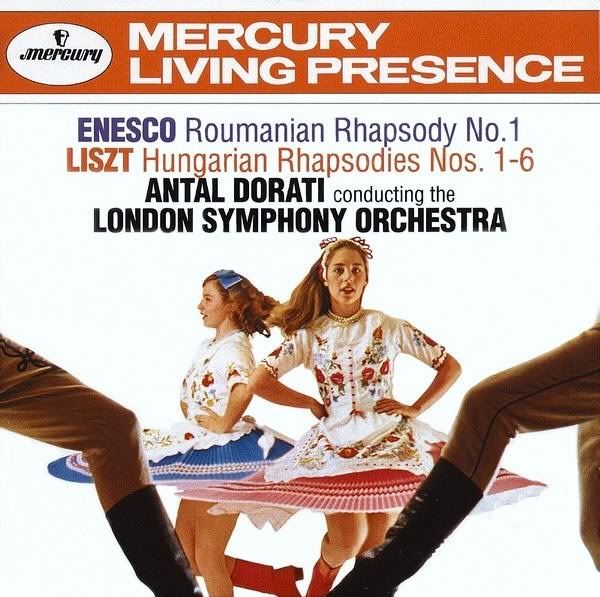
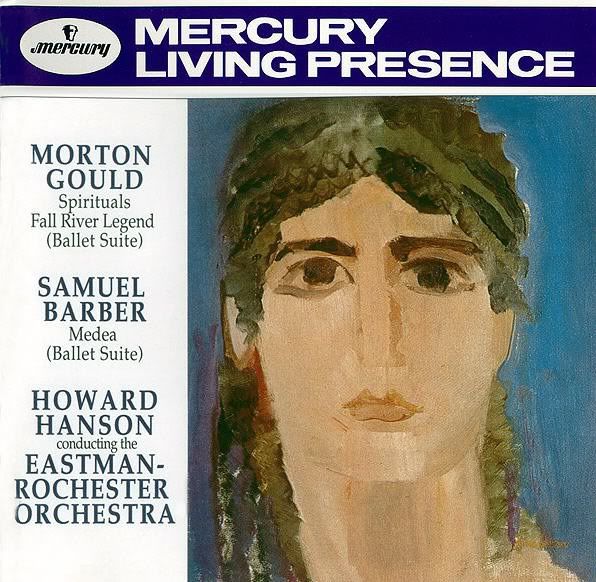
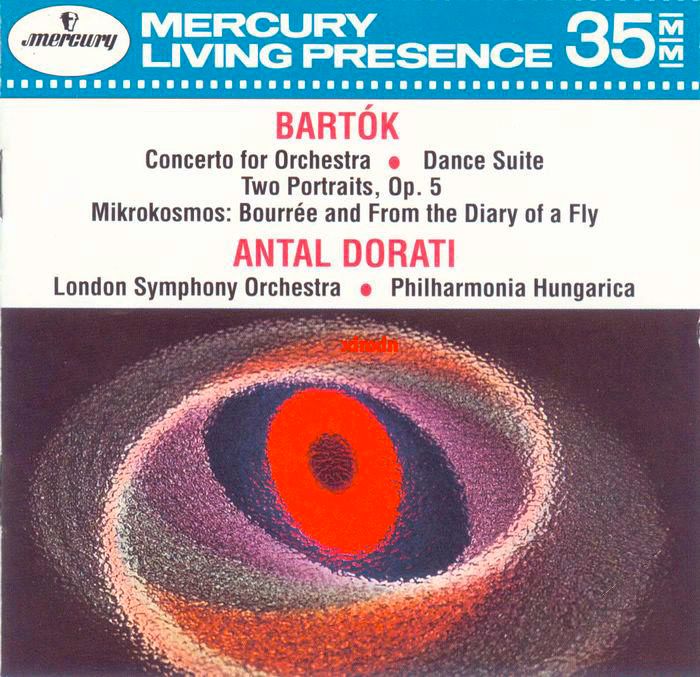
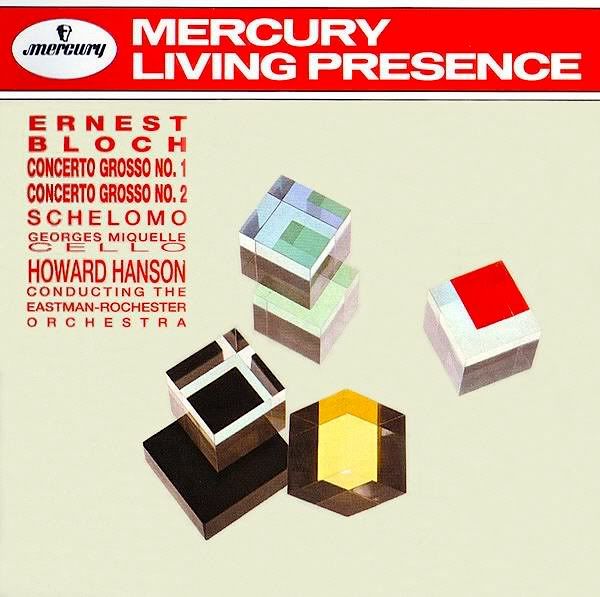
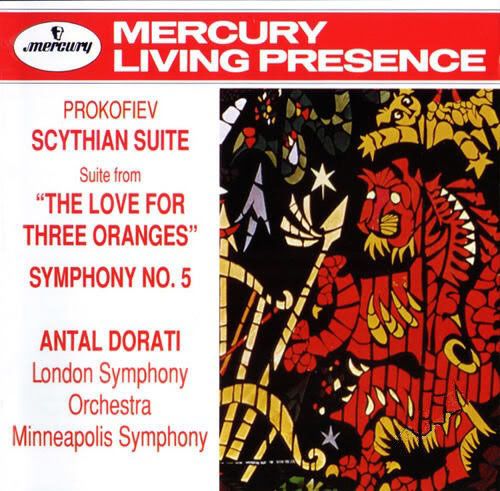
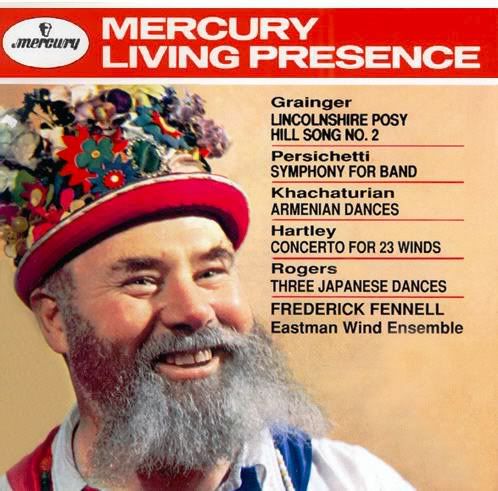
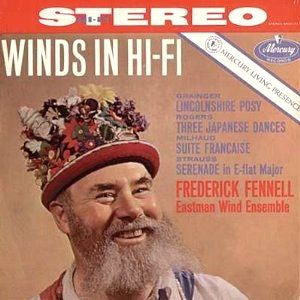
:format(jpeg):mode_rgb():quality(90)/discogs-images/R-9882229-1487891916-1956.jpeg.jpg)
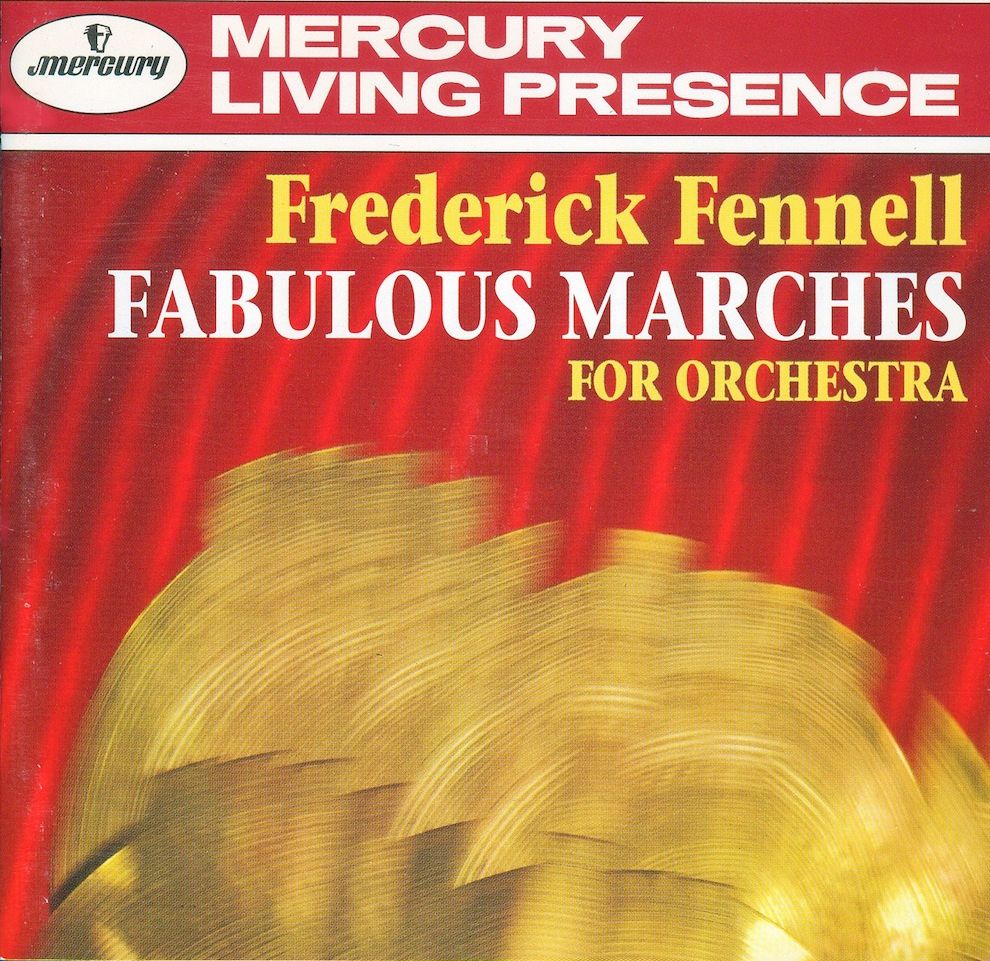

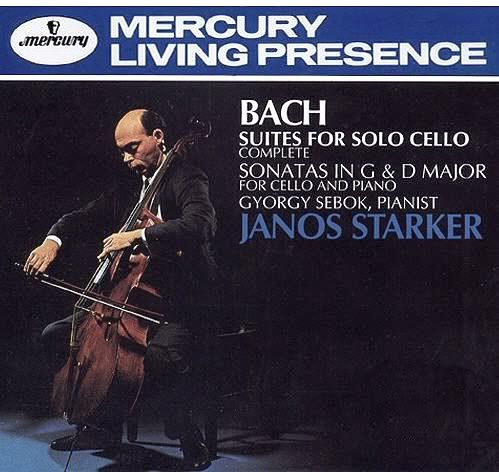
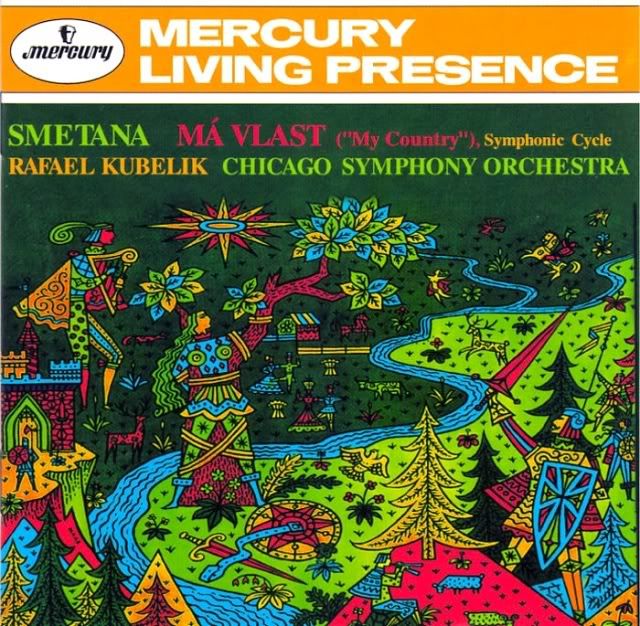
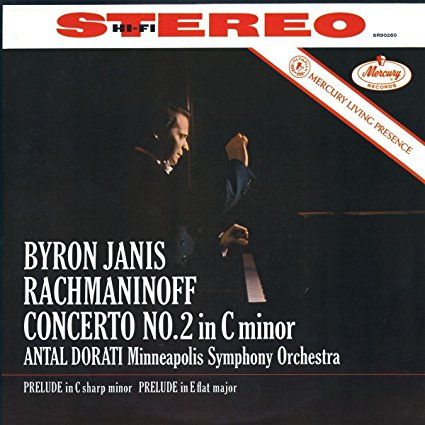
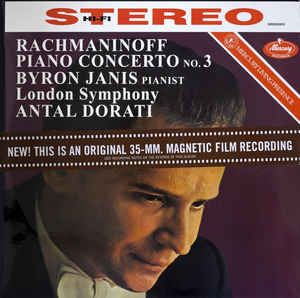
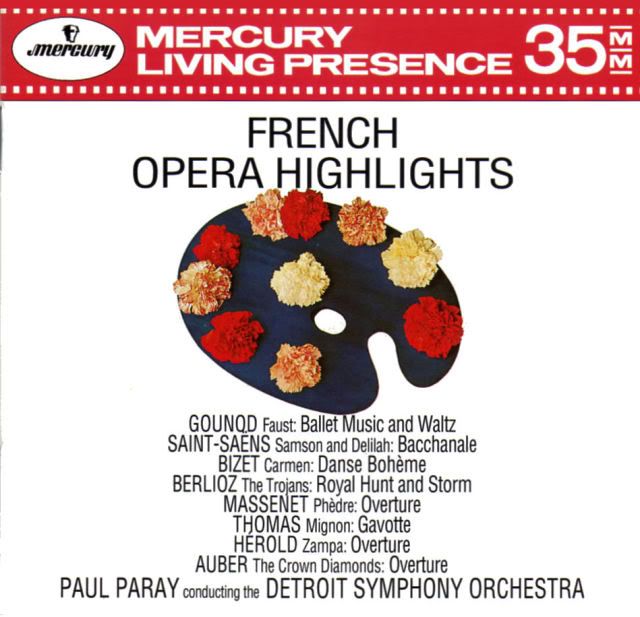

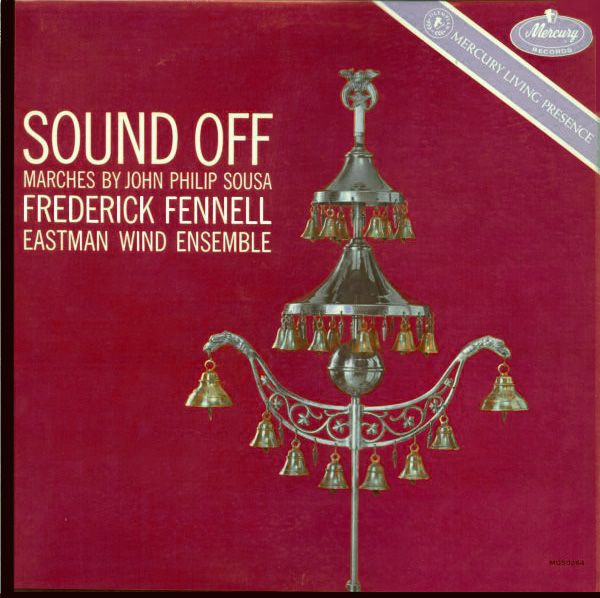
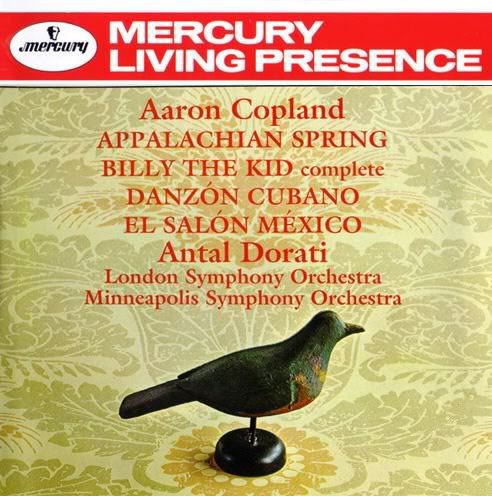
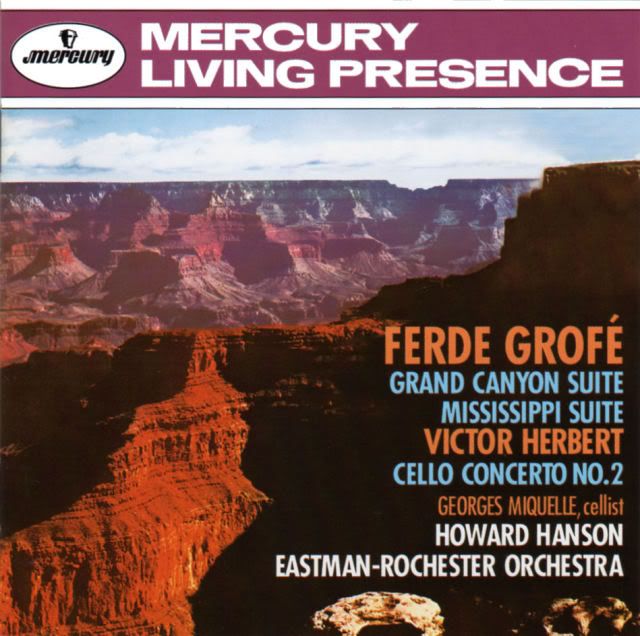

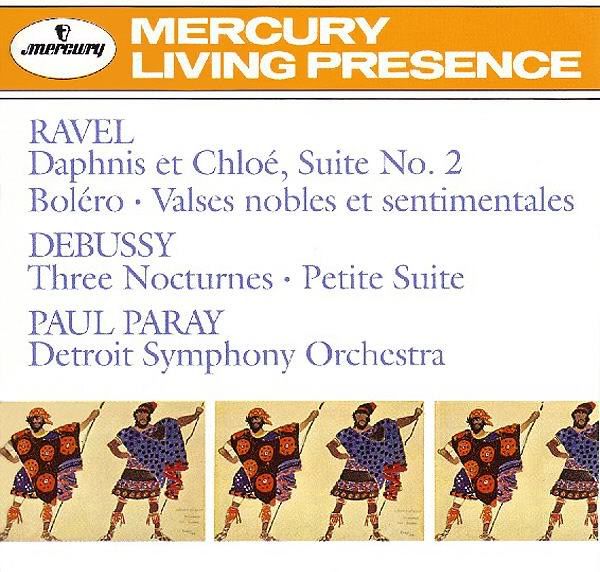
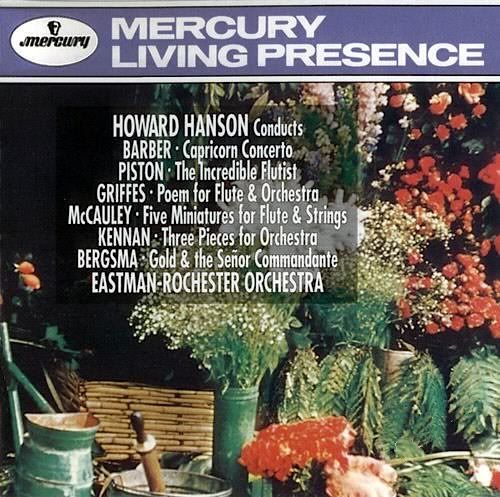
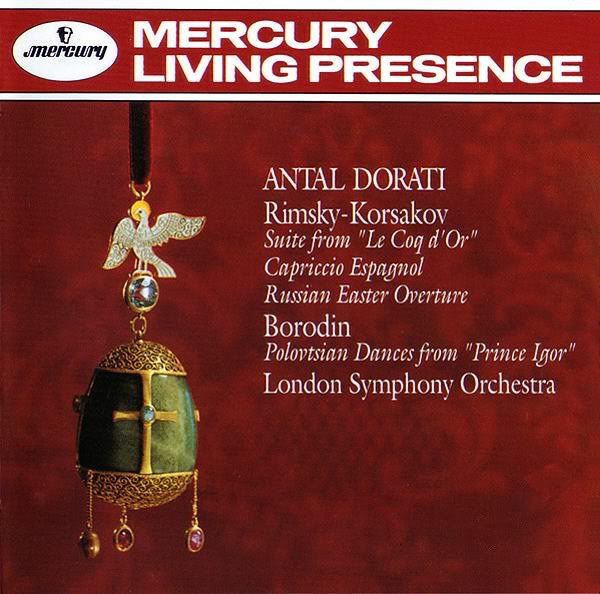

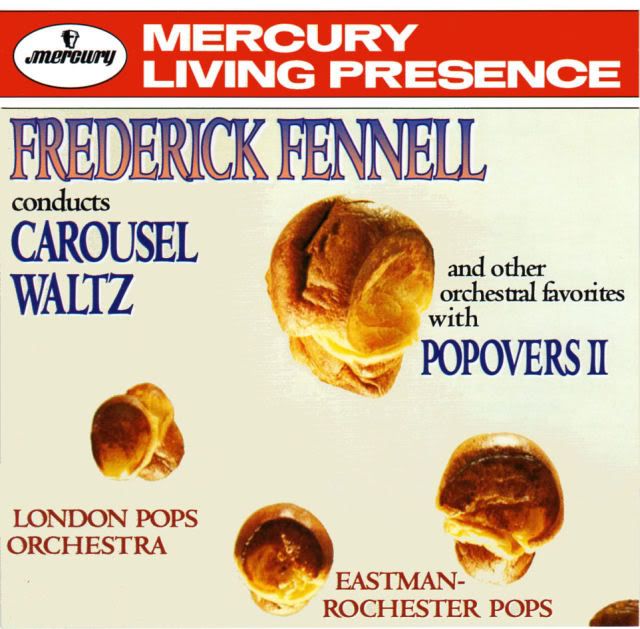

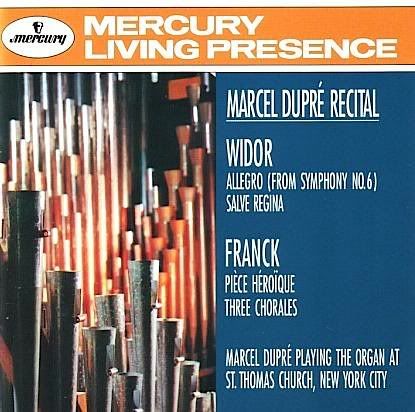
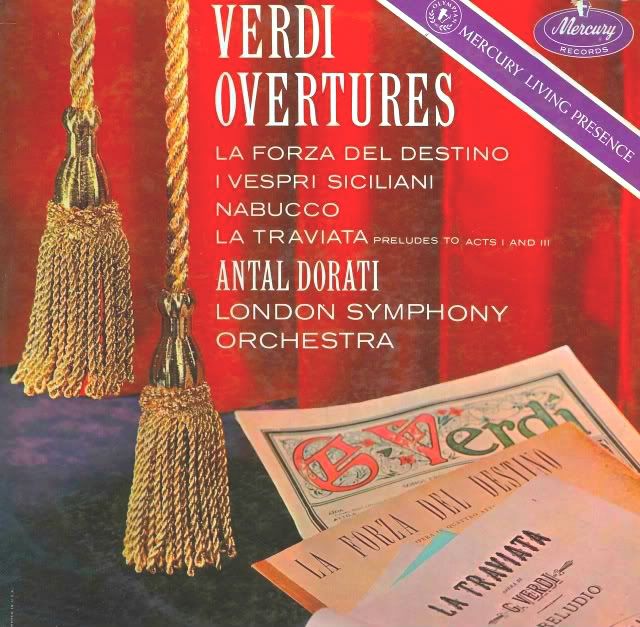
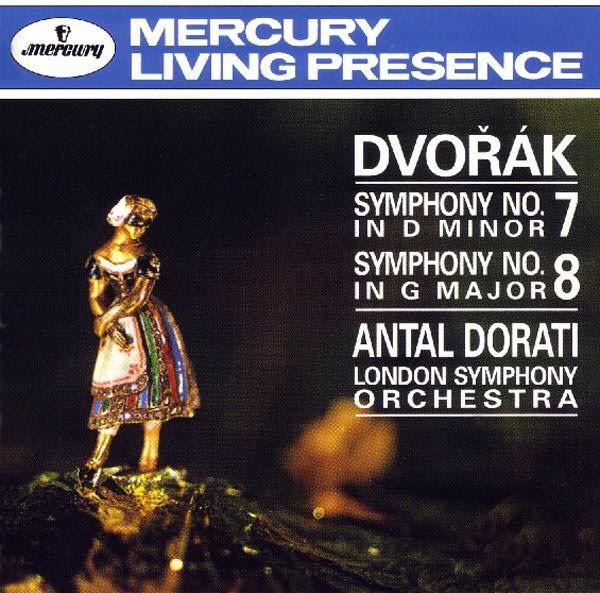
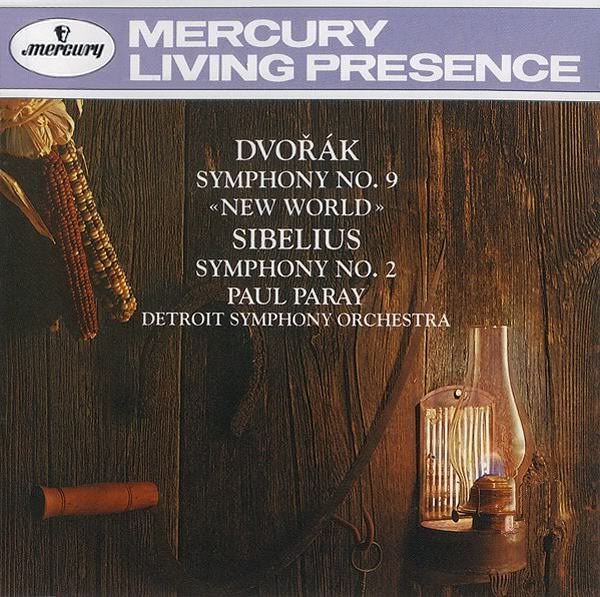
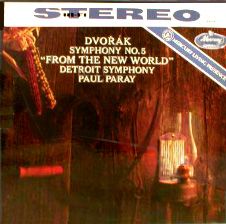

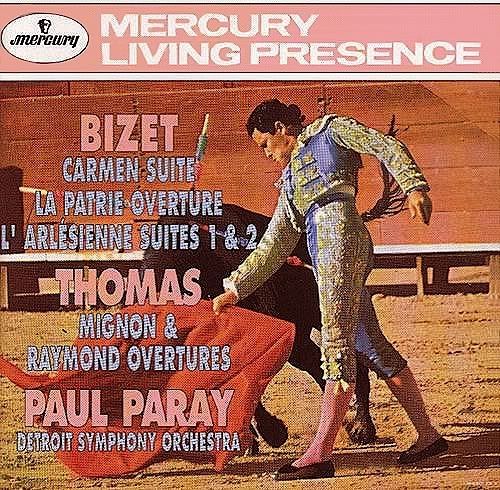
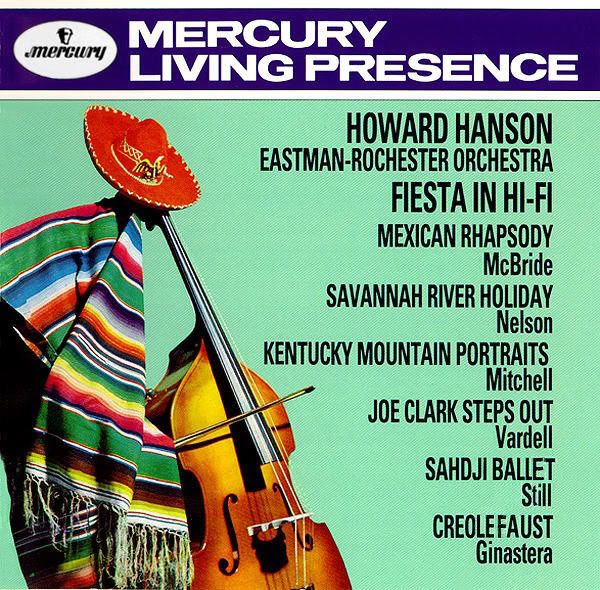
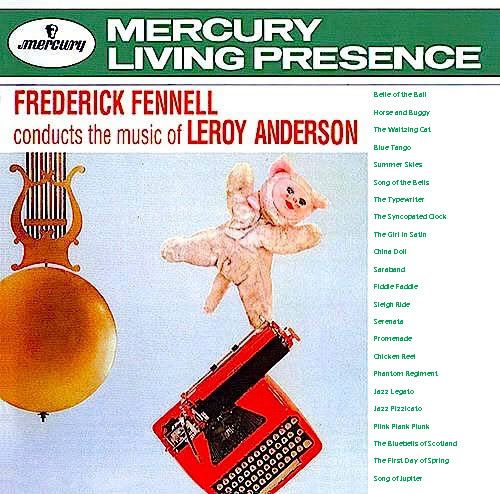
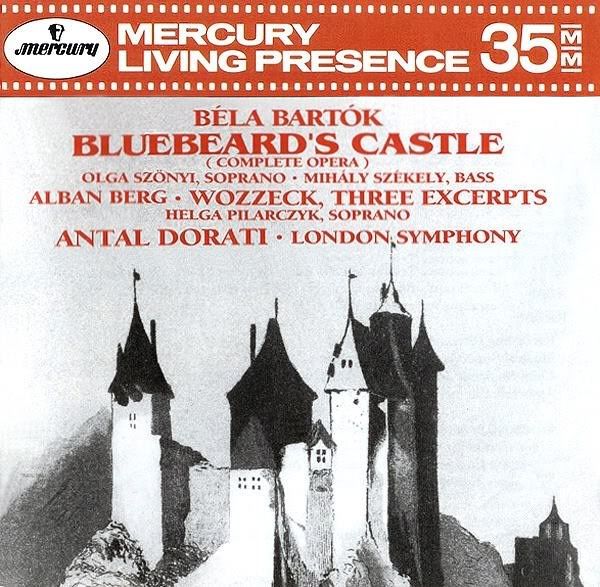

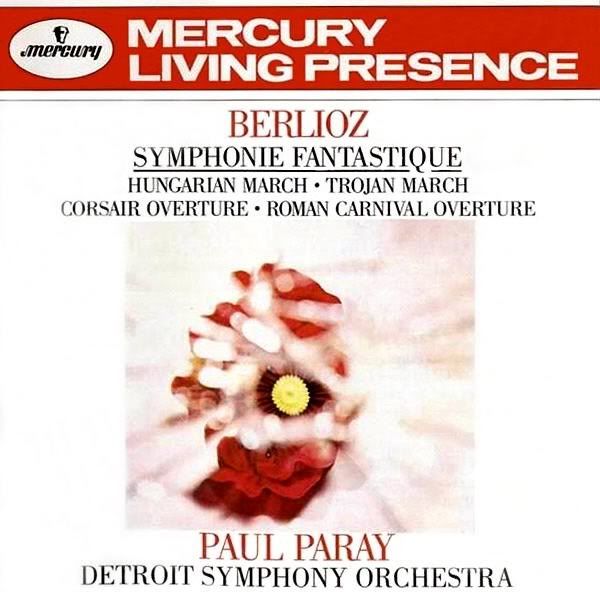
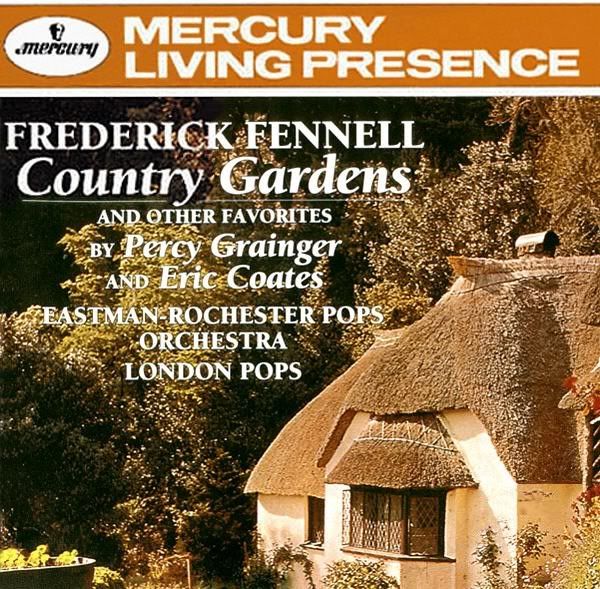

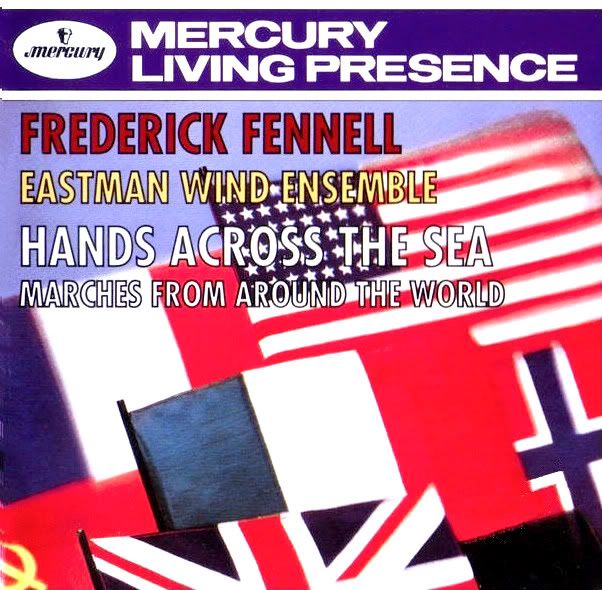



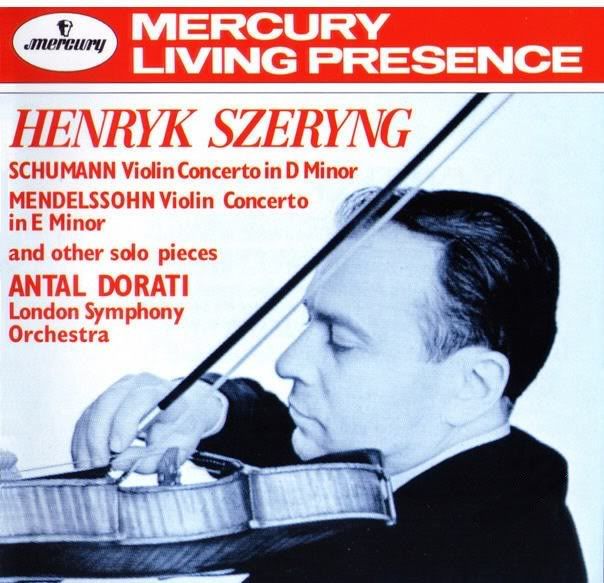
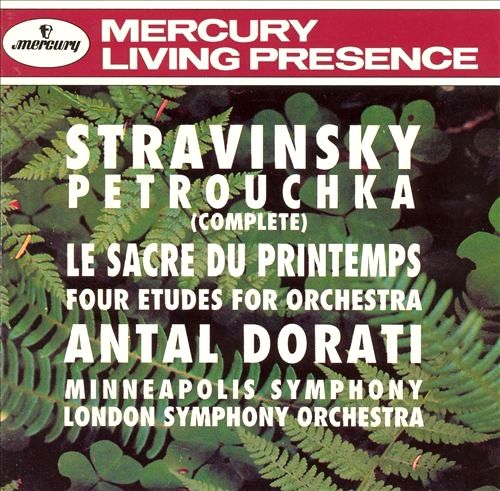
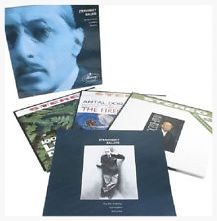
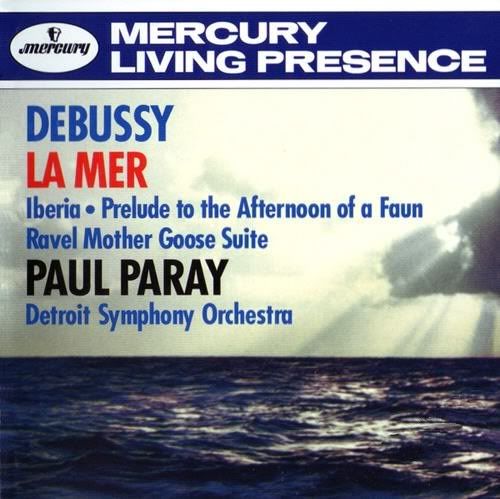
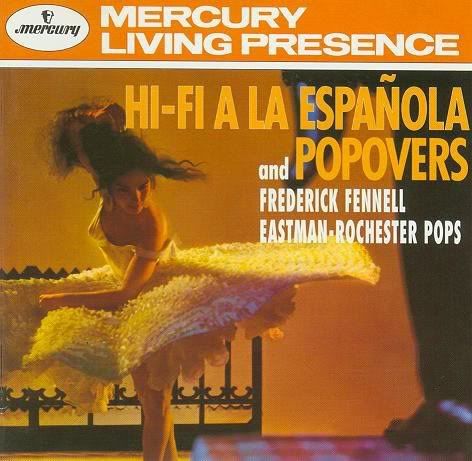
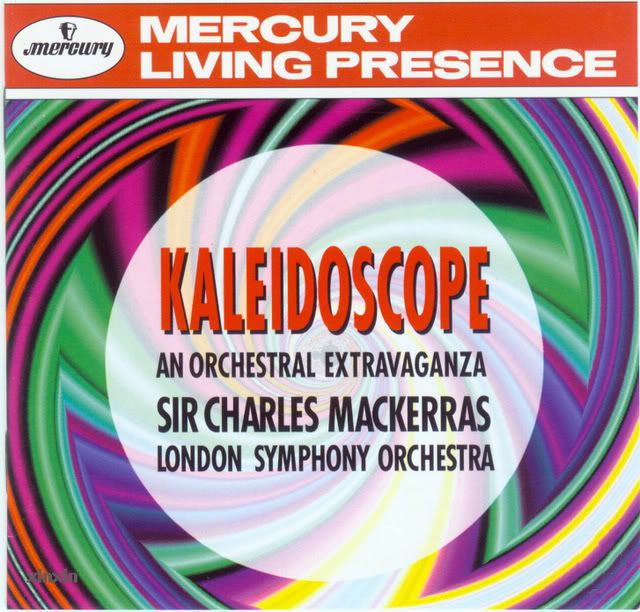
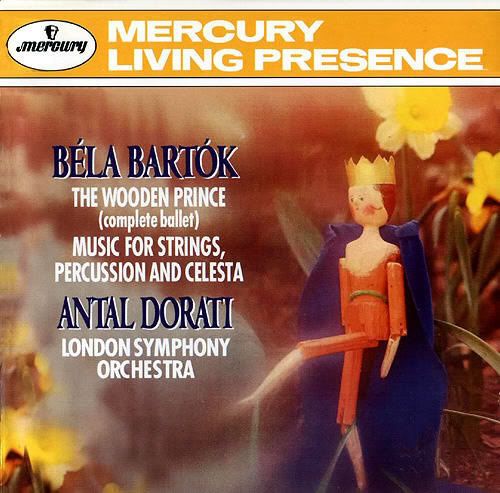
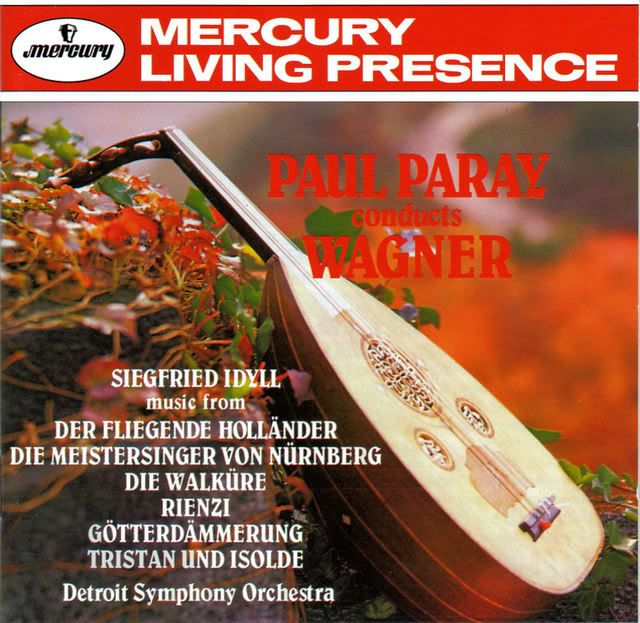

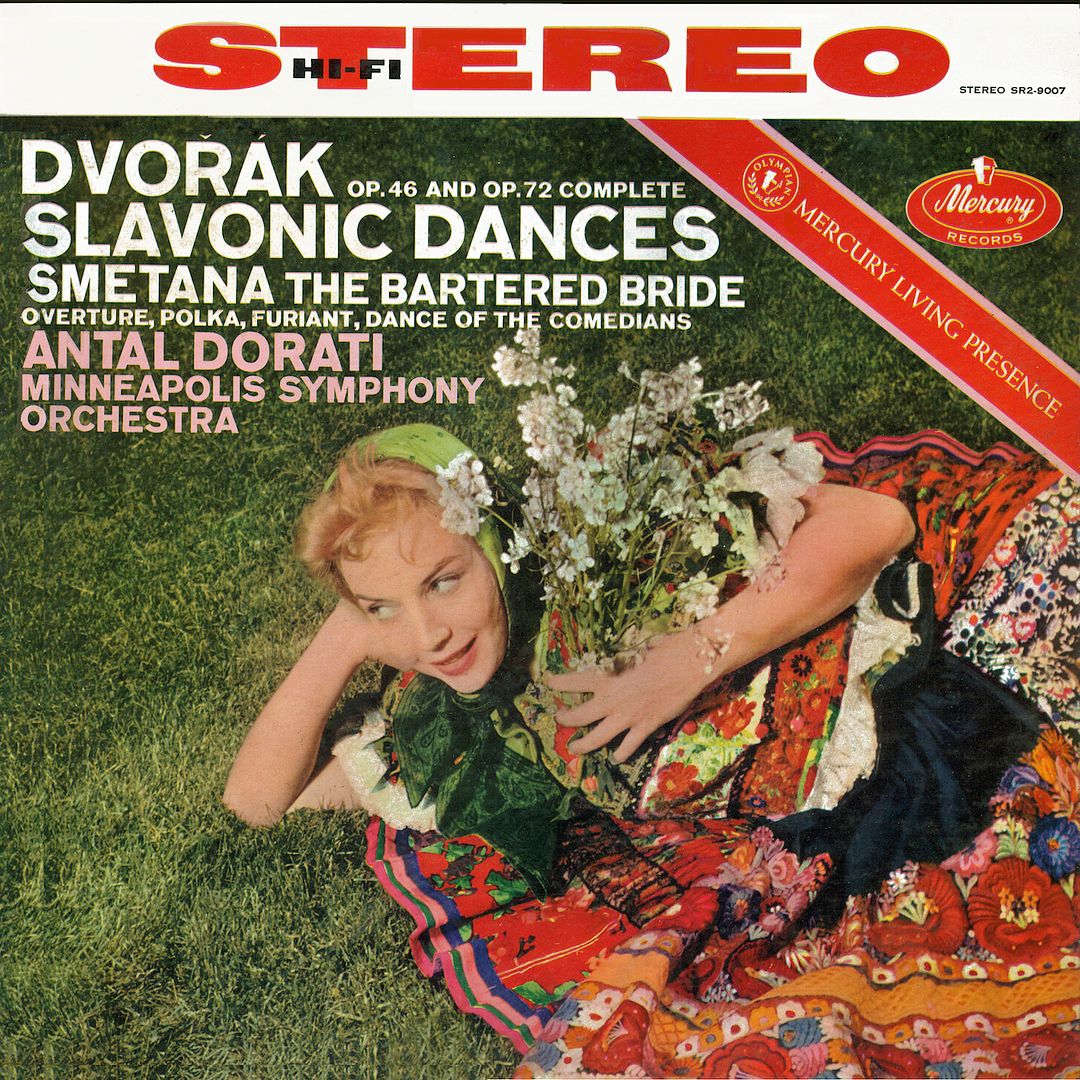
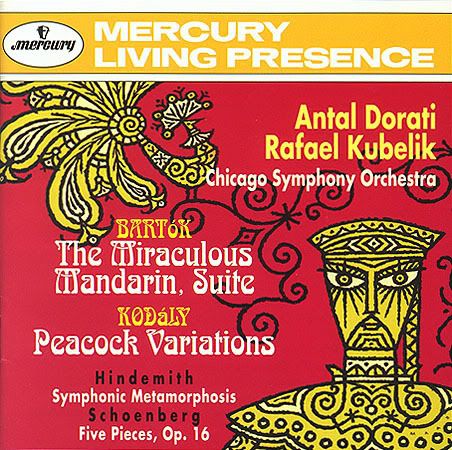
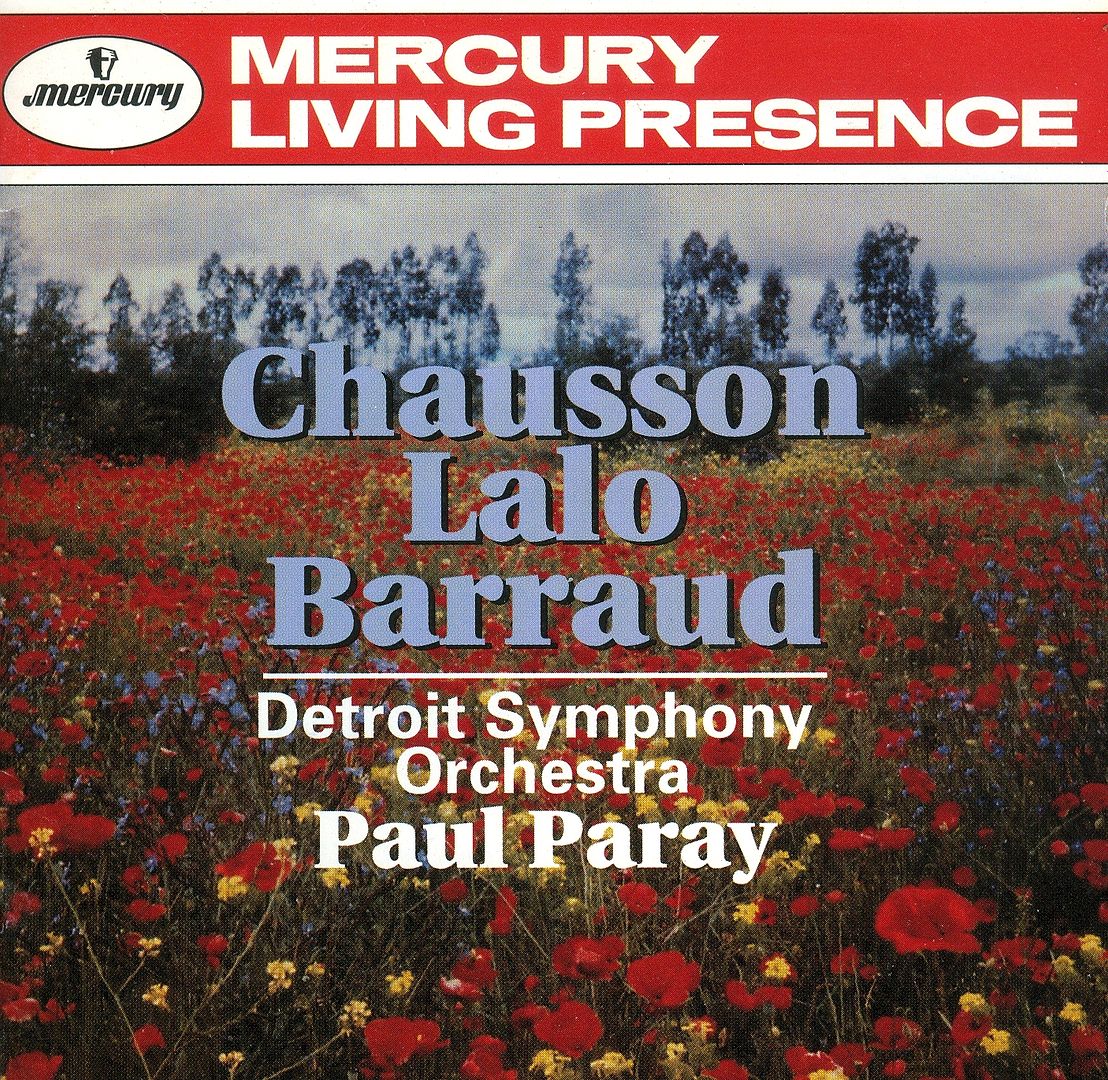
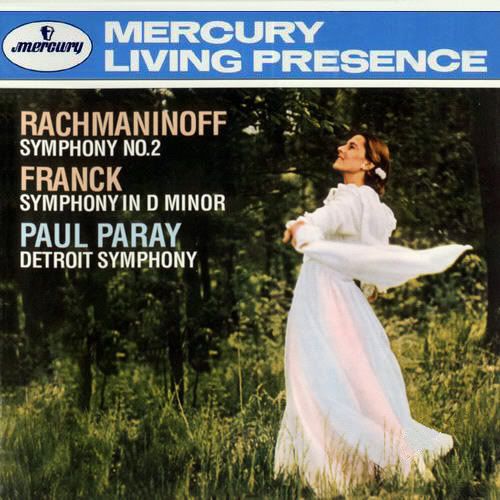
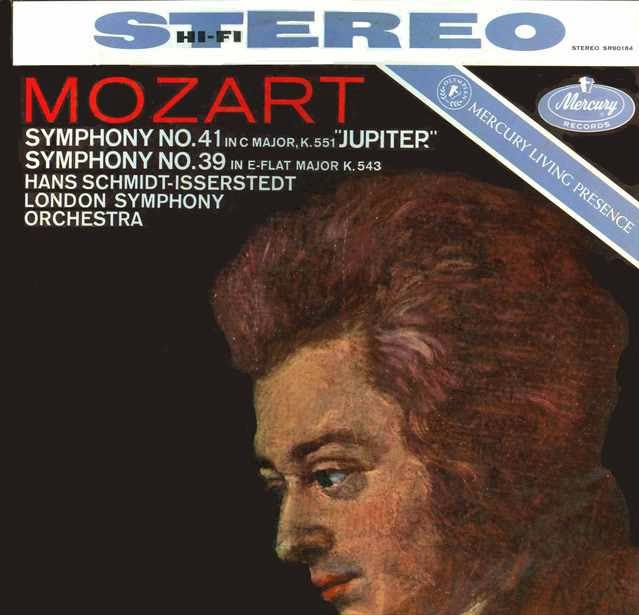



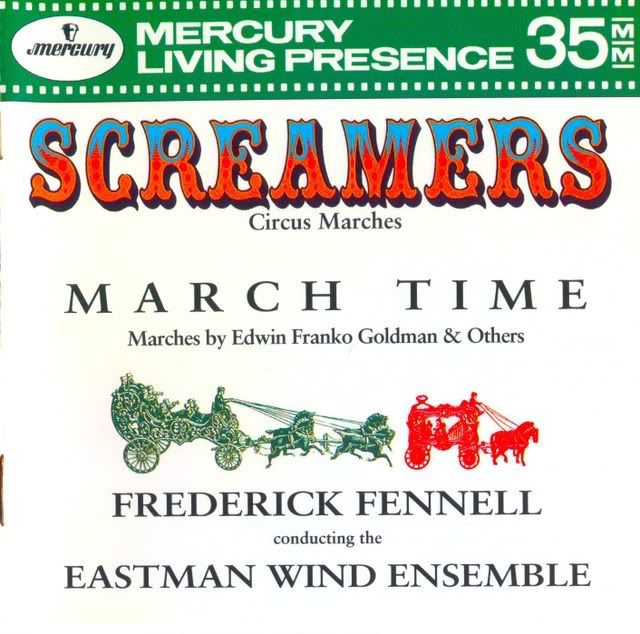
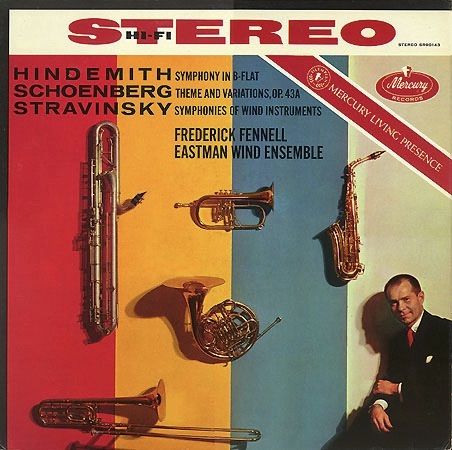
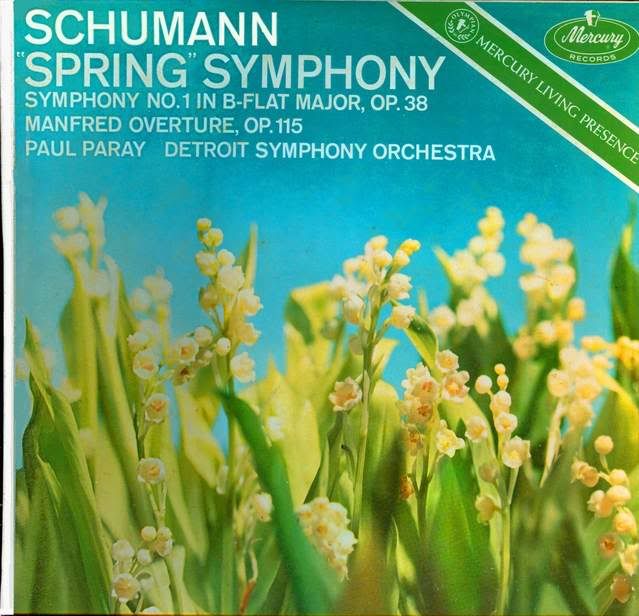
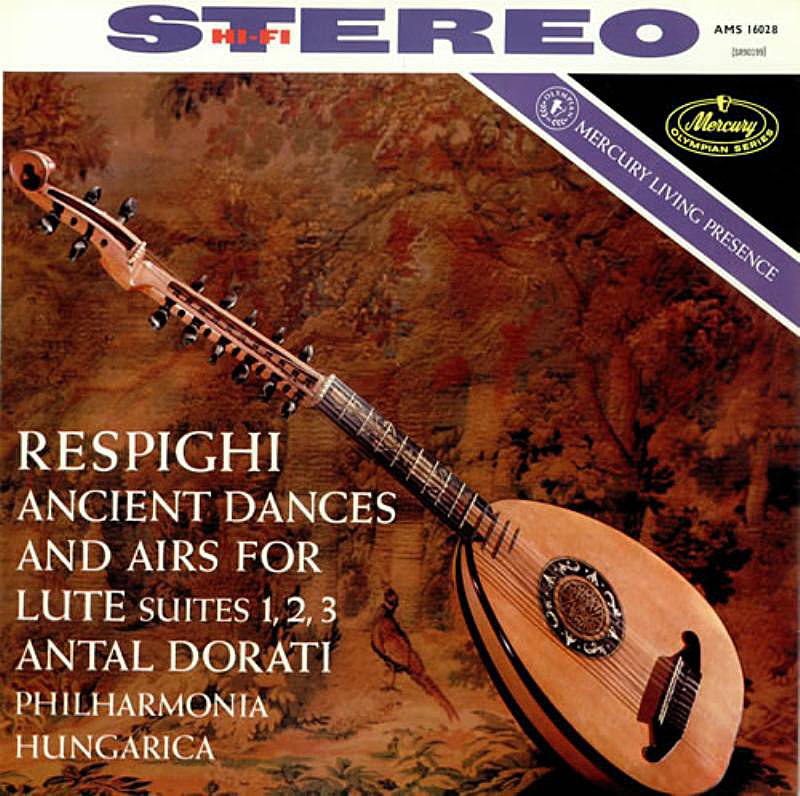
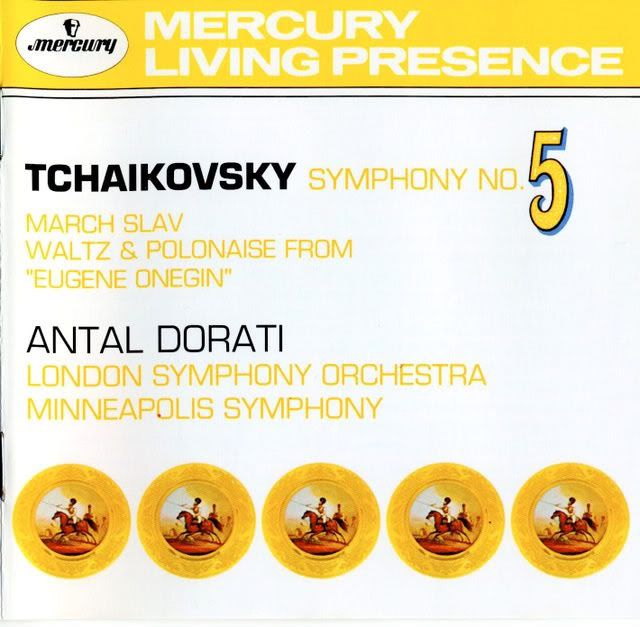
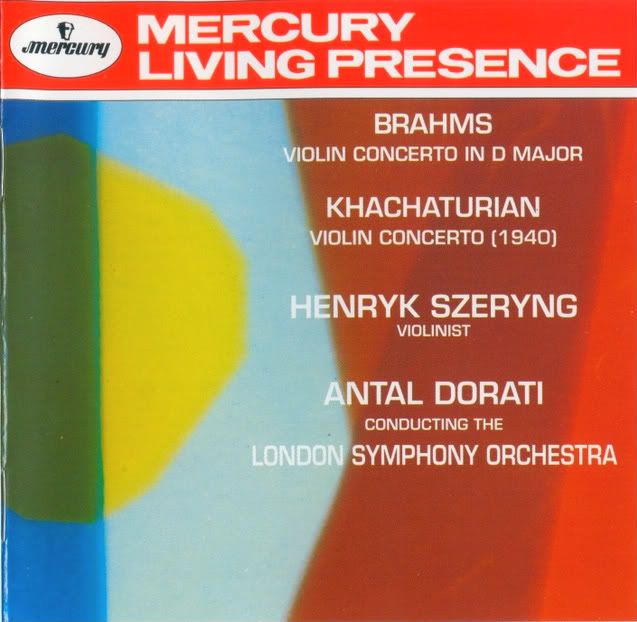
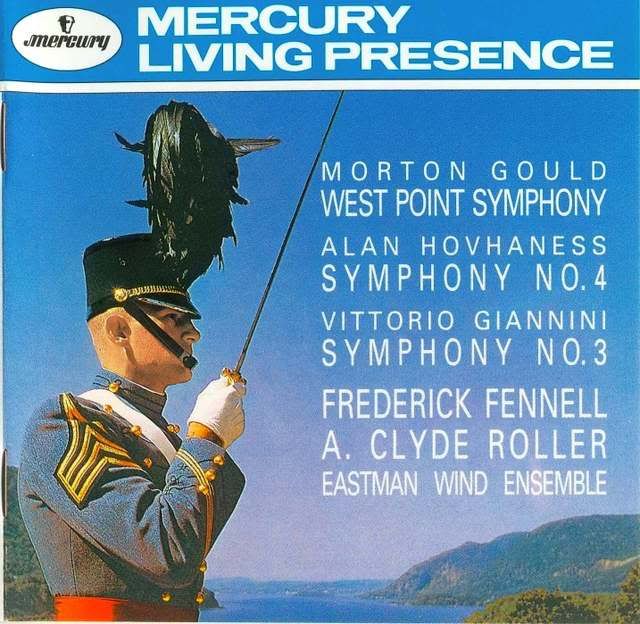

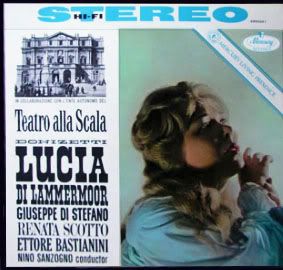
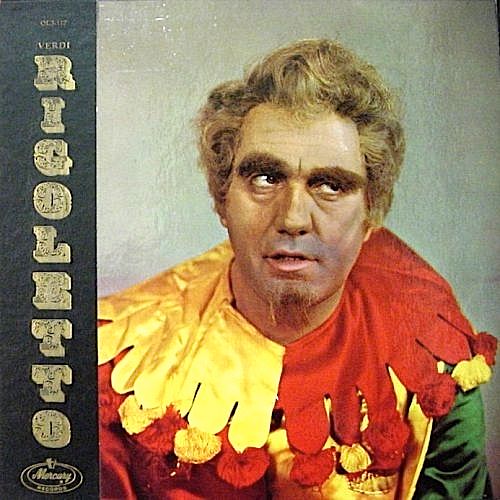
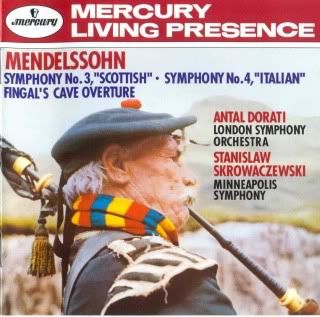
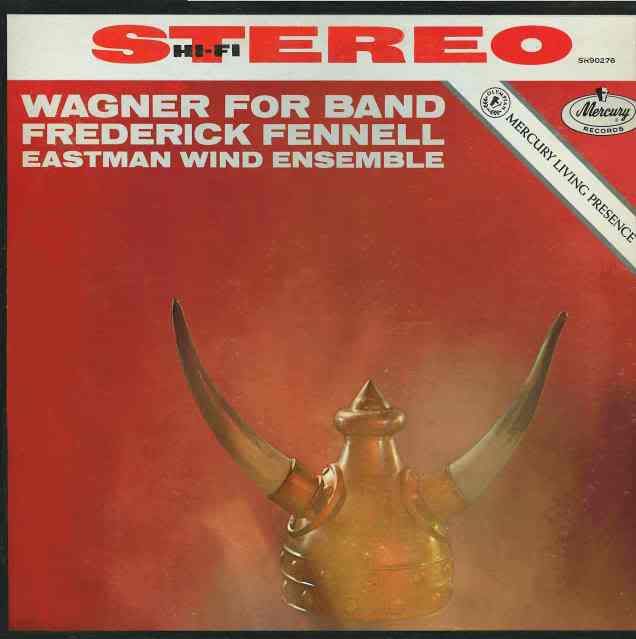
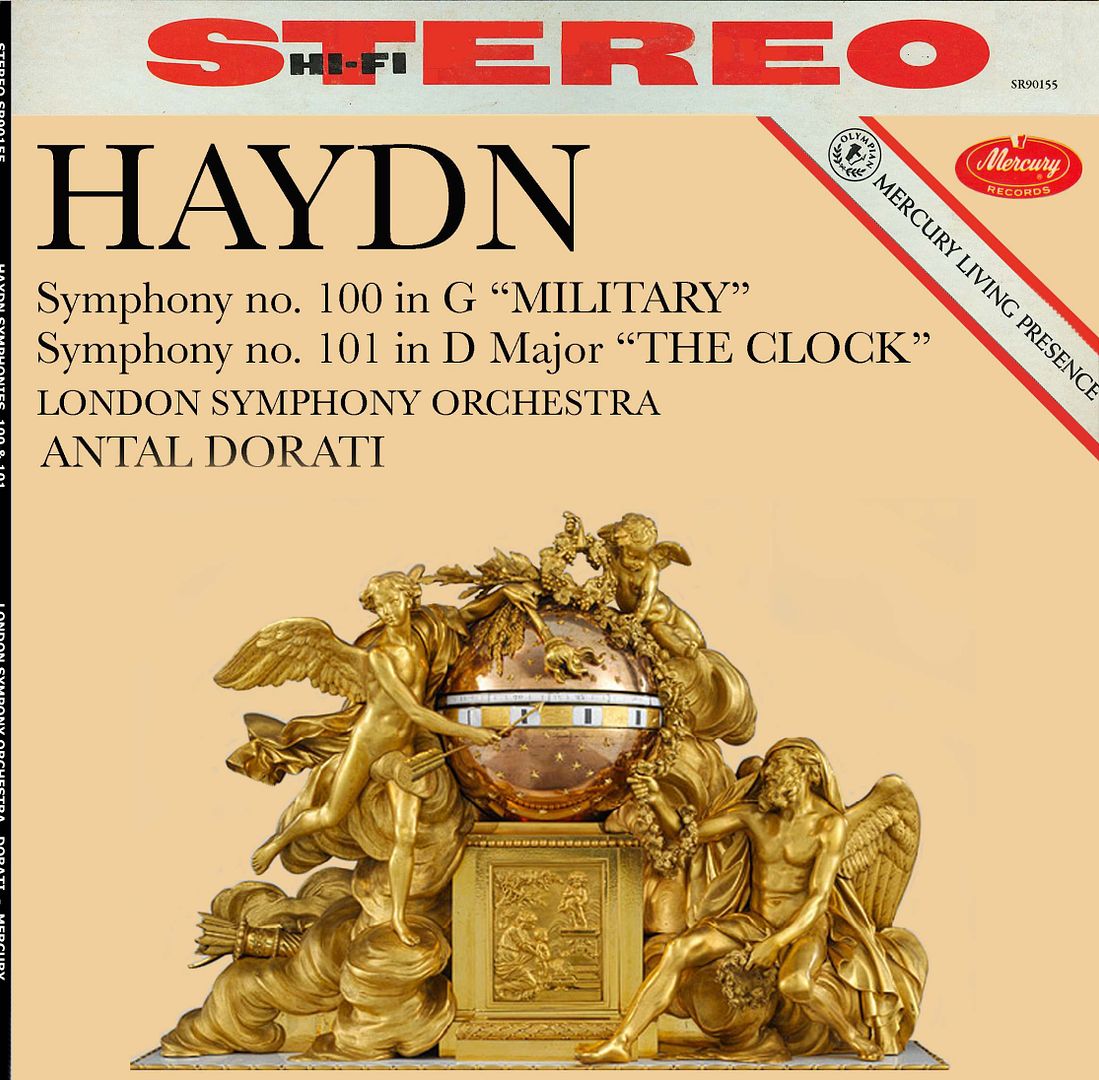


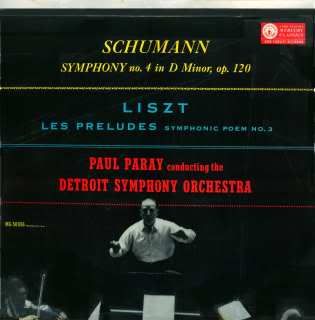
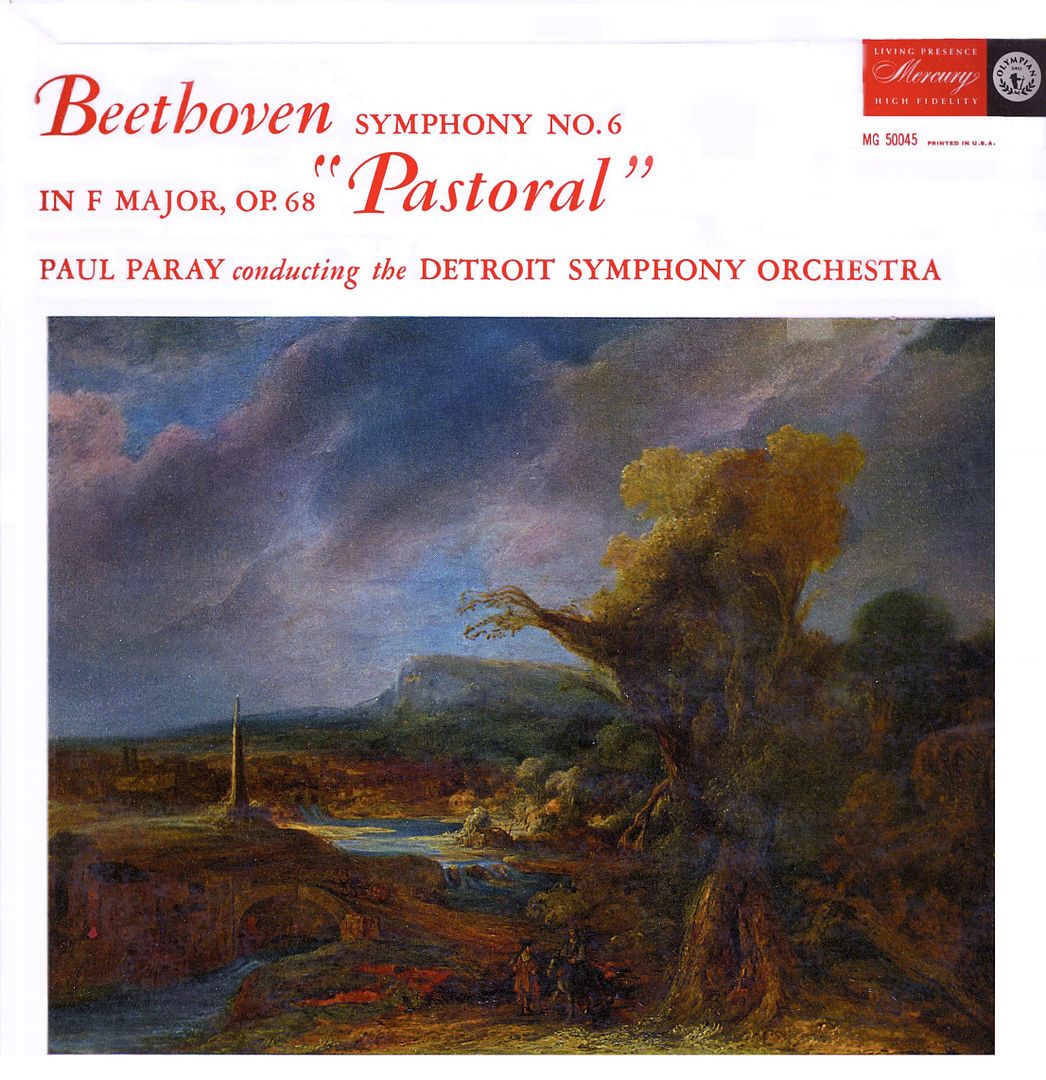
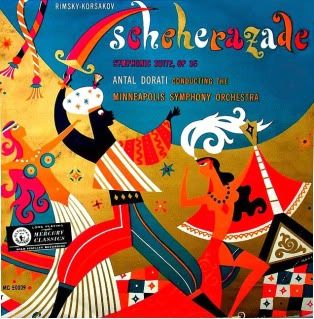
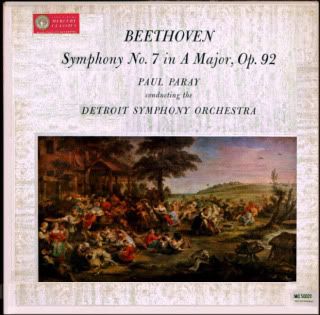
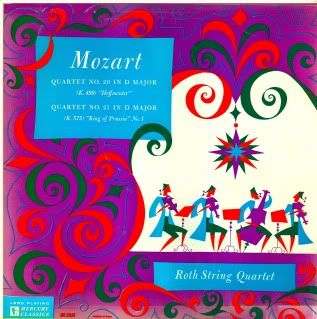
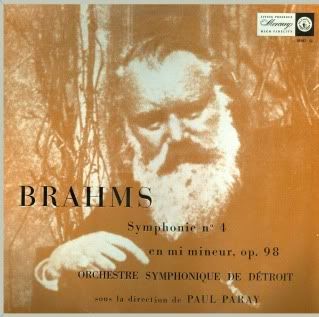
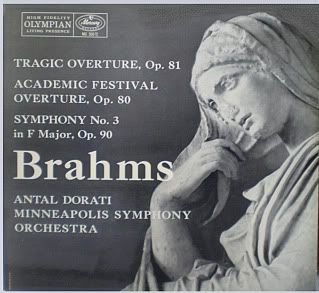


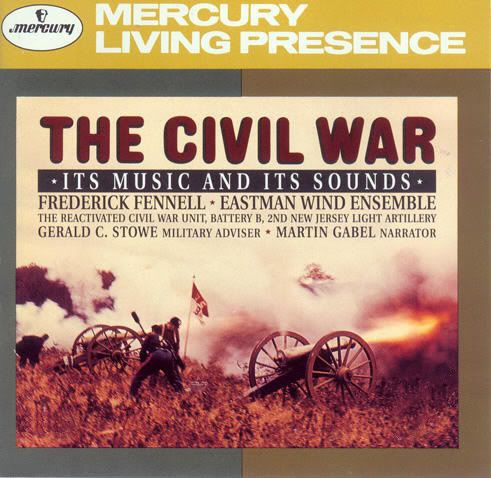
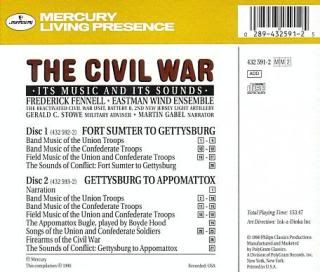
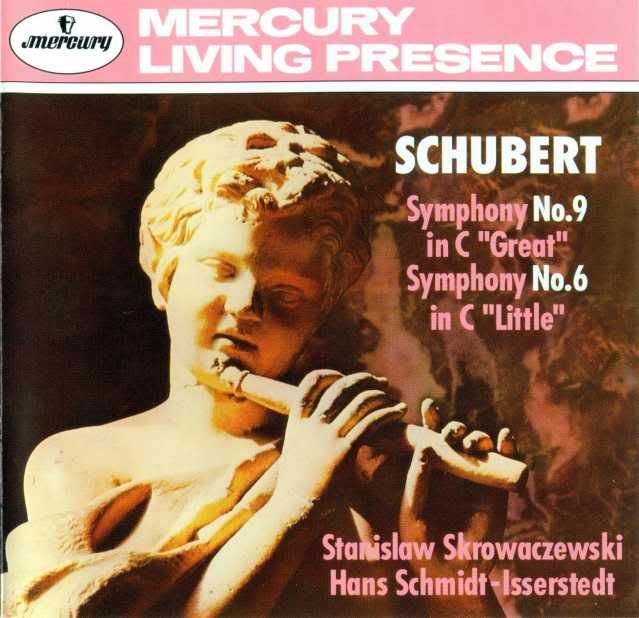
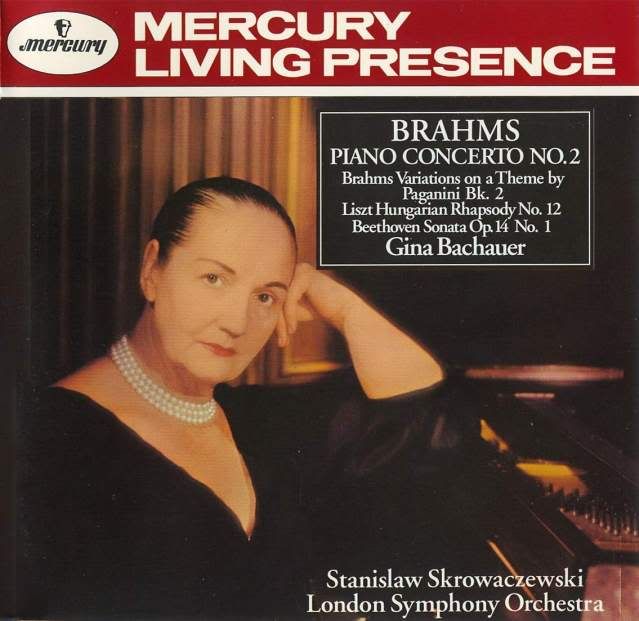
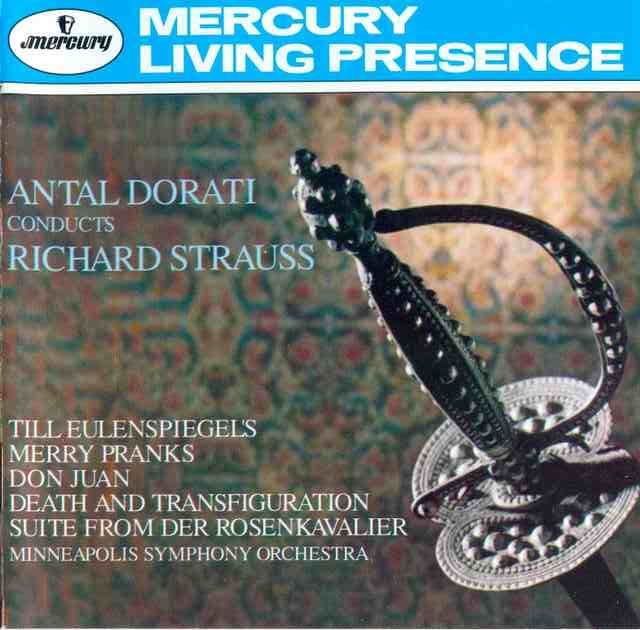
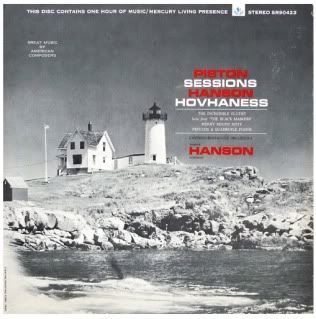
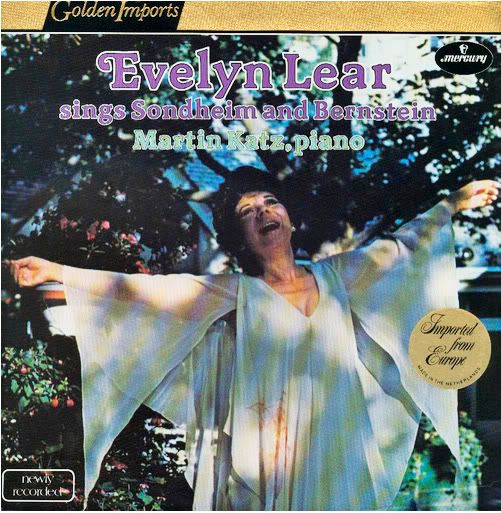
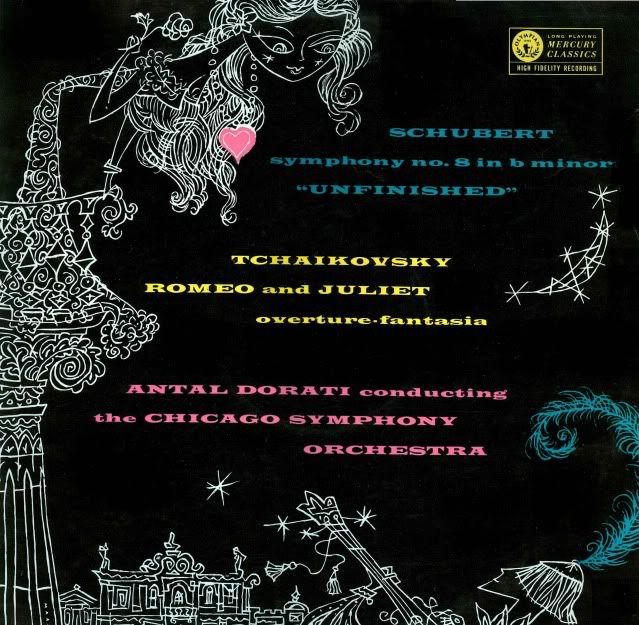
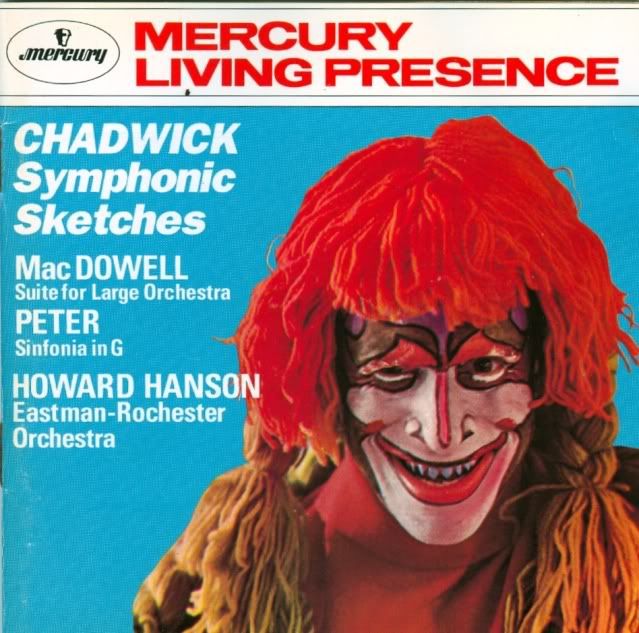


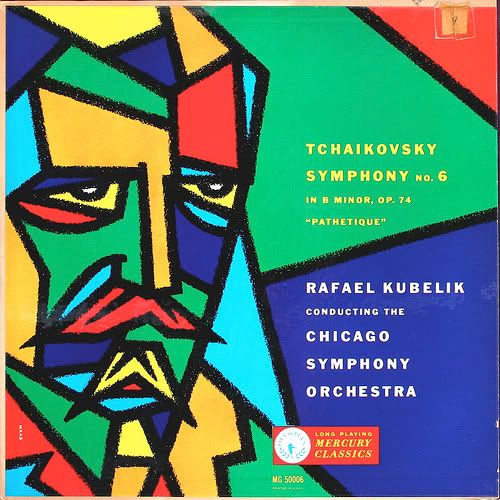
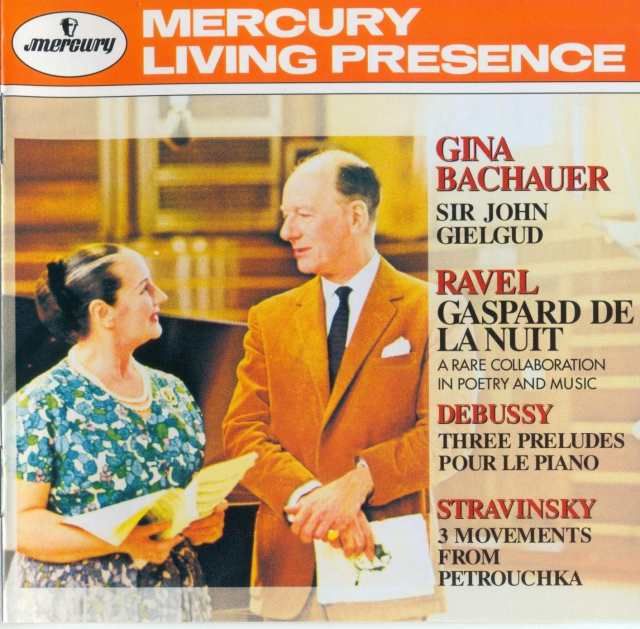

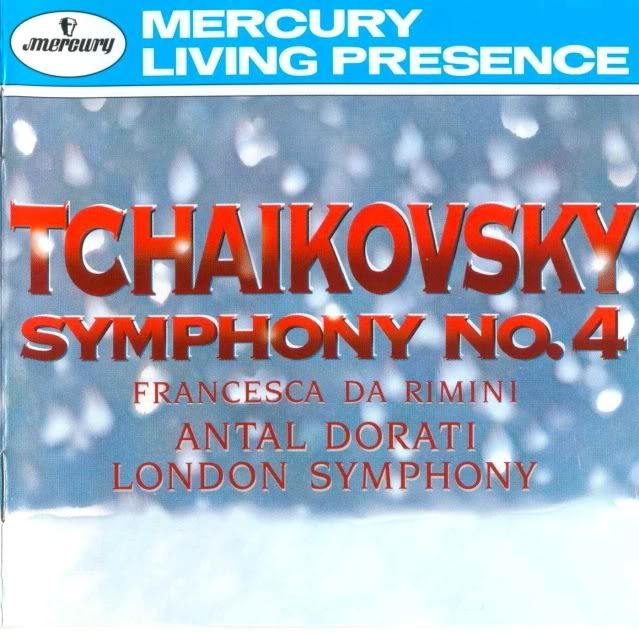
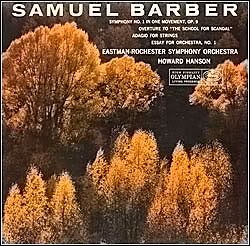
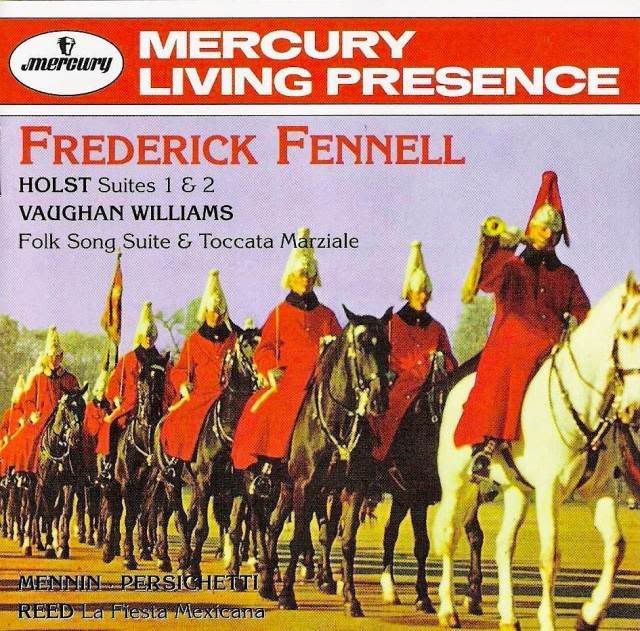
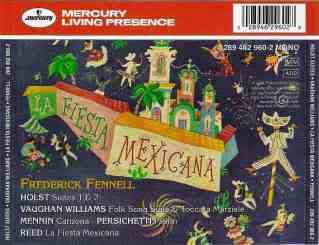
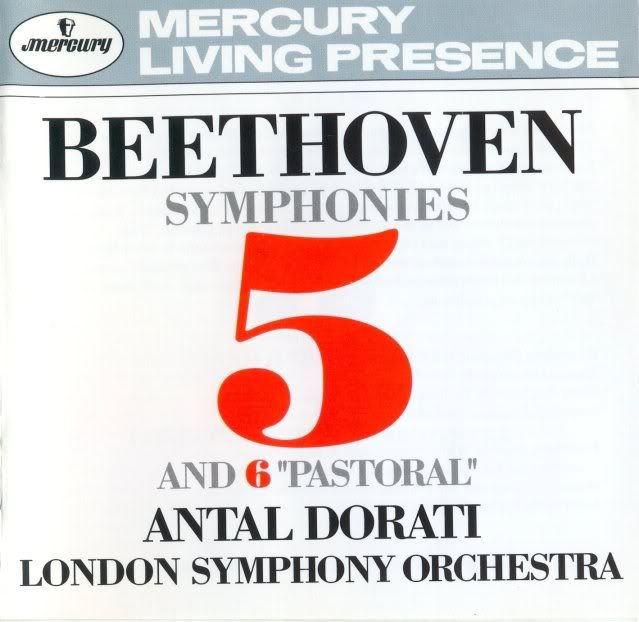
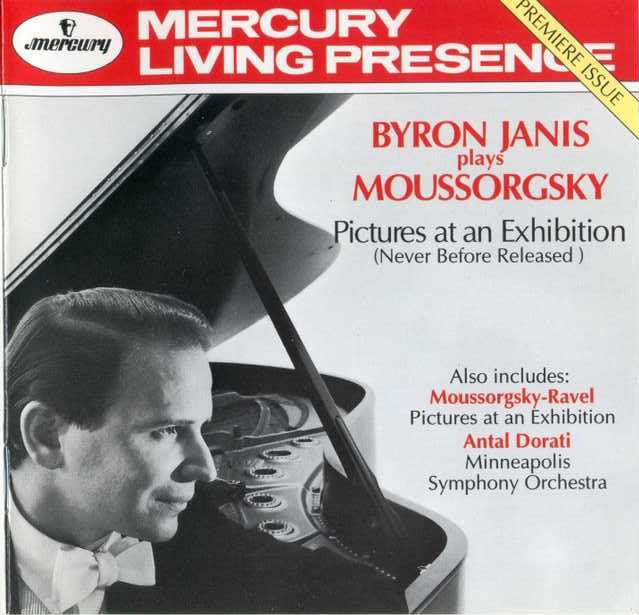
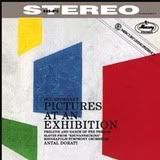
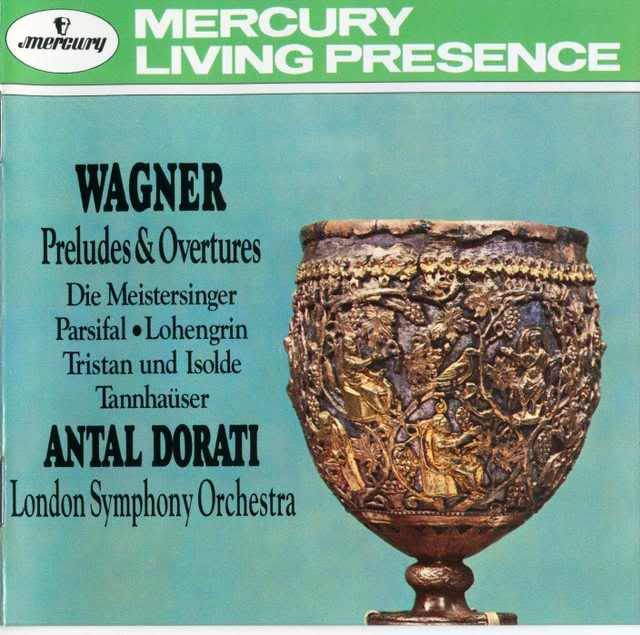
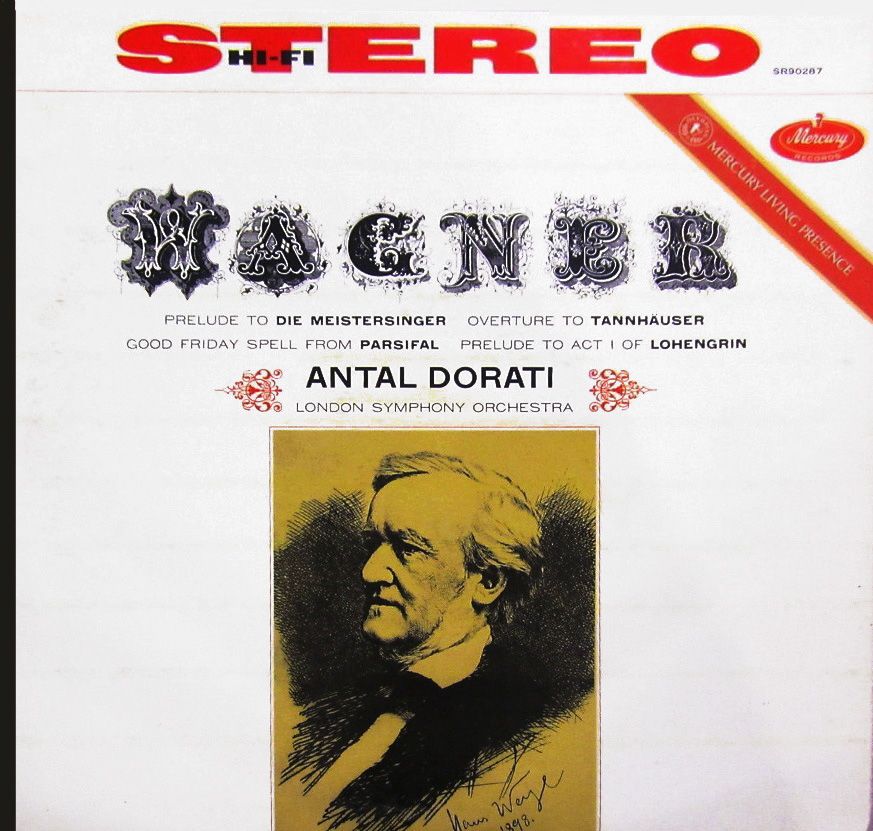


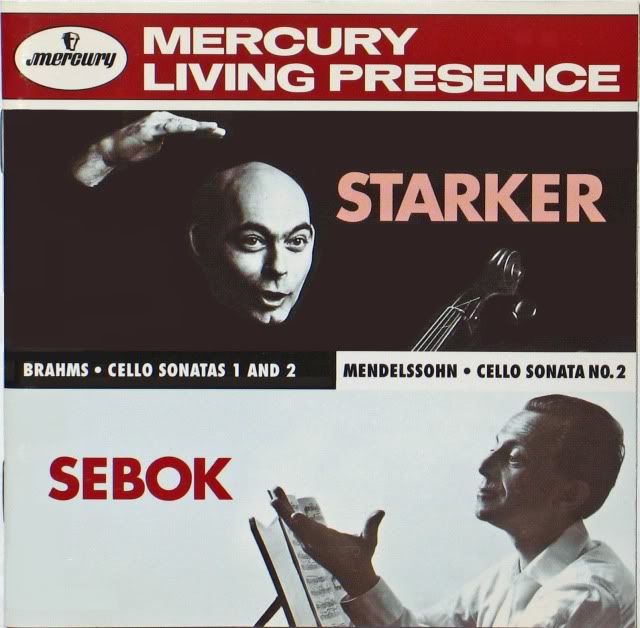
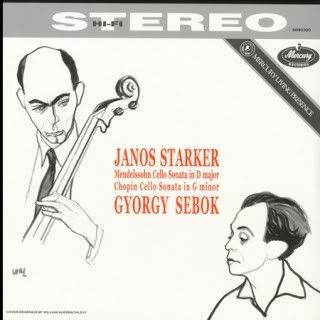
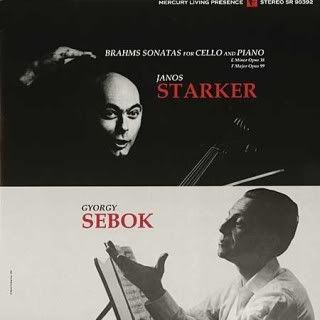
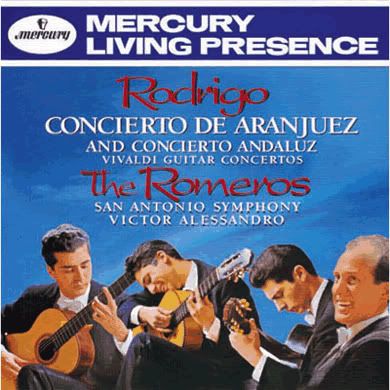

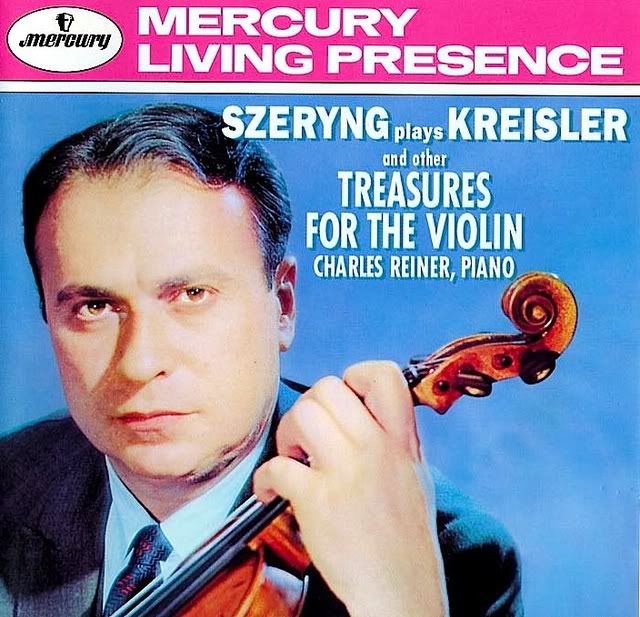
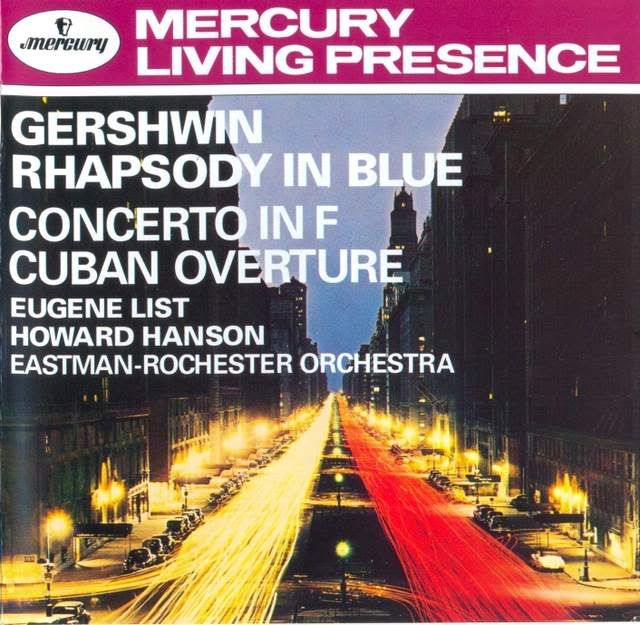
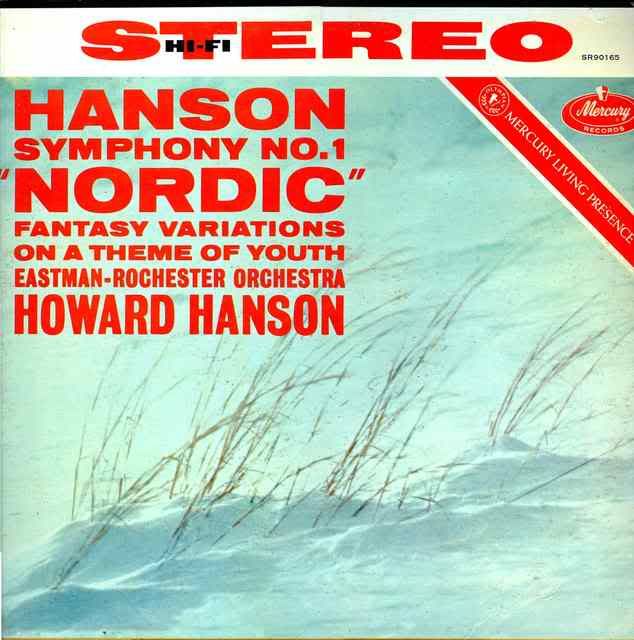
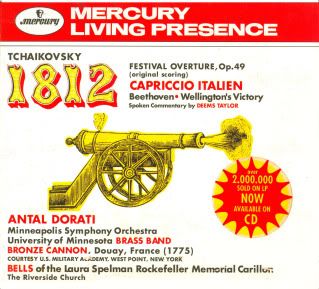
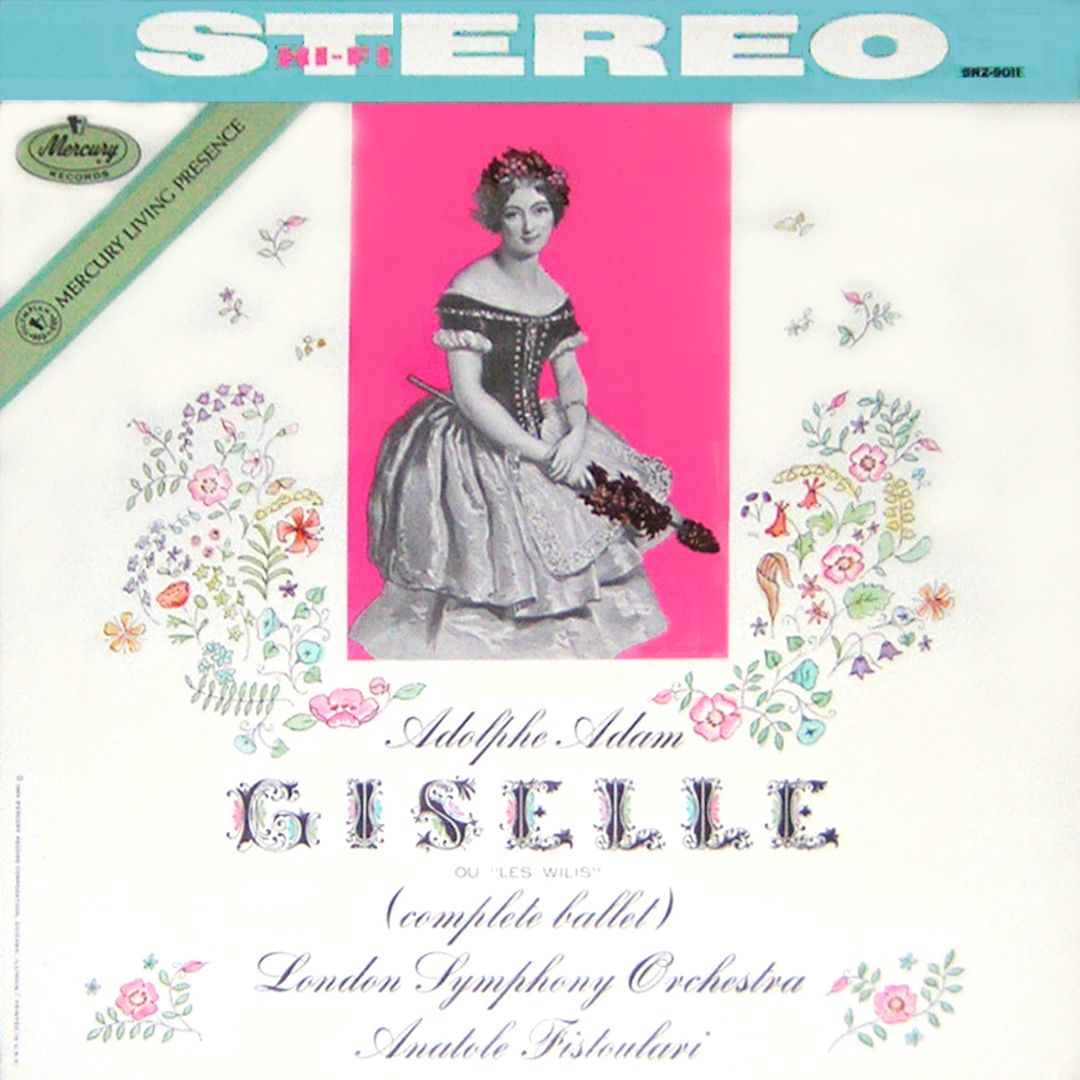
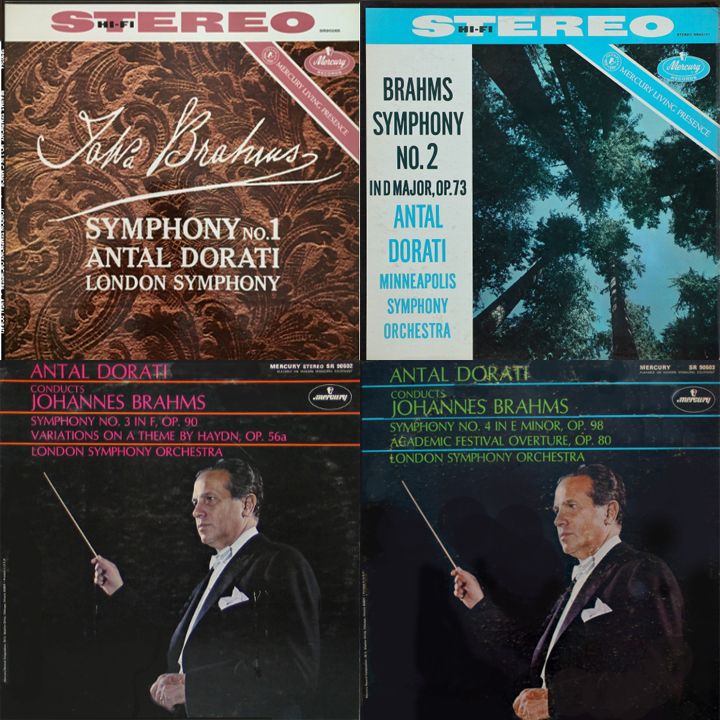
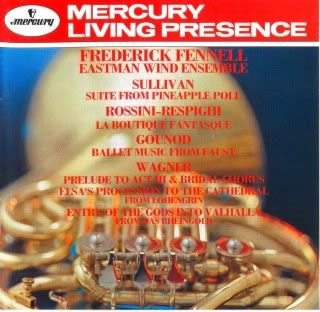
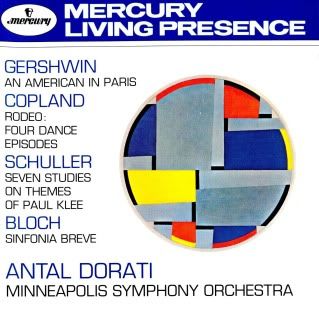
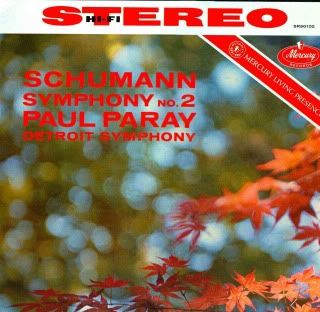
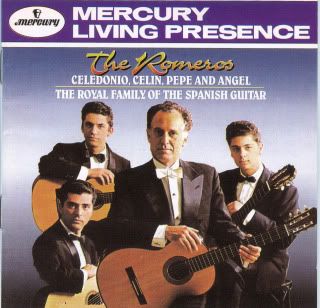
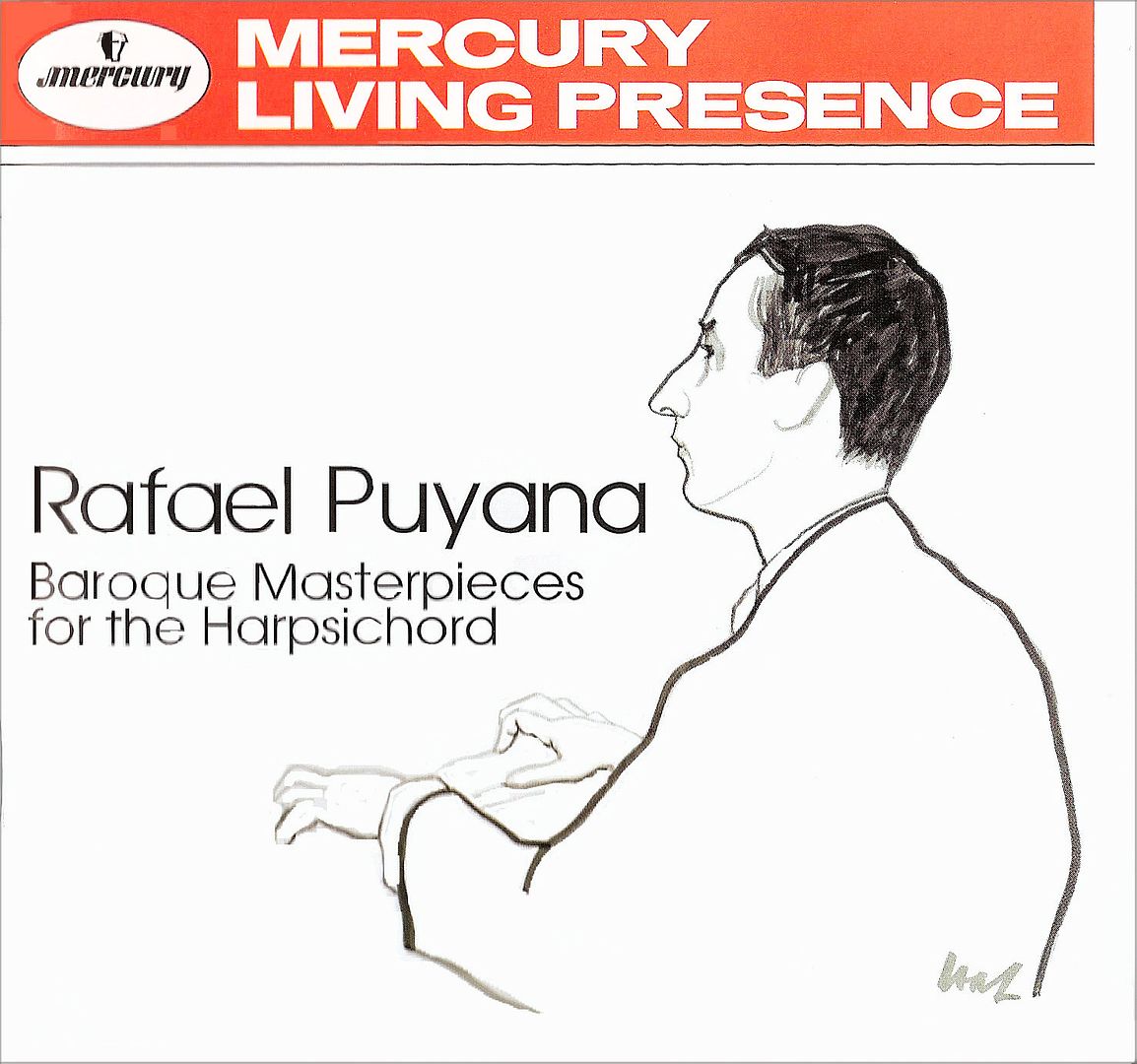

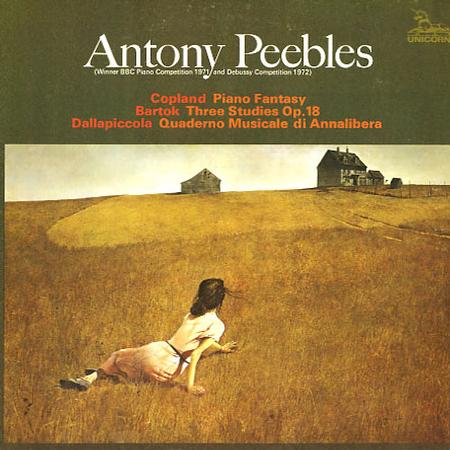
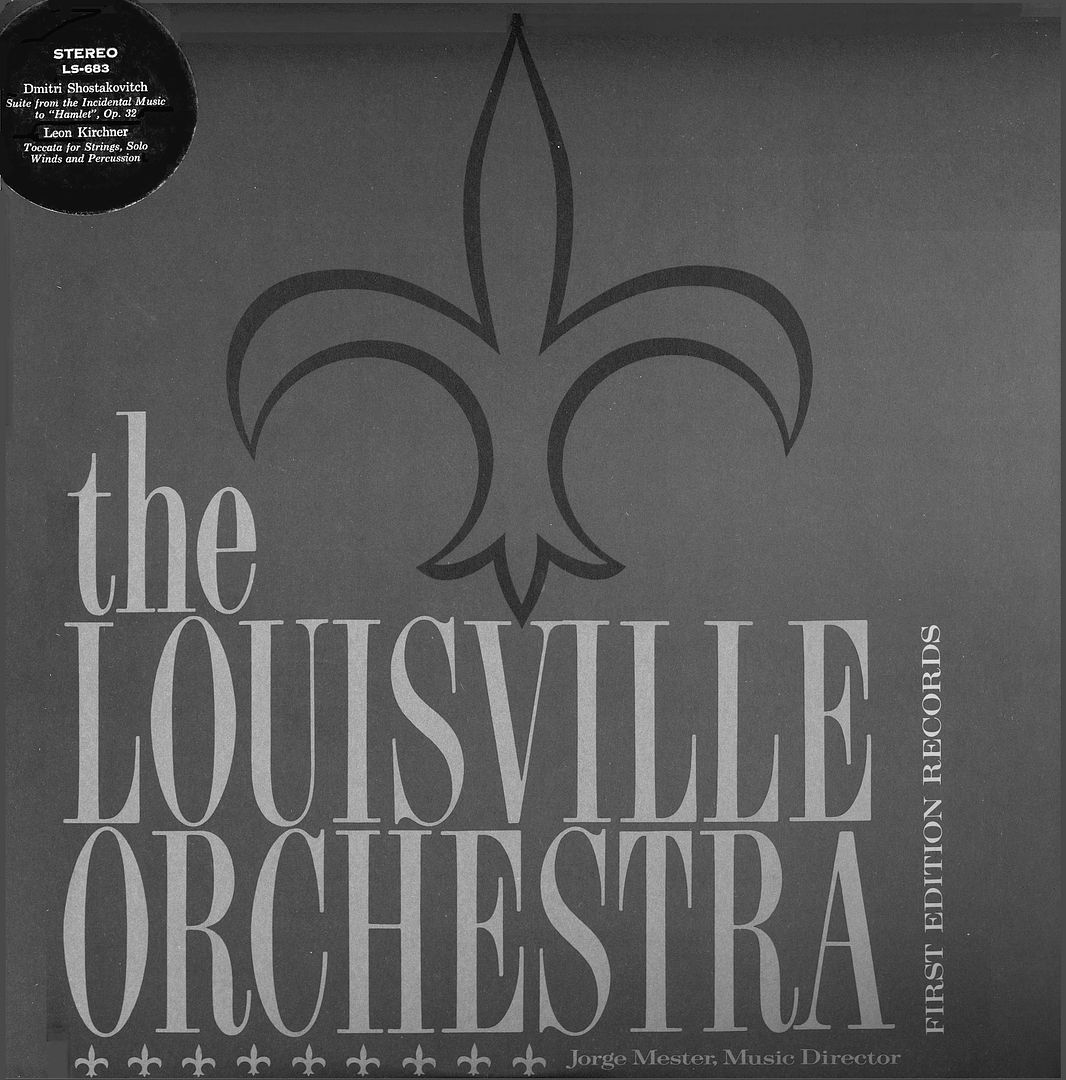
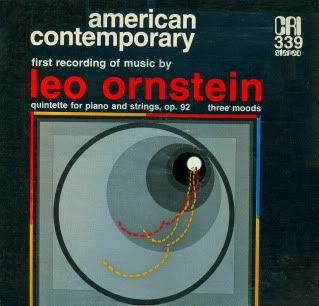
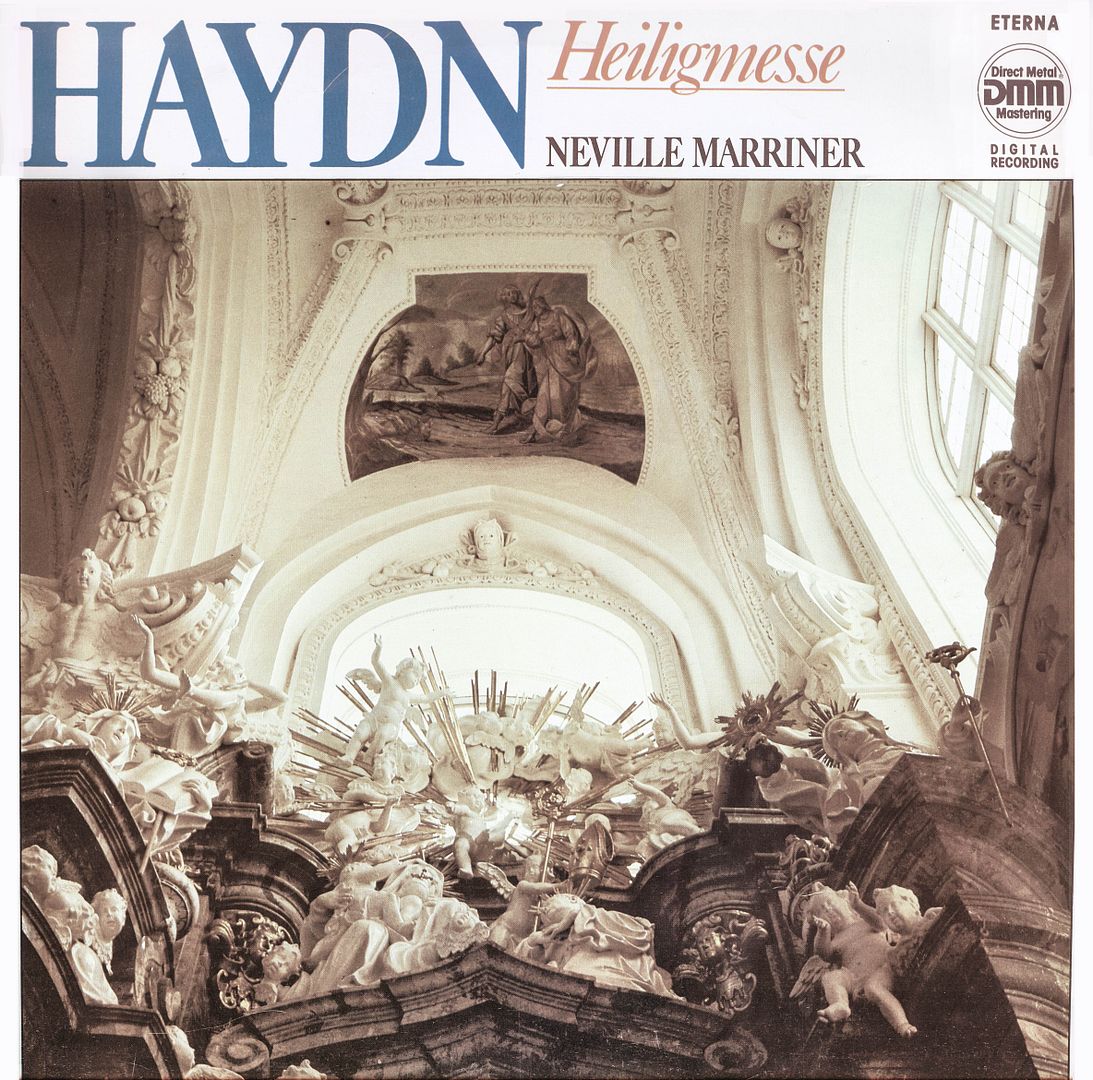
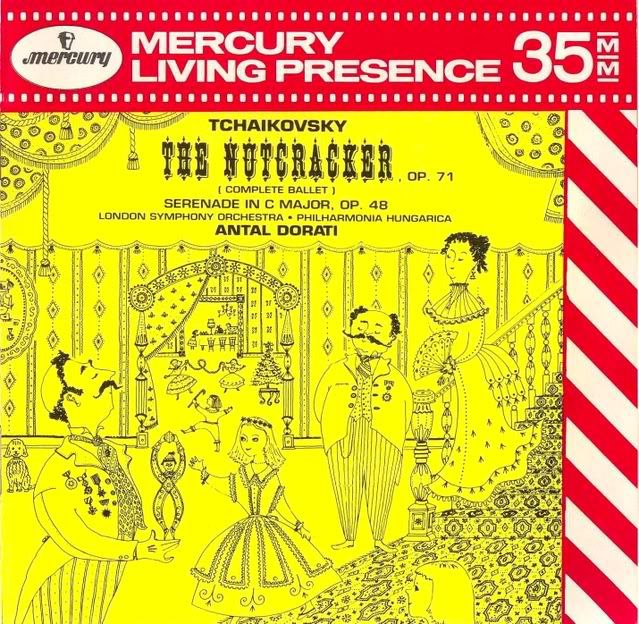
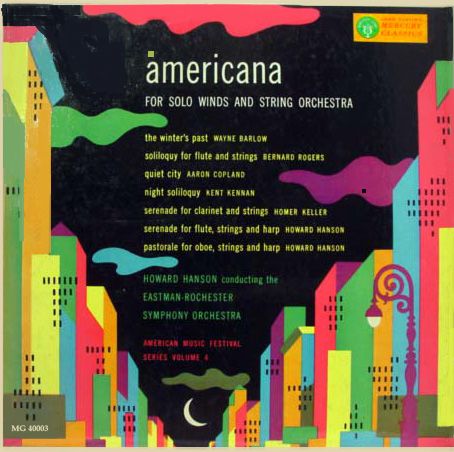

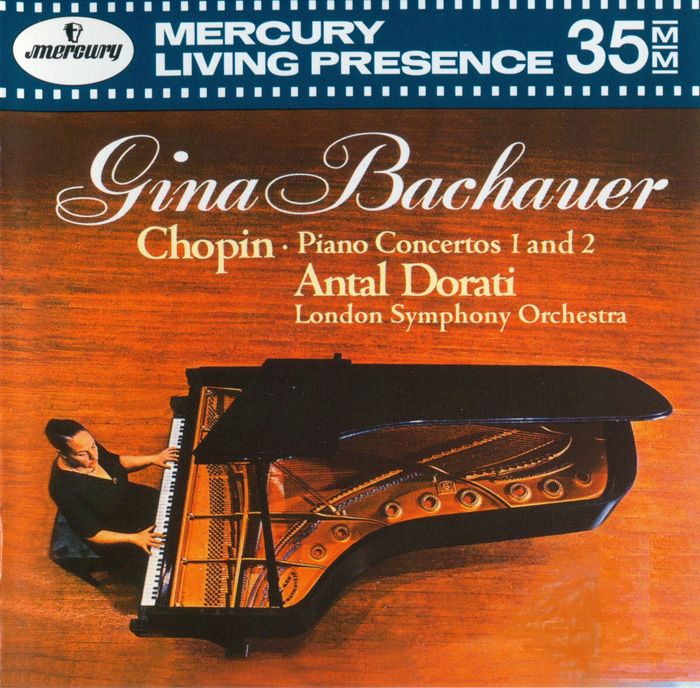


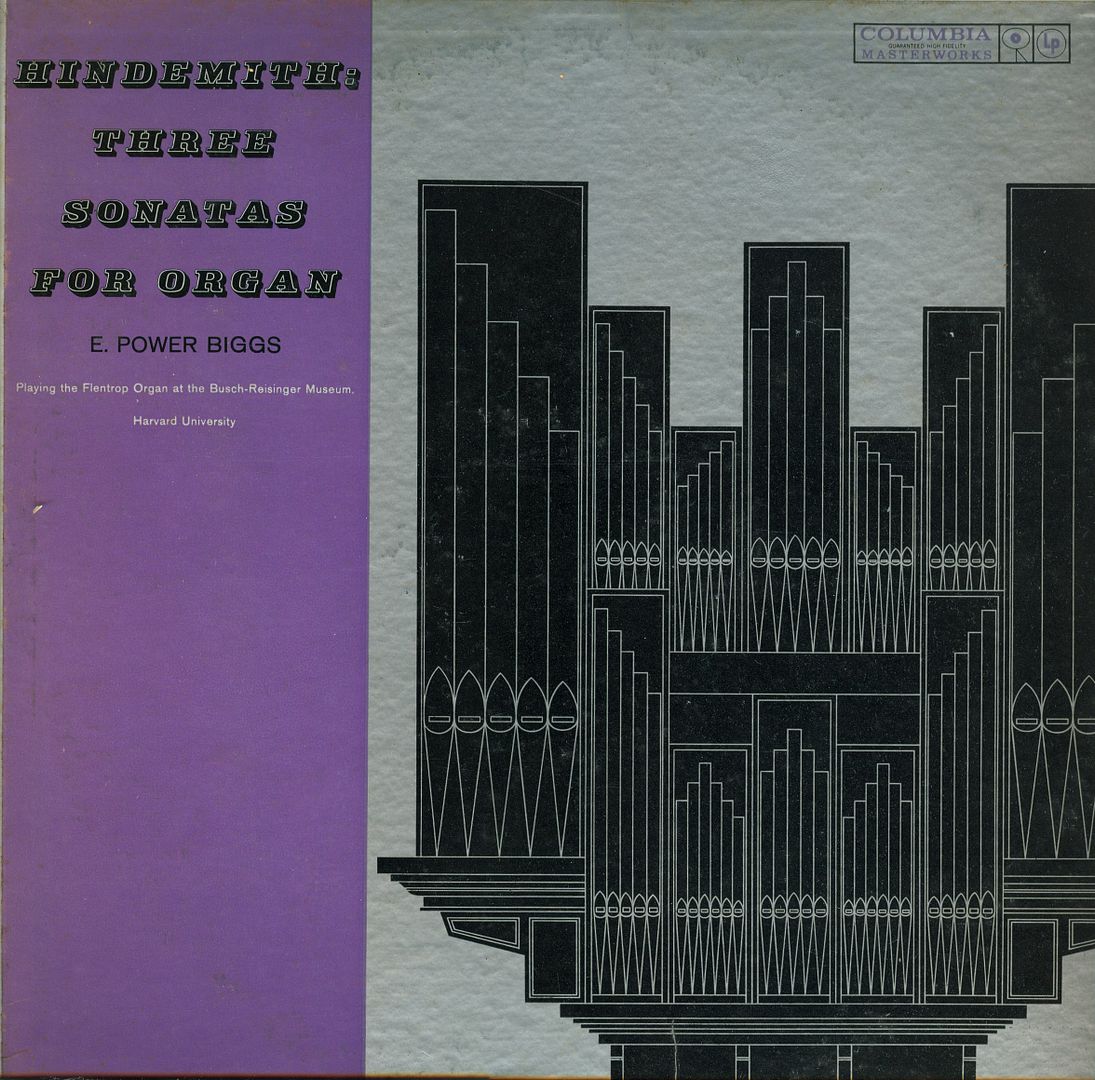
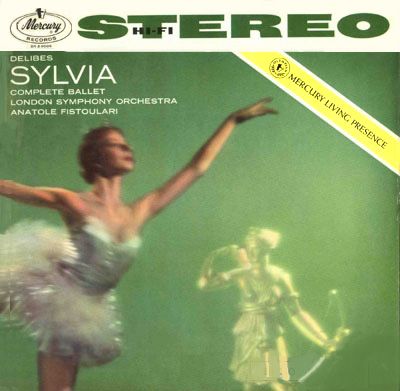
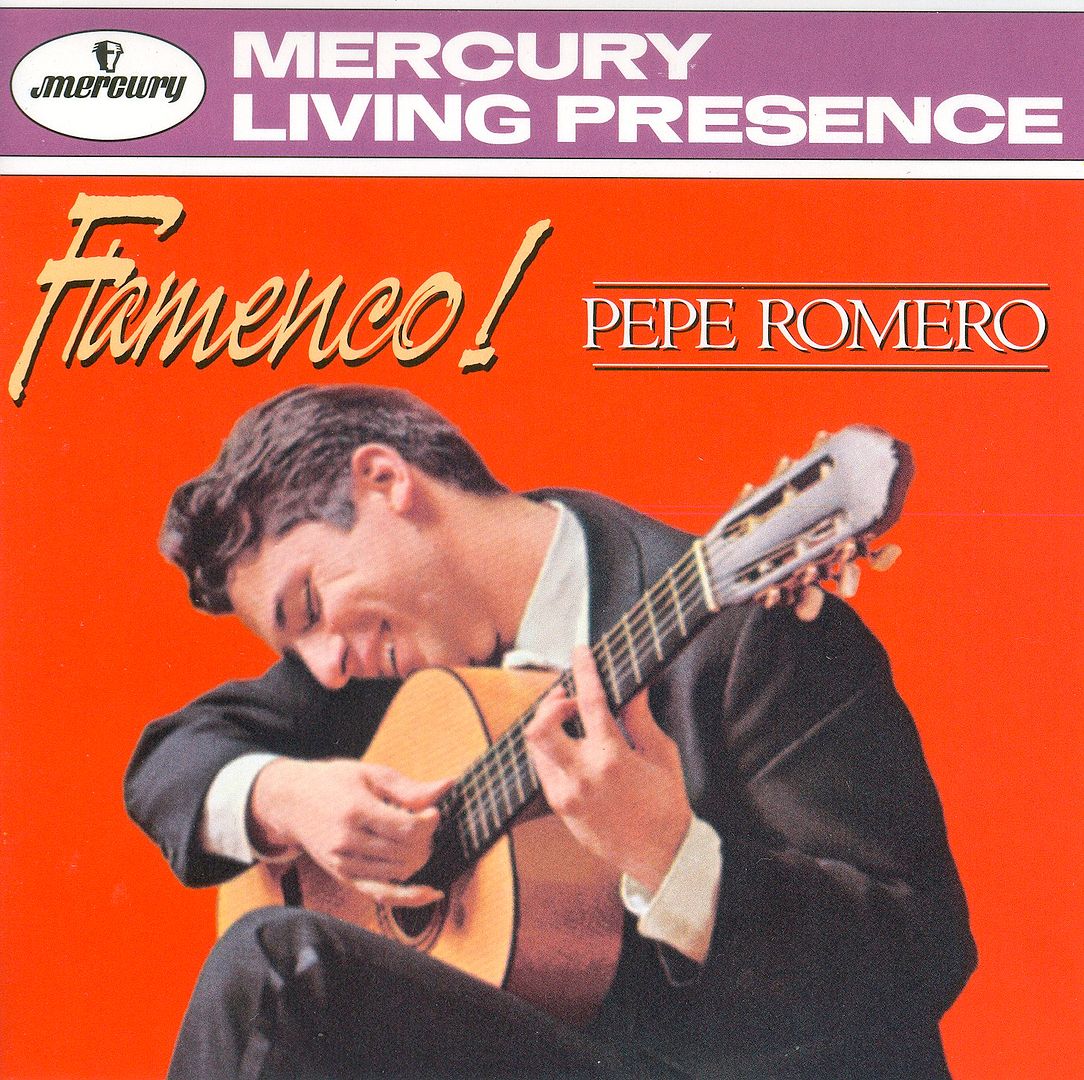
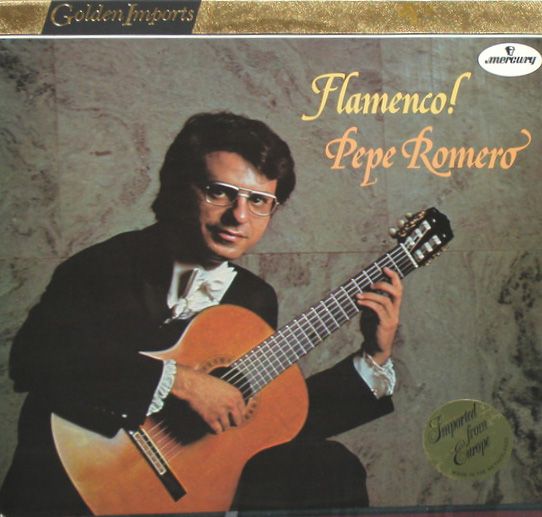
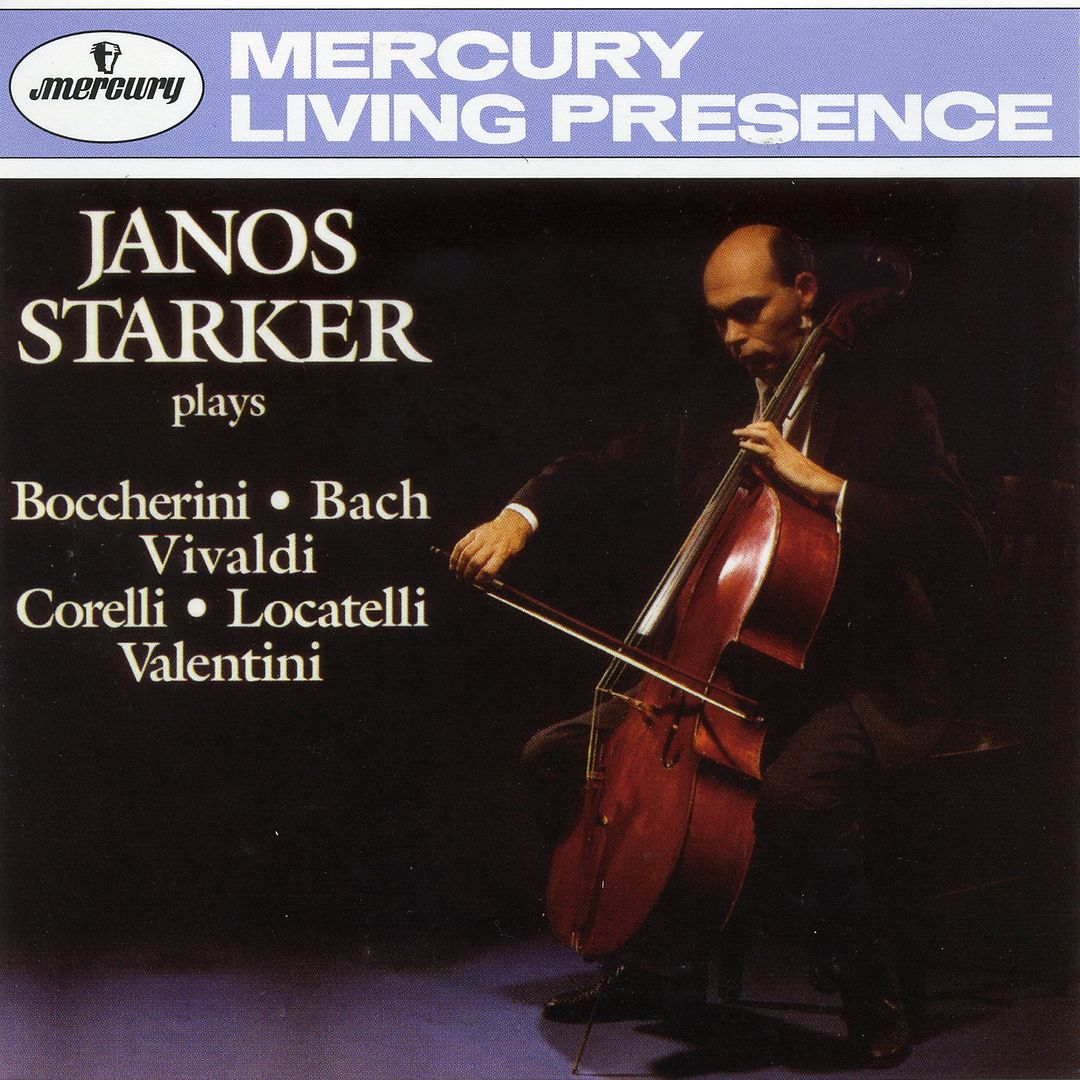
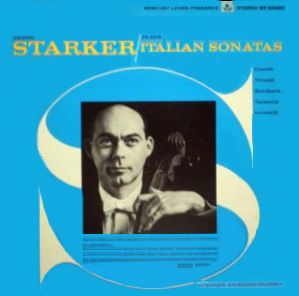
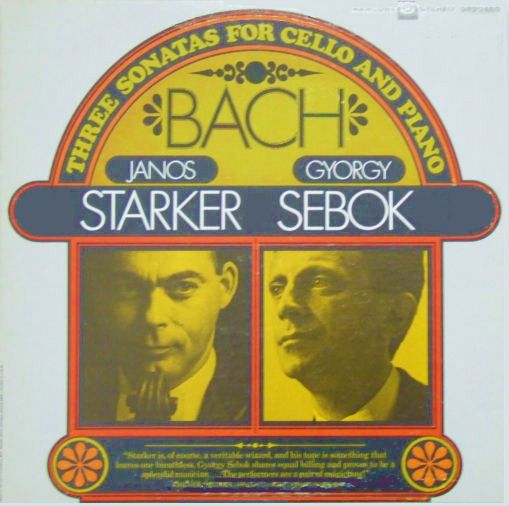
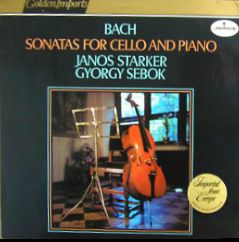

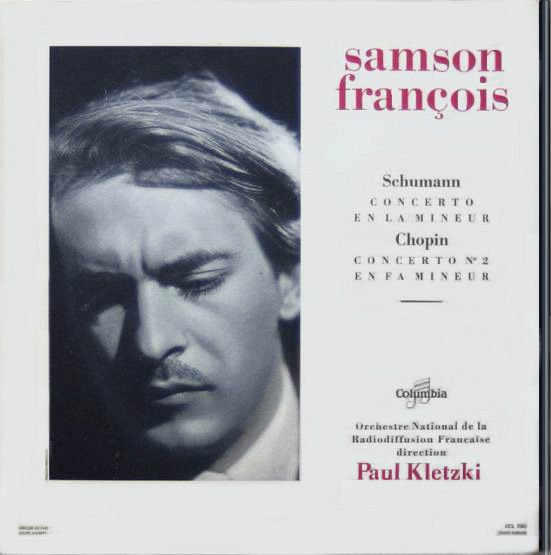
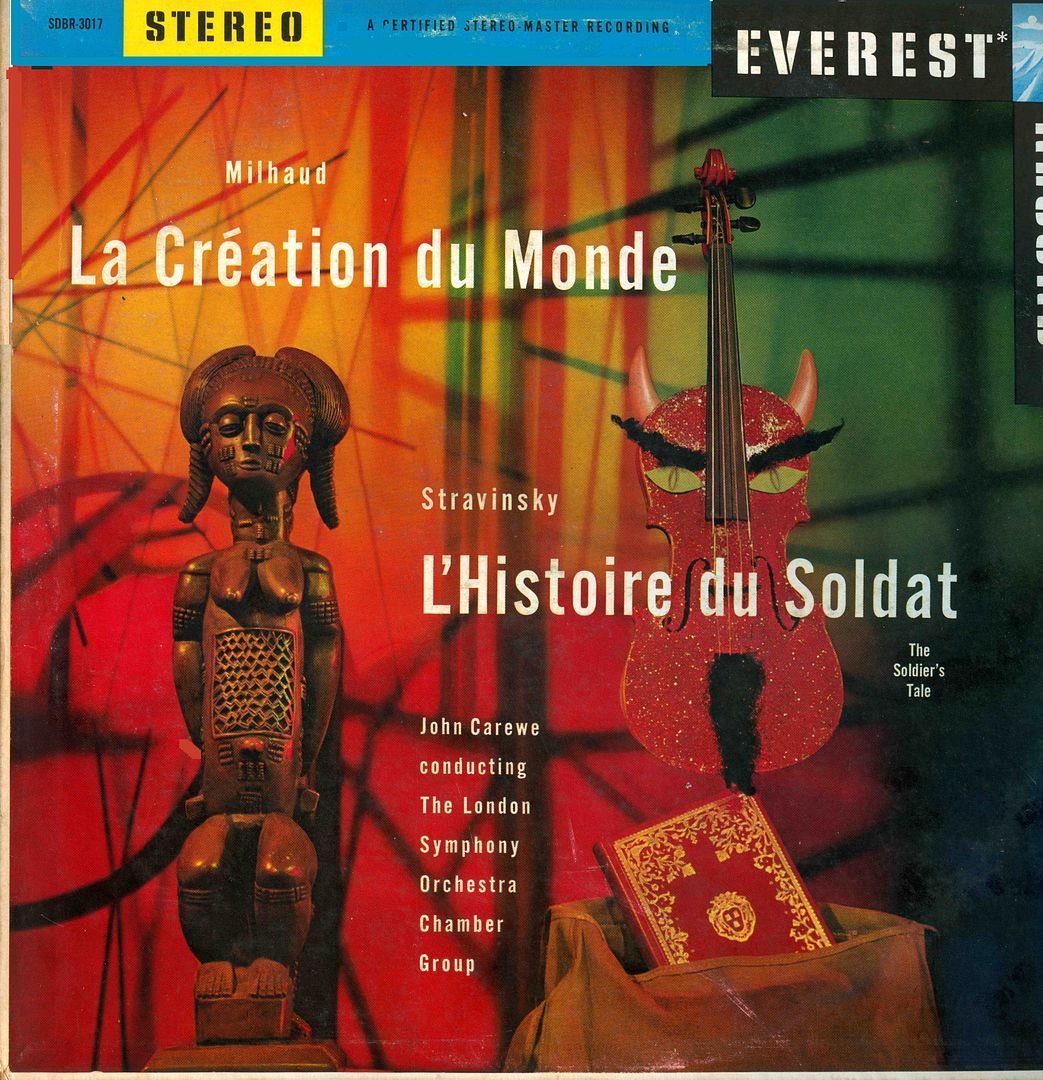
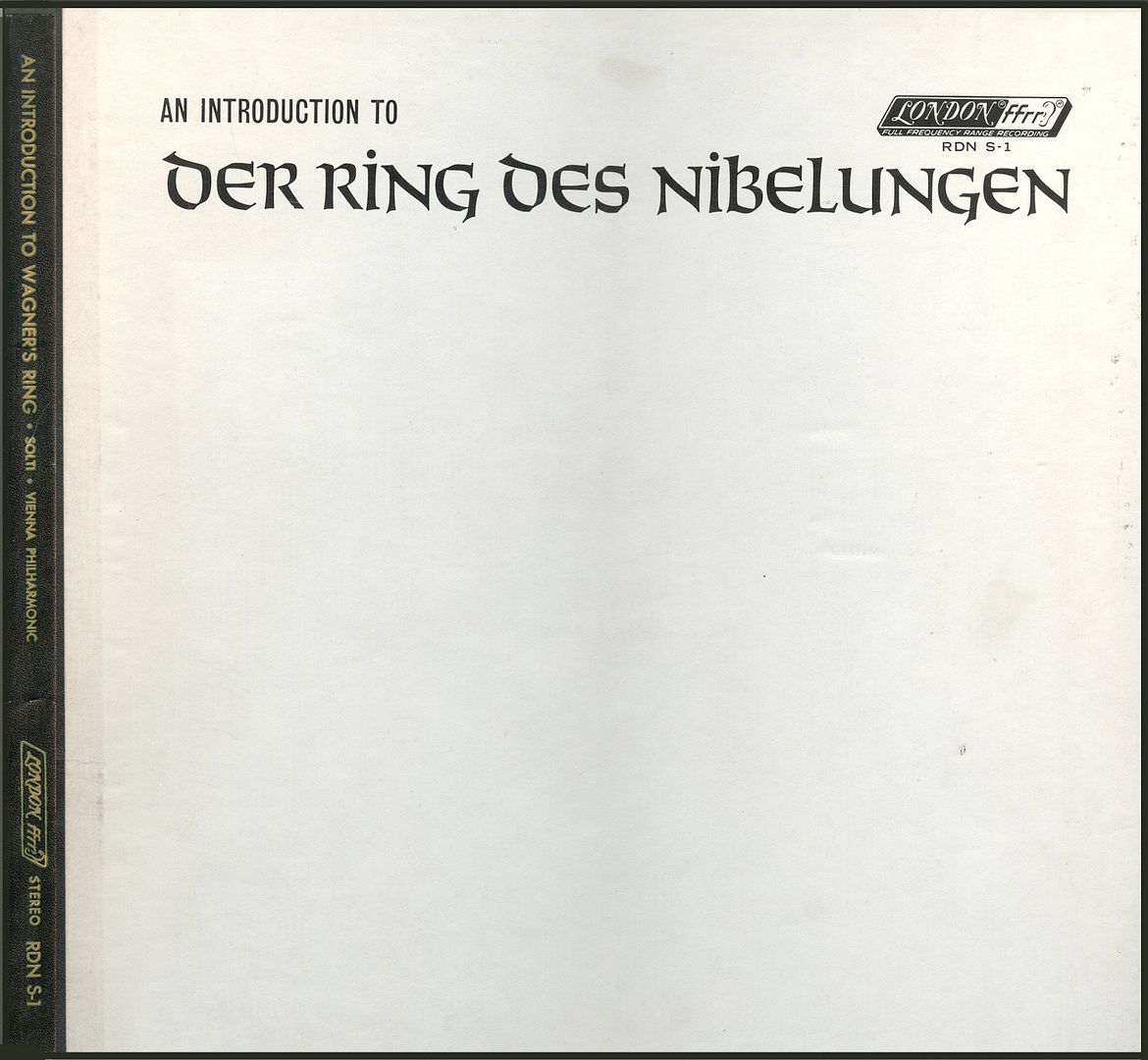
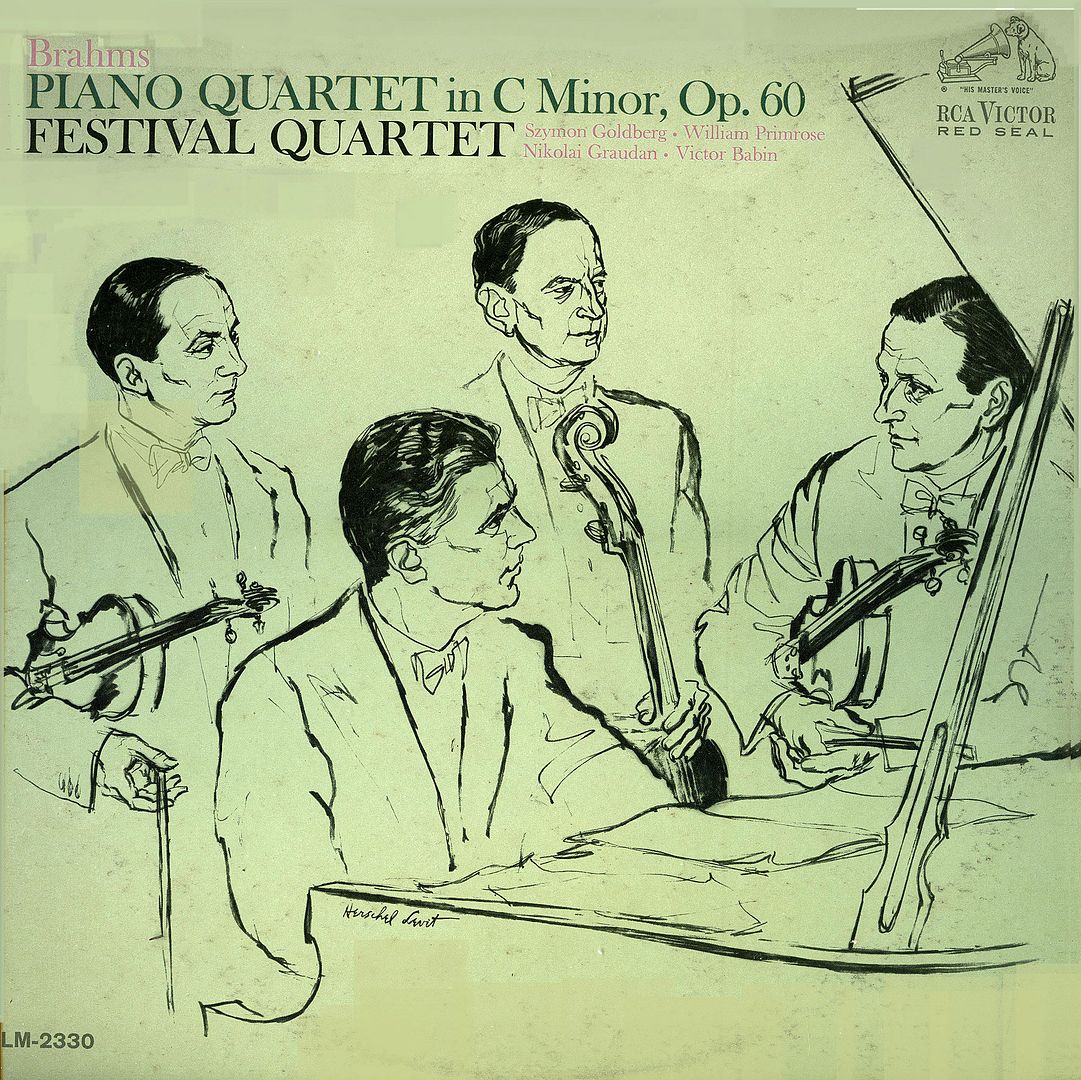
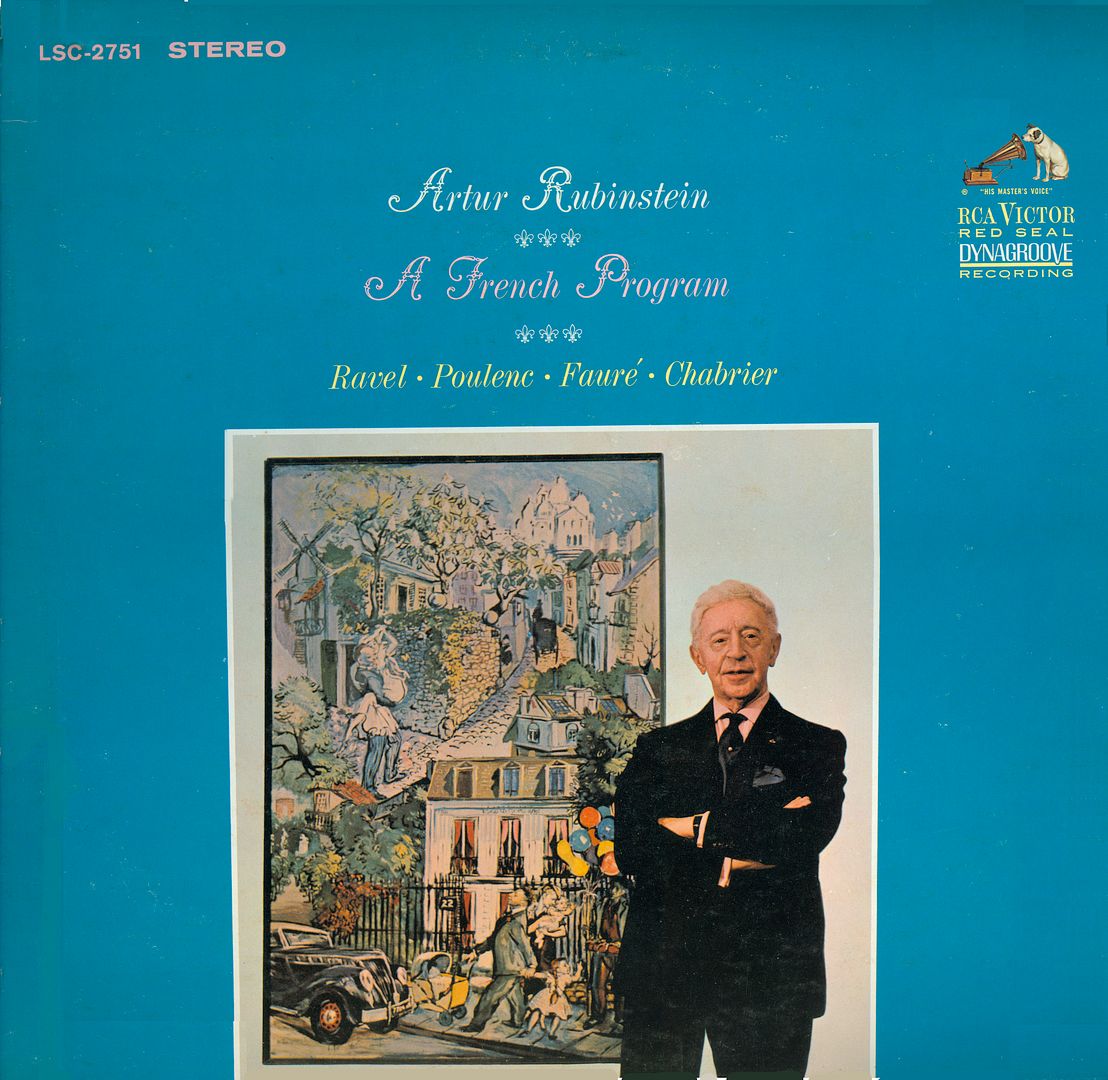
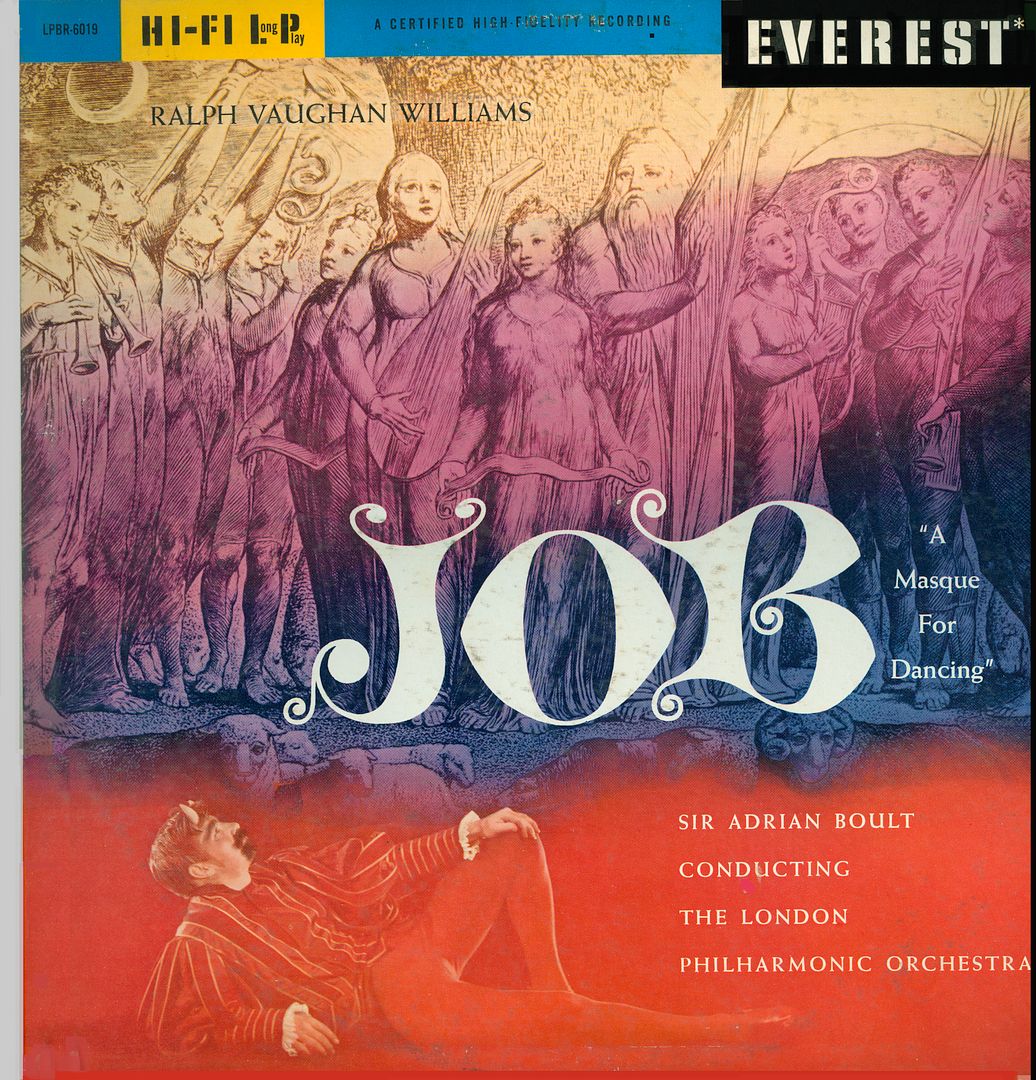
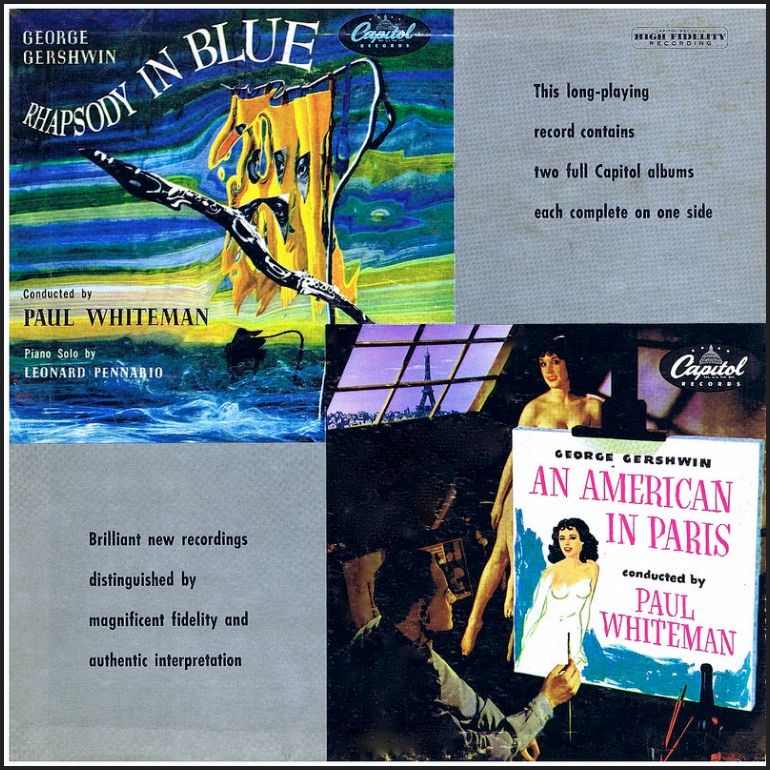
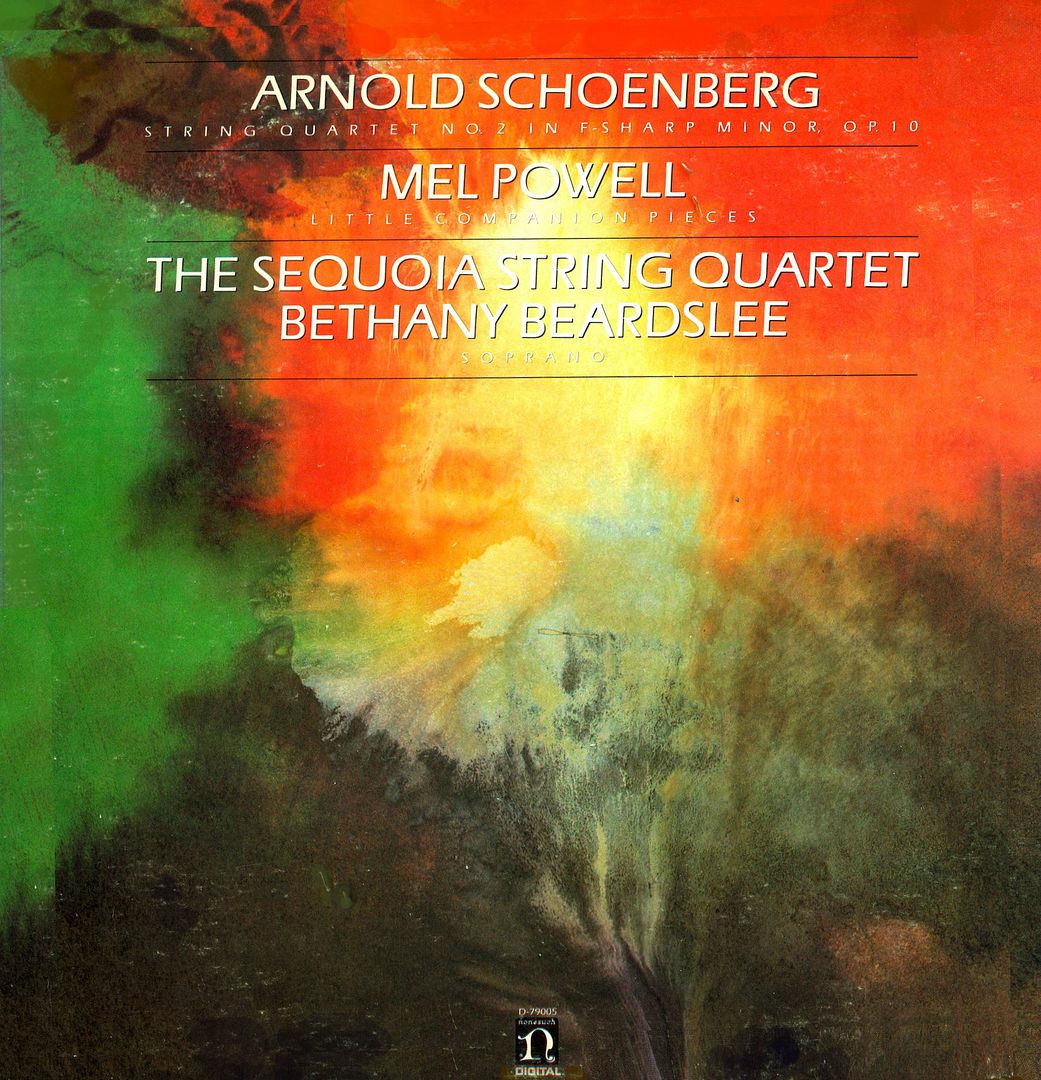
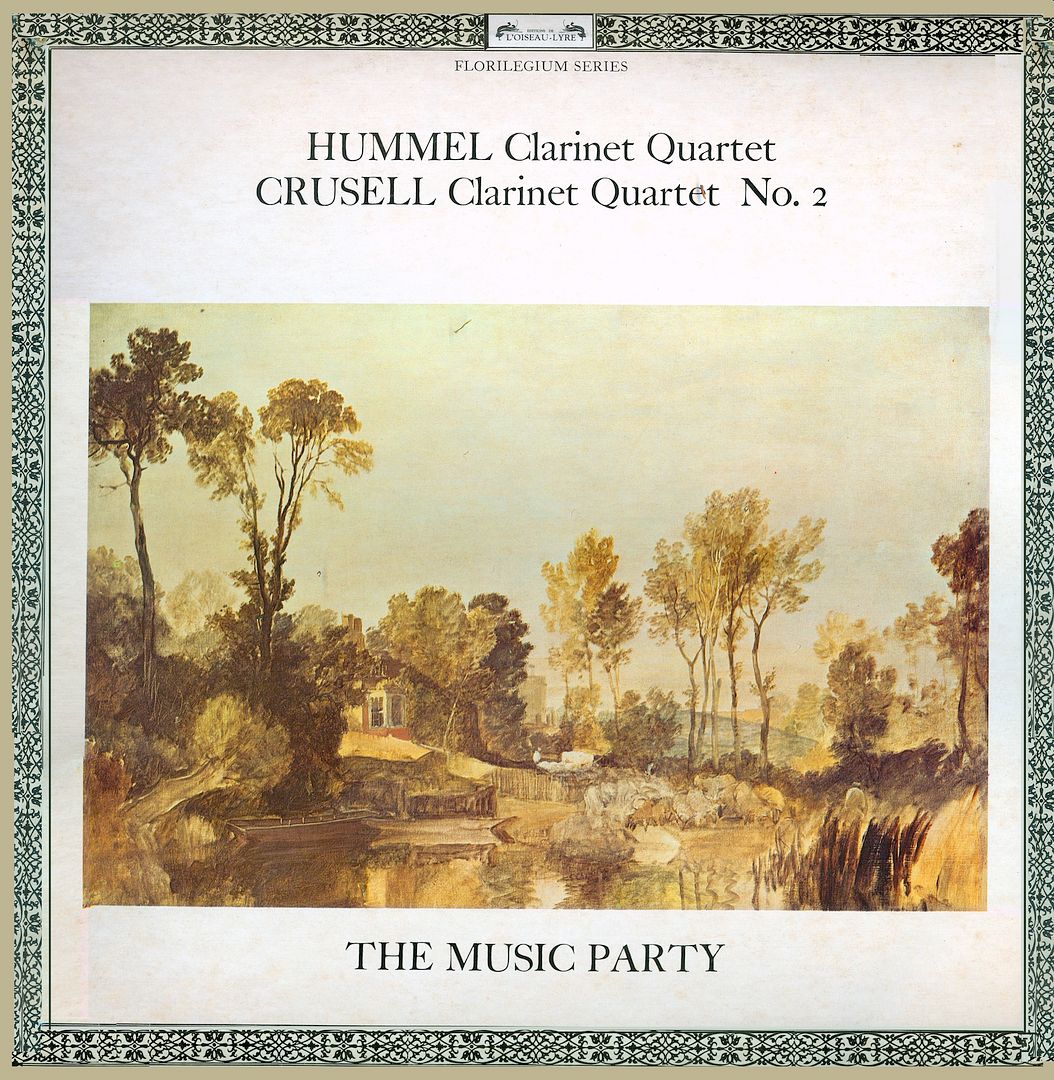
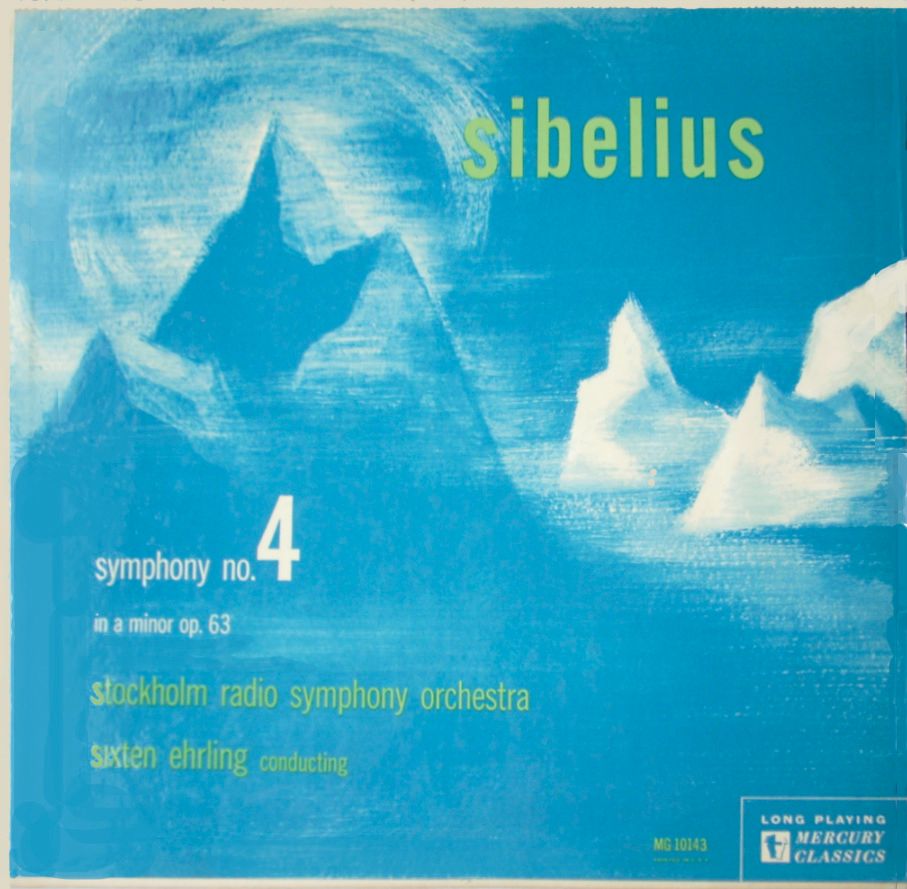
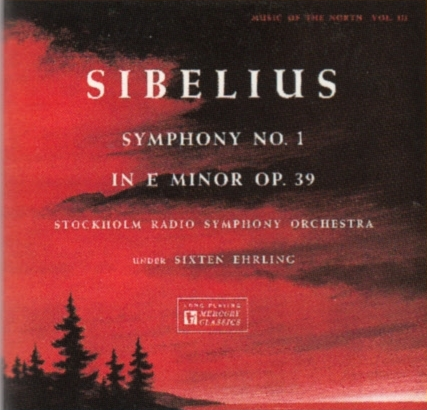
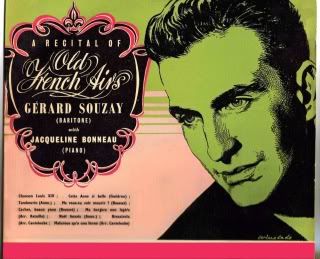
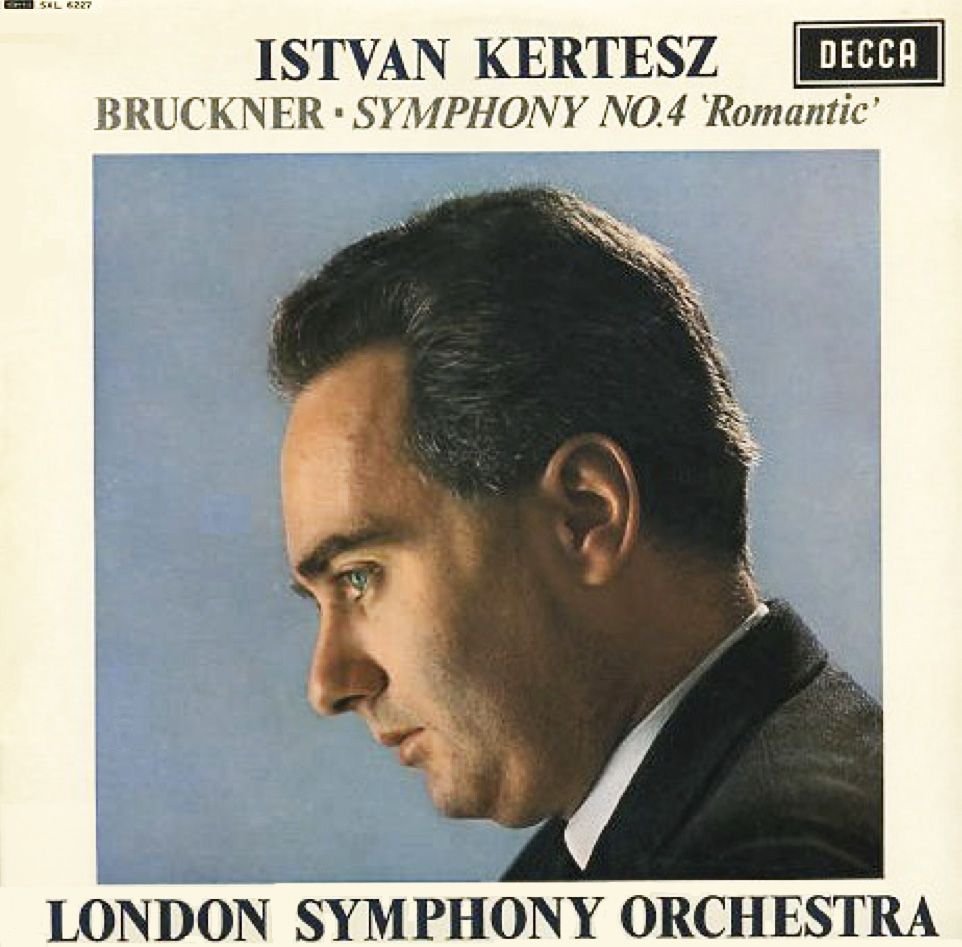
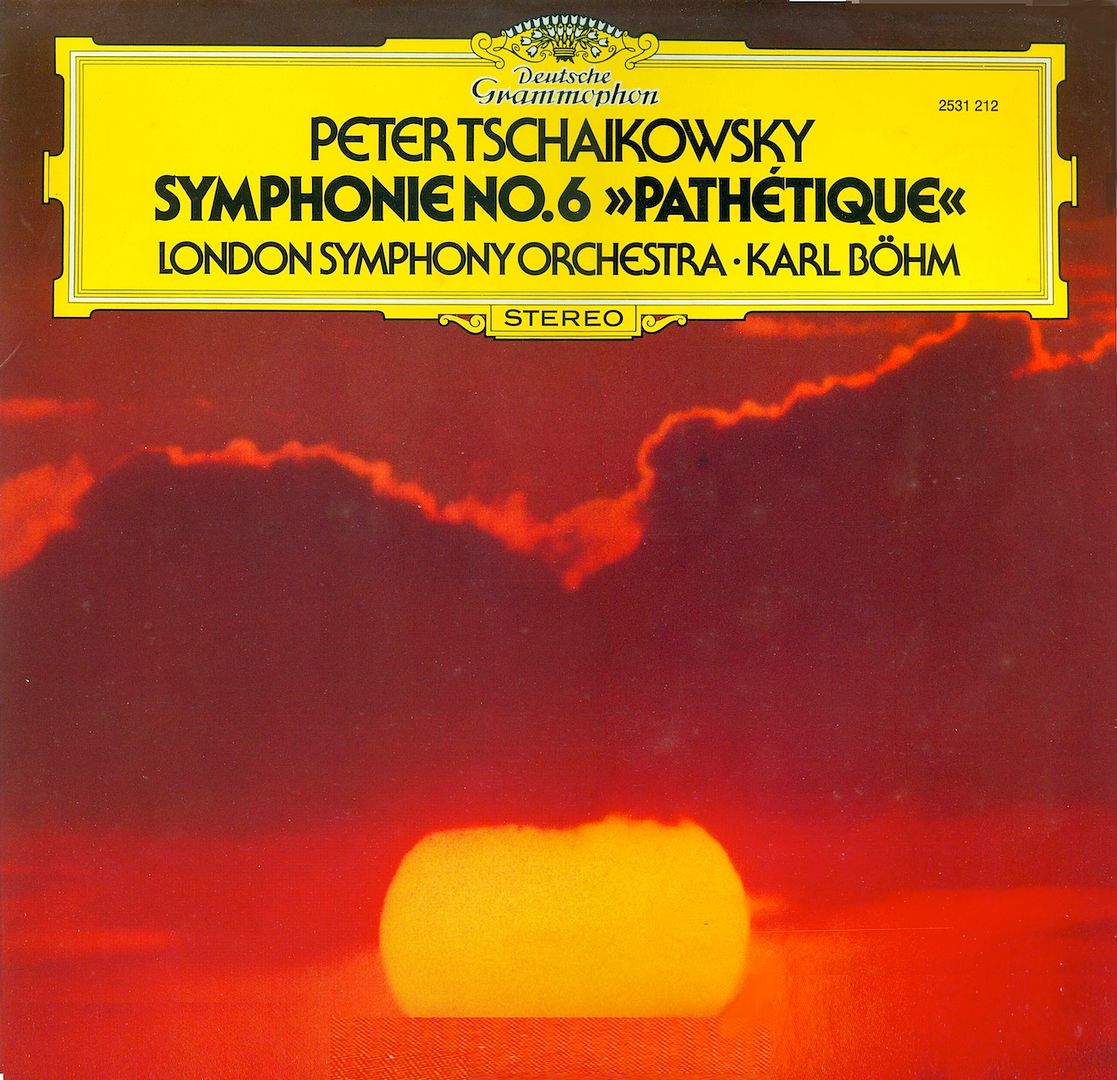
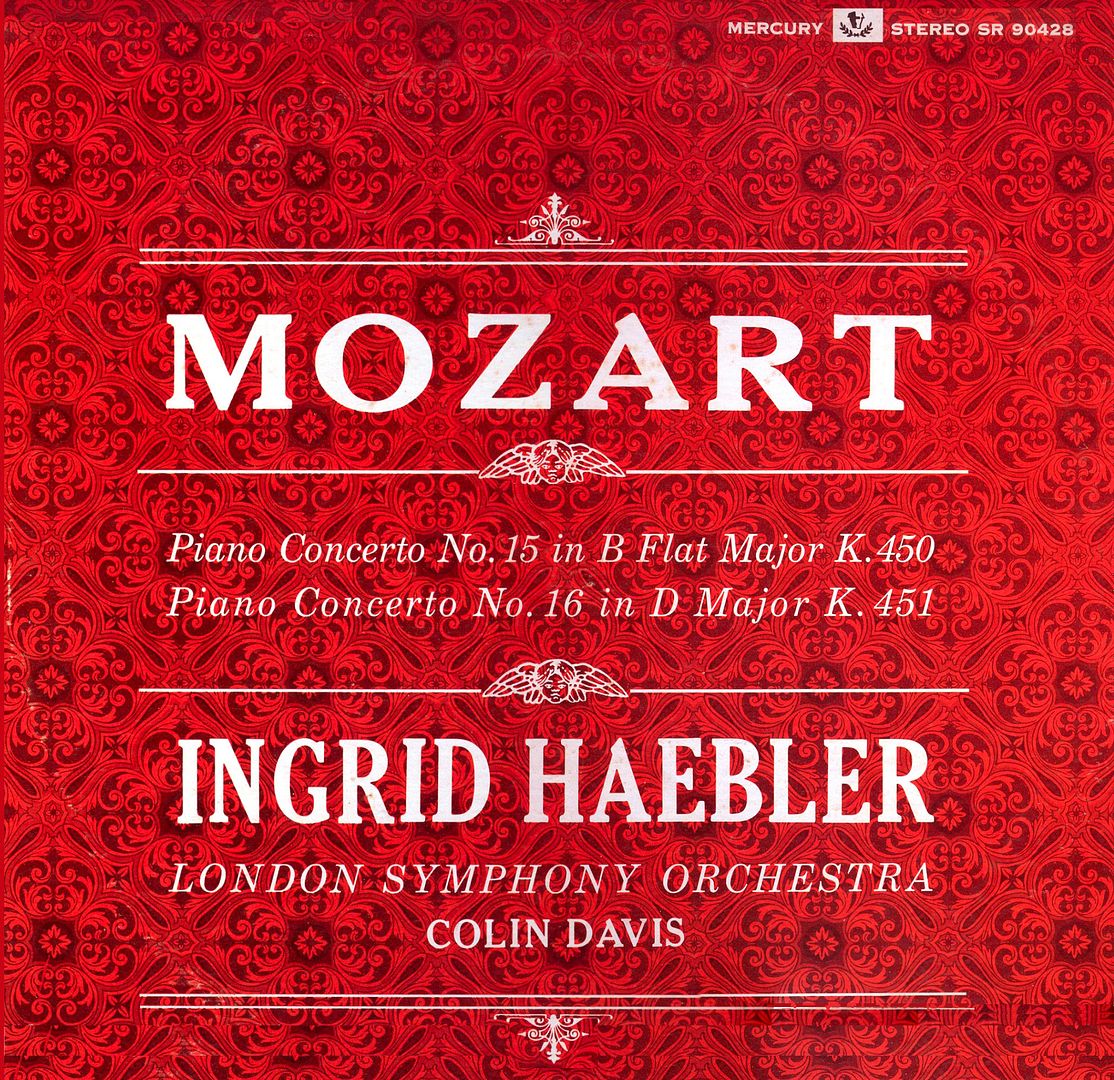
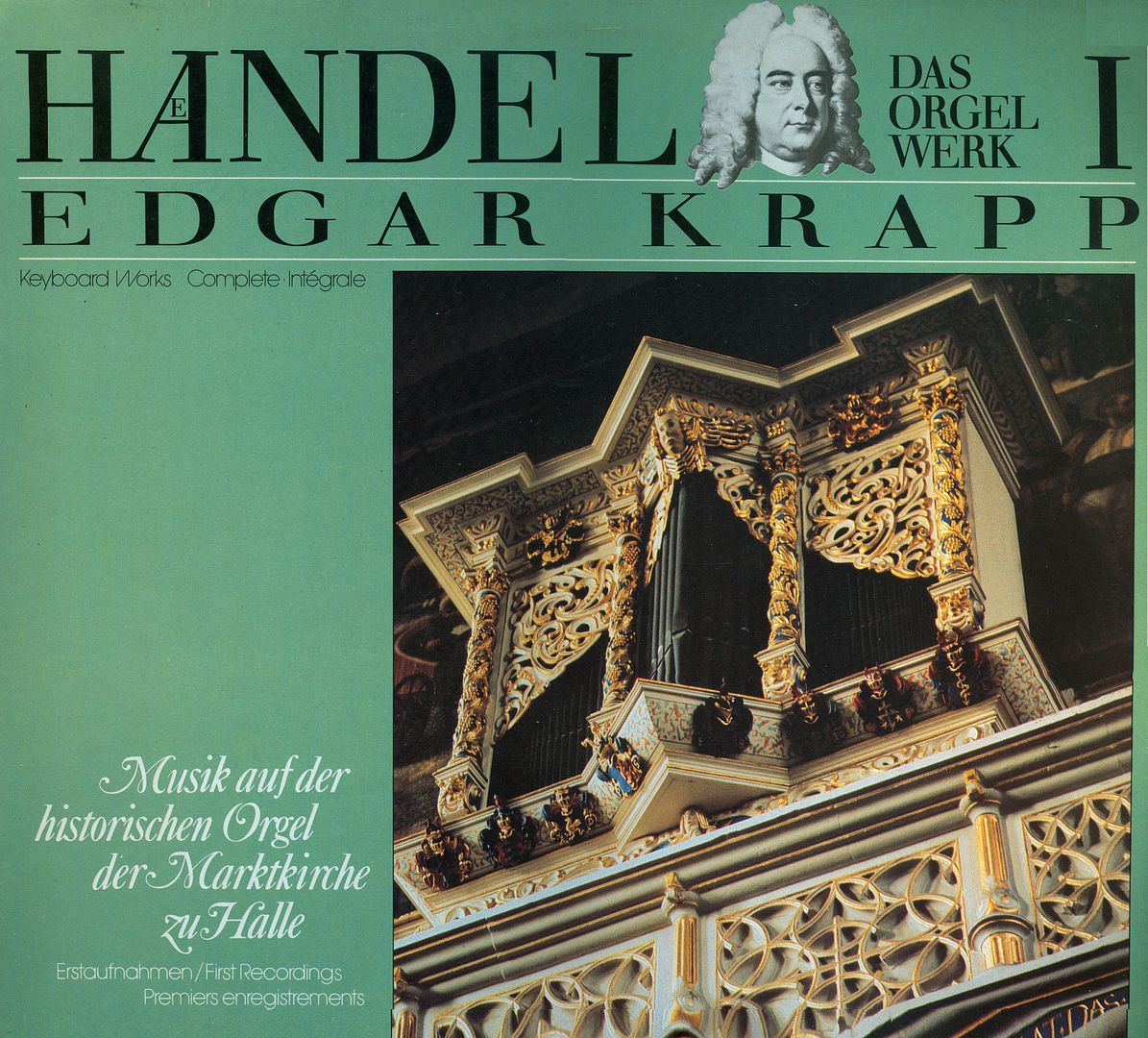
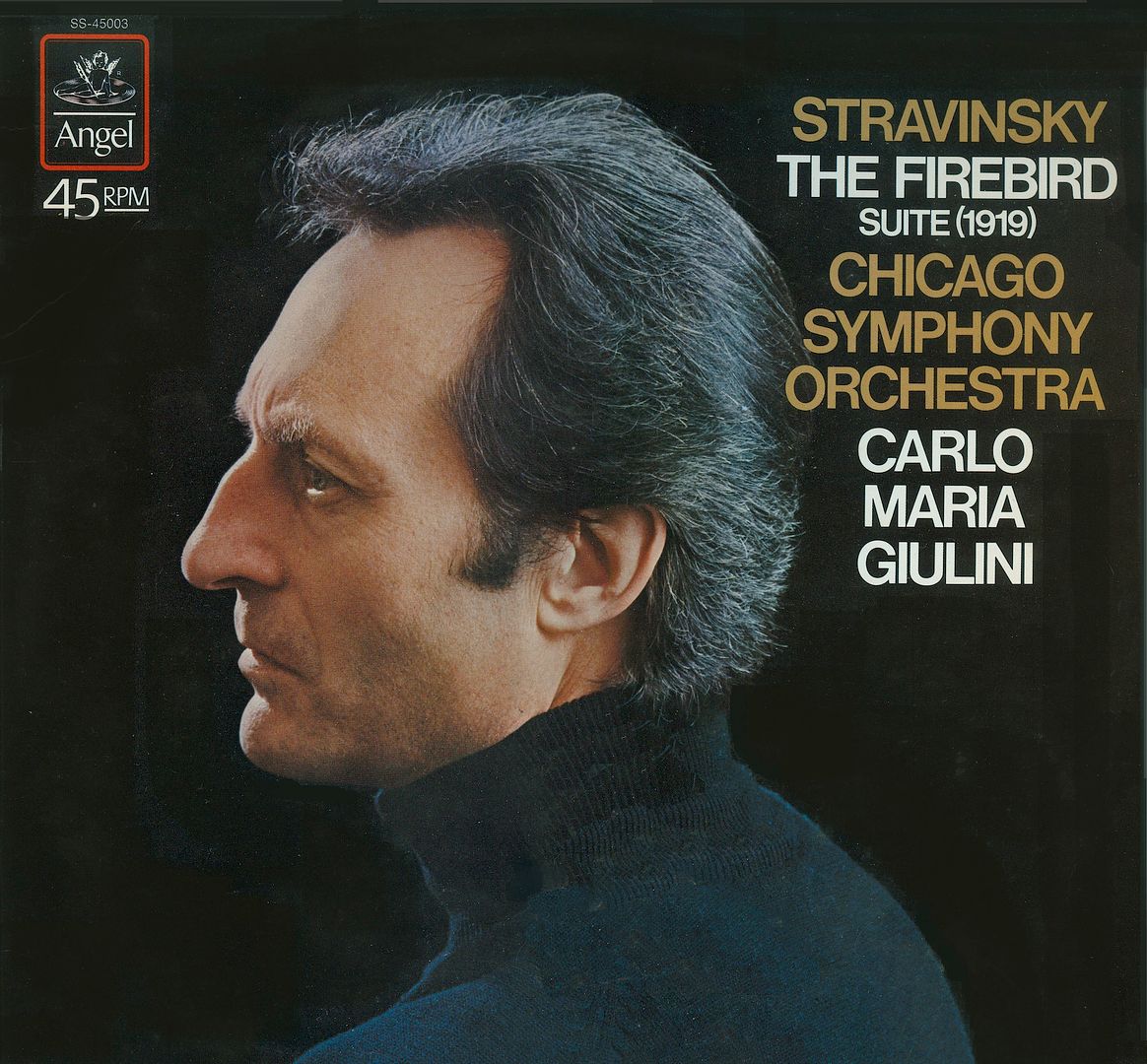
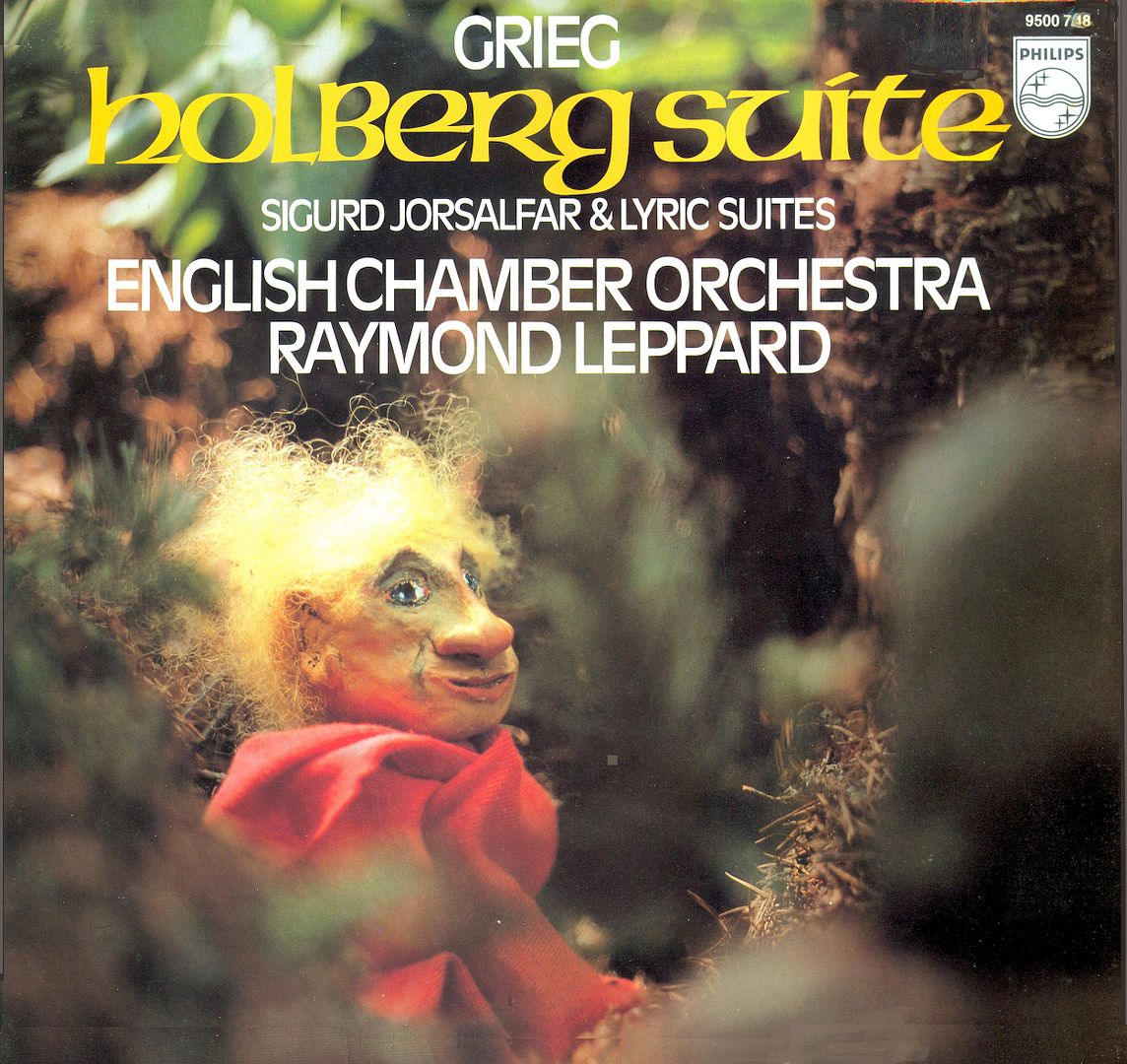

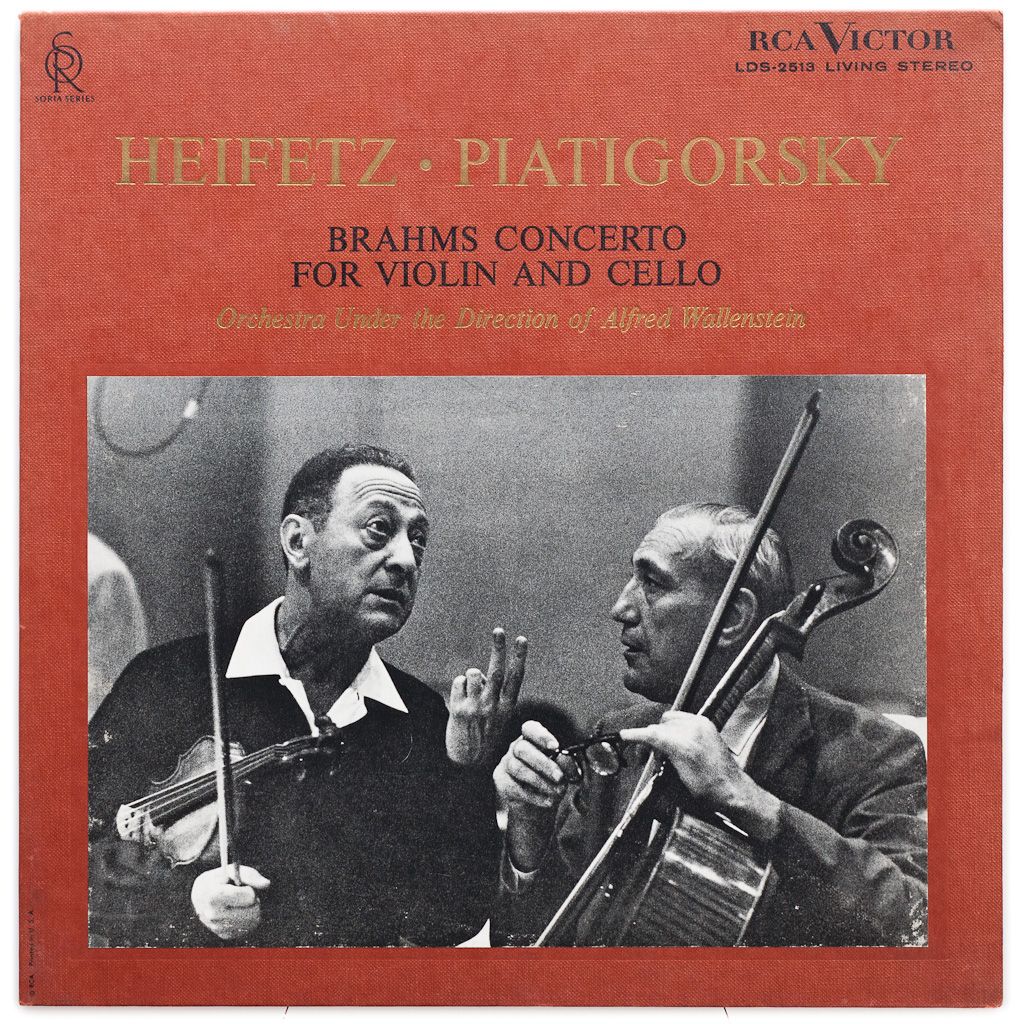

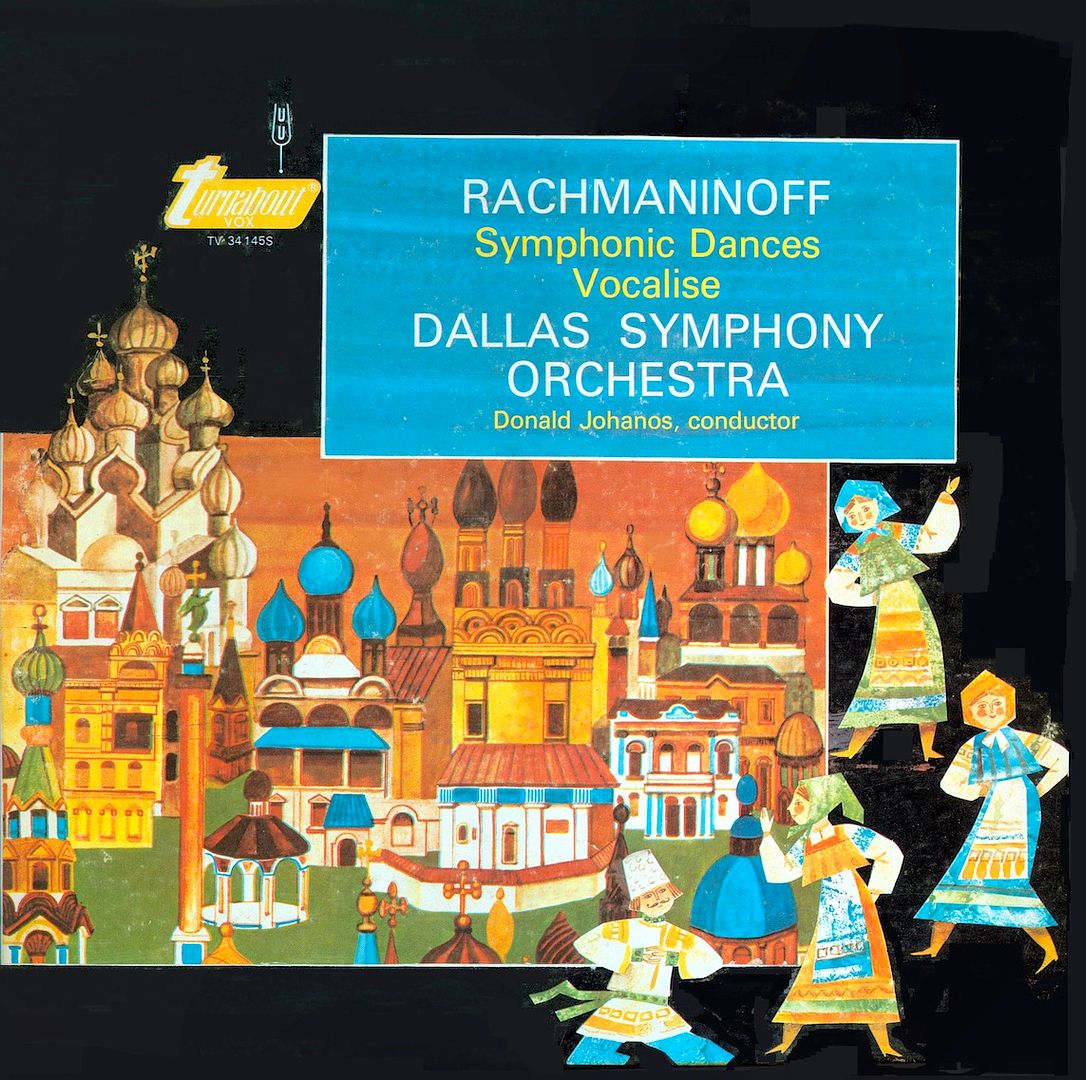
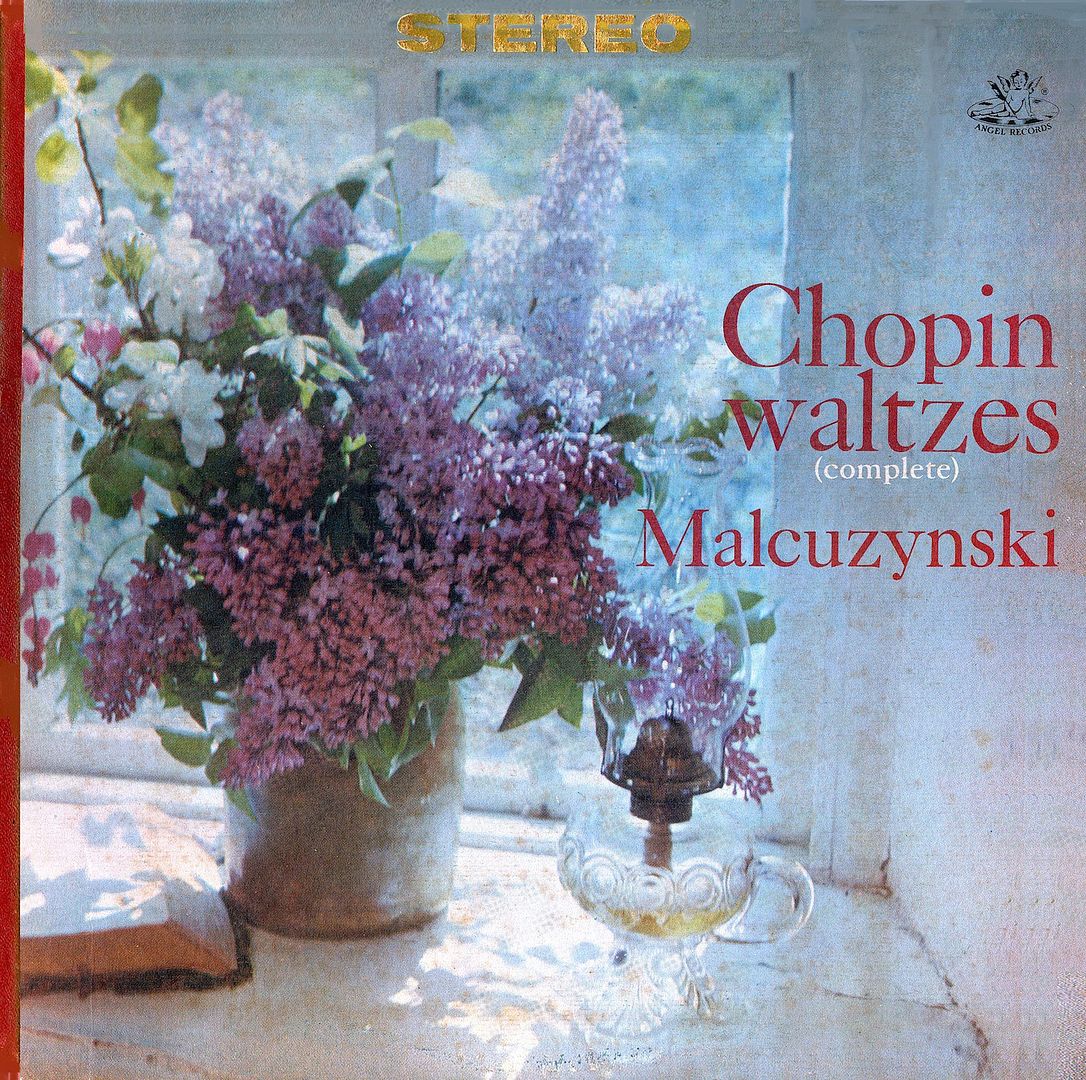
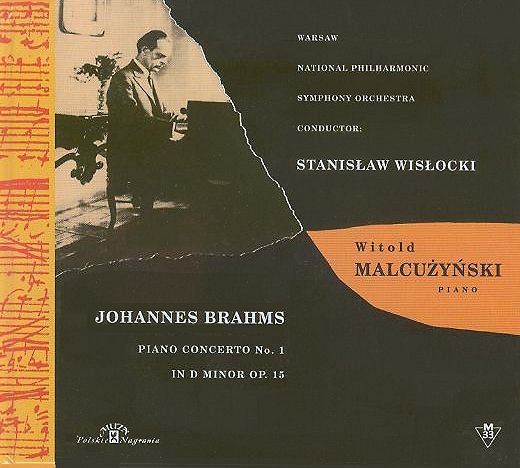

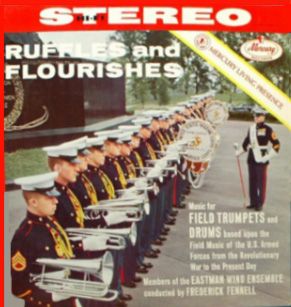
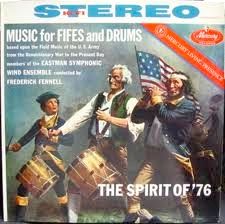
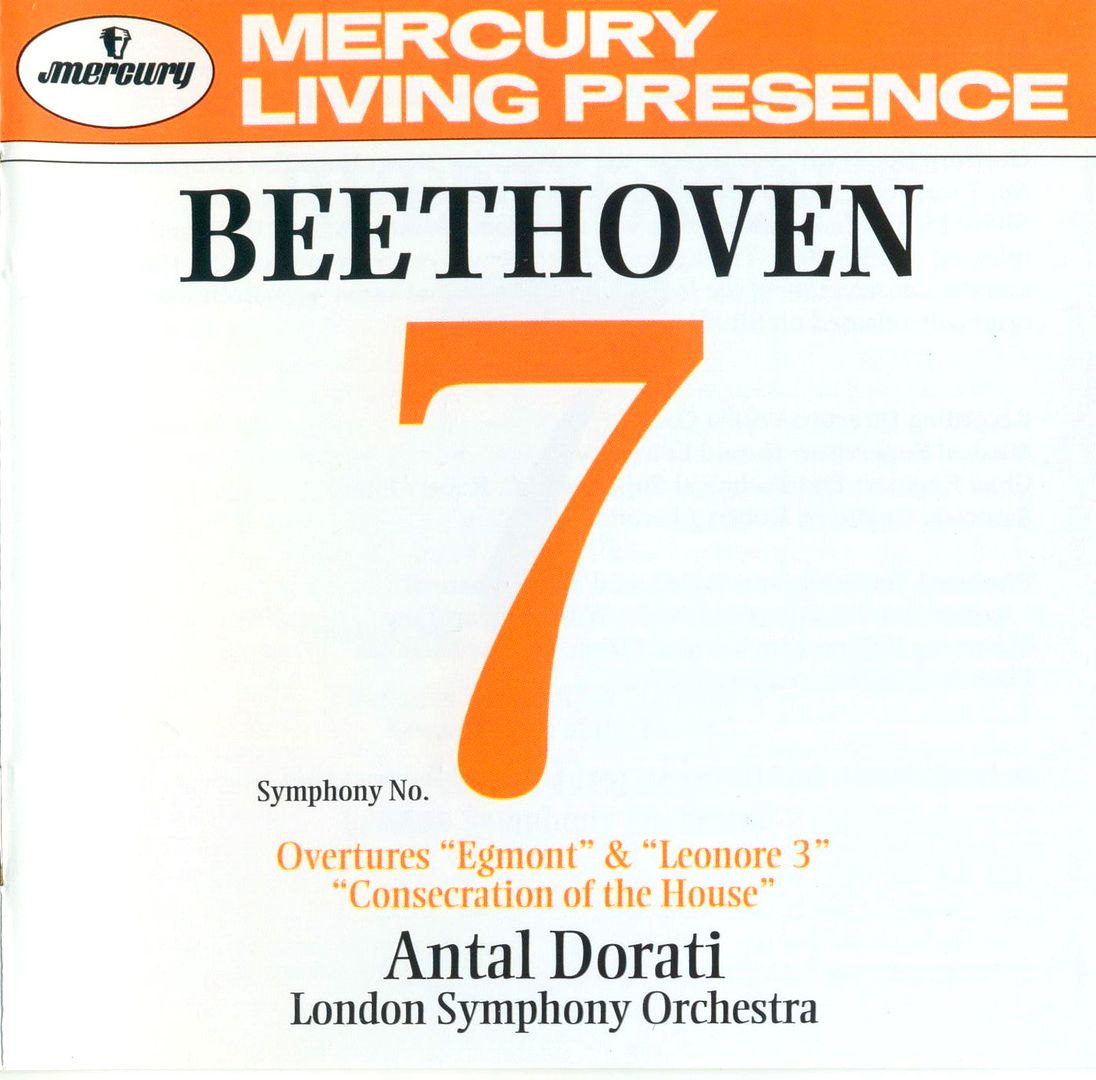

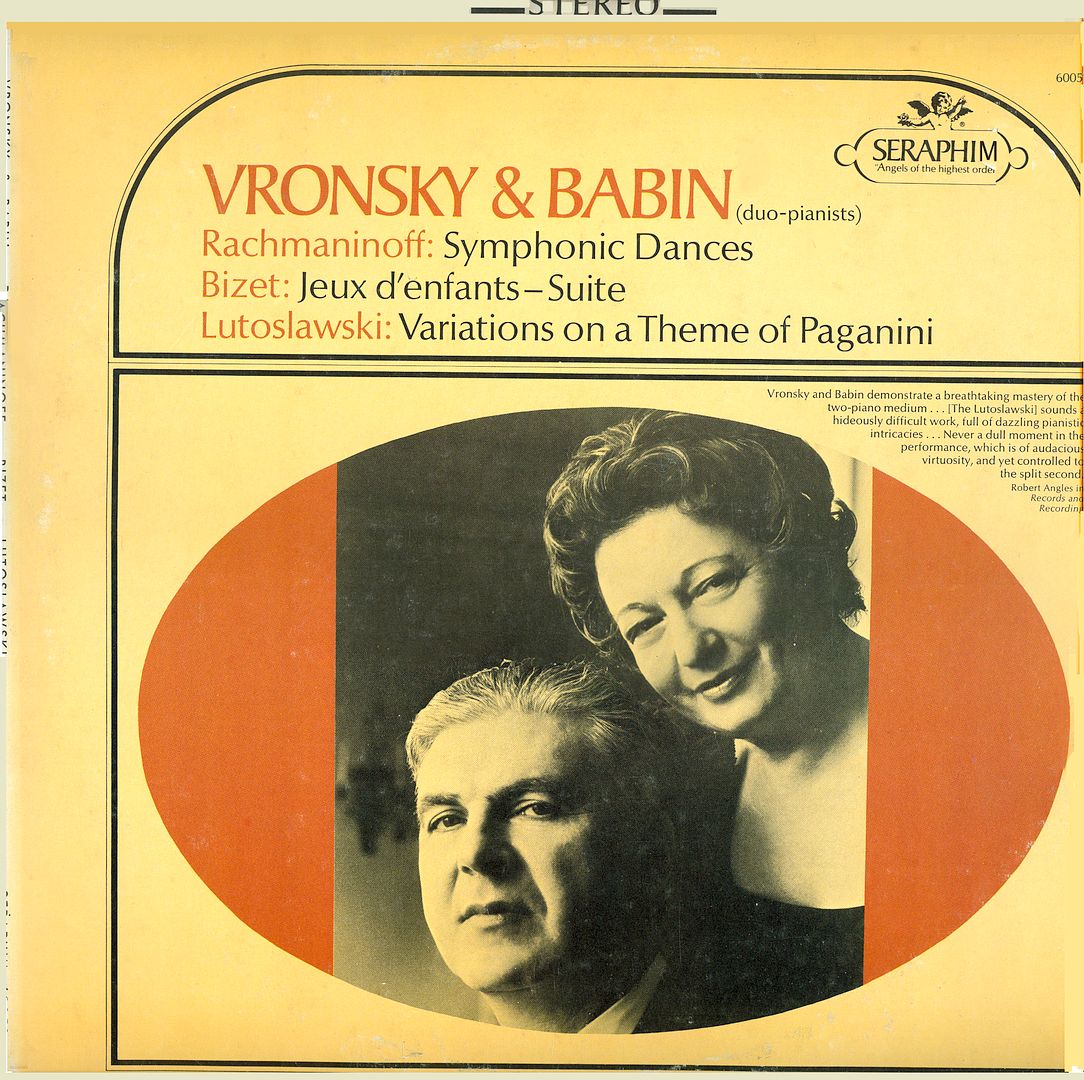
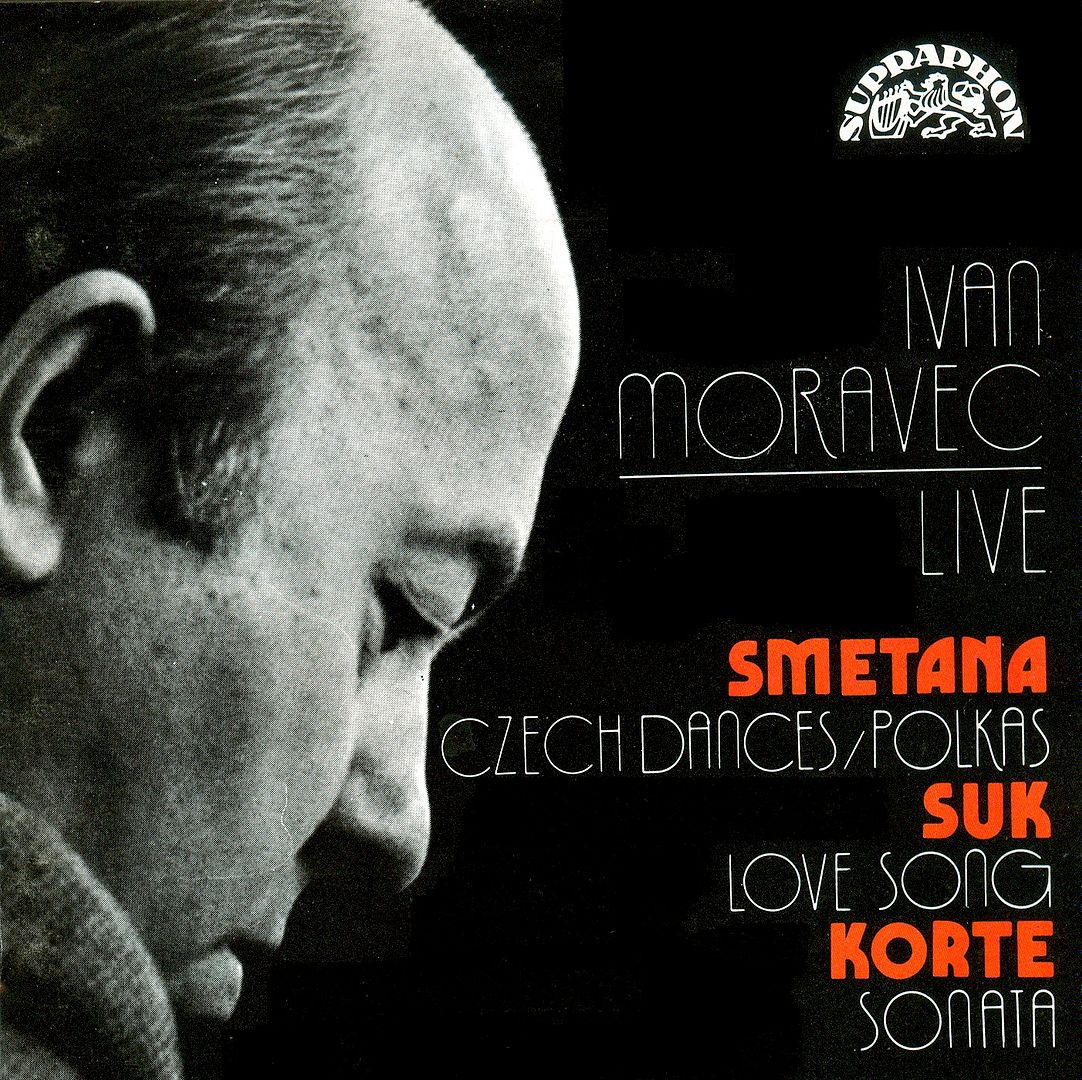
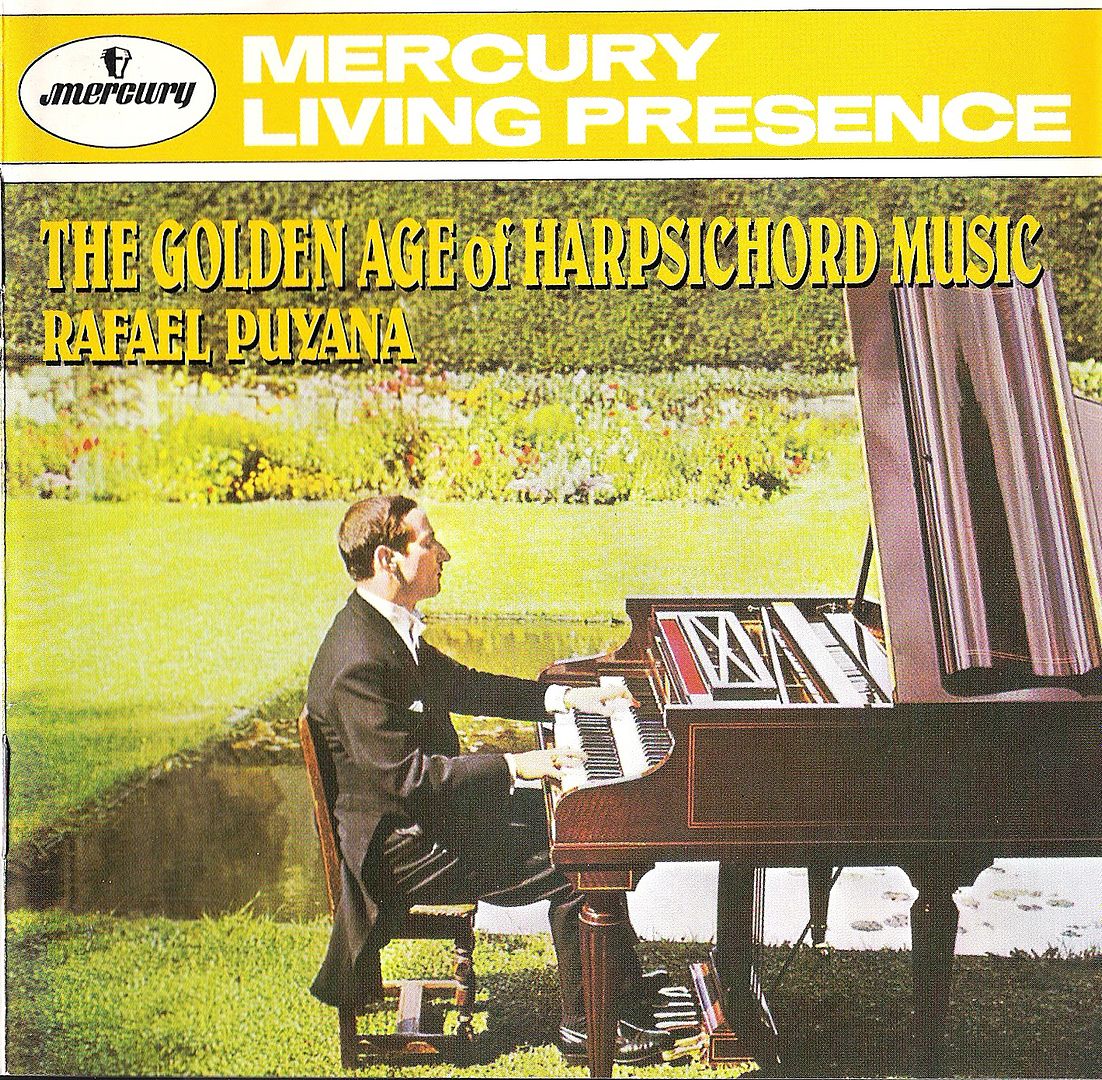
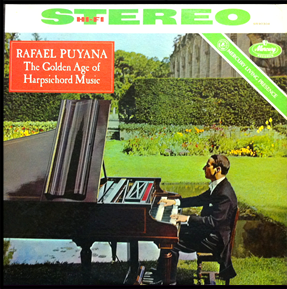

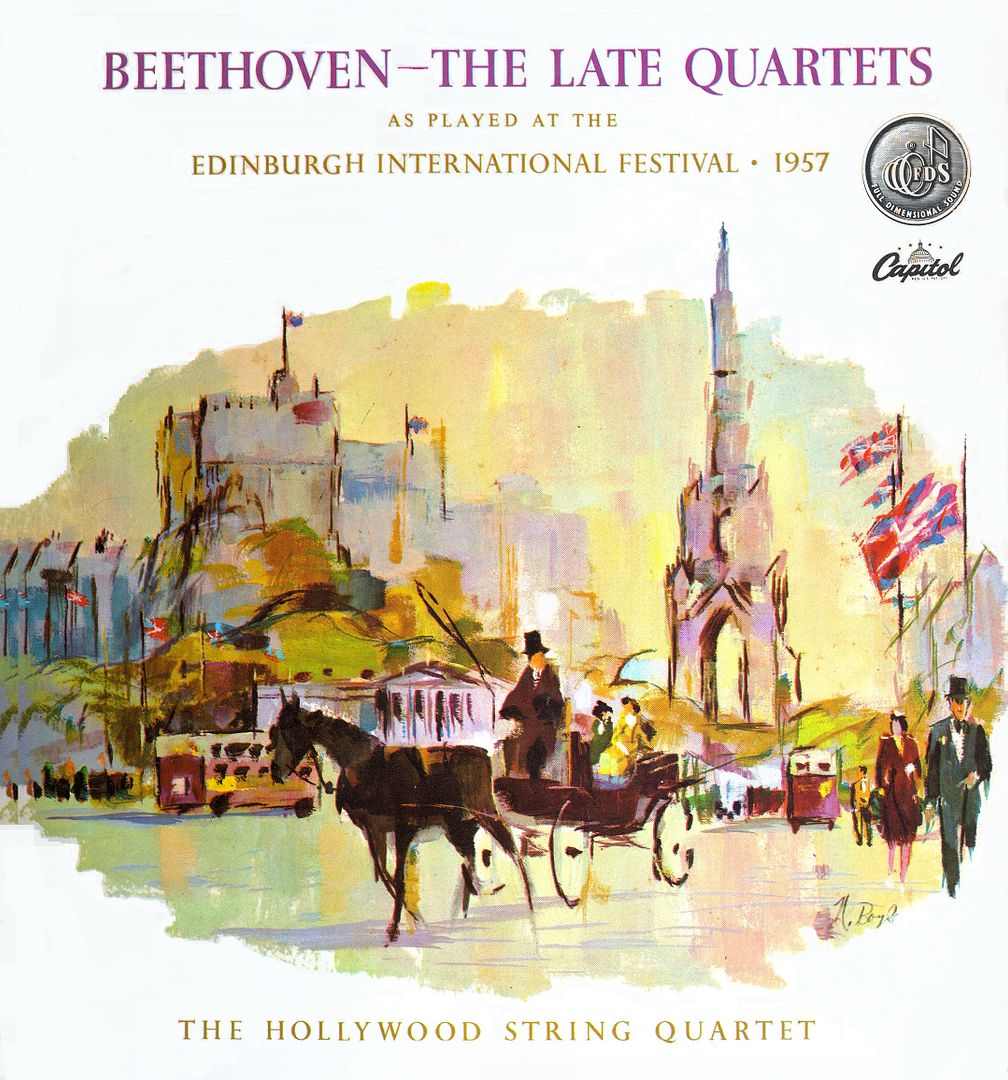
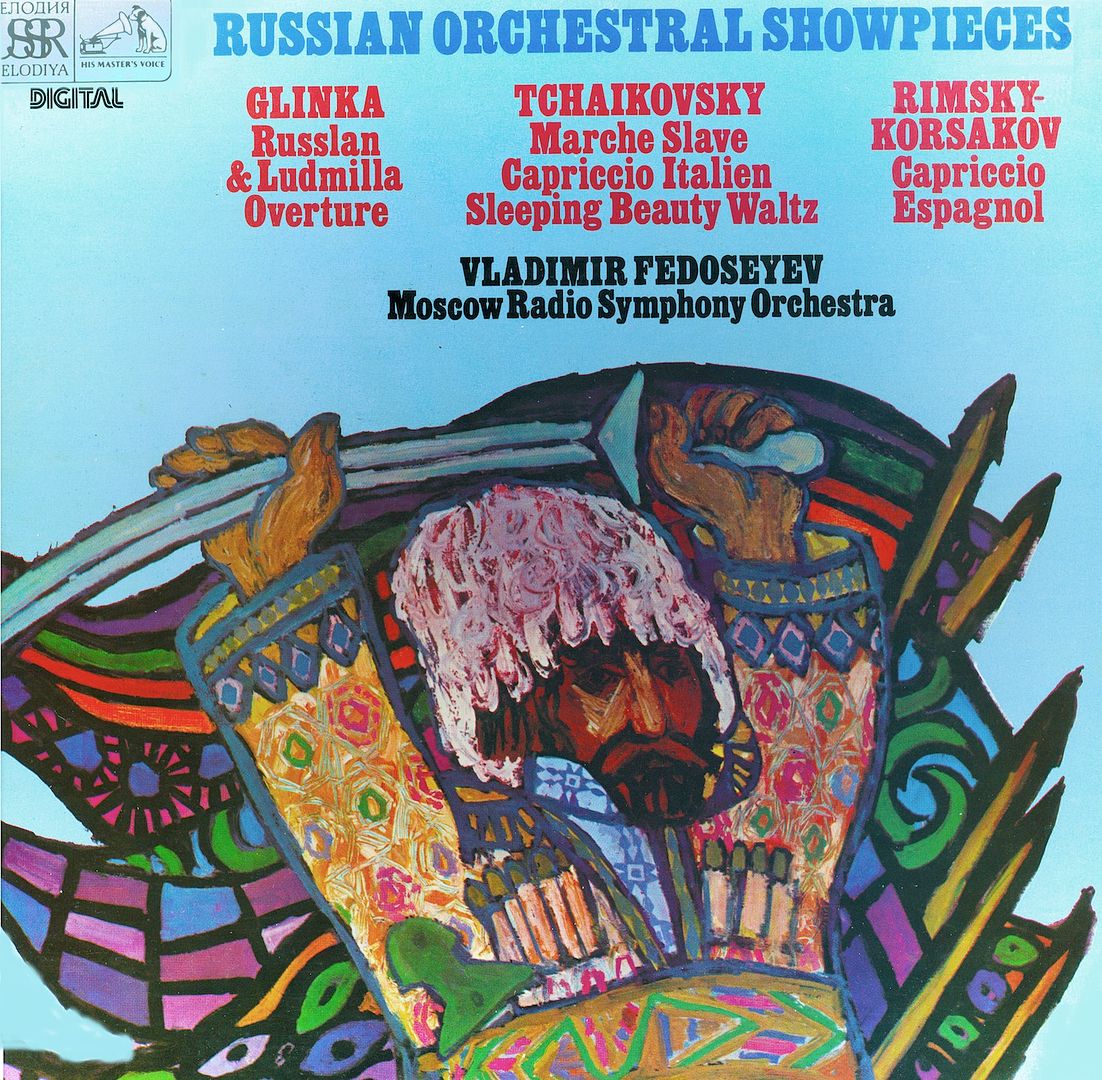
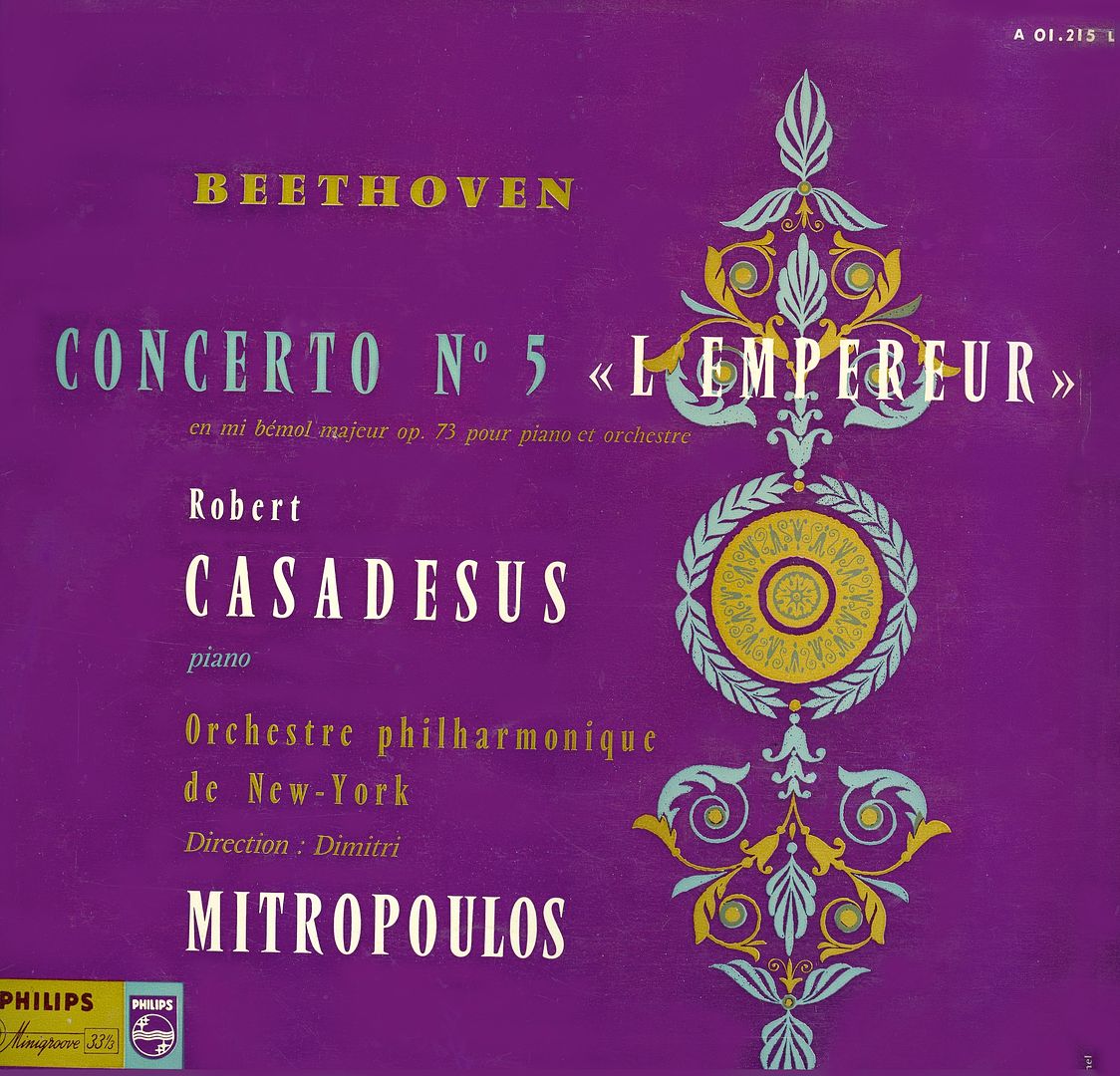

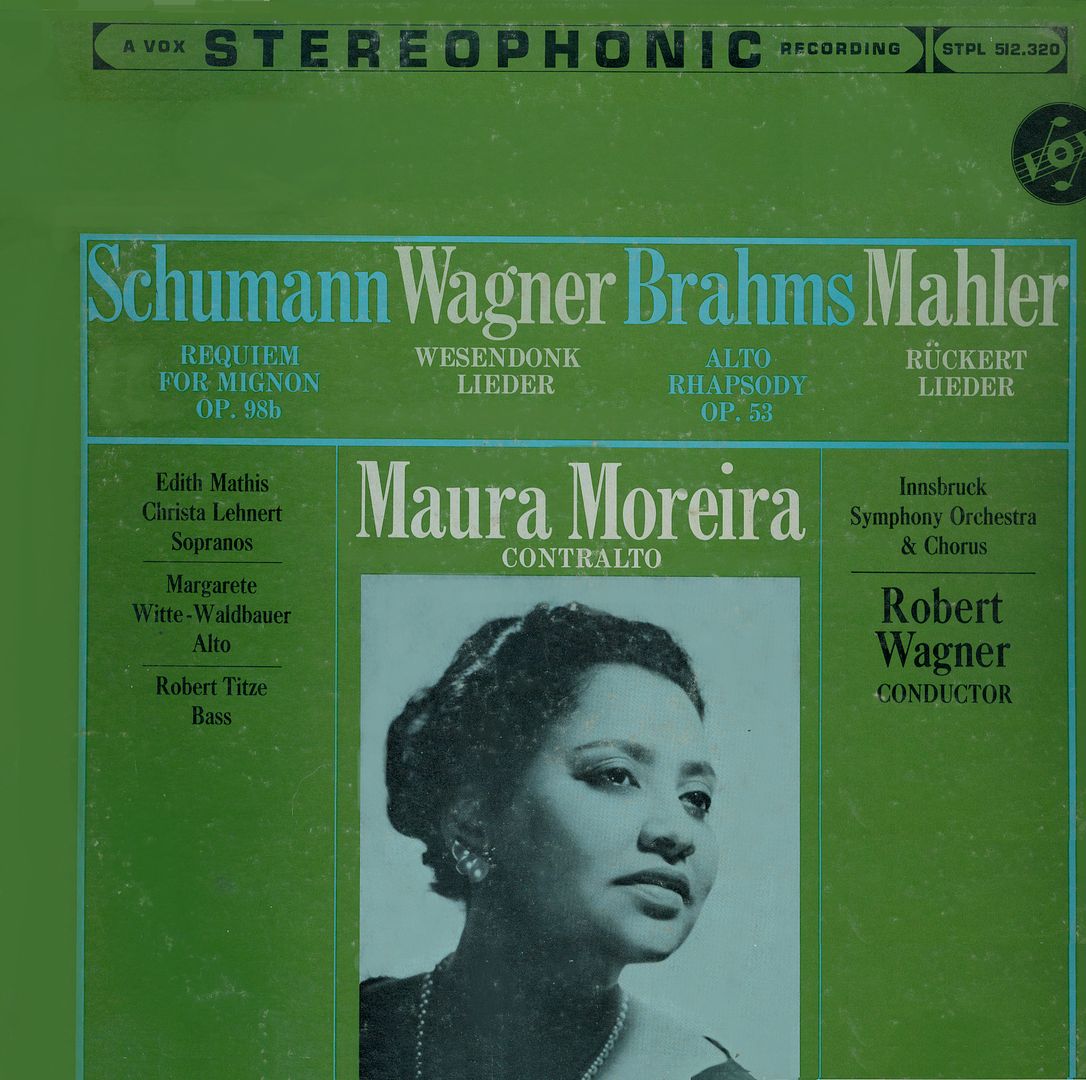
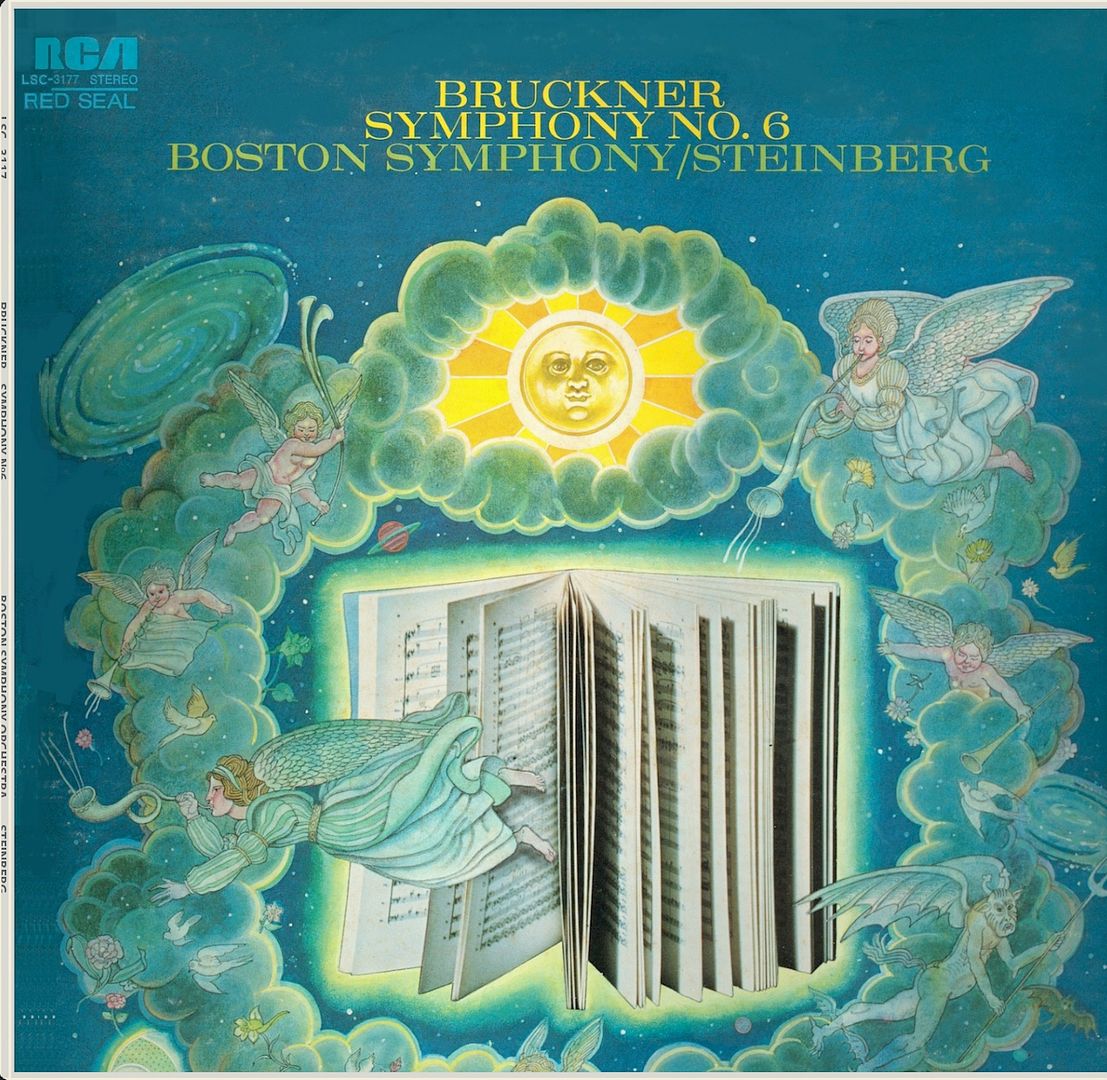
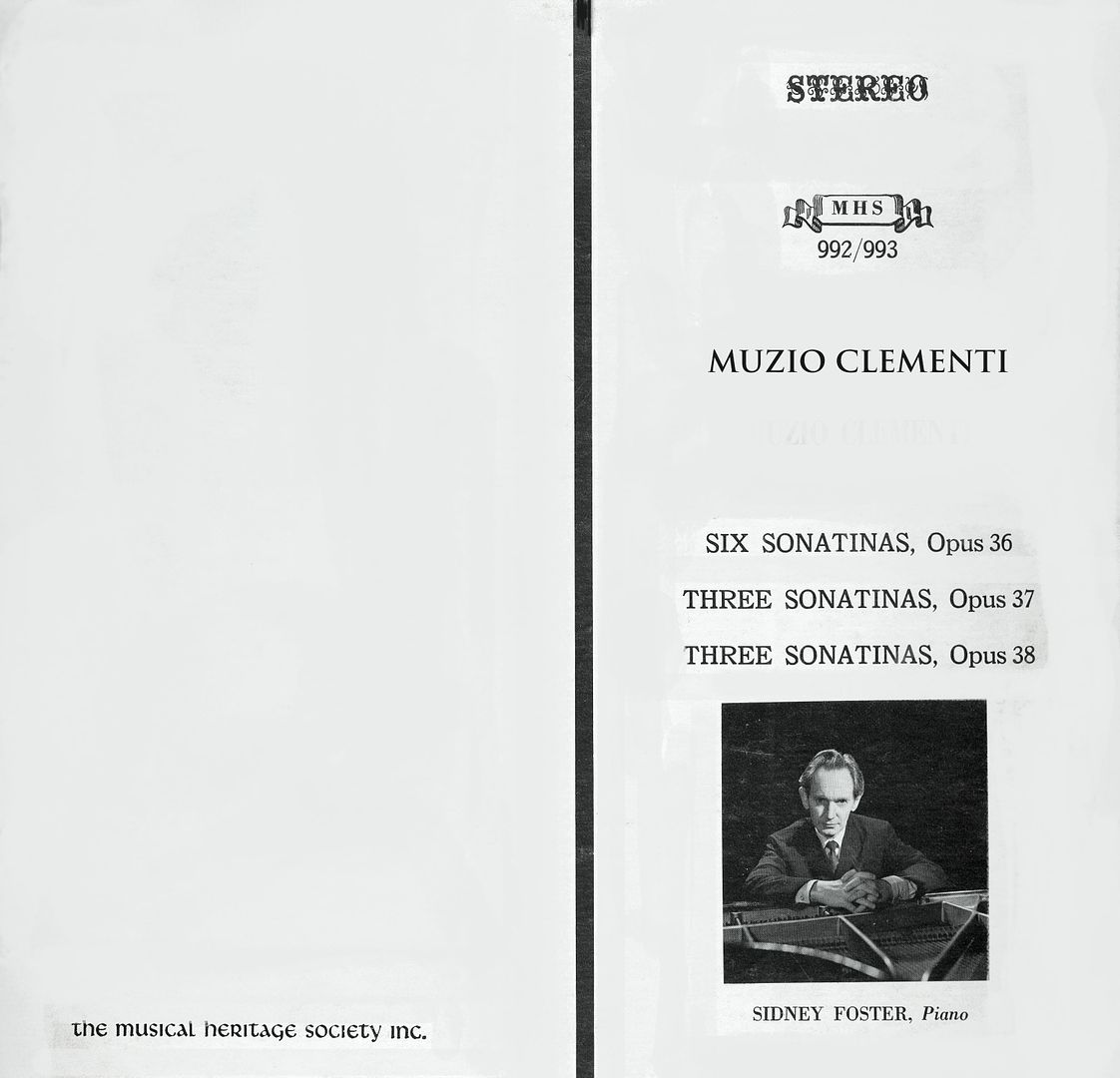
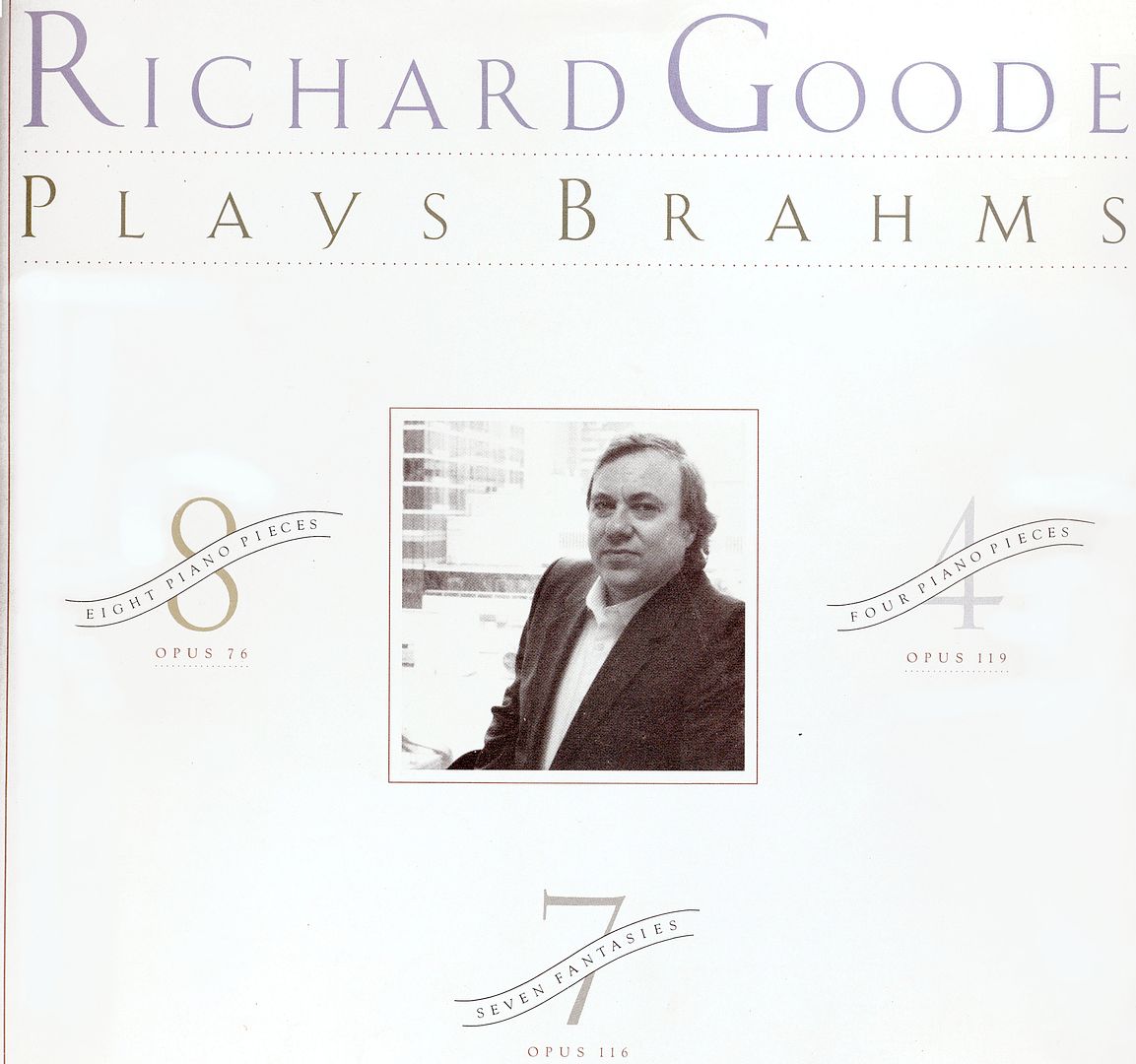
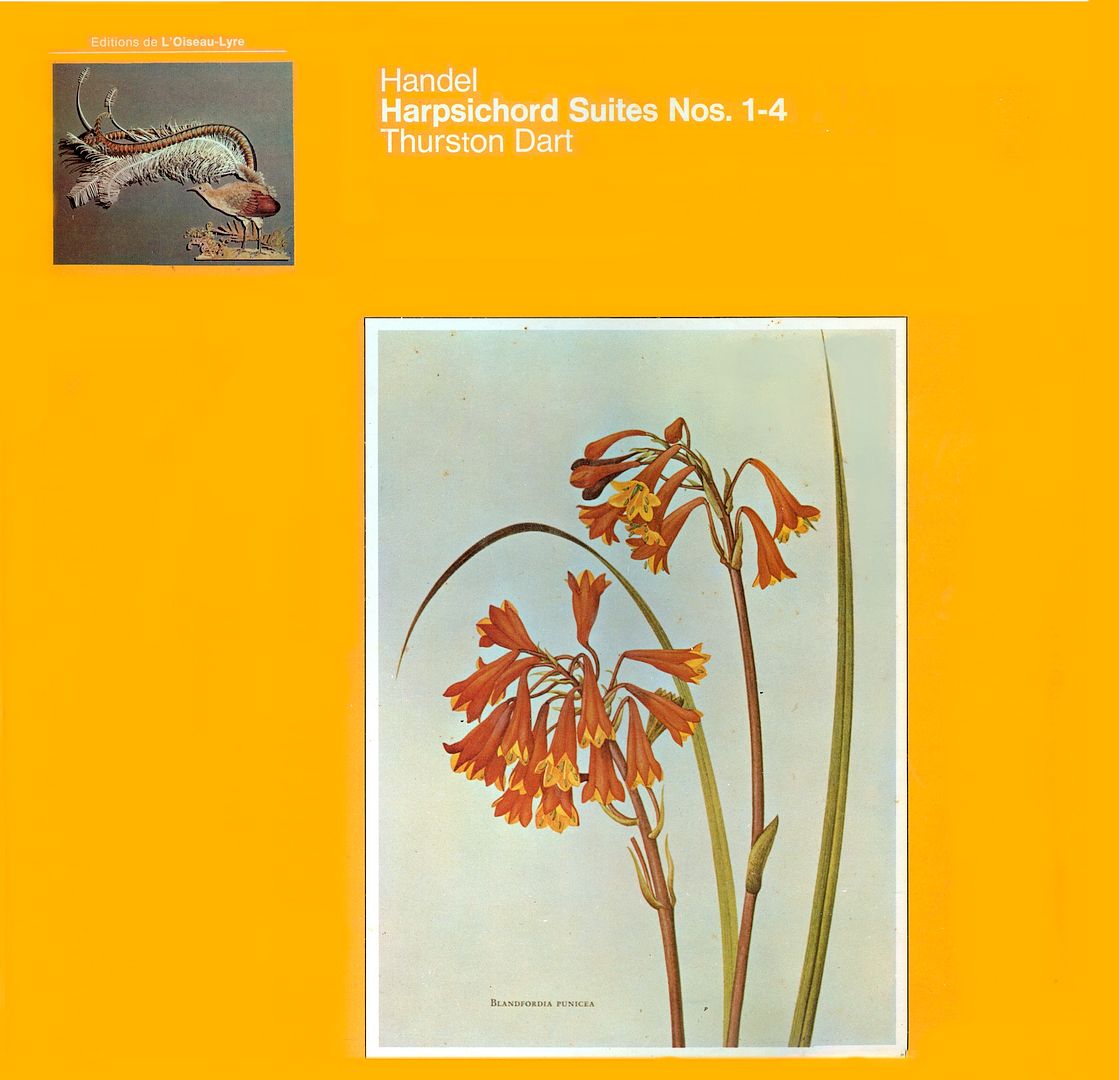

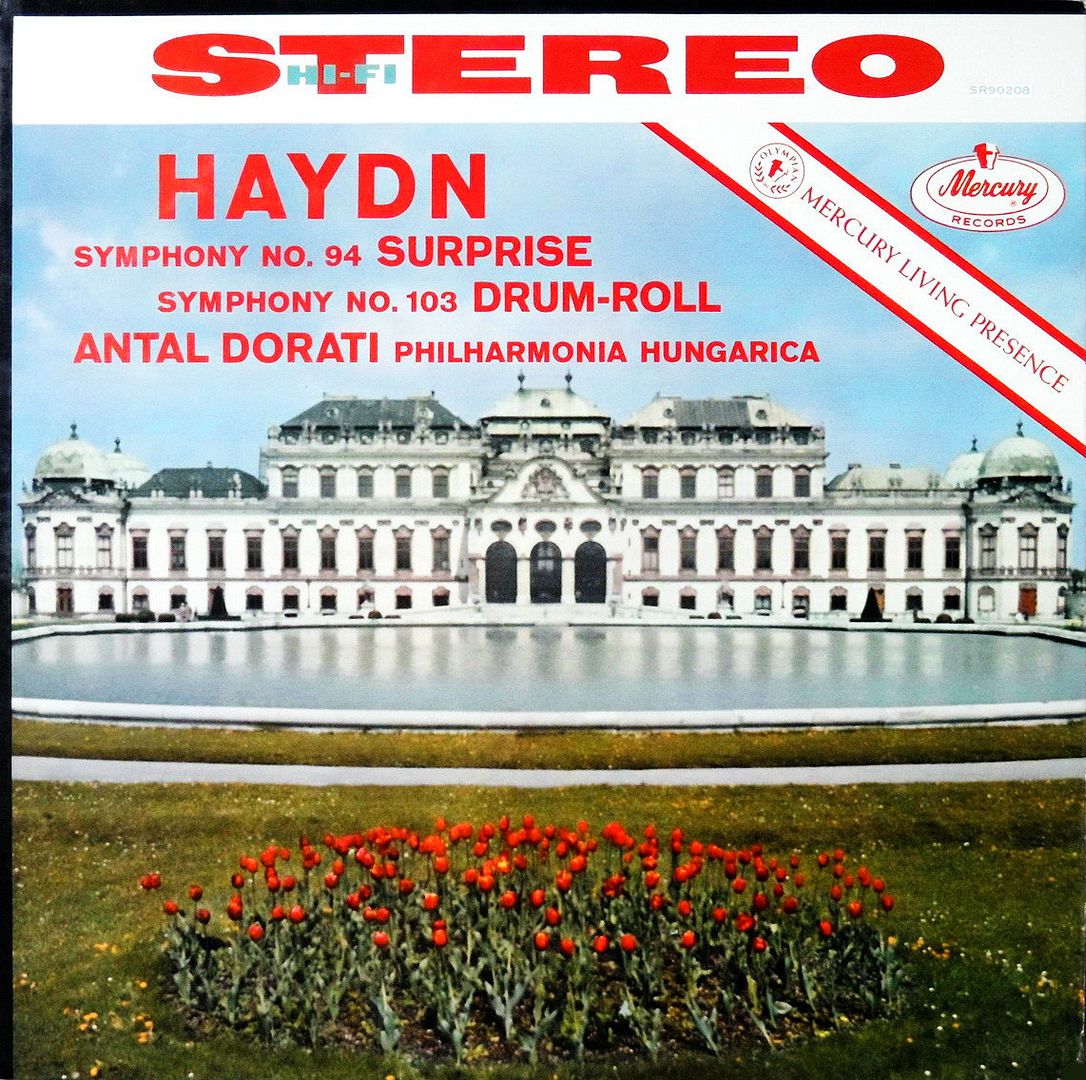

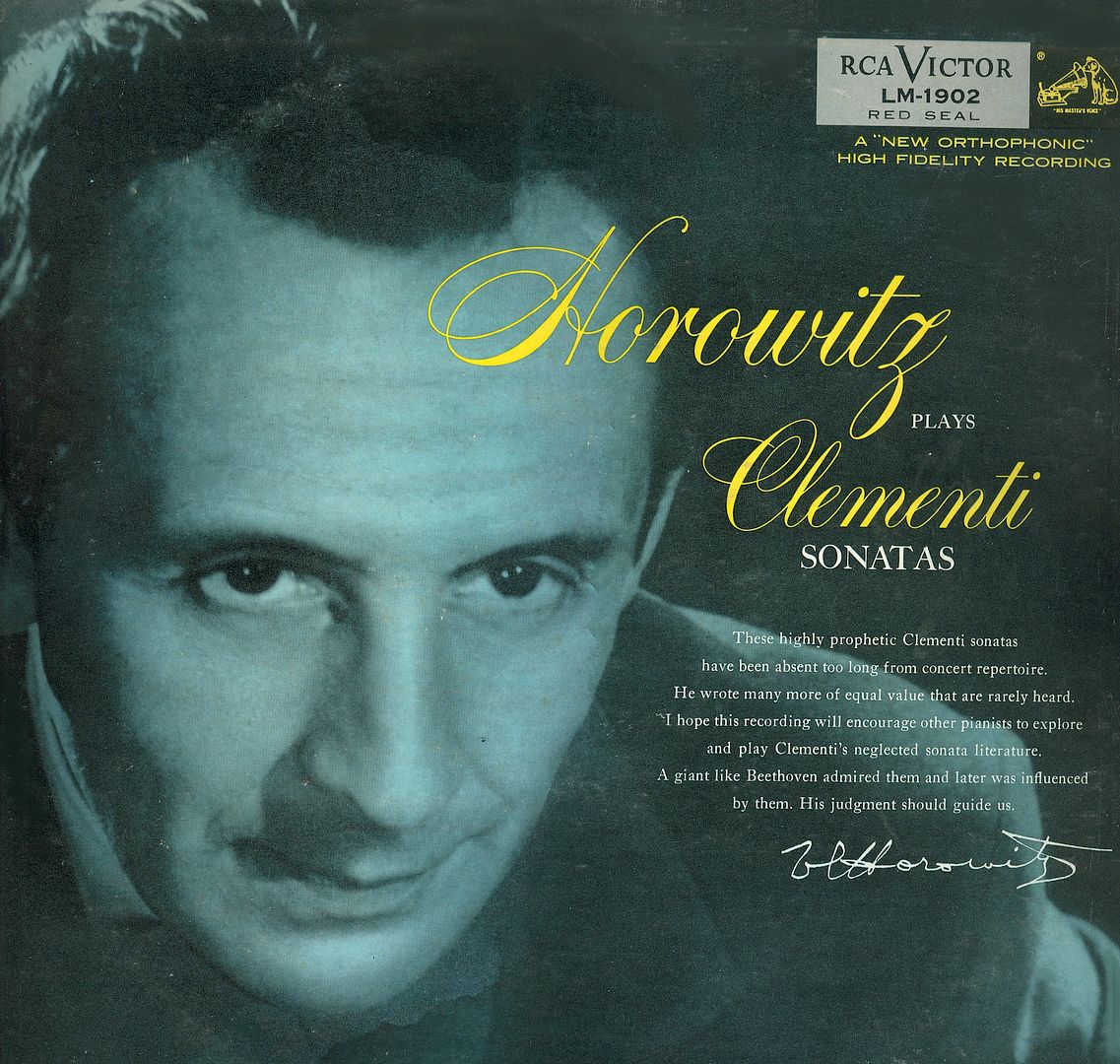
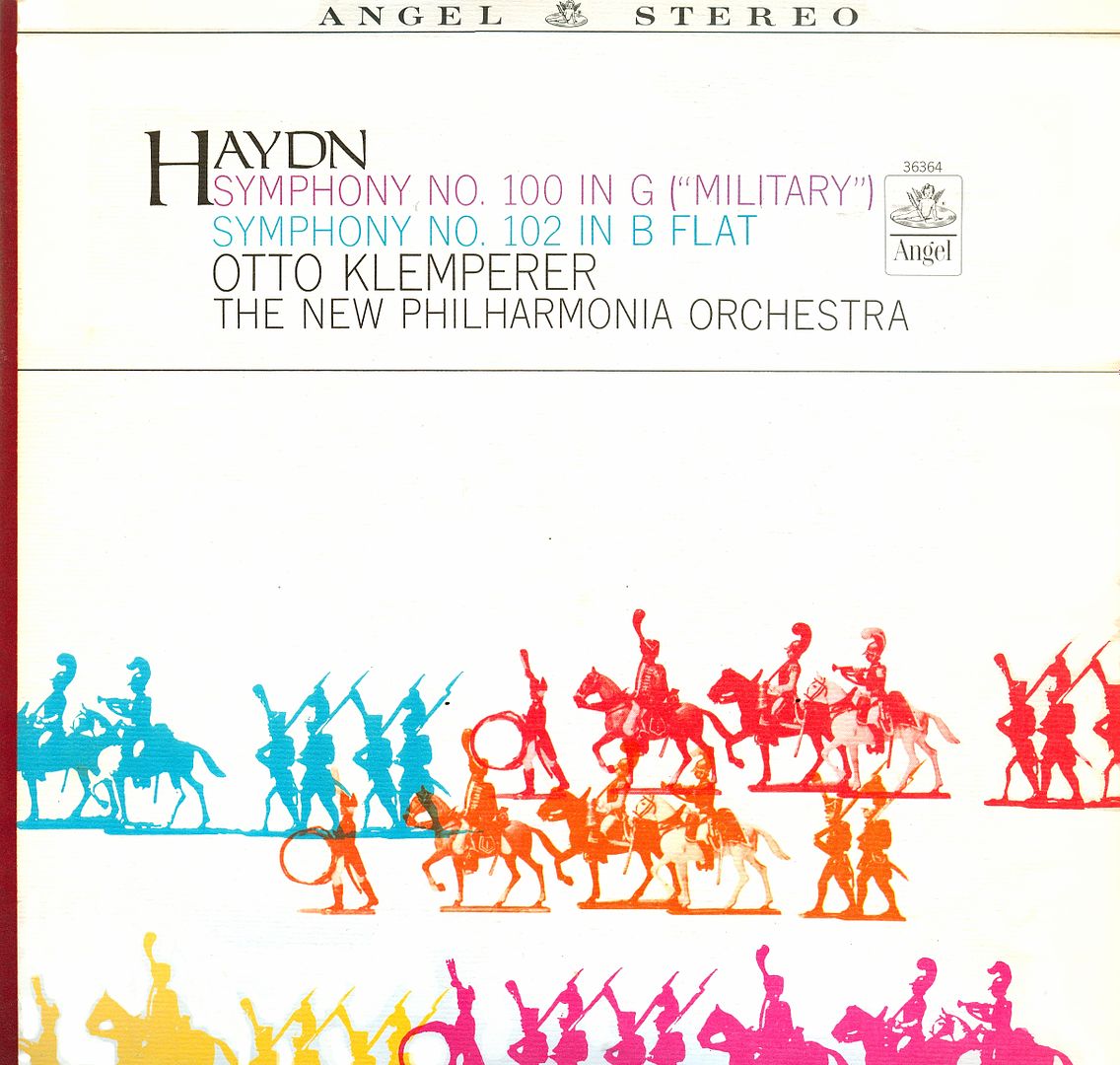
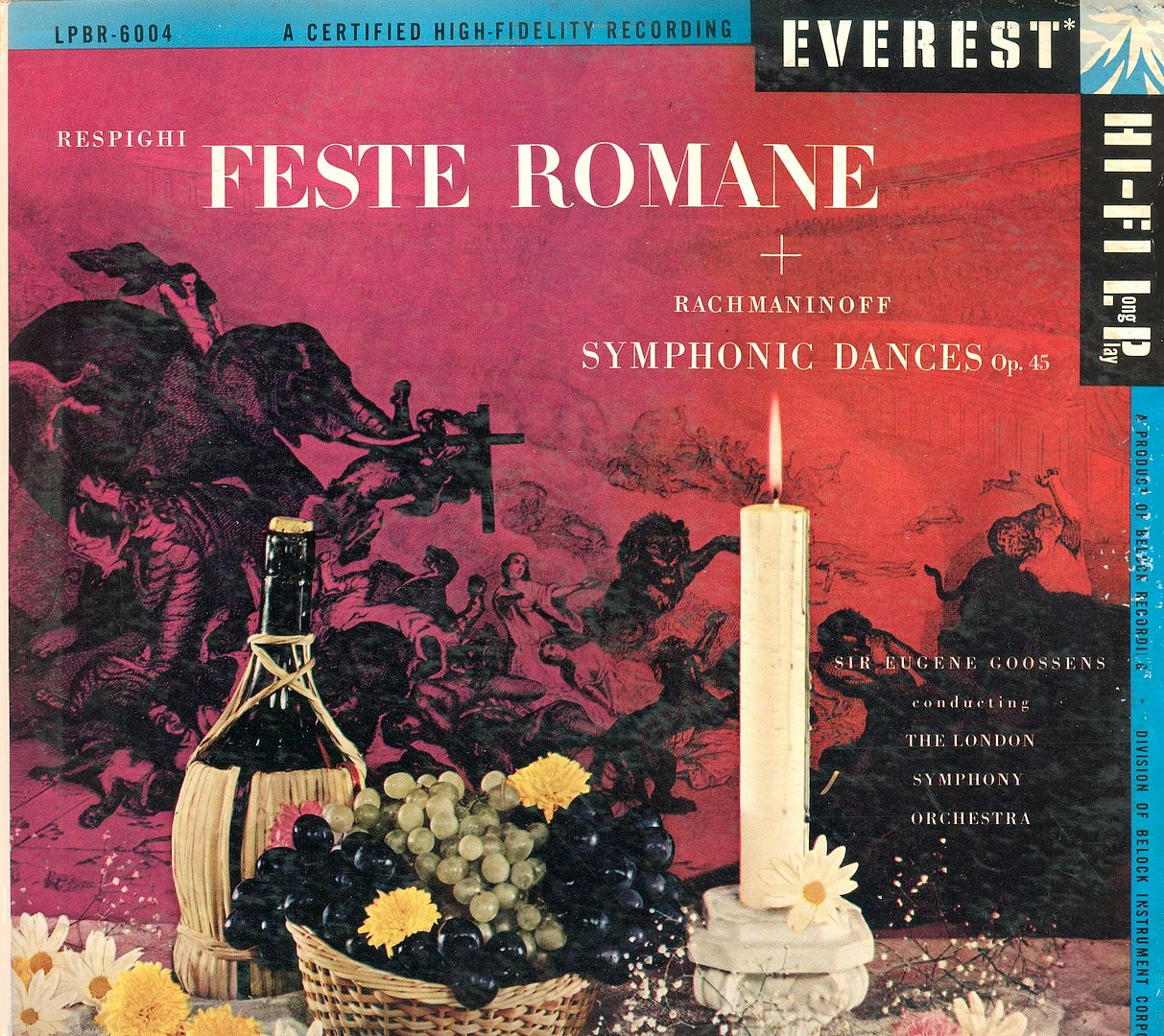
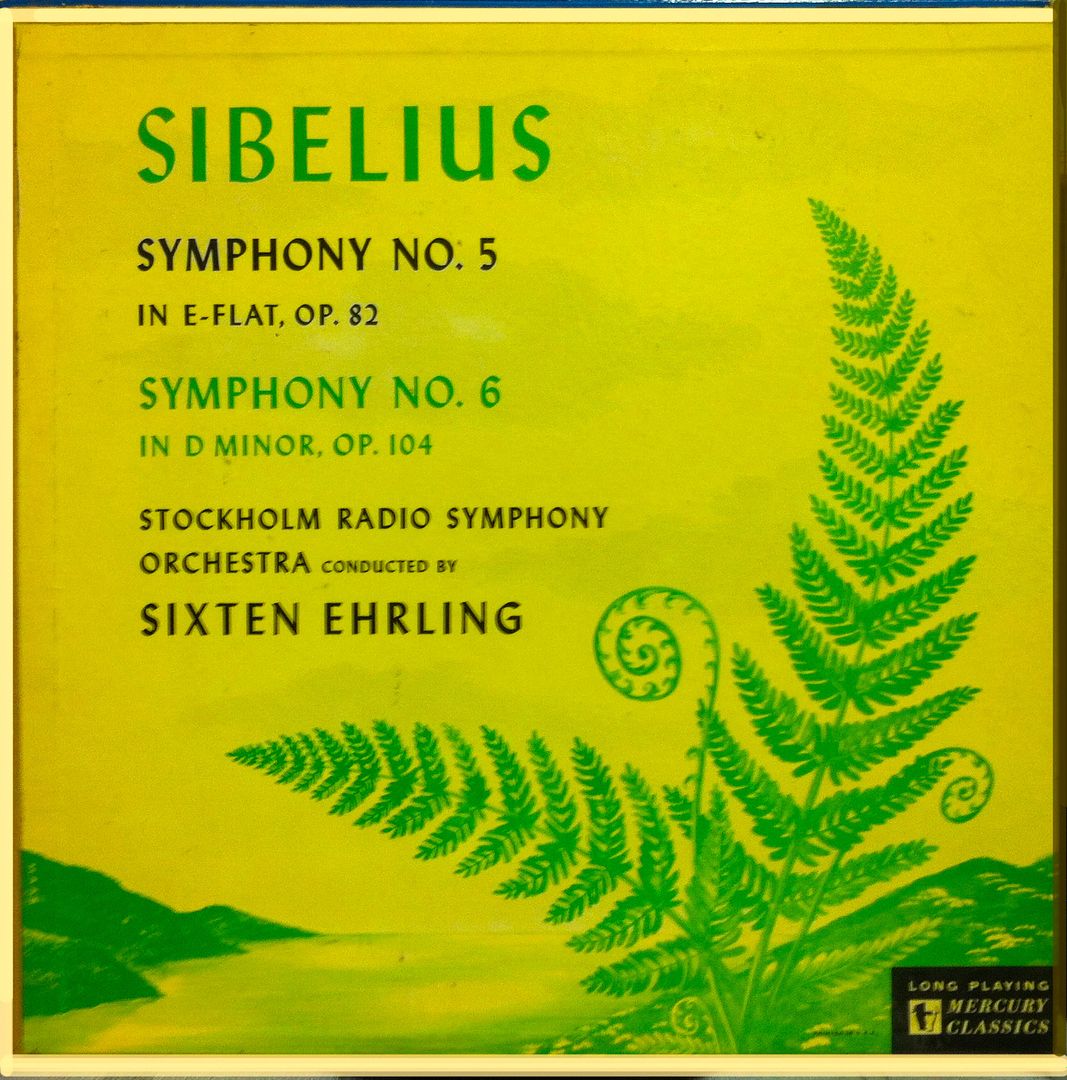
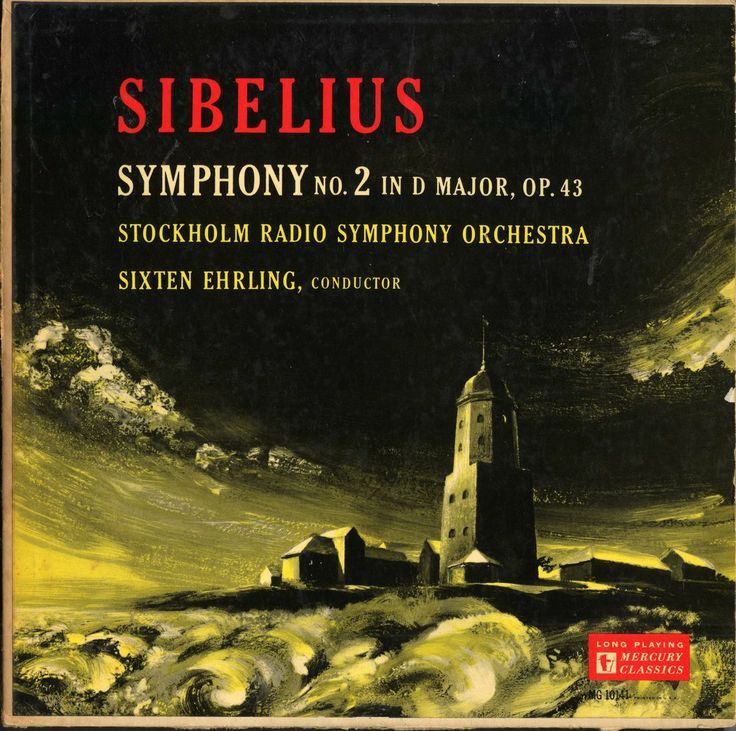
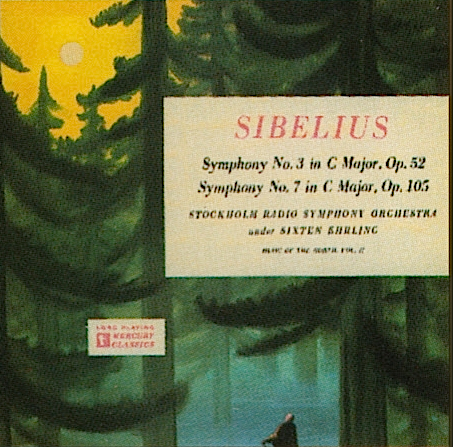
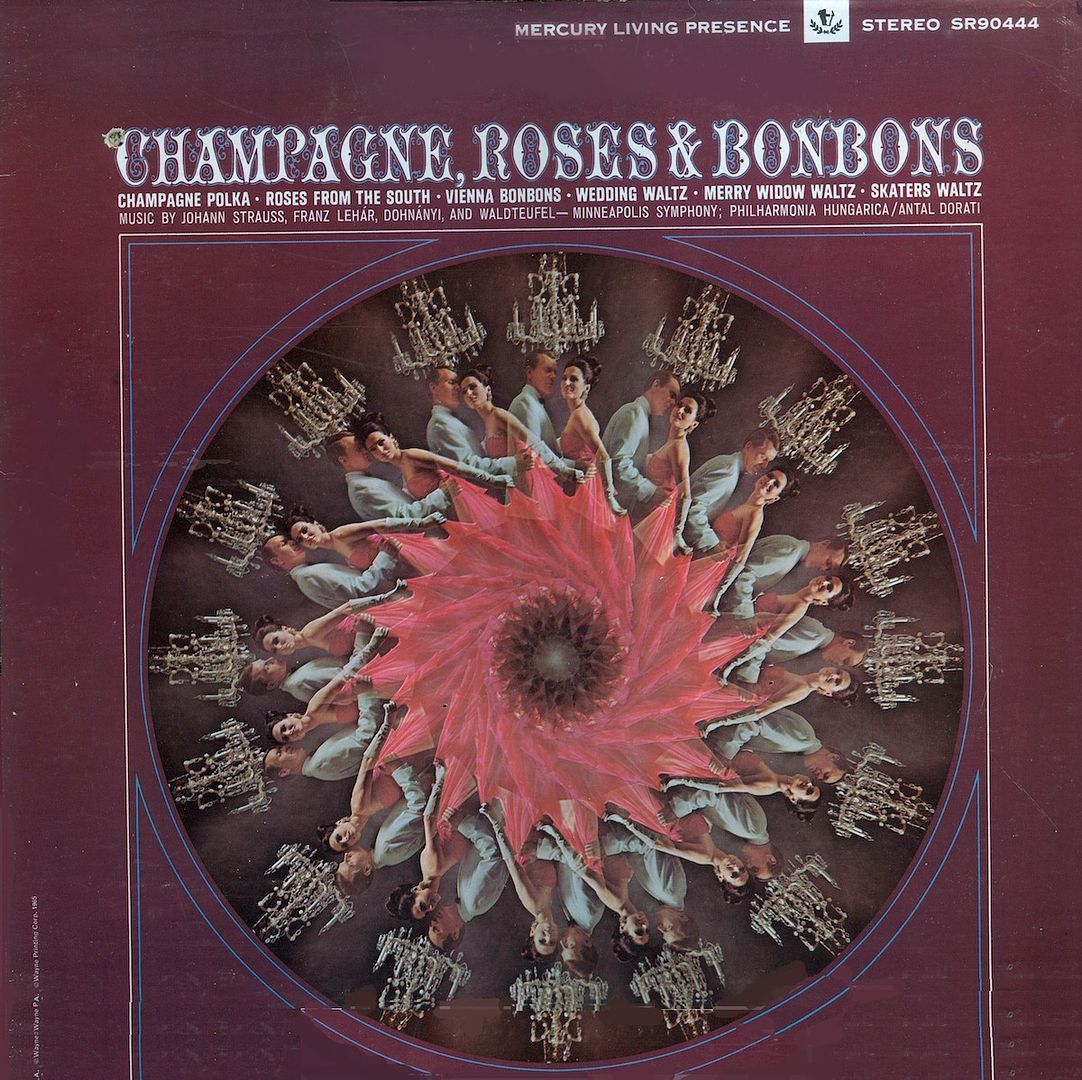
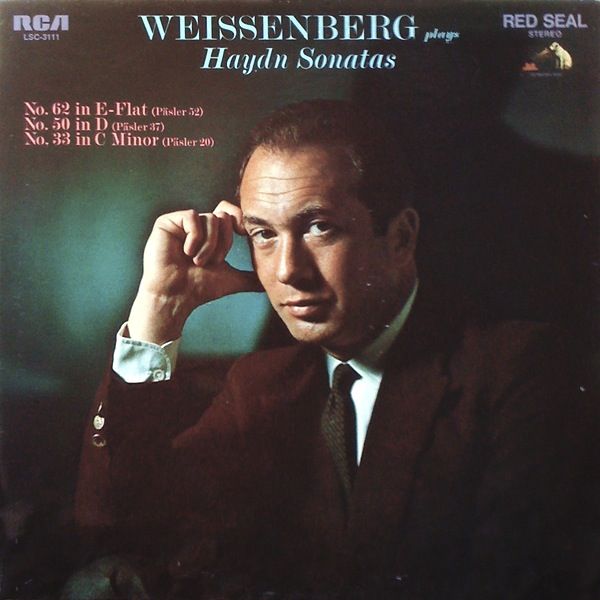

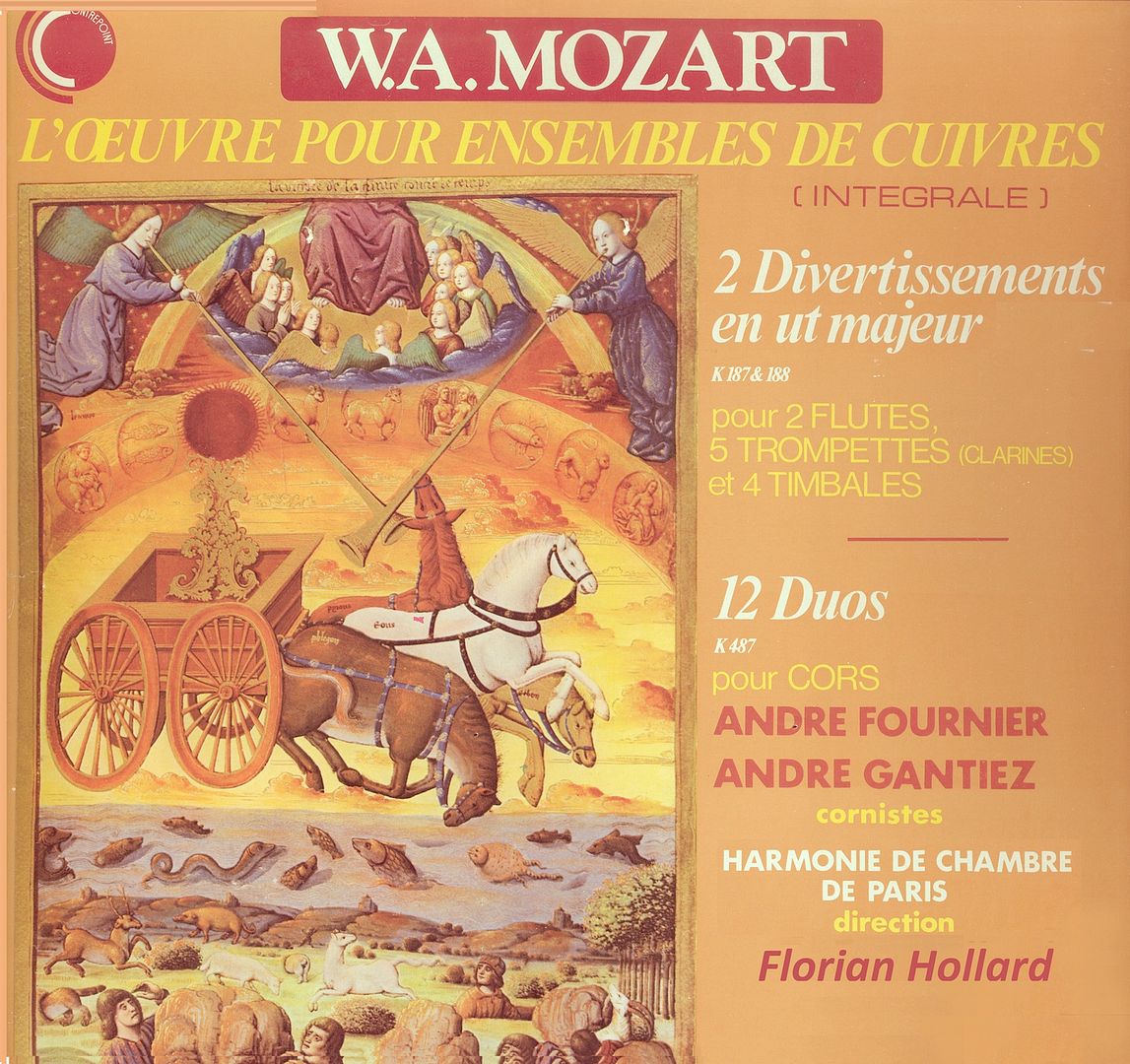
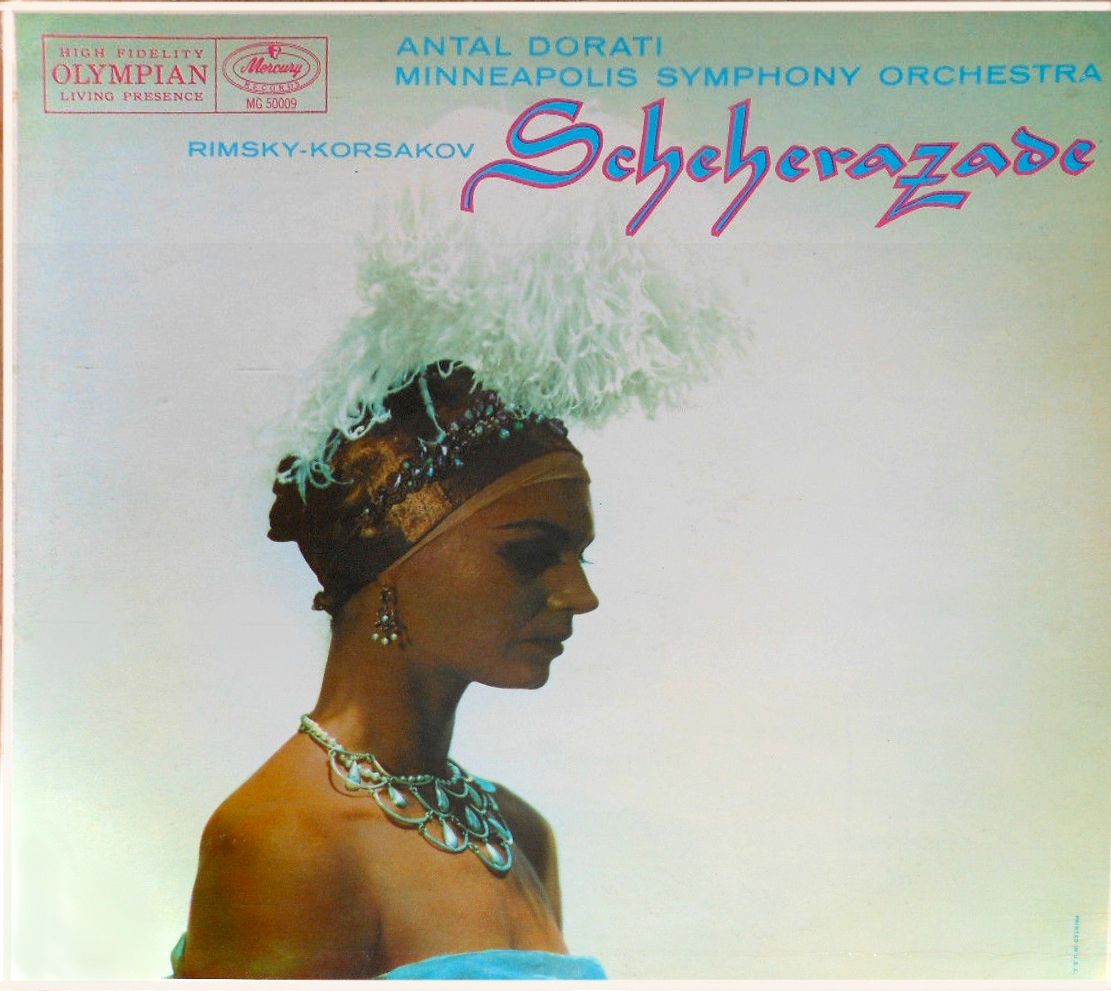
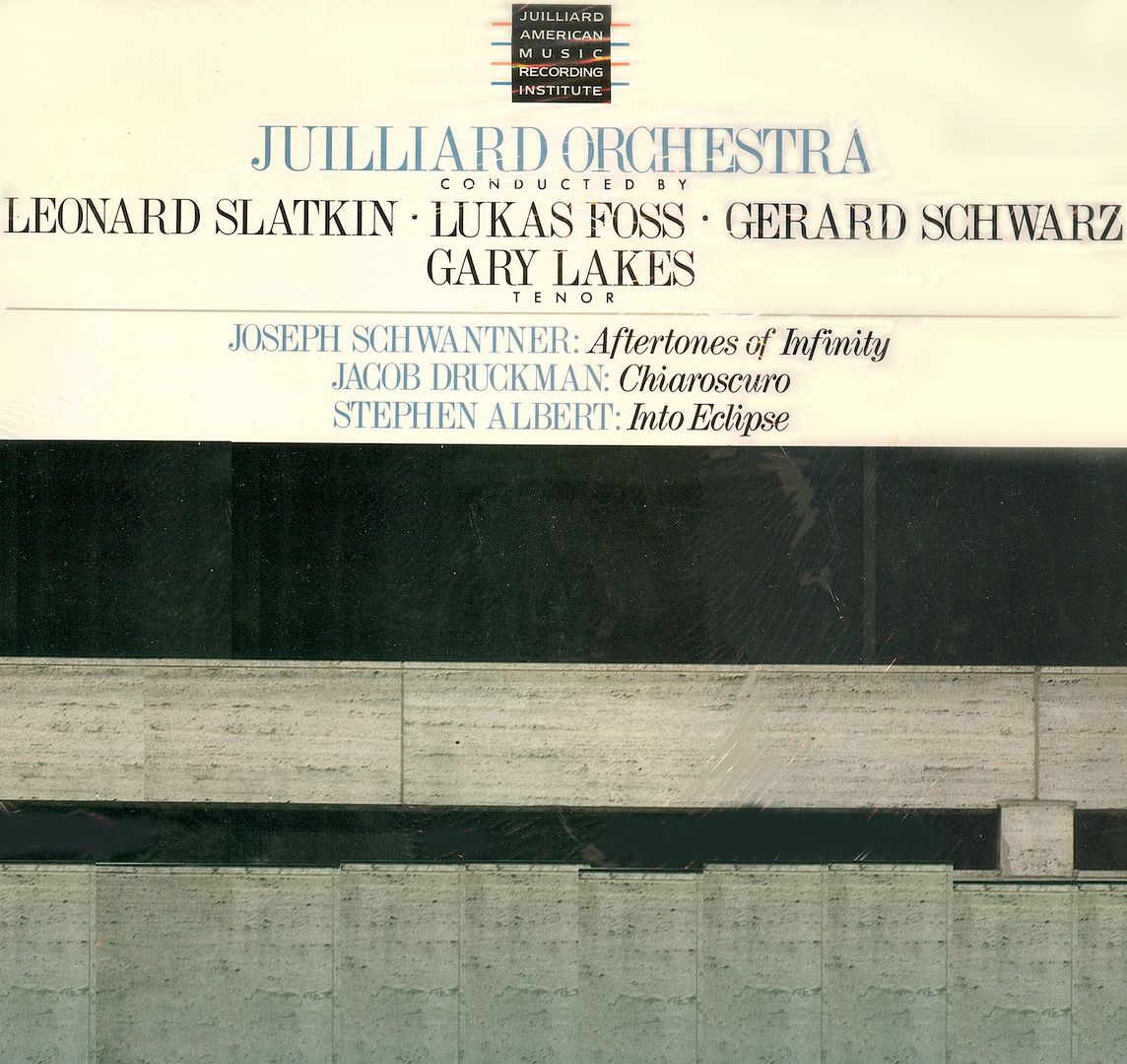
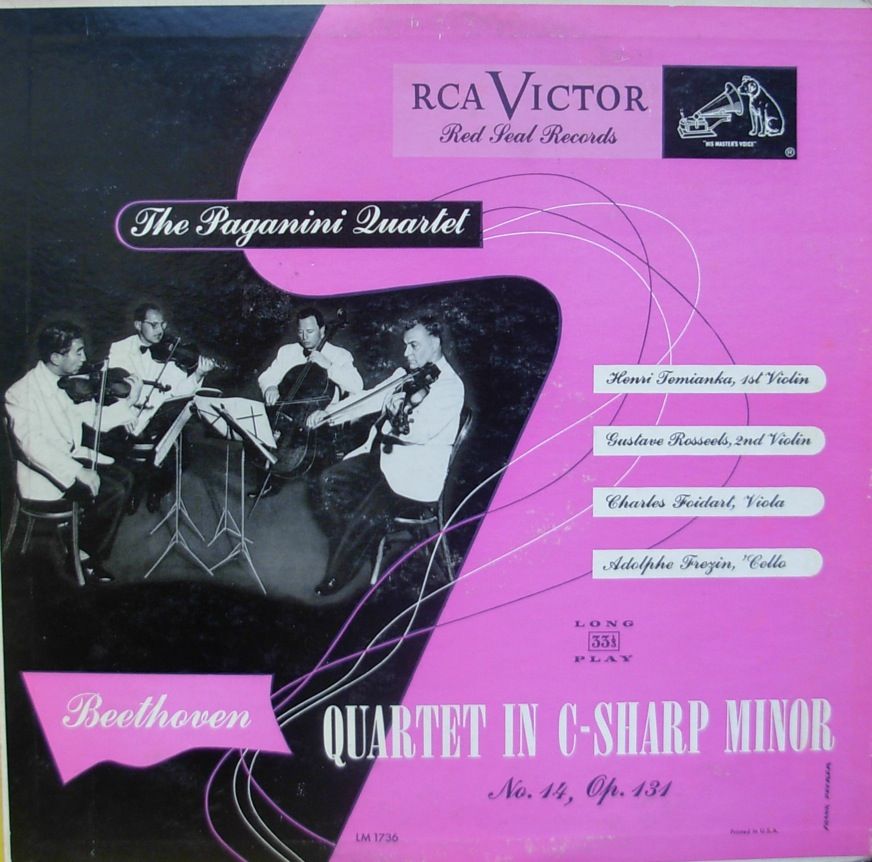
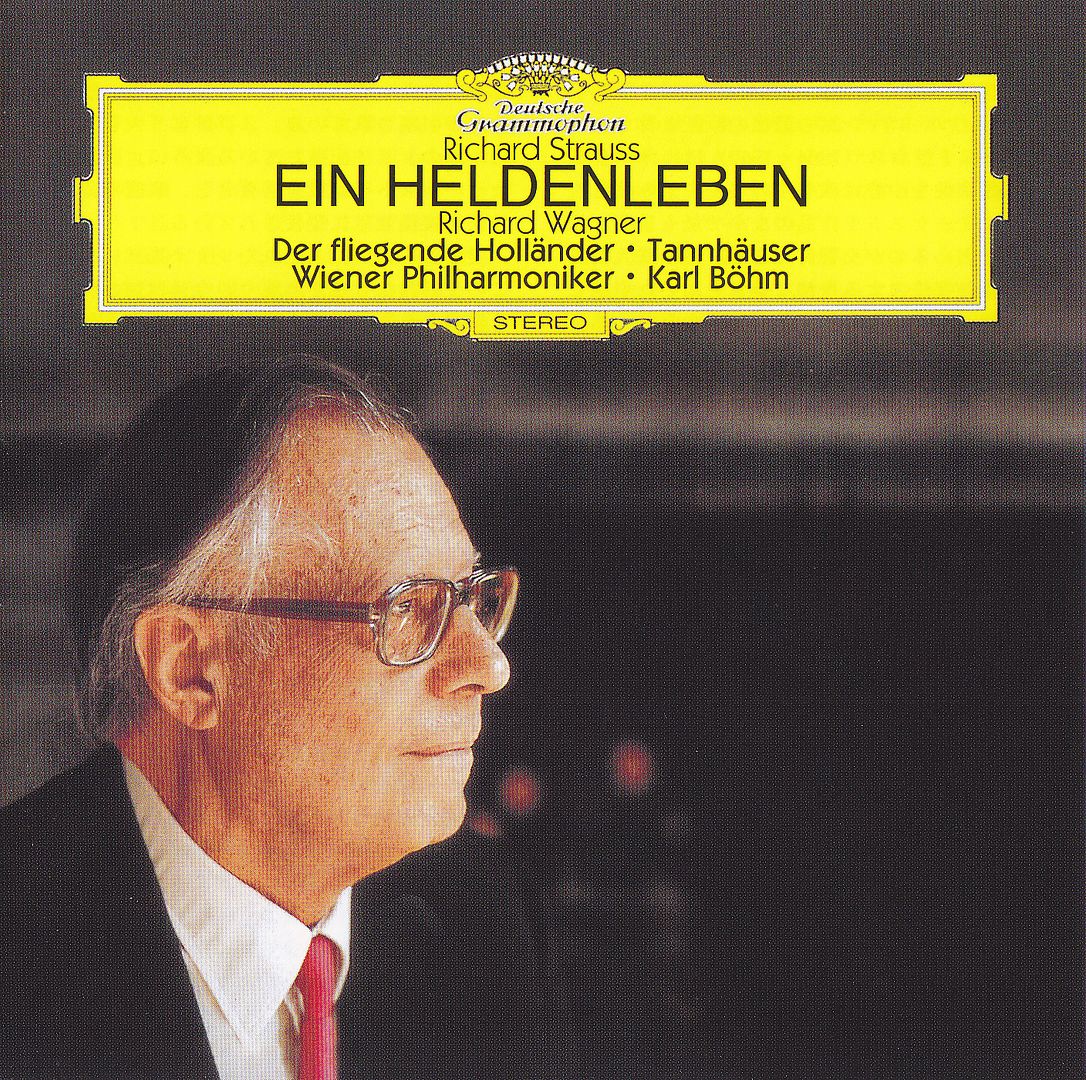
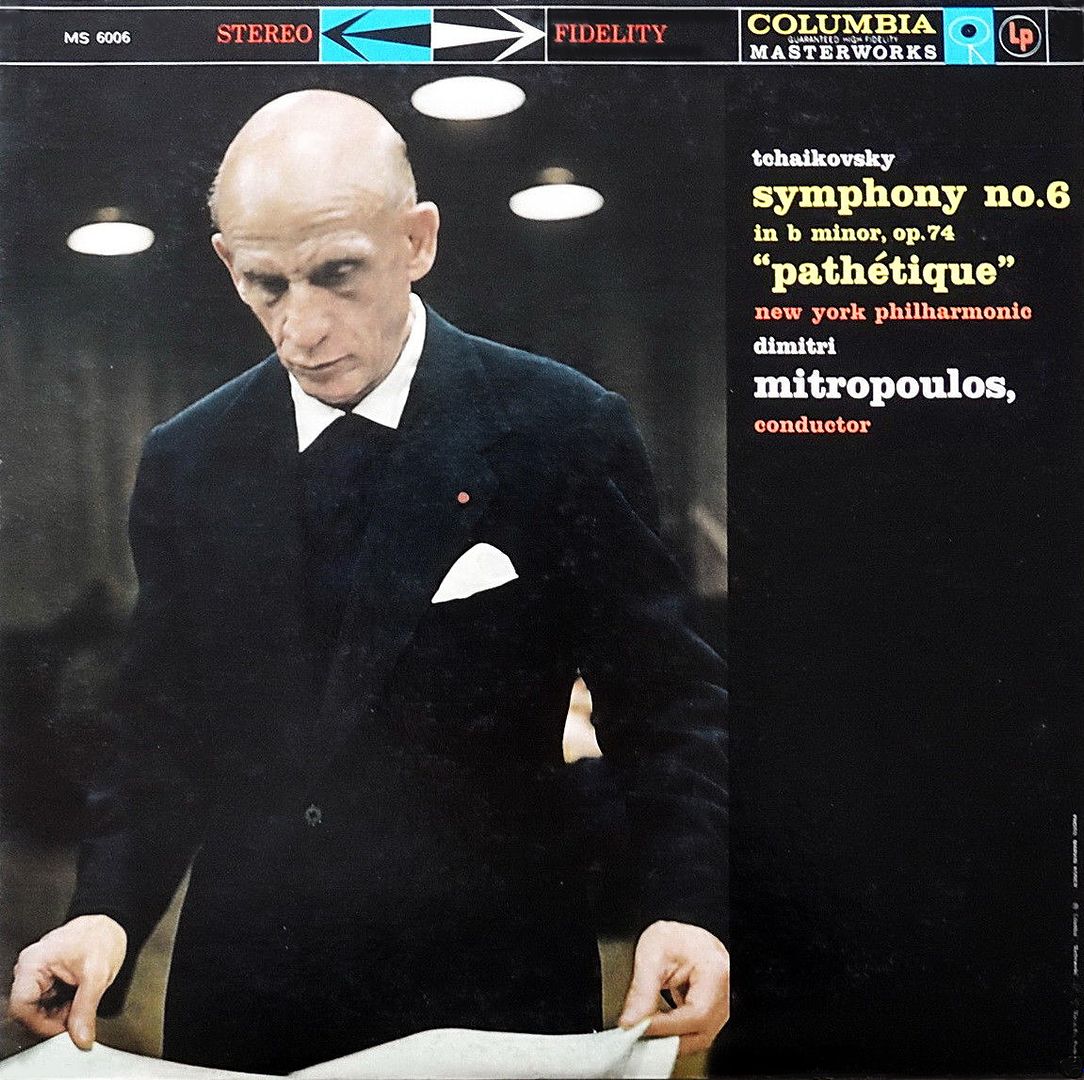
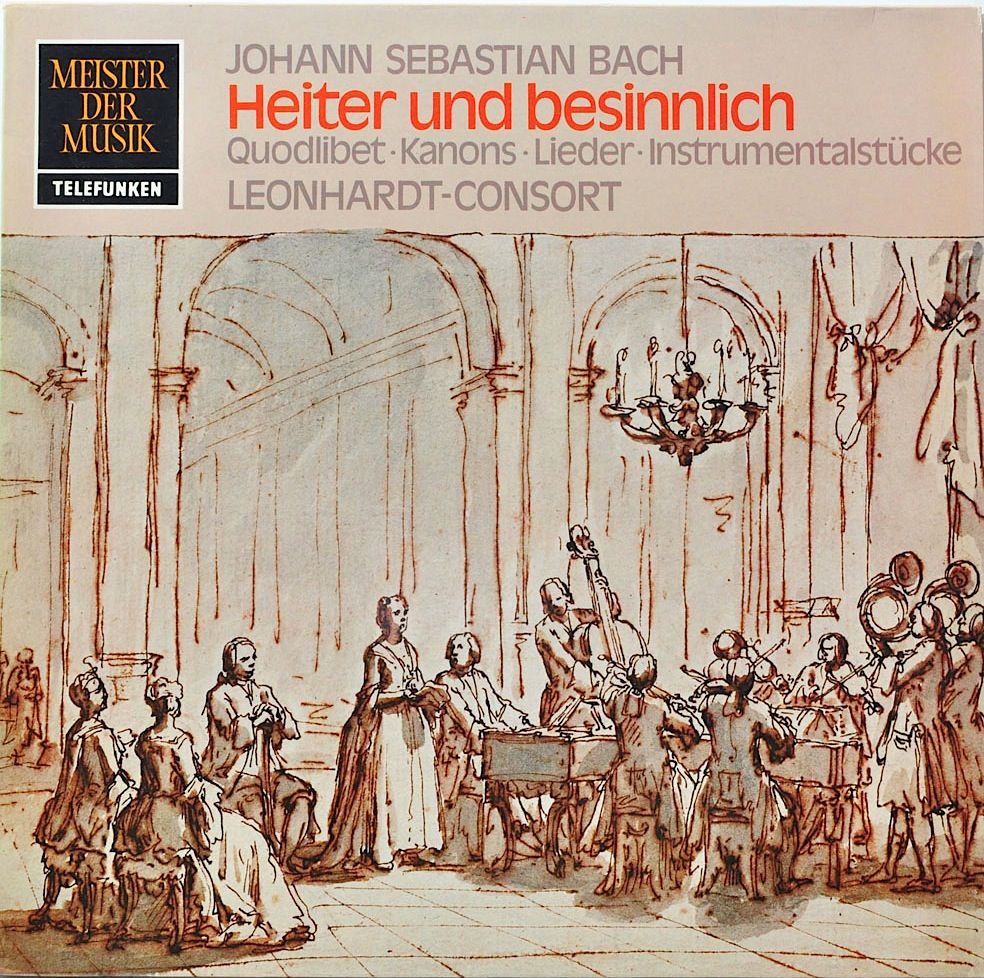

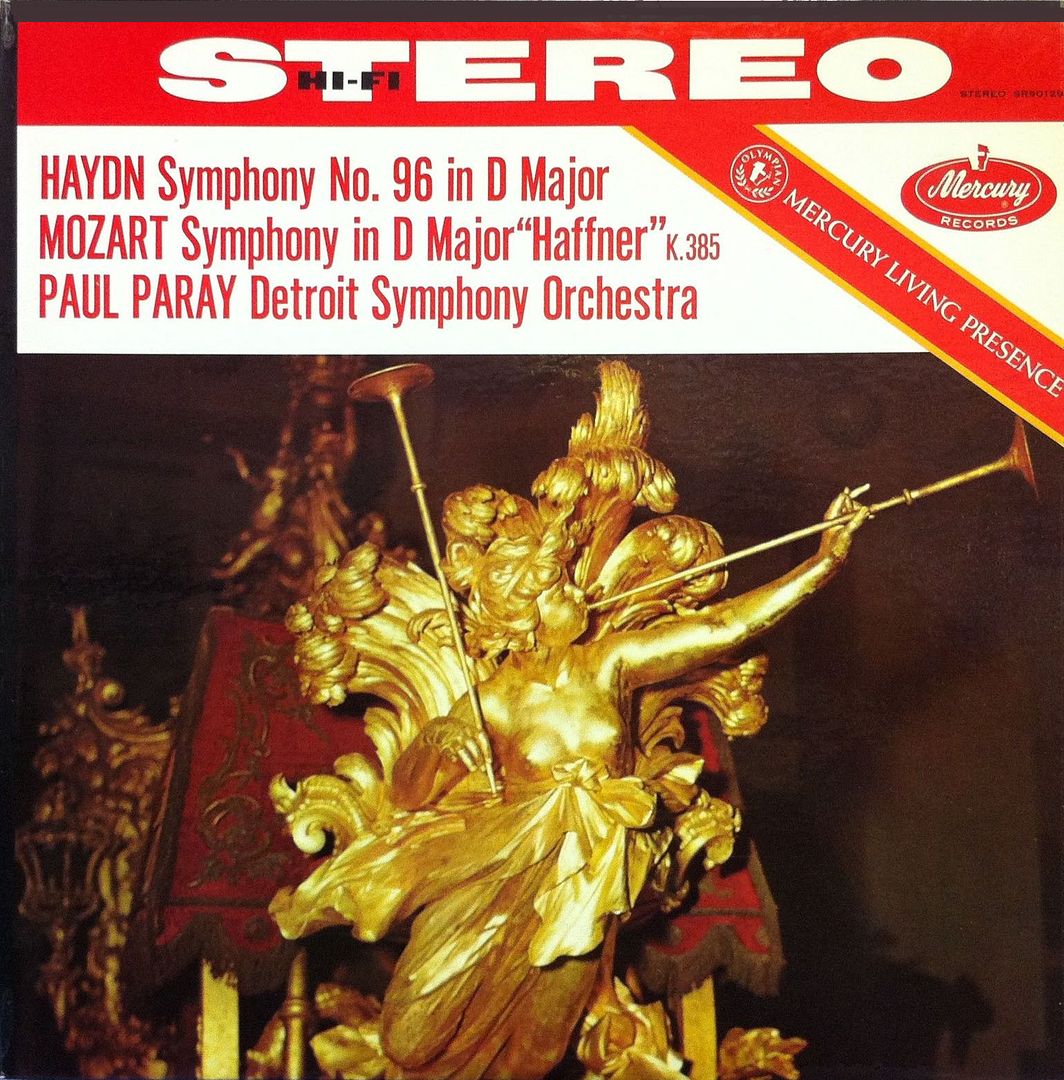
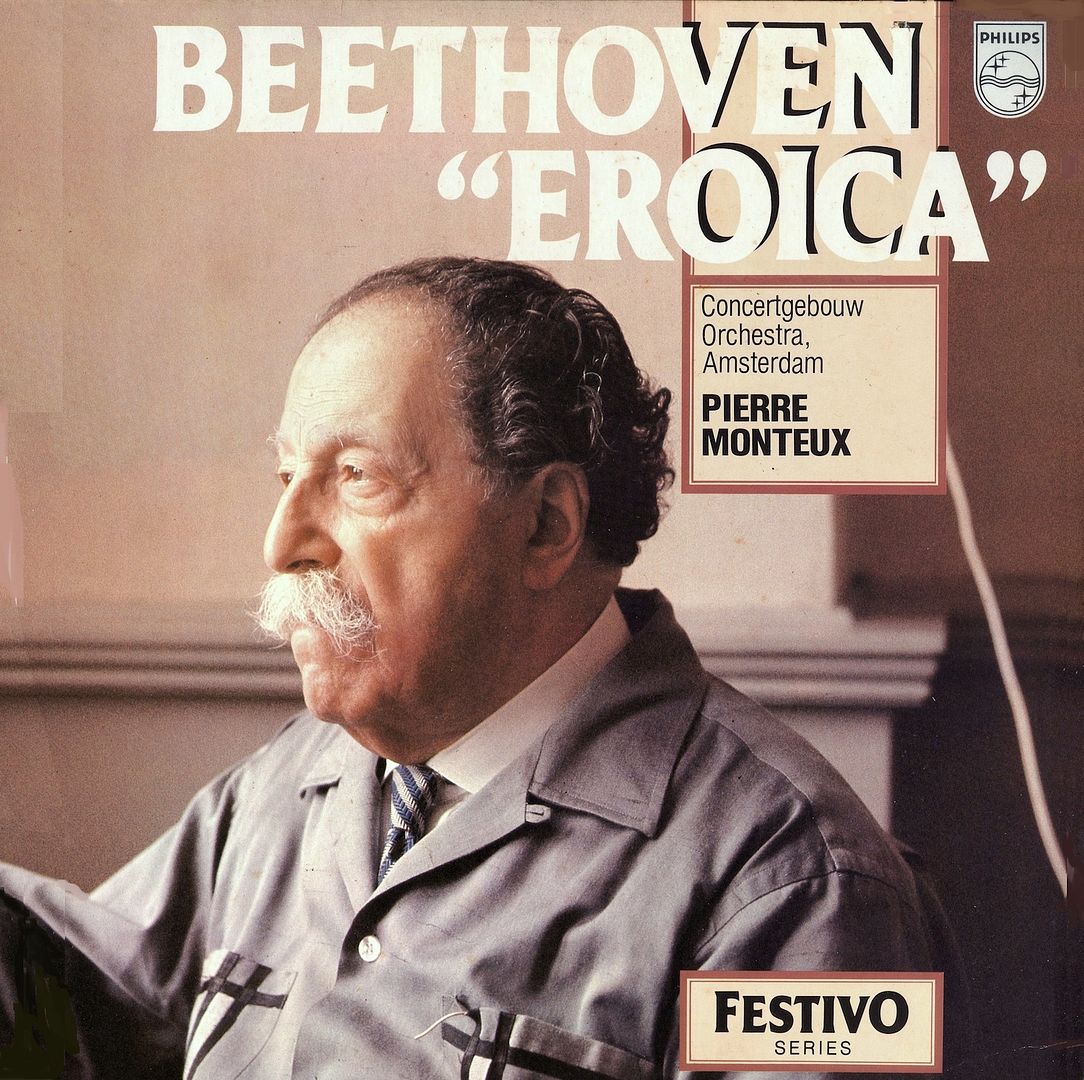
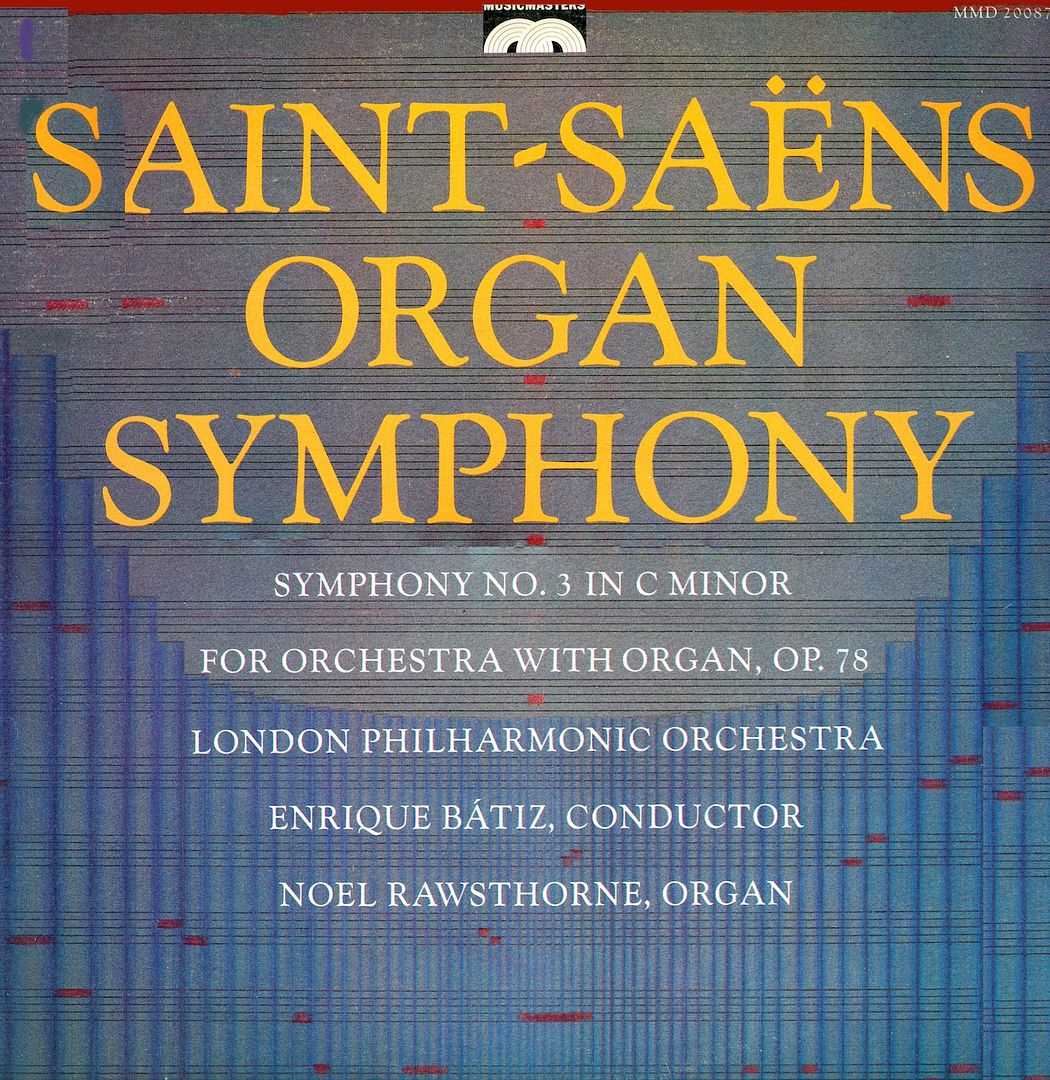
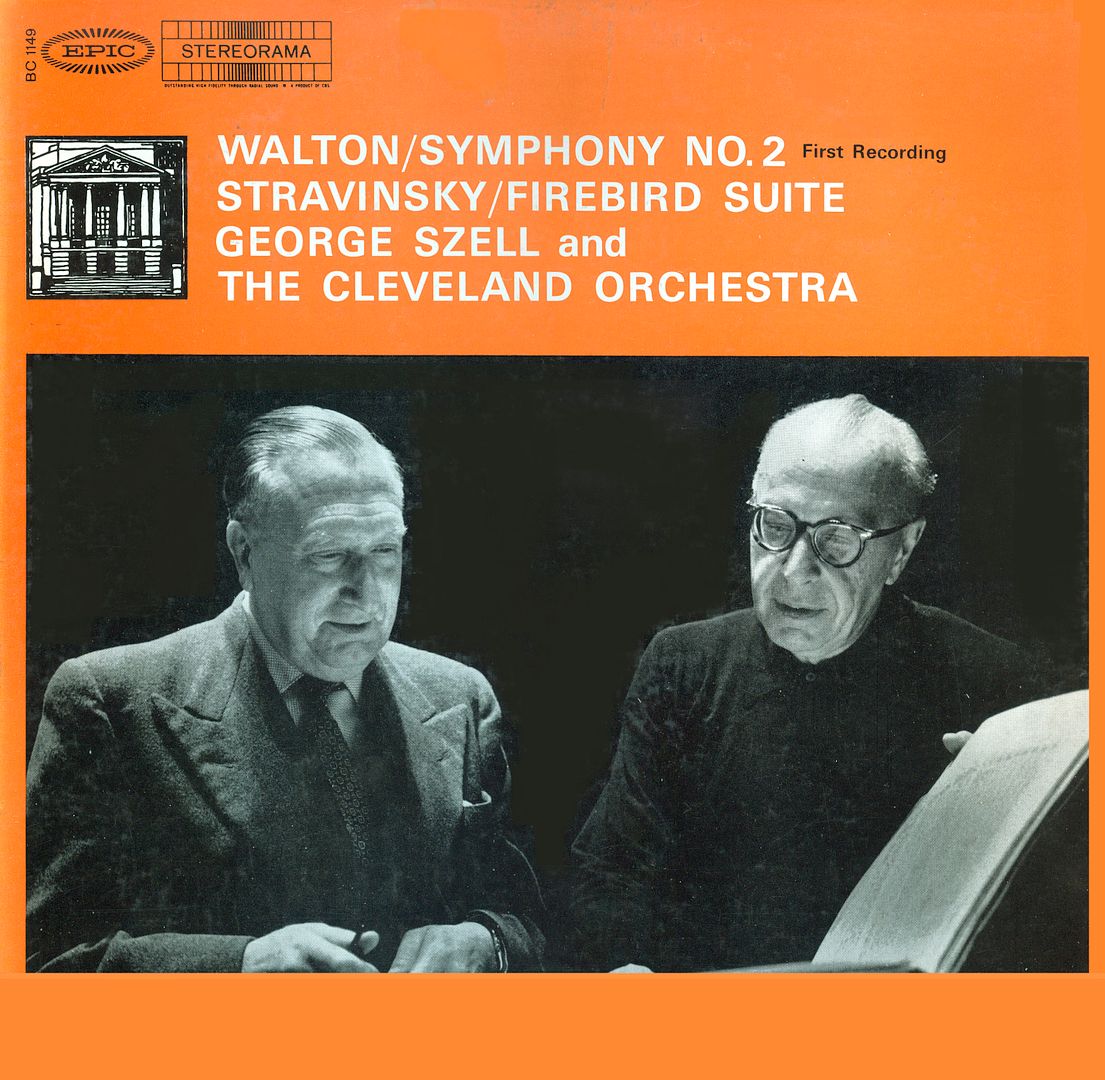
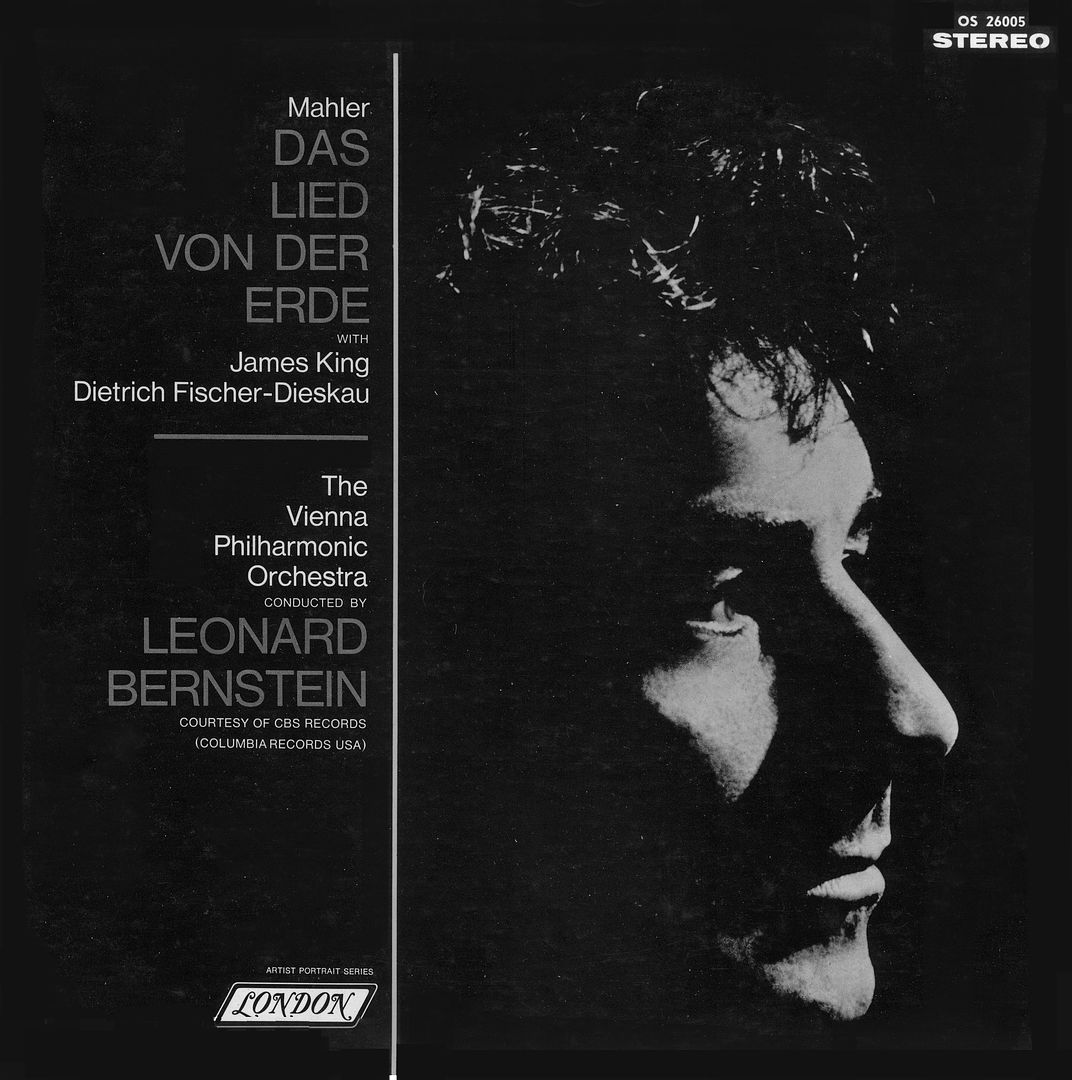
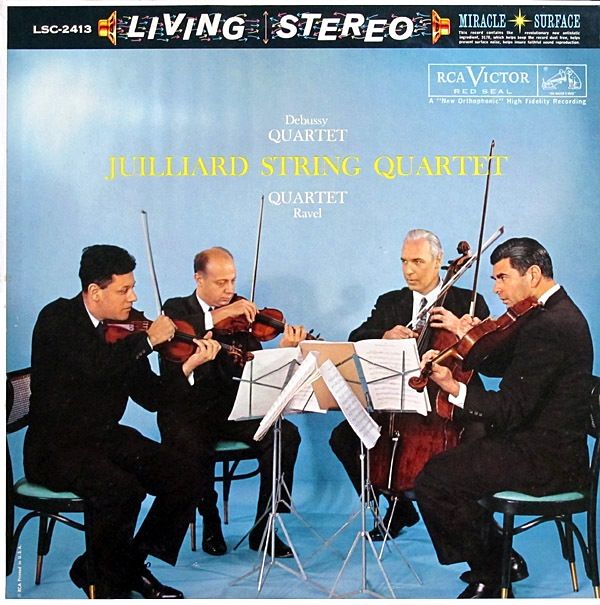
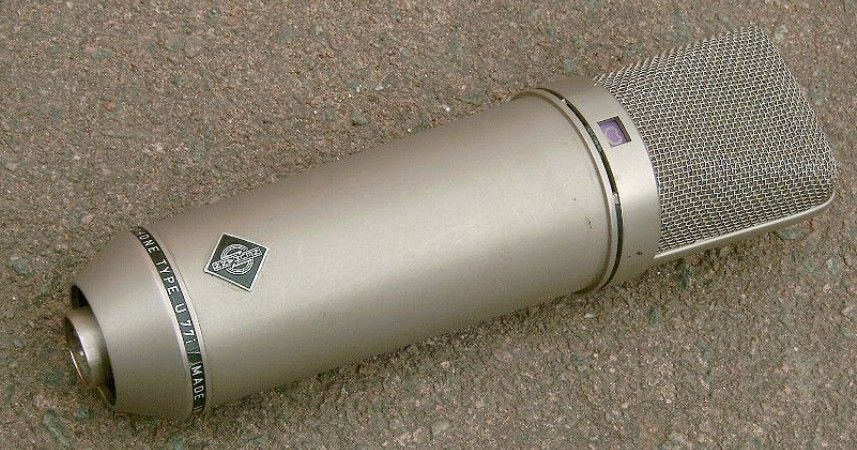 _
_

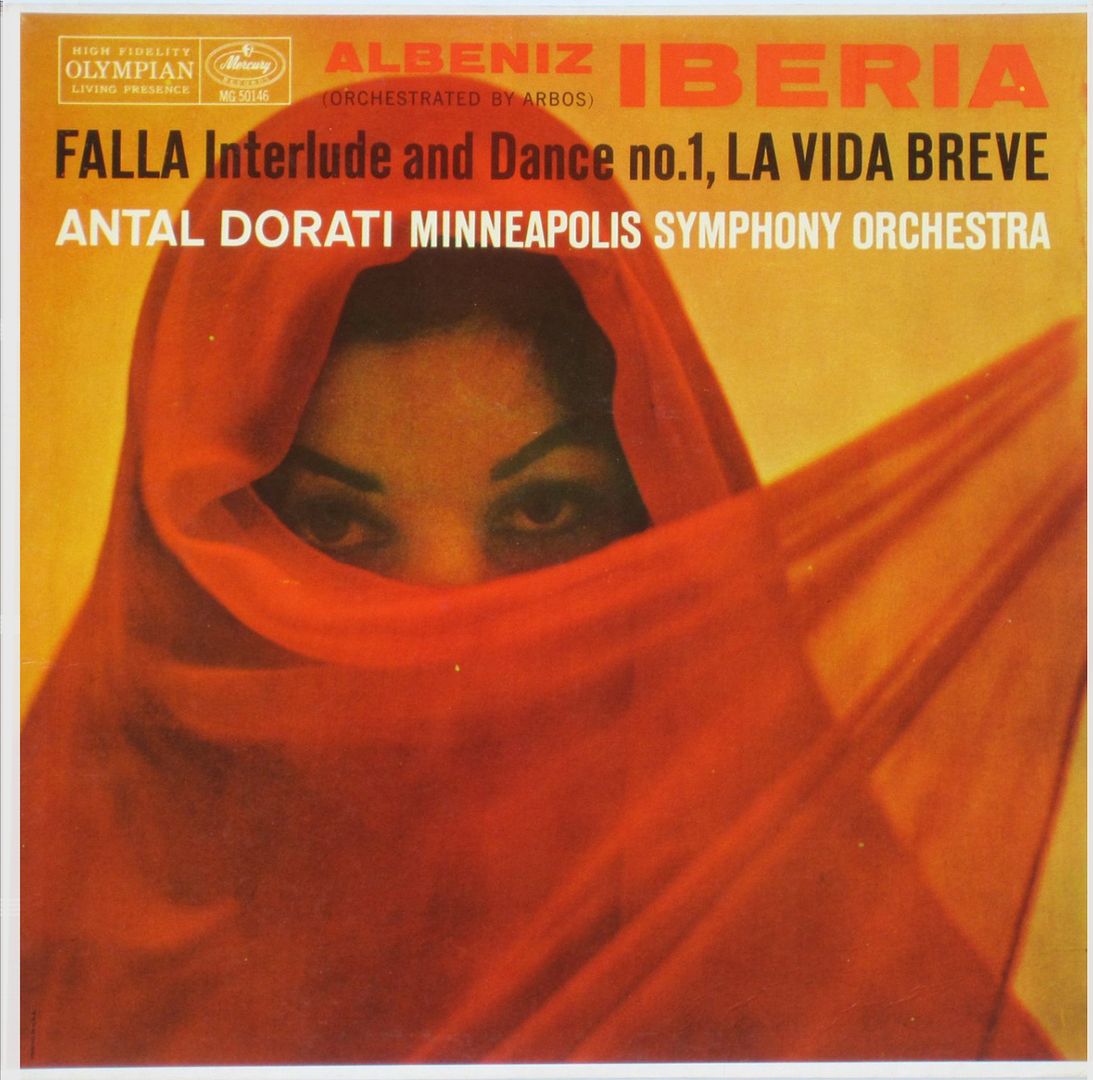
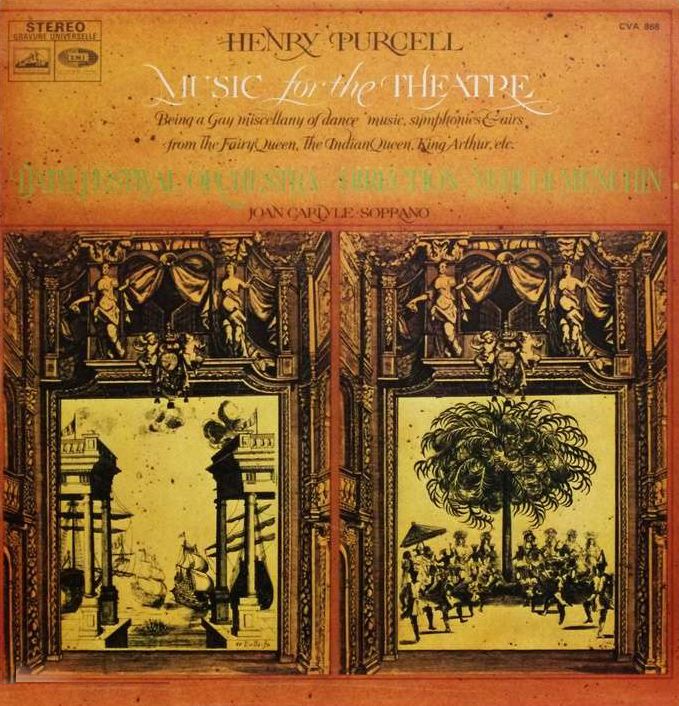
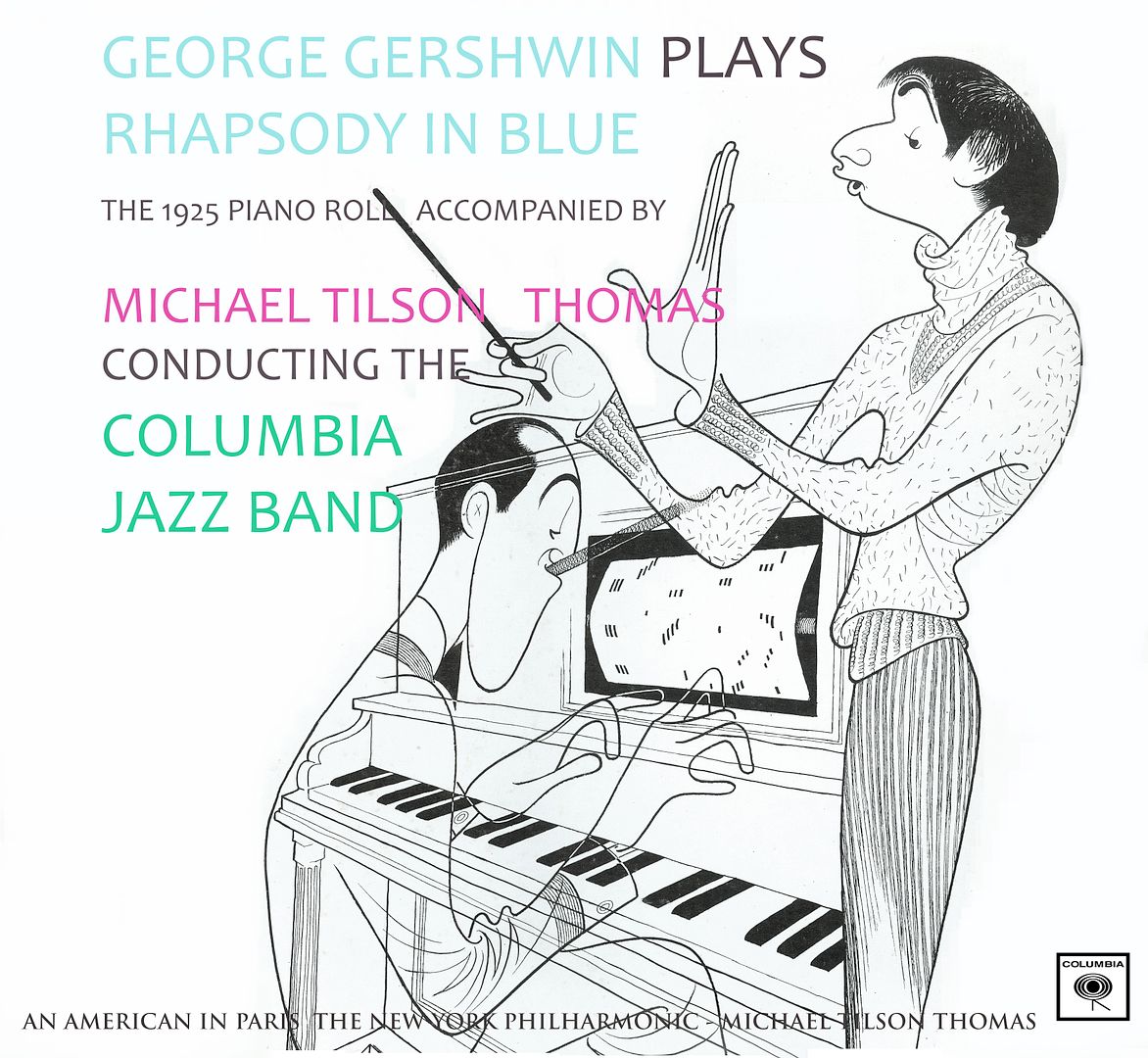
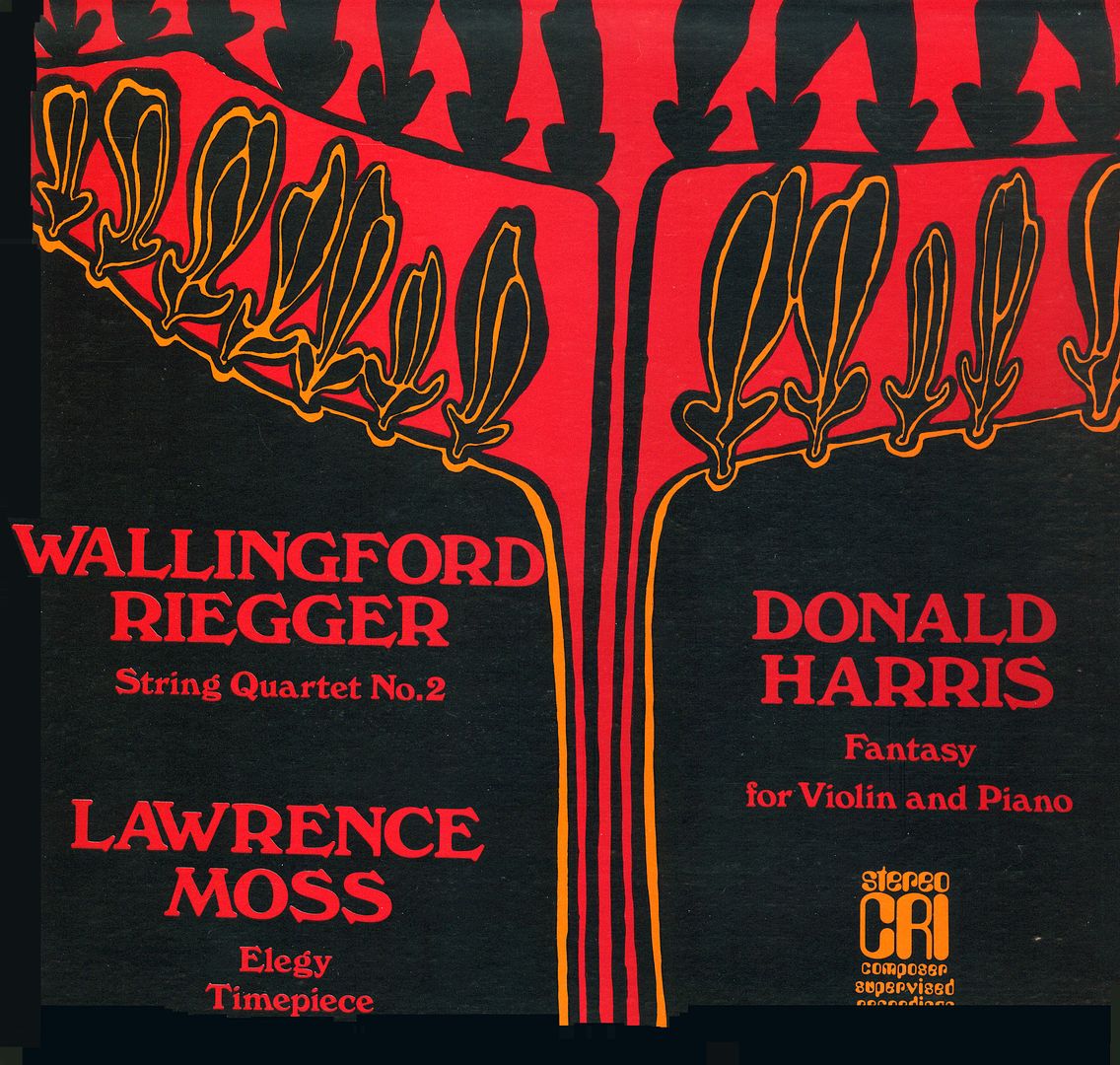




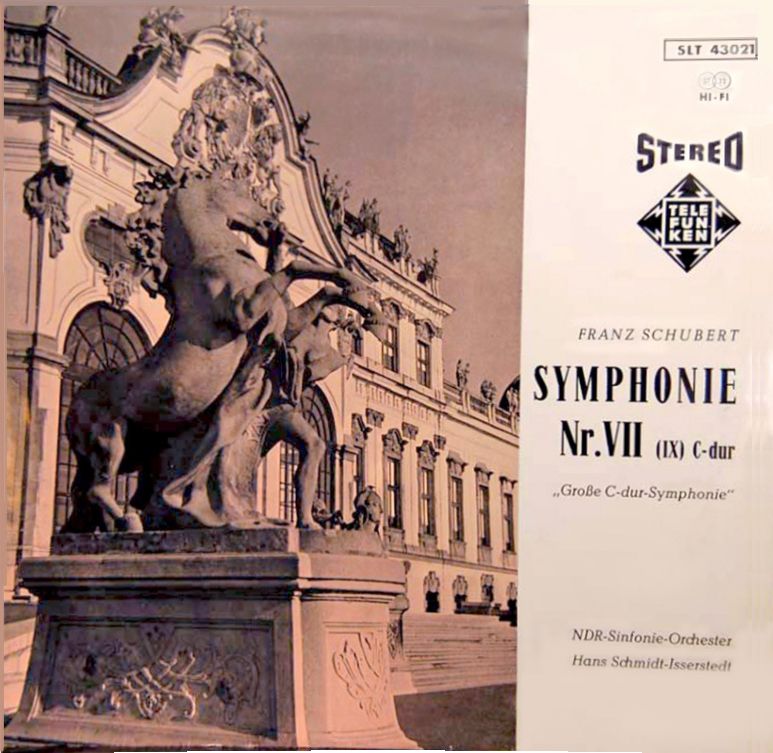
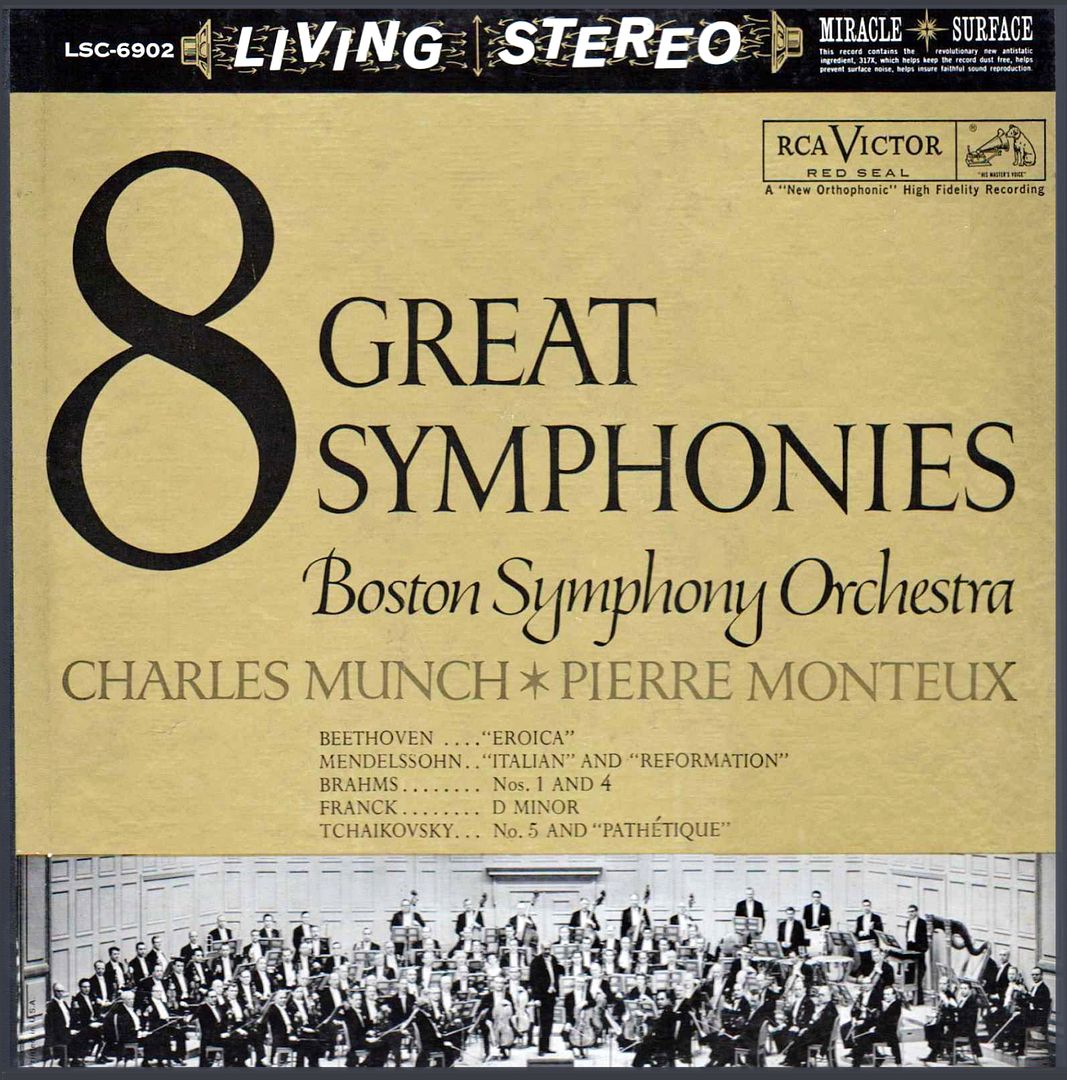
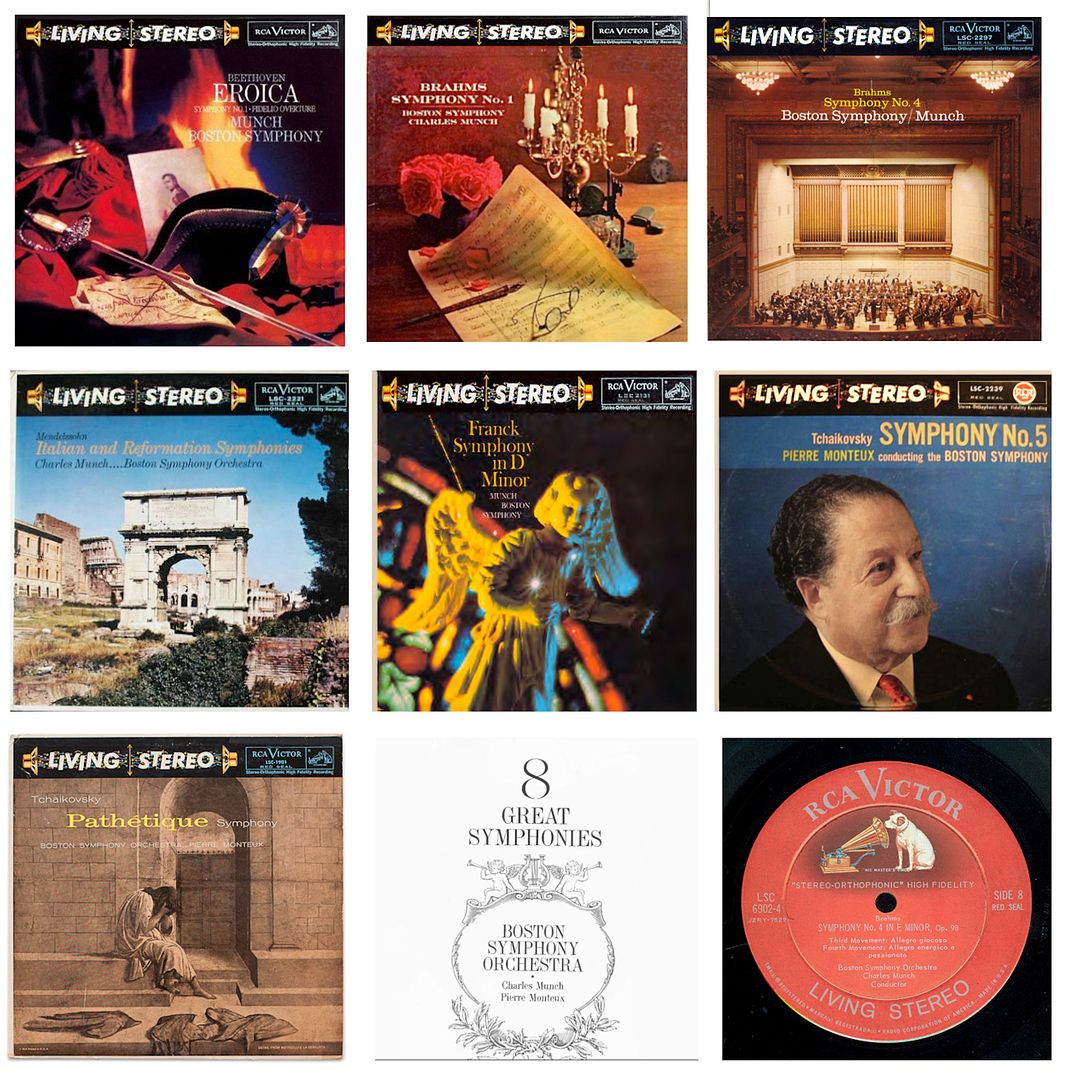

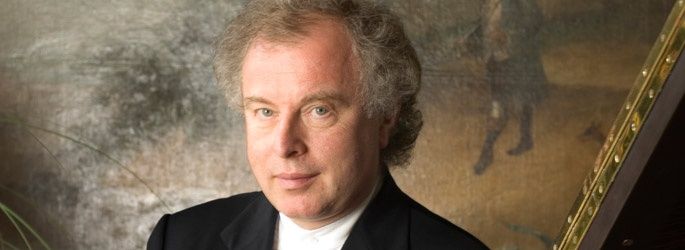
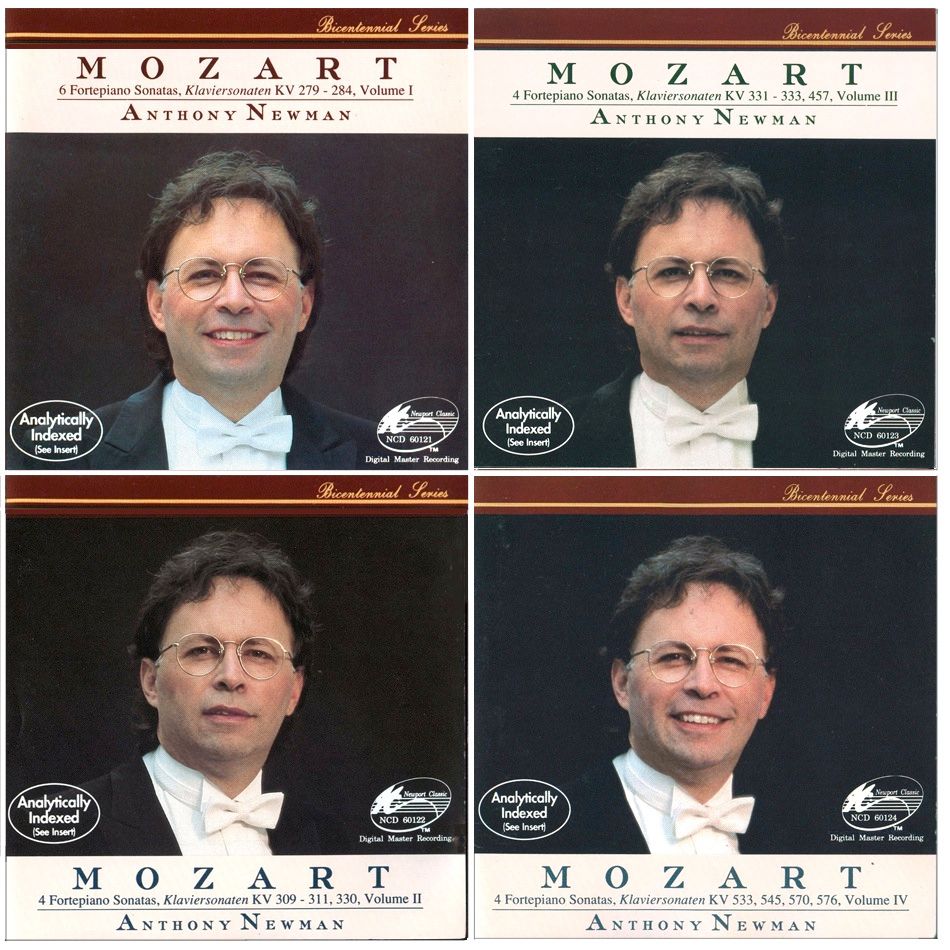

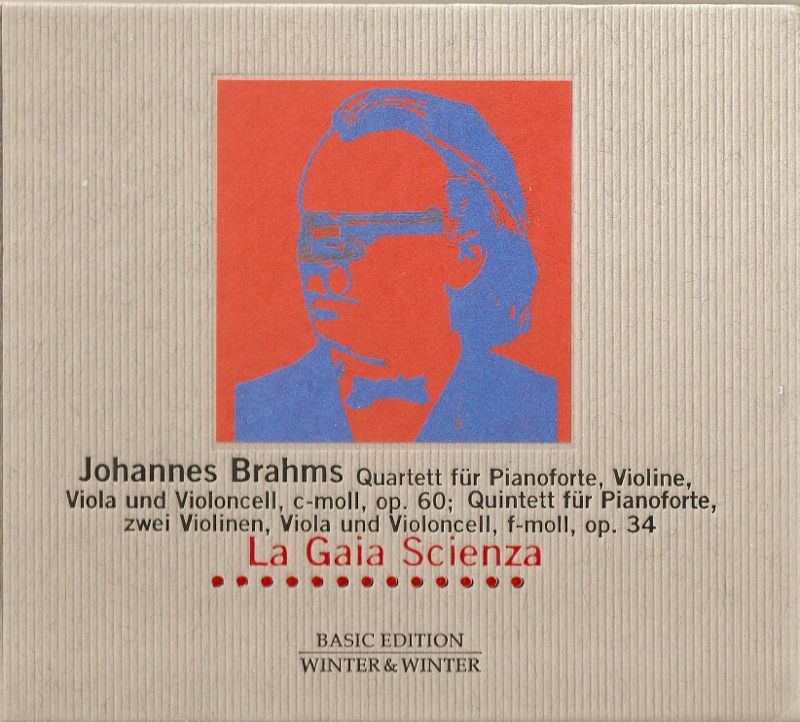
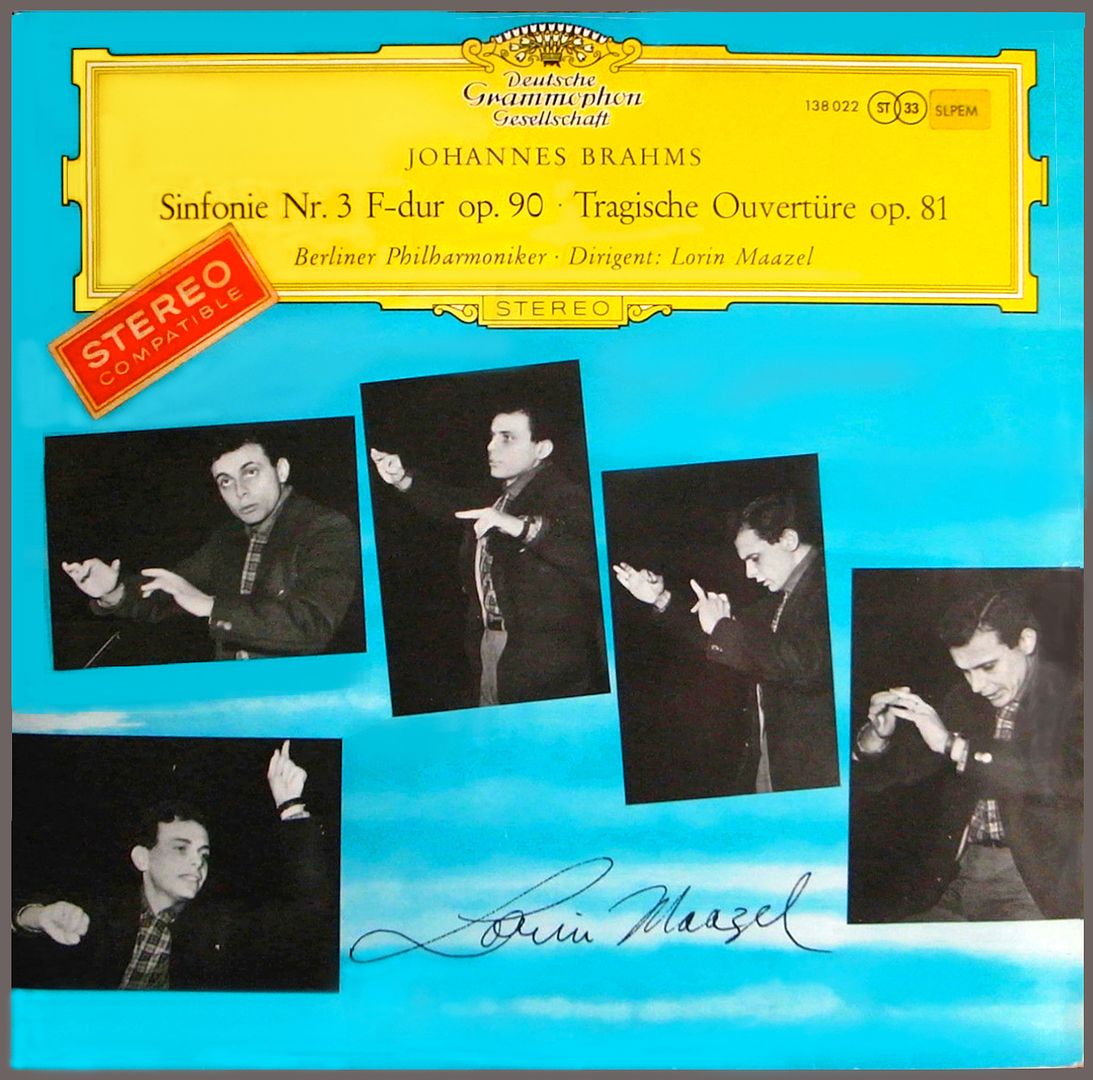
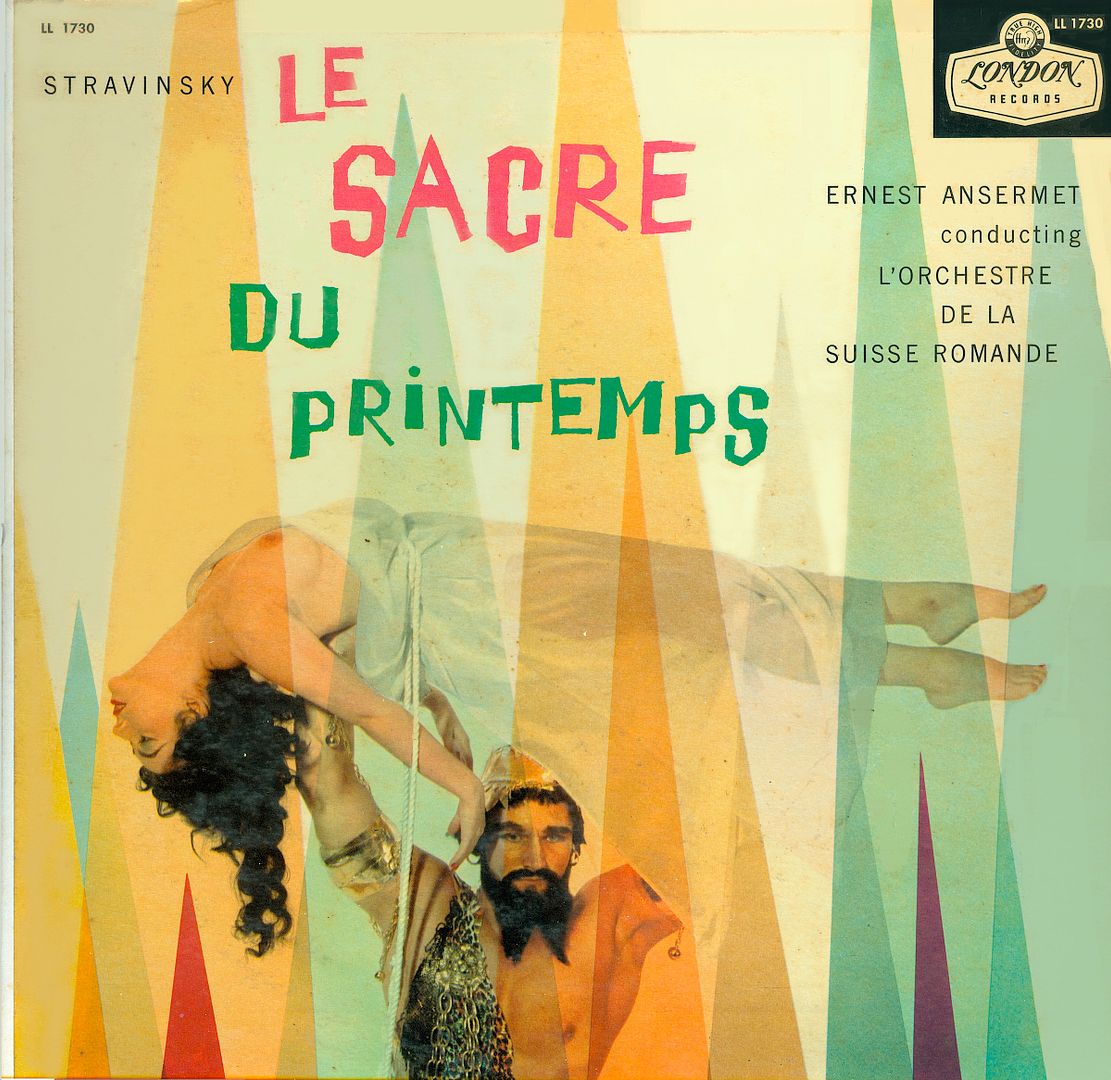
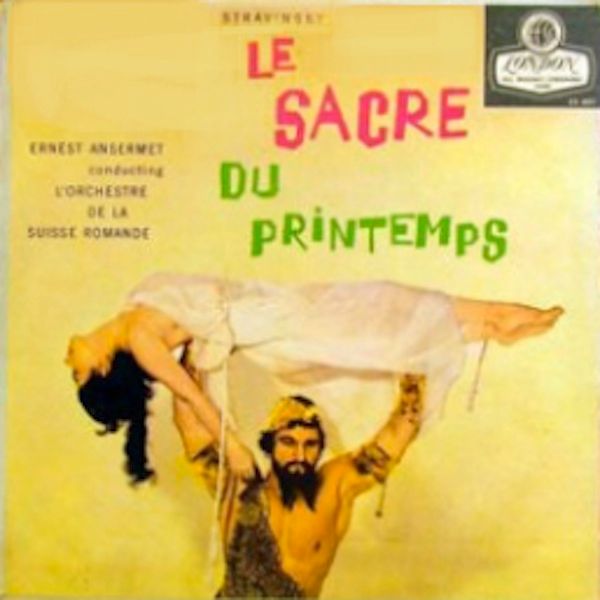

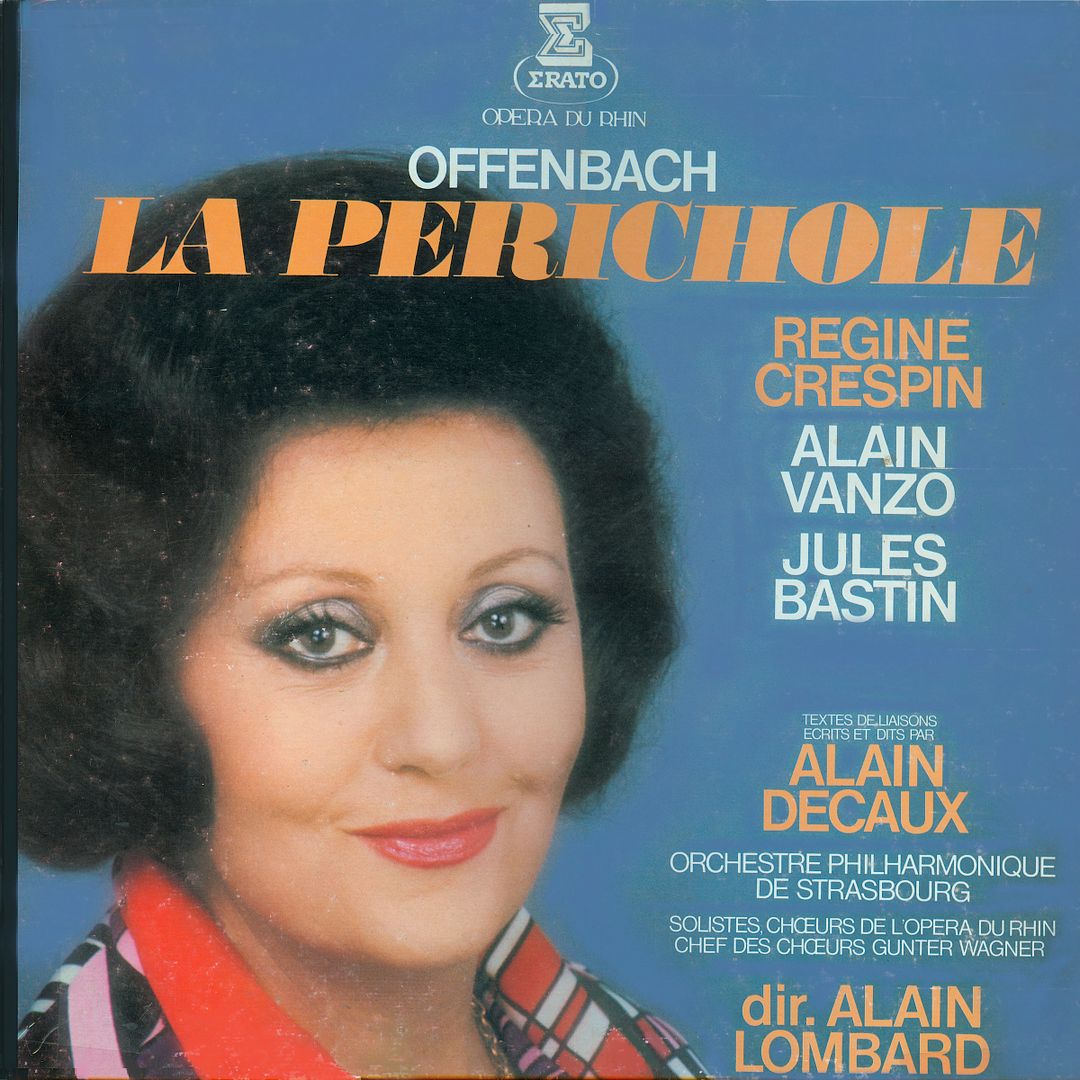
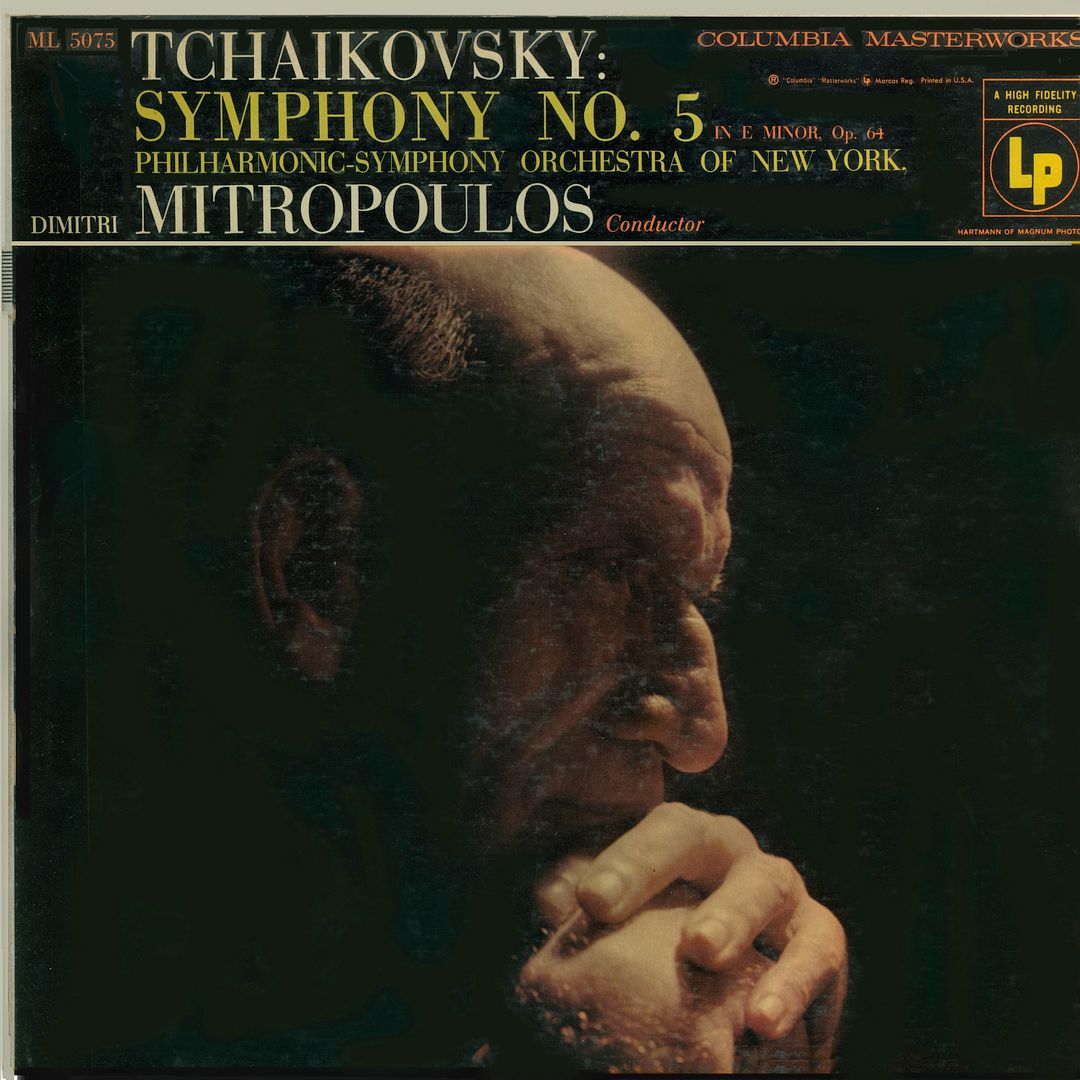
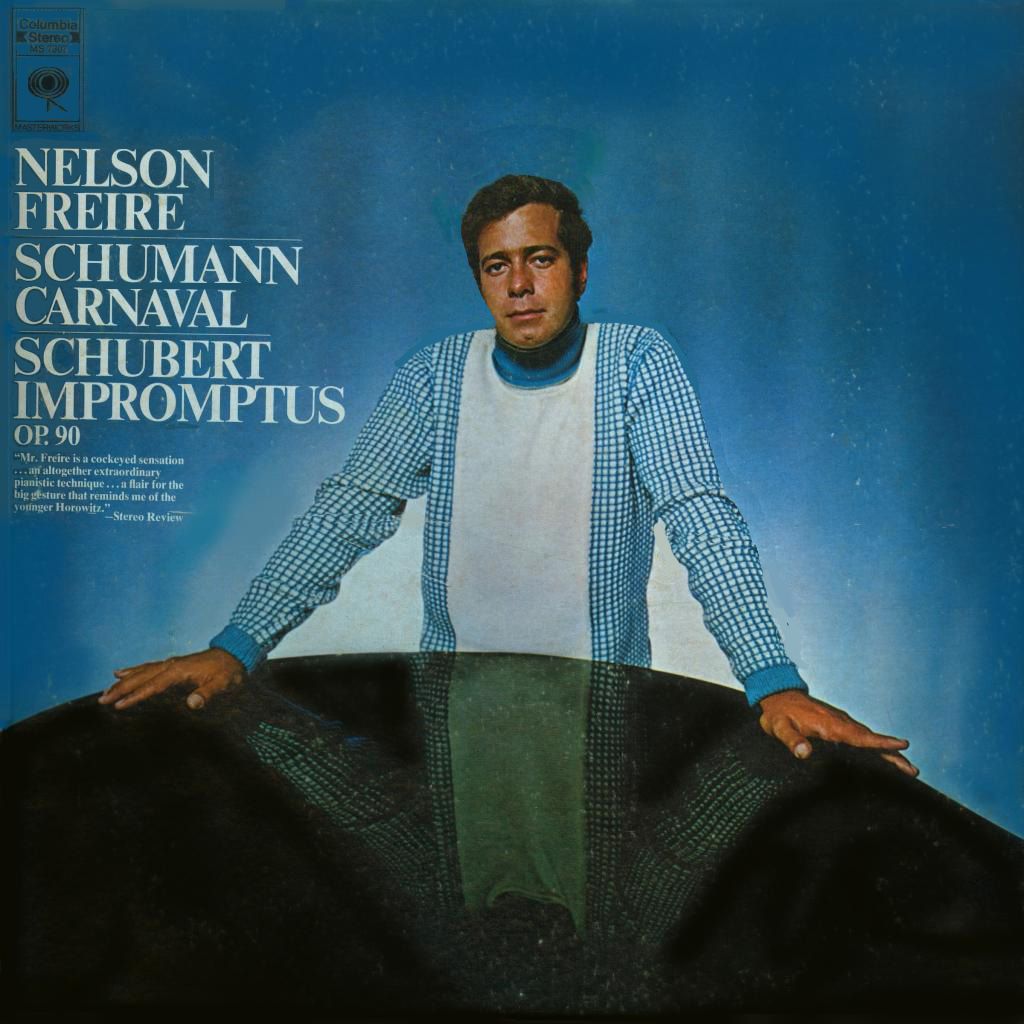
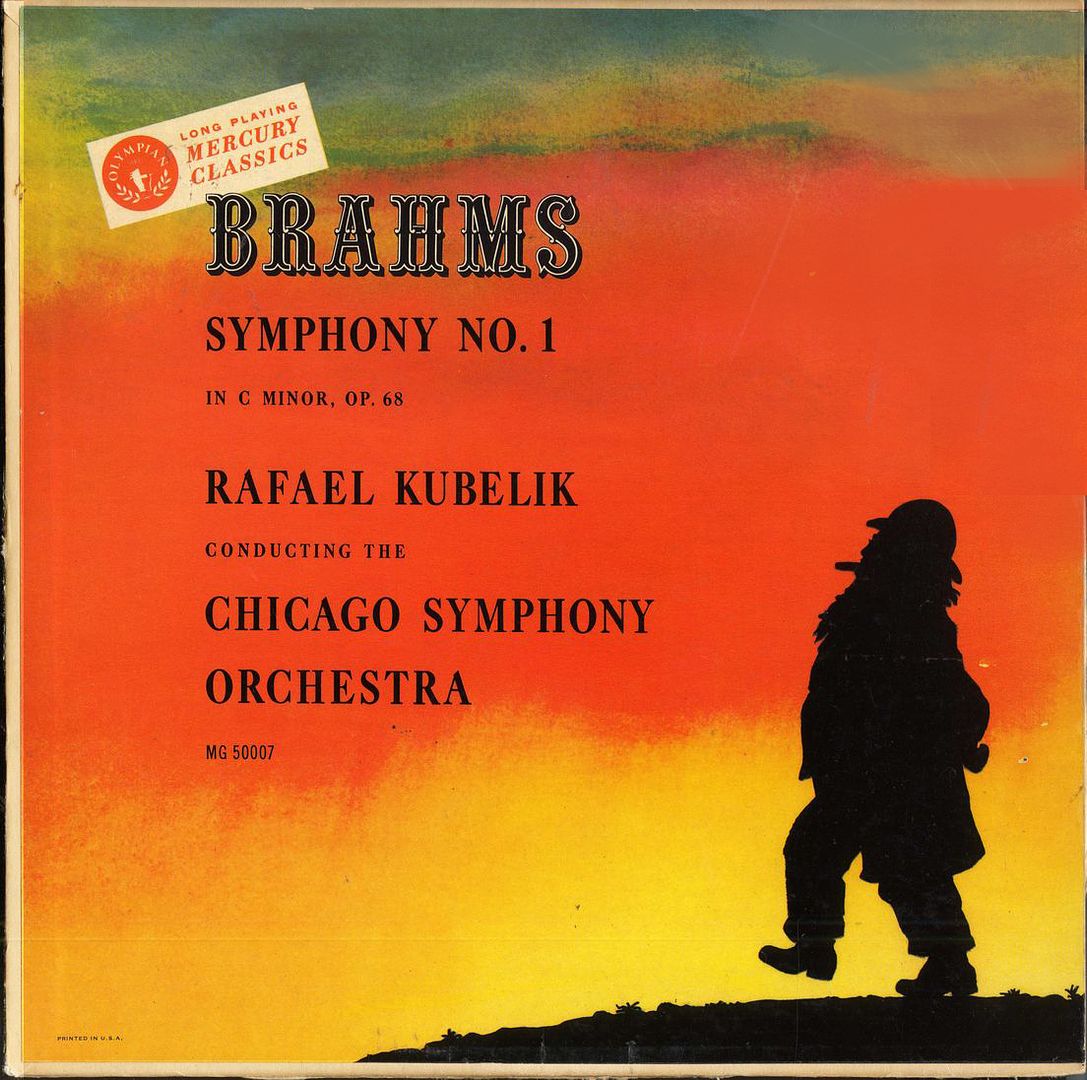
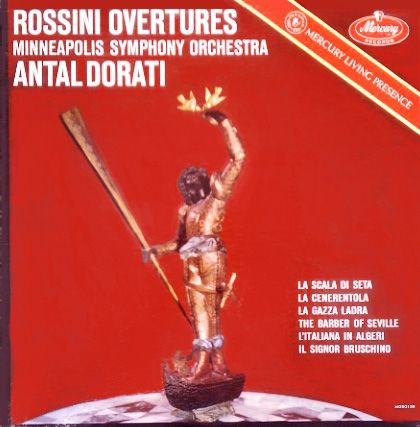
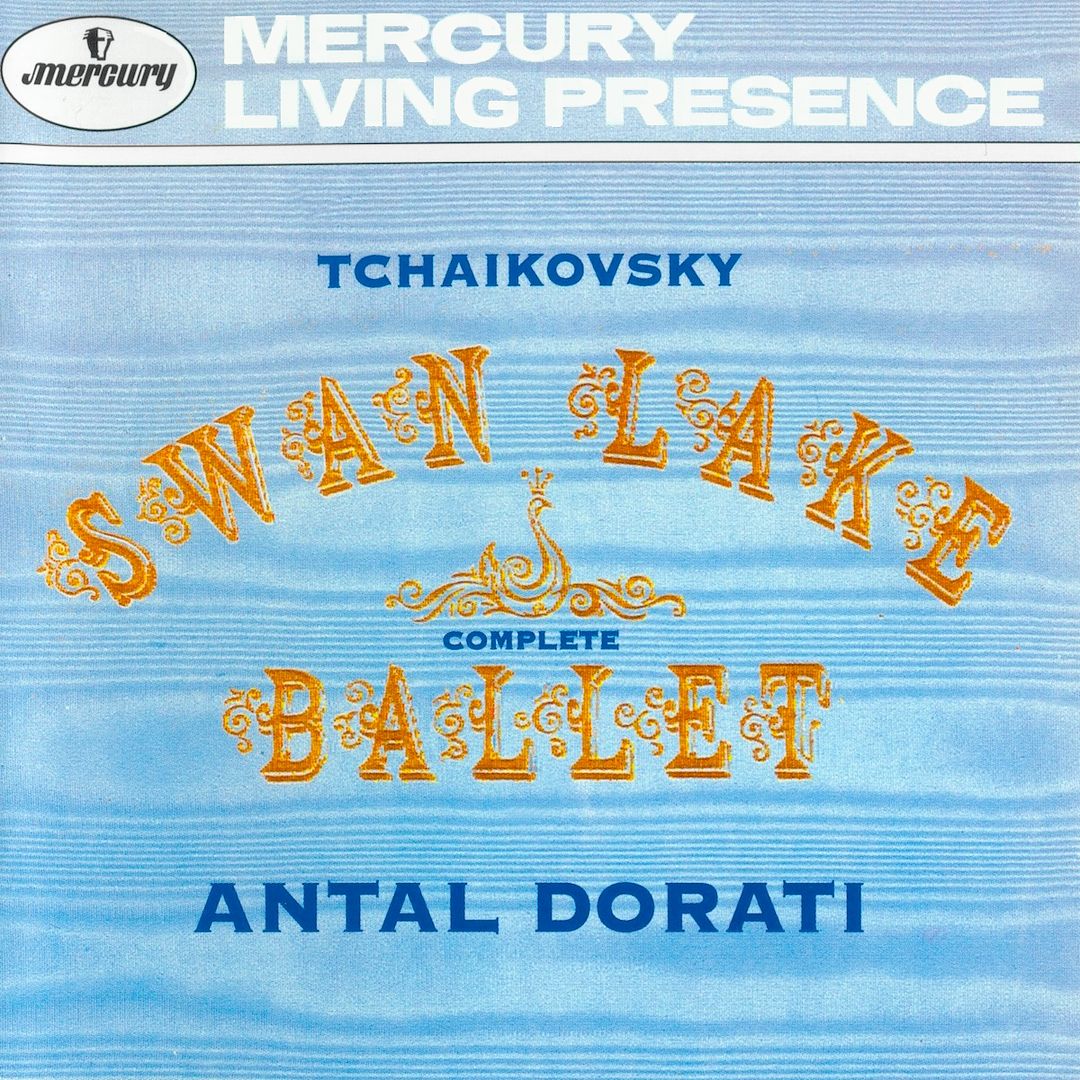
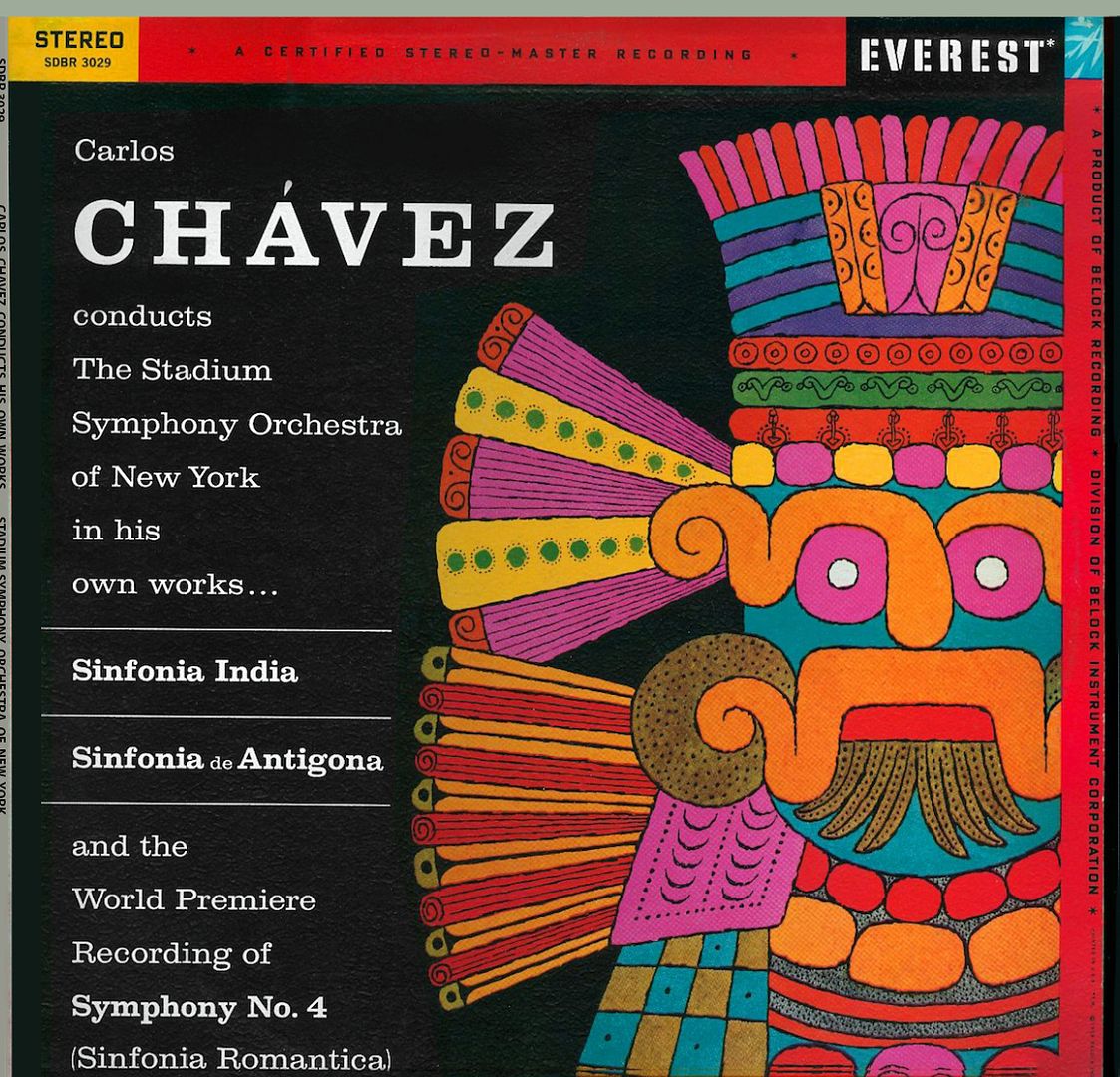
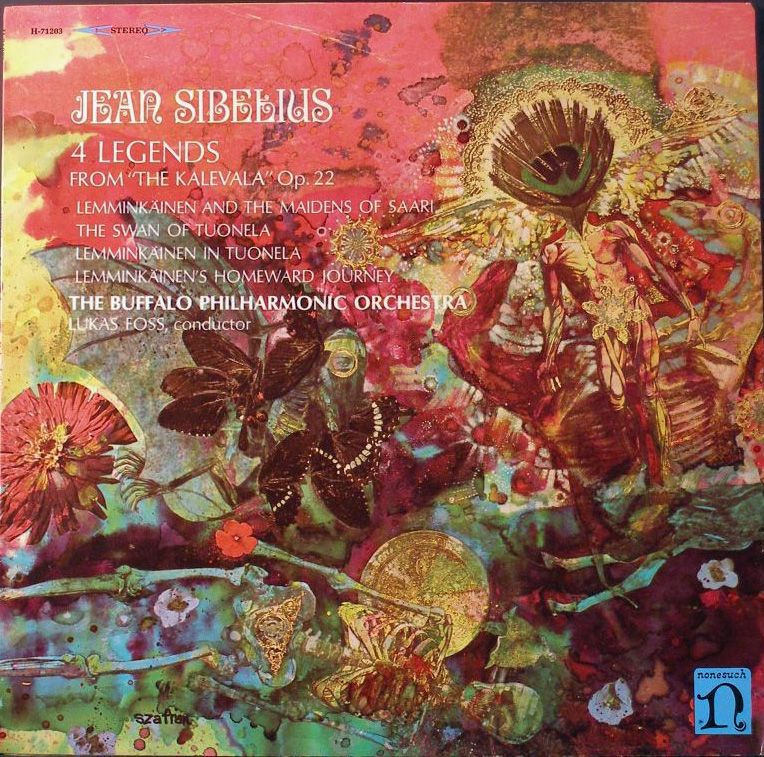
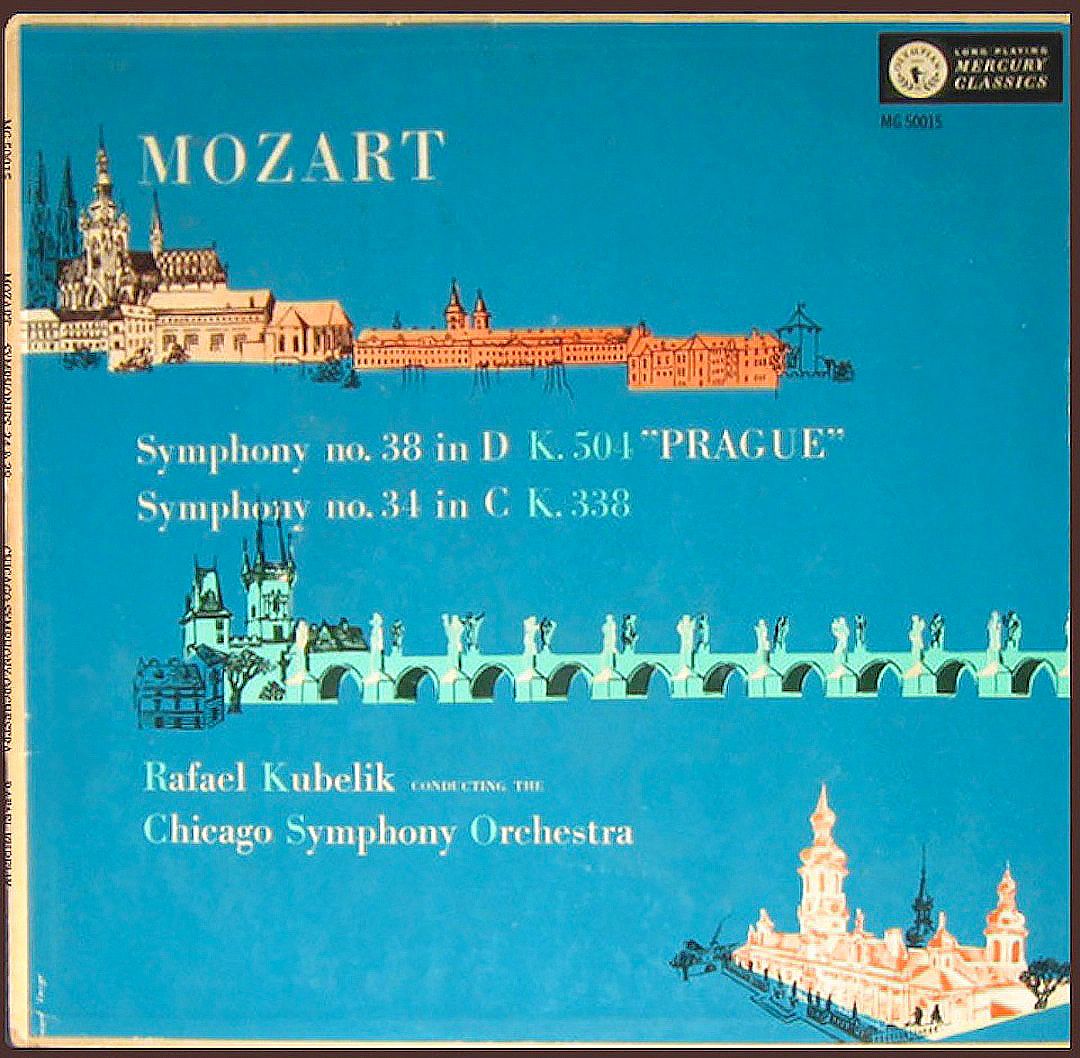
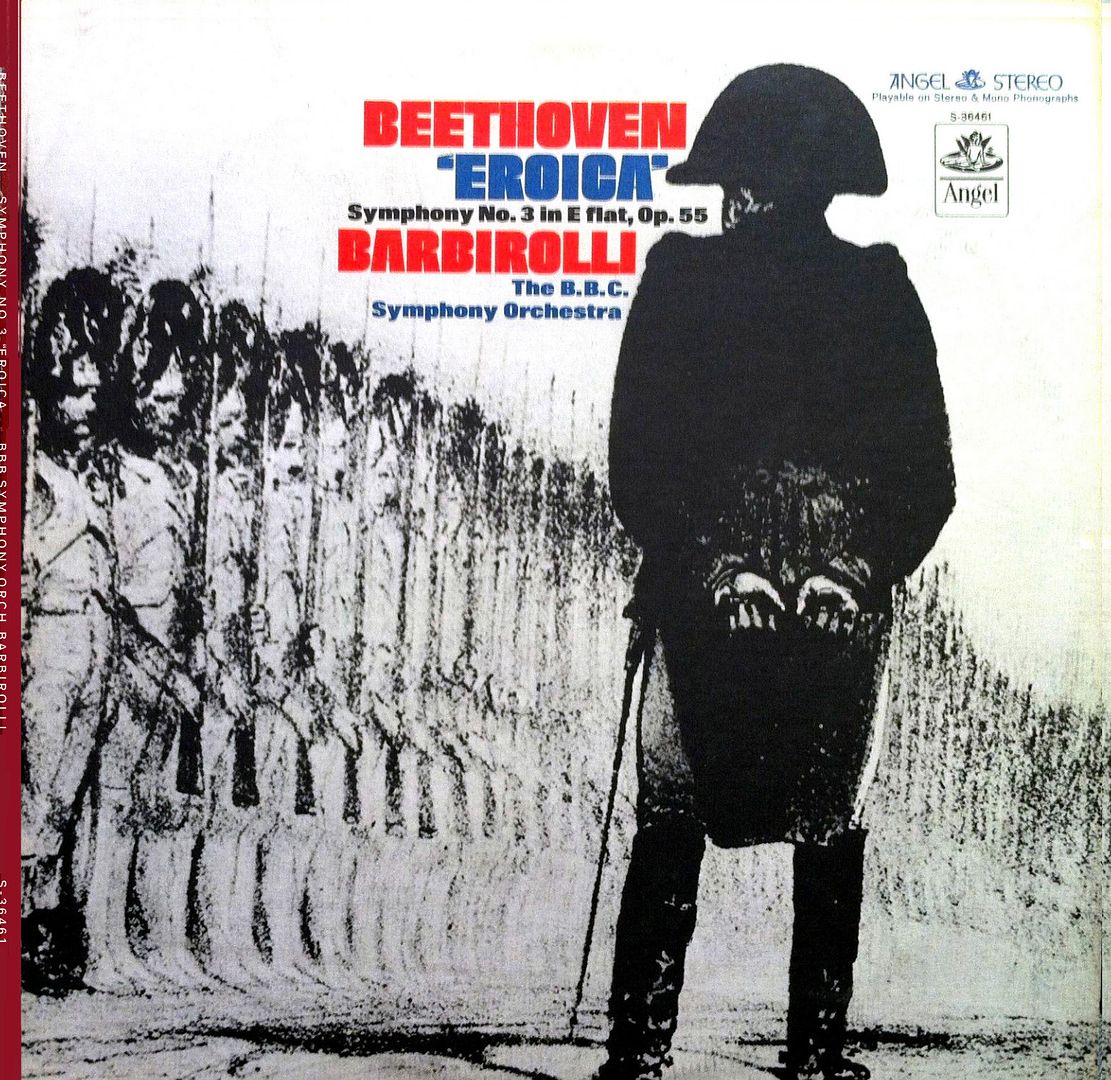
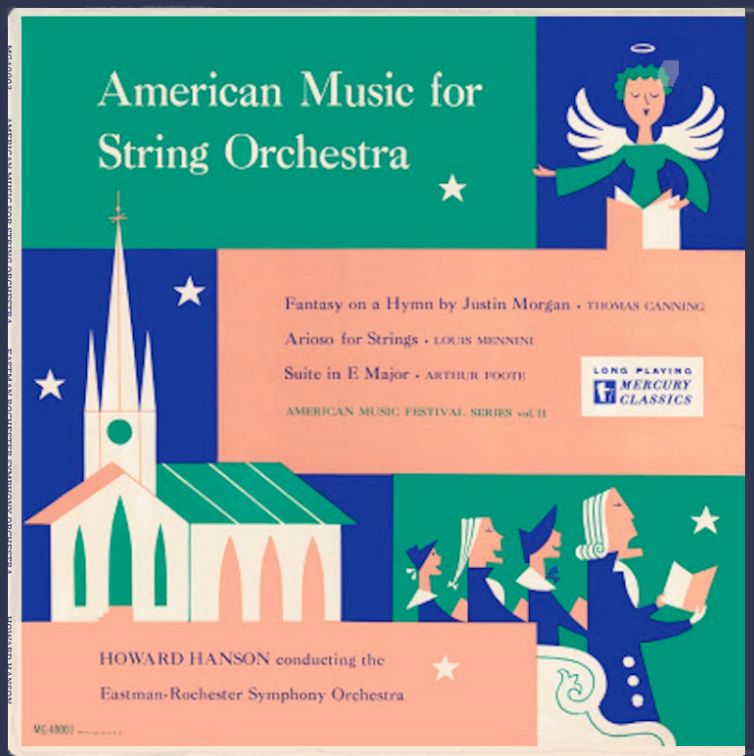
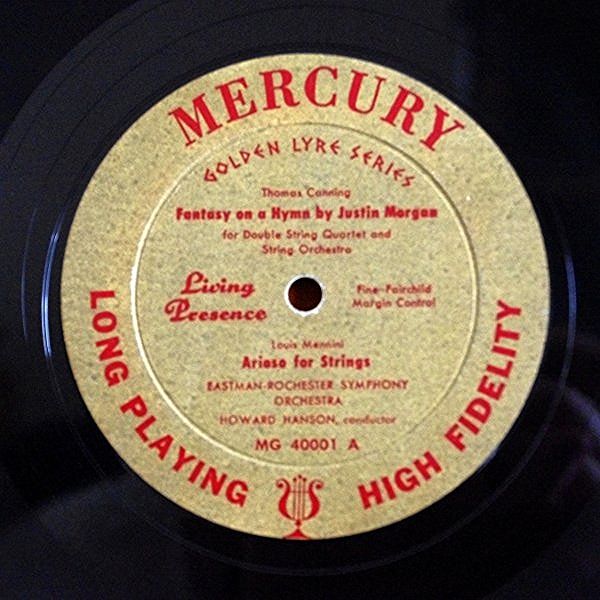
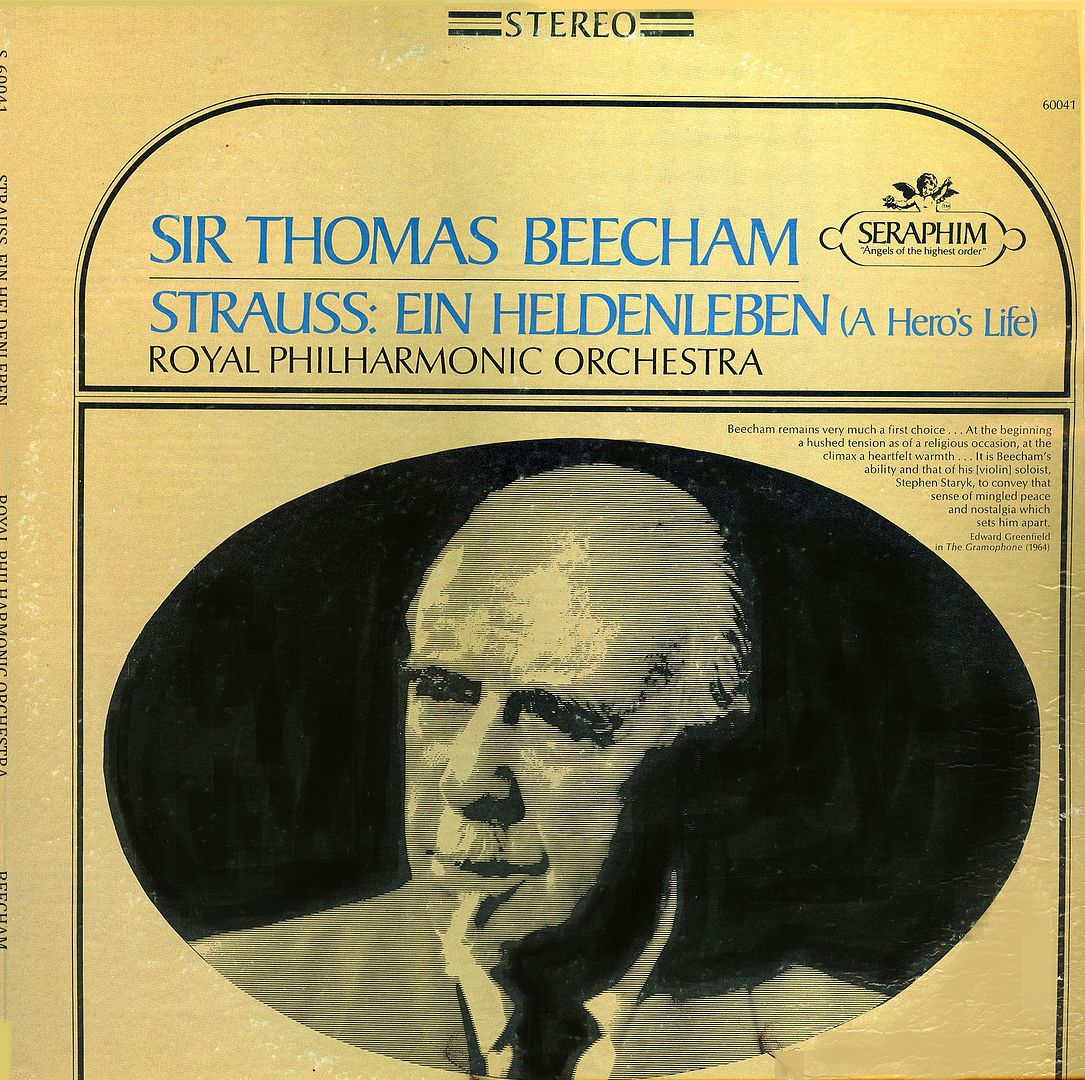

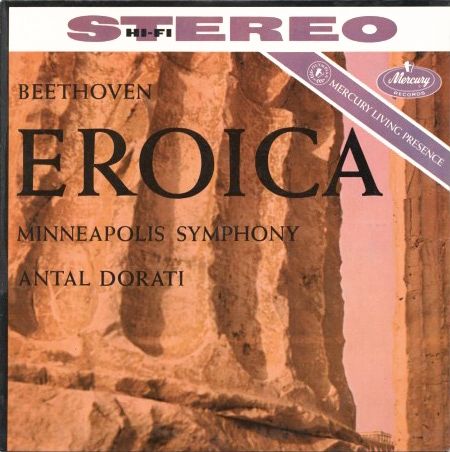

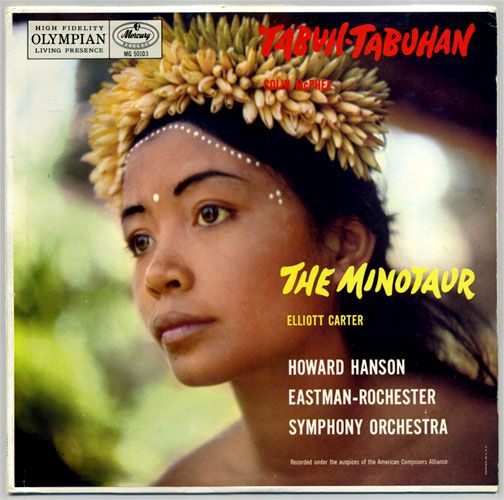
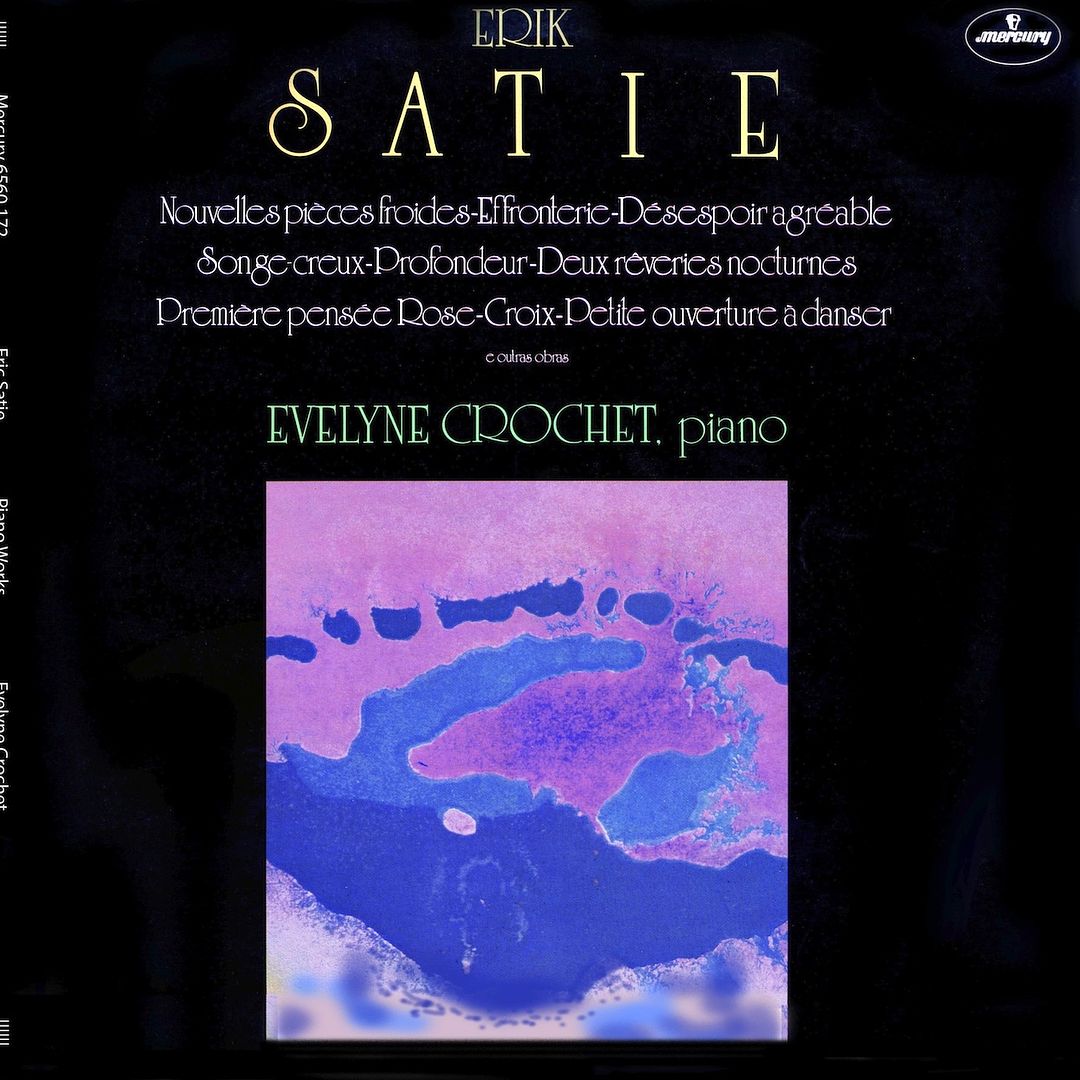
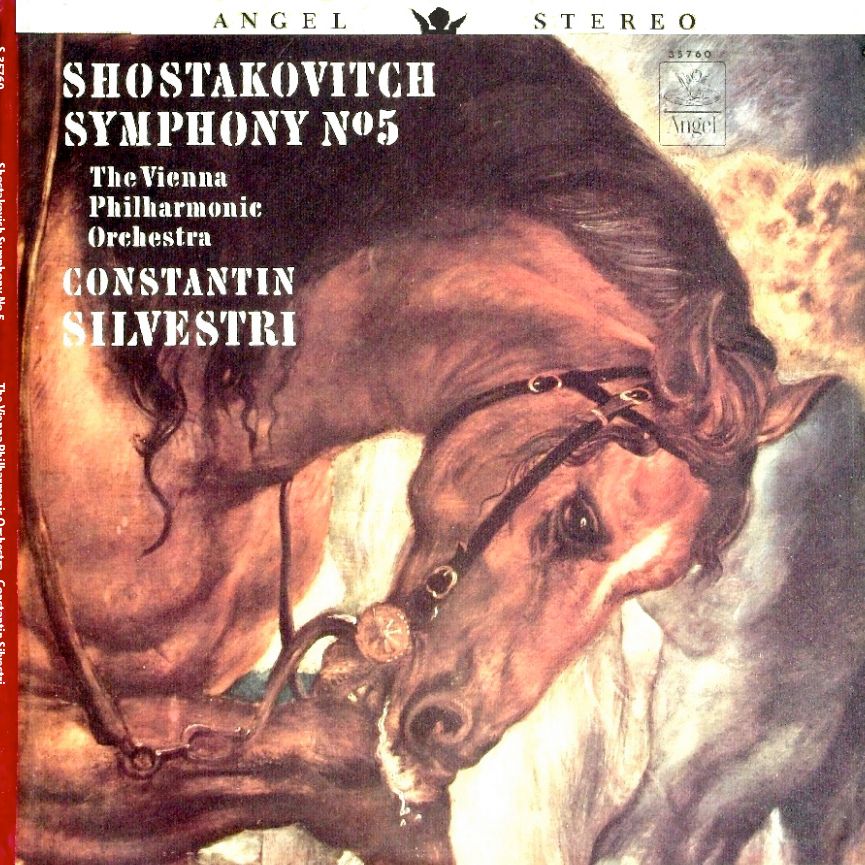


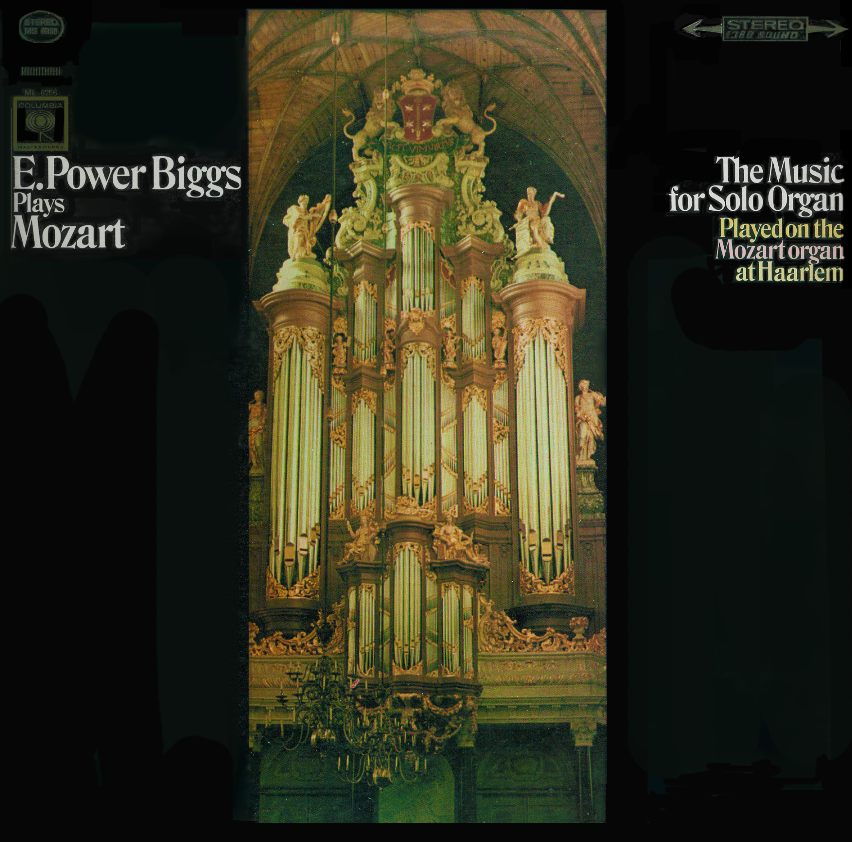
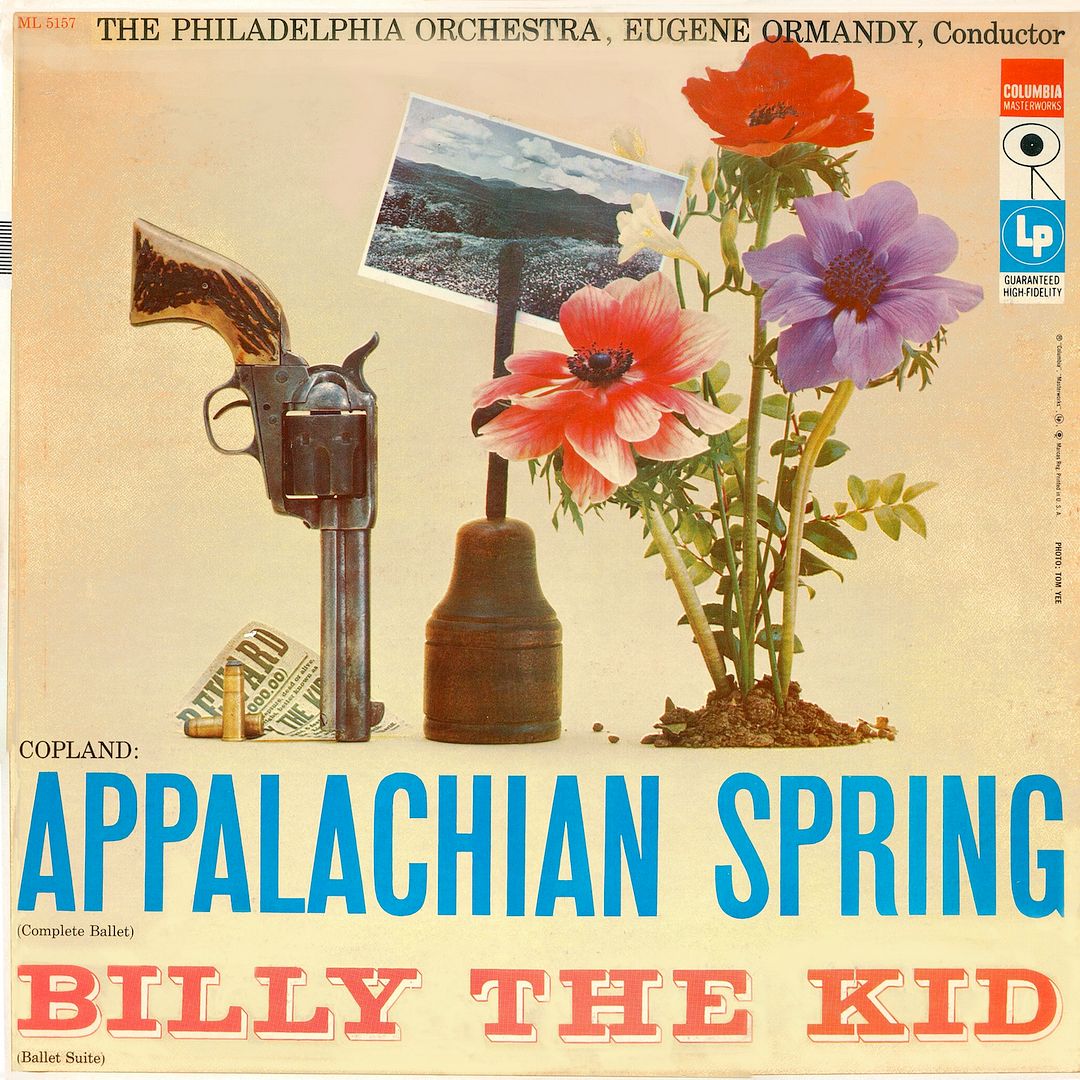
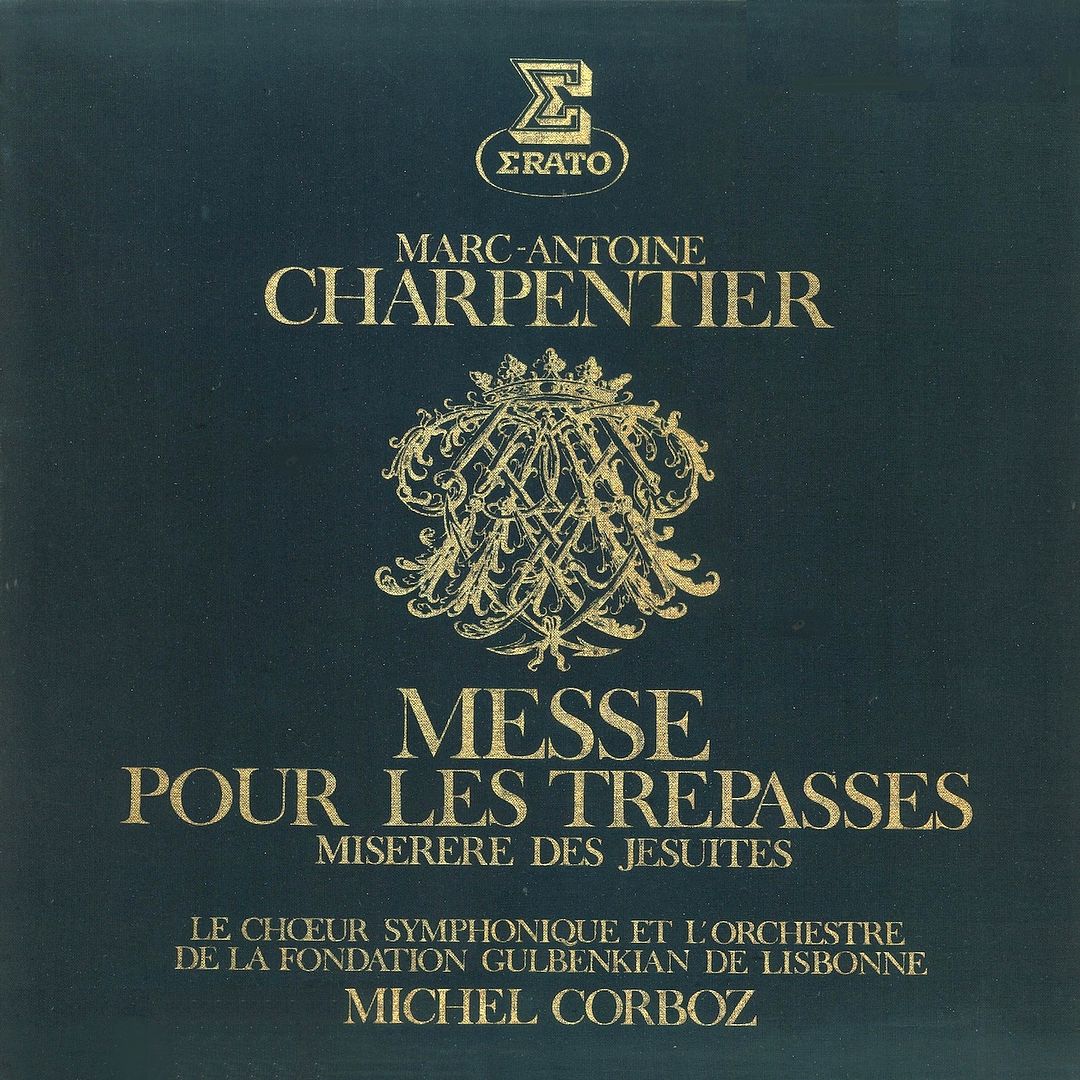
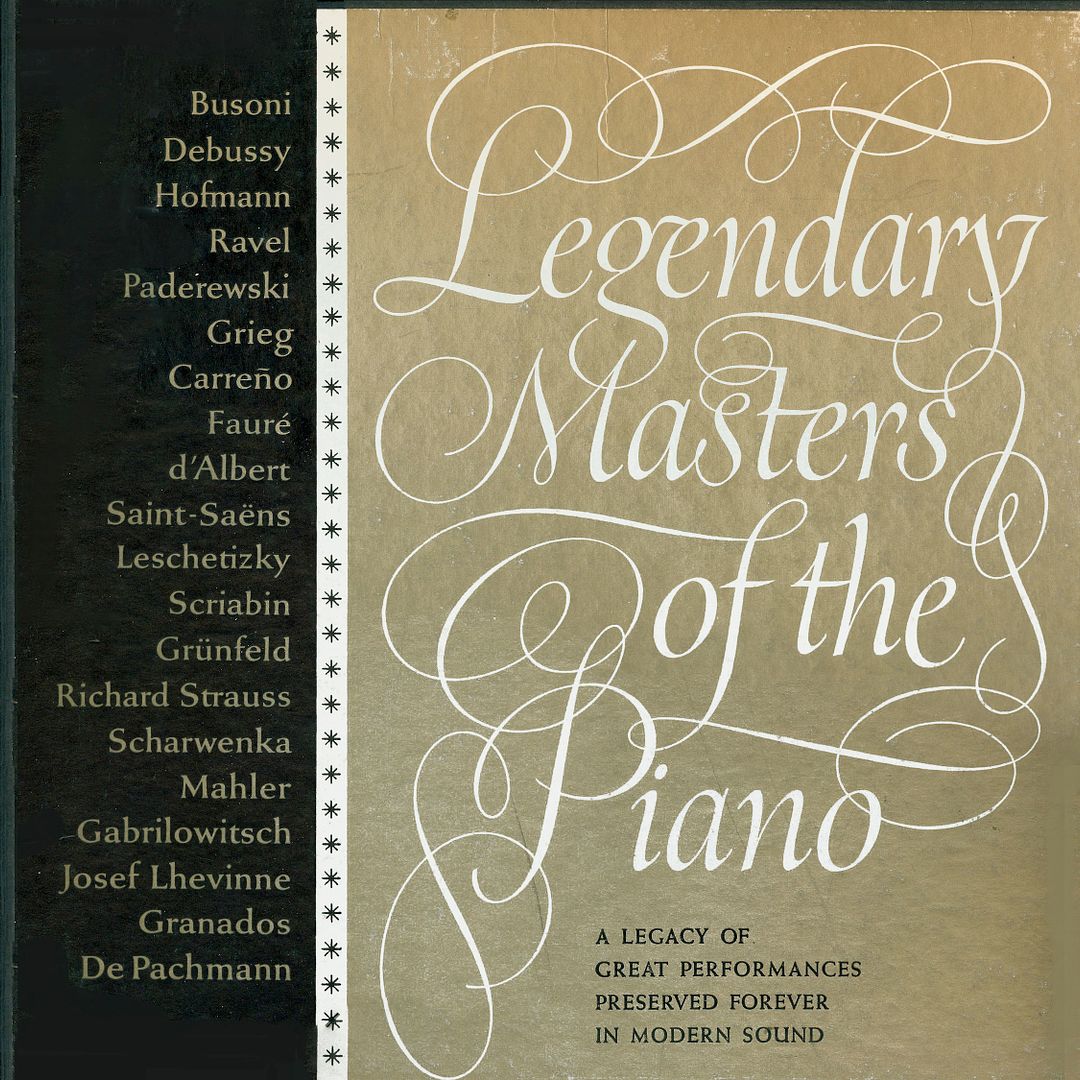
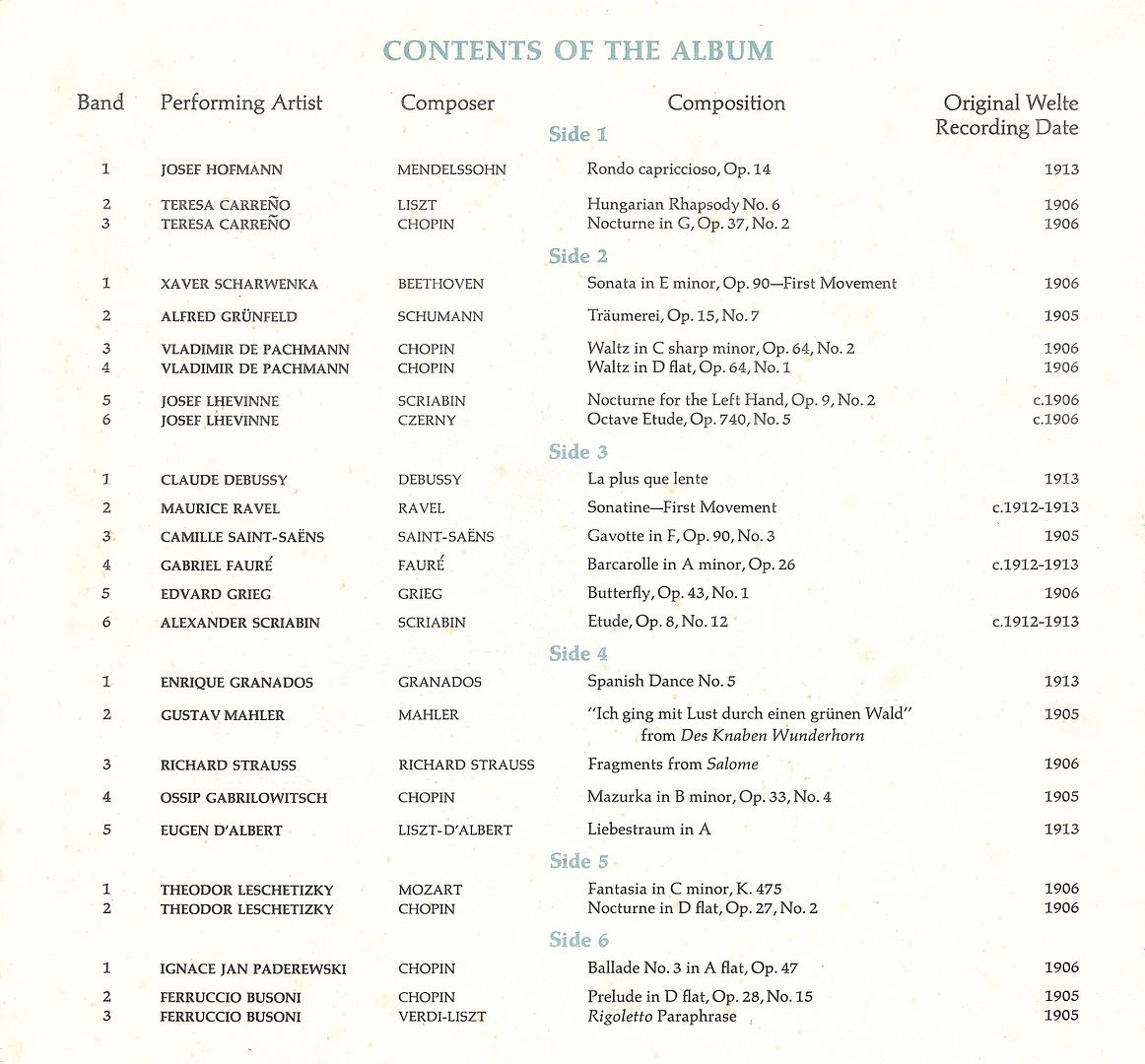

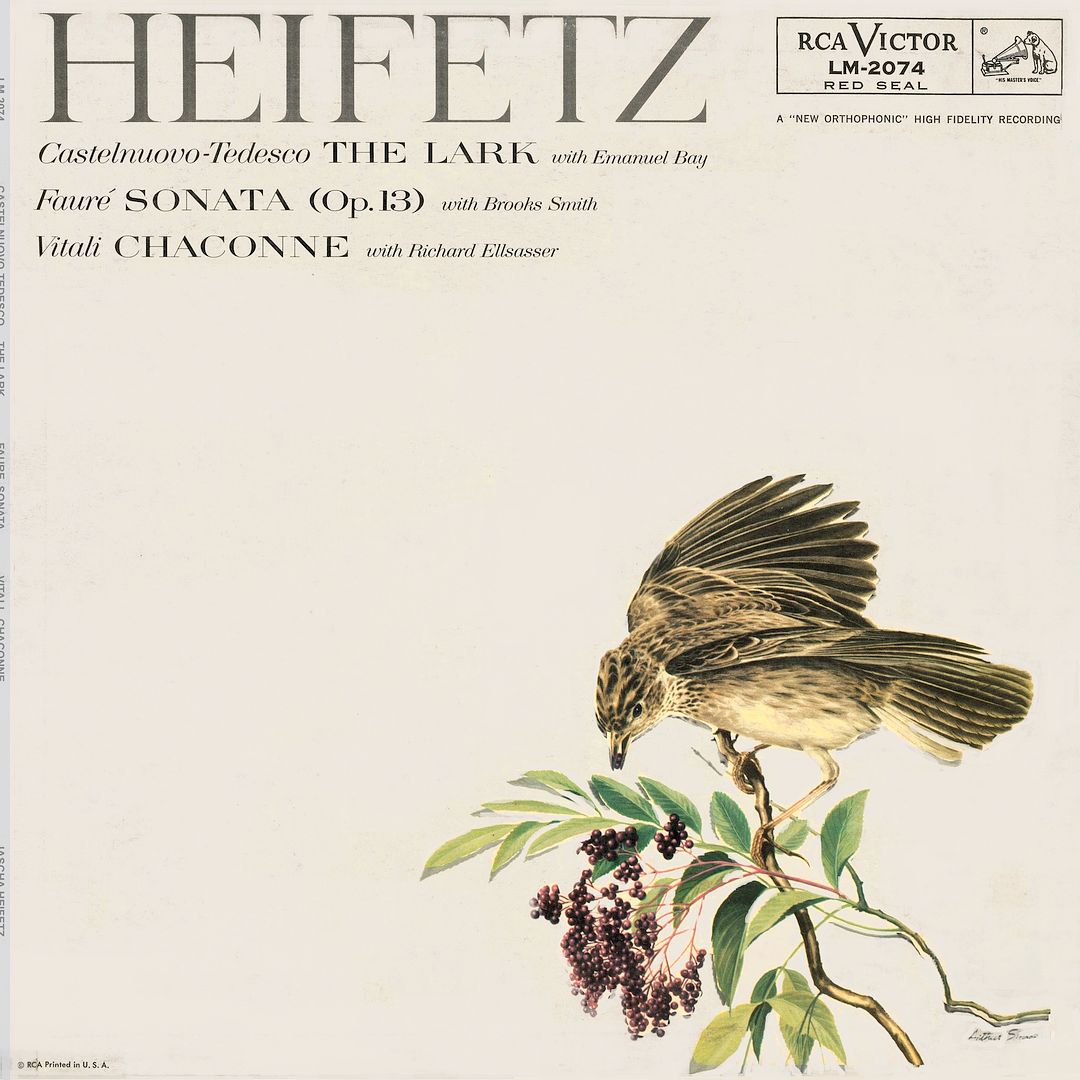
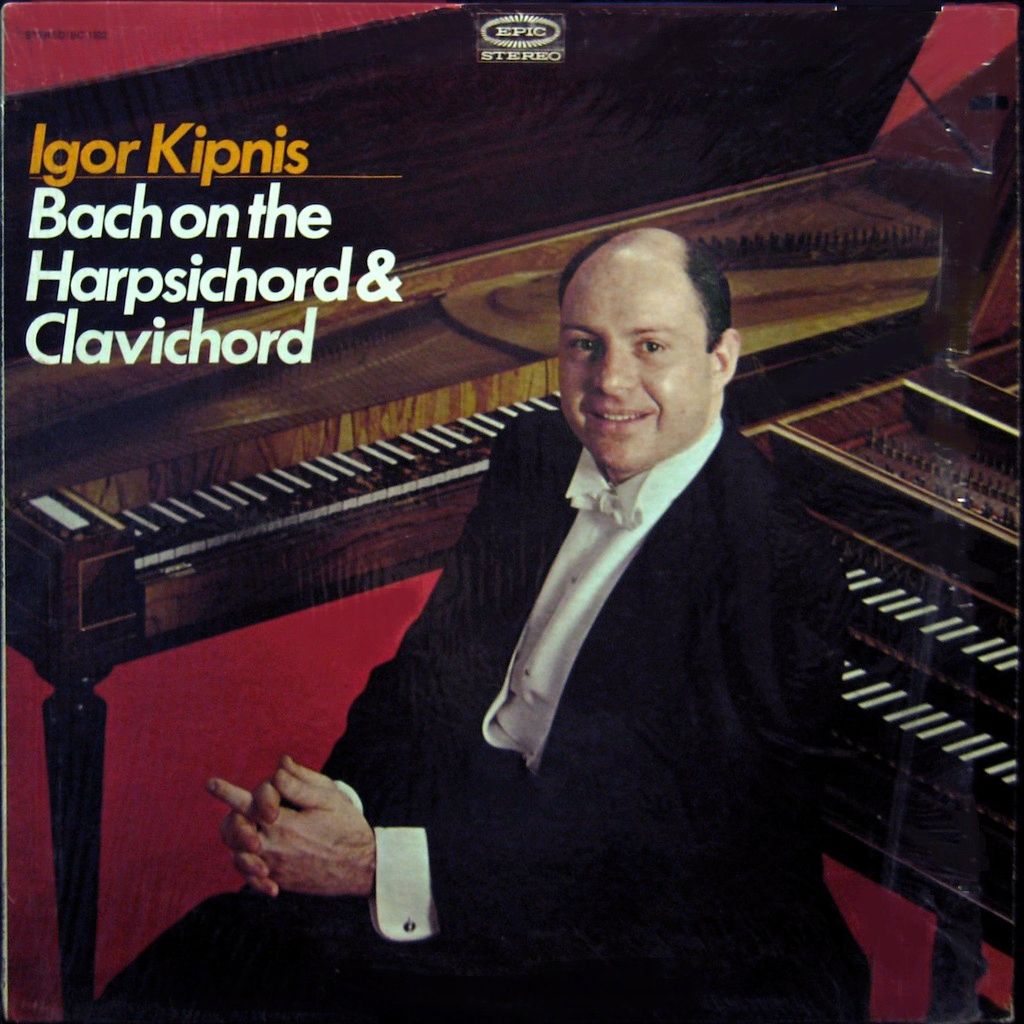

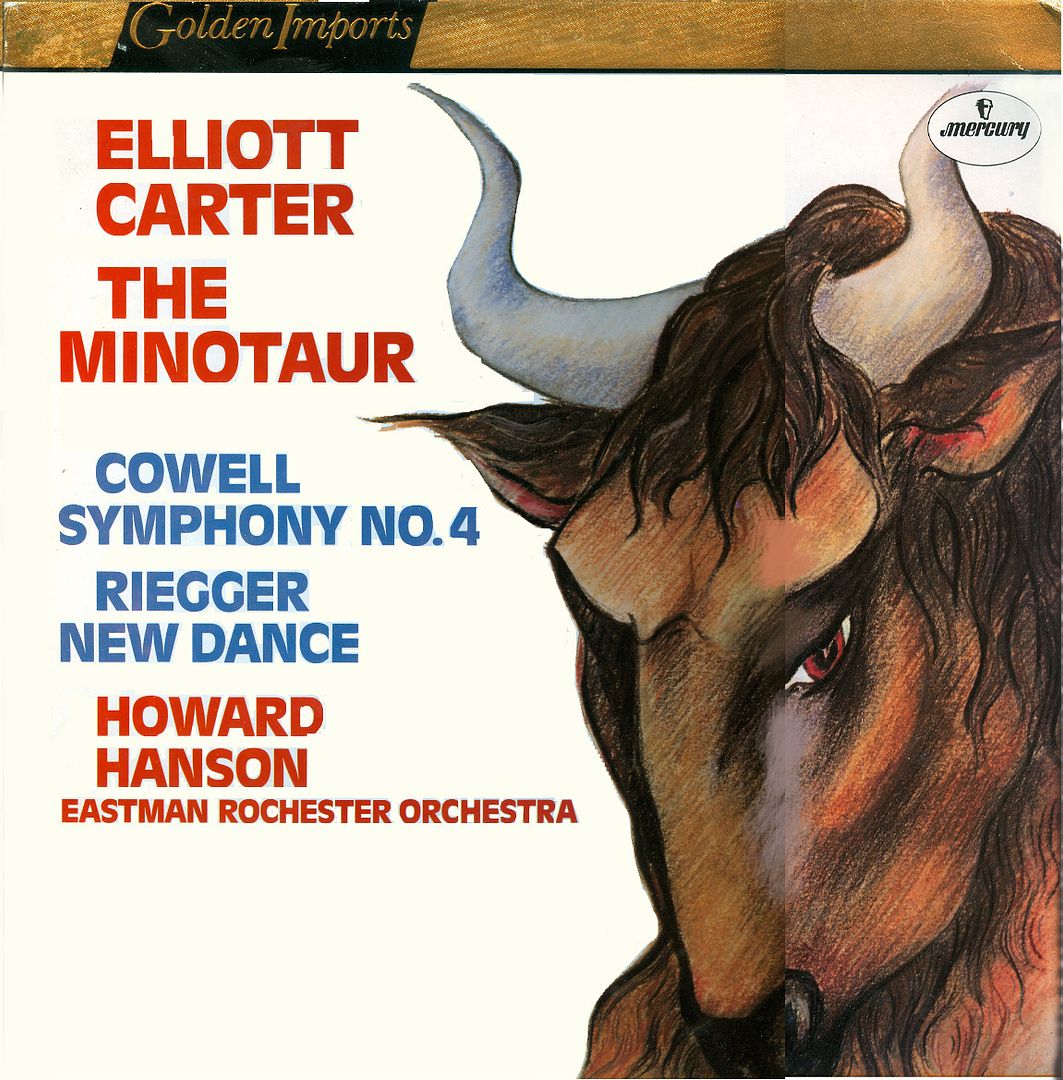
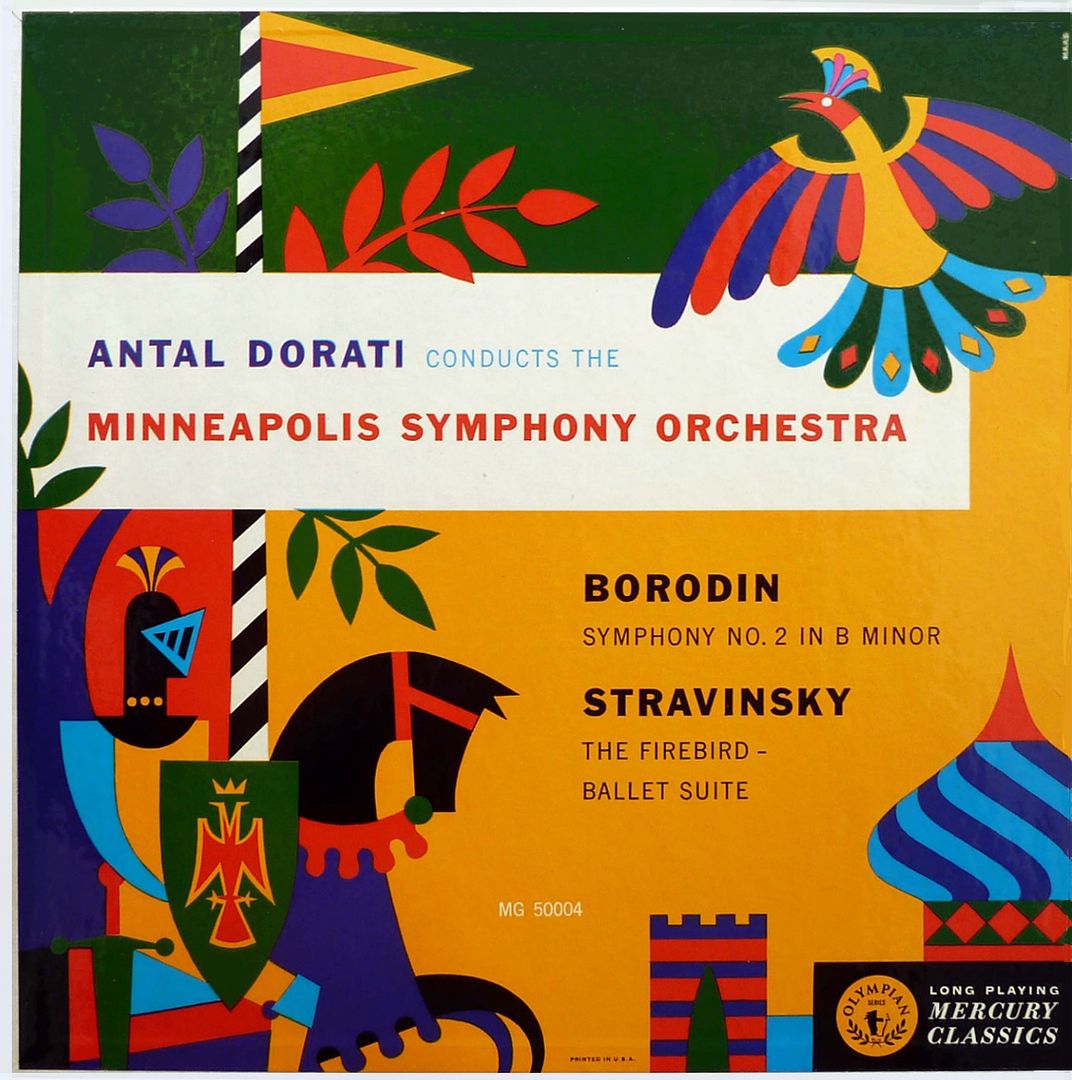
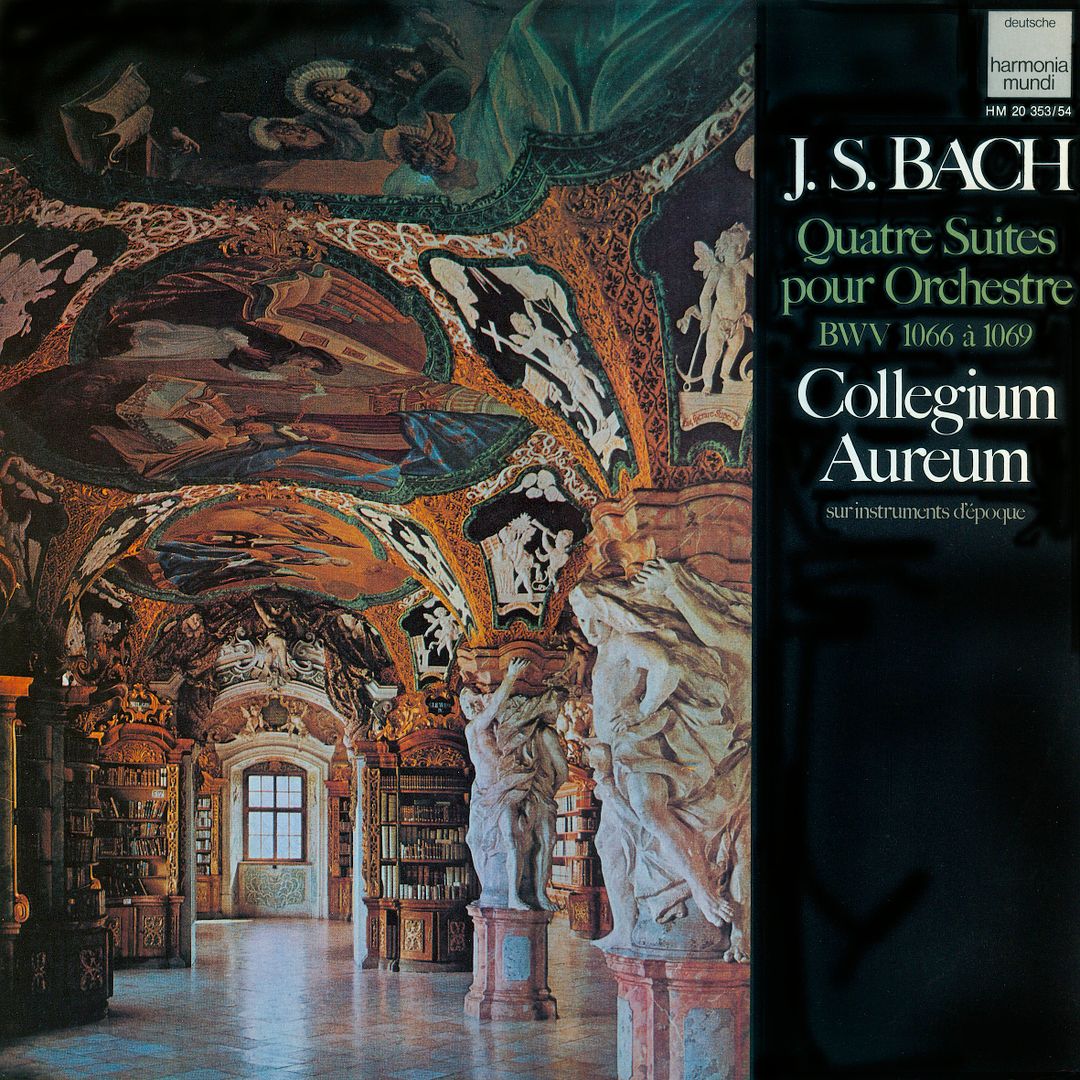
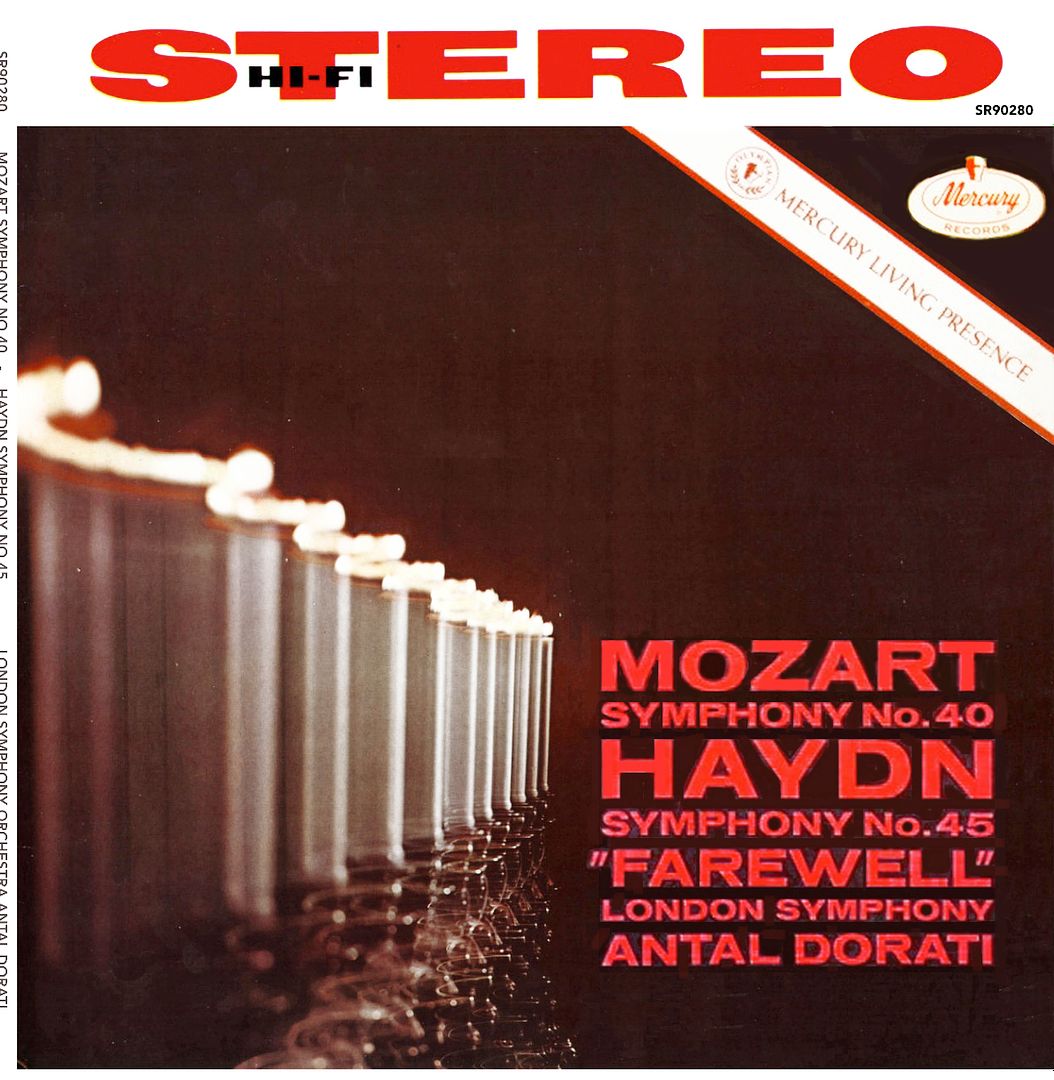
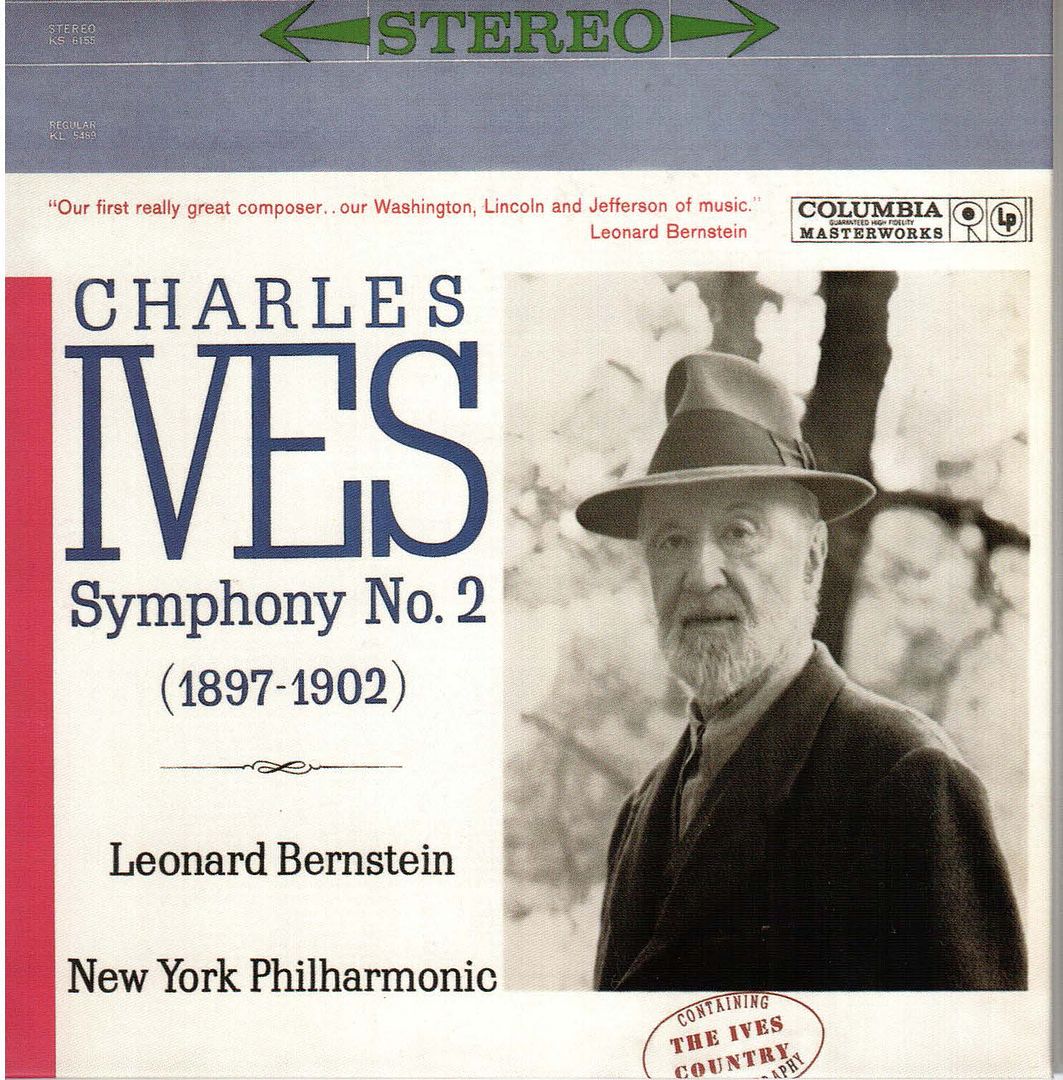
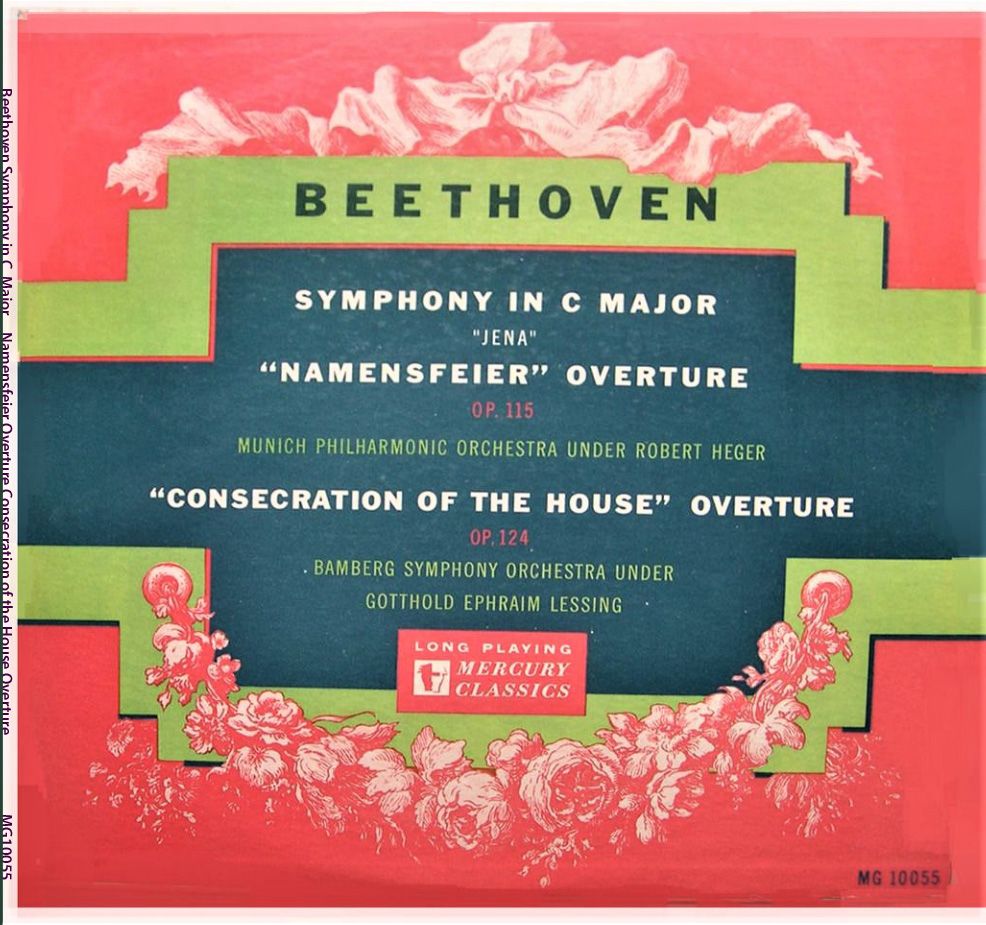
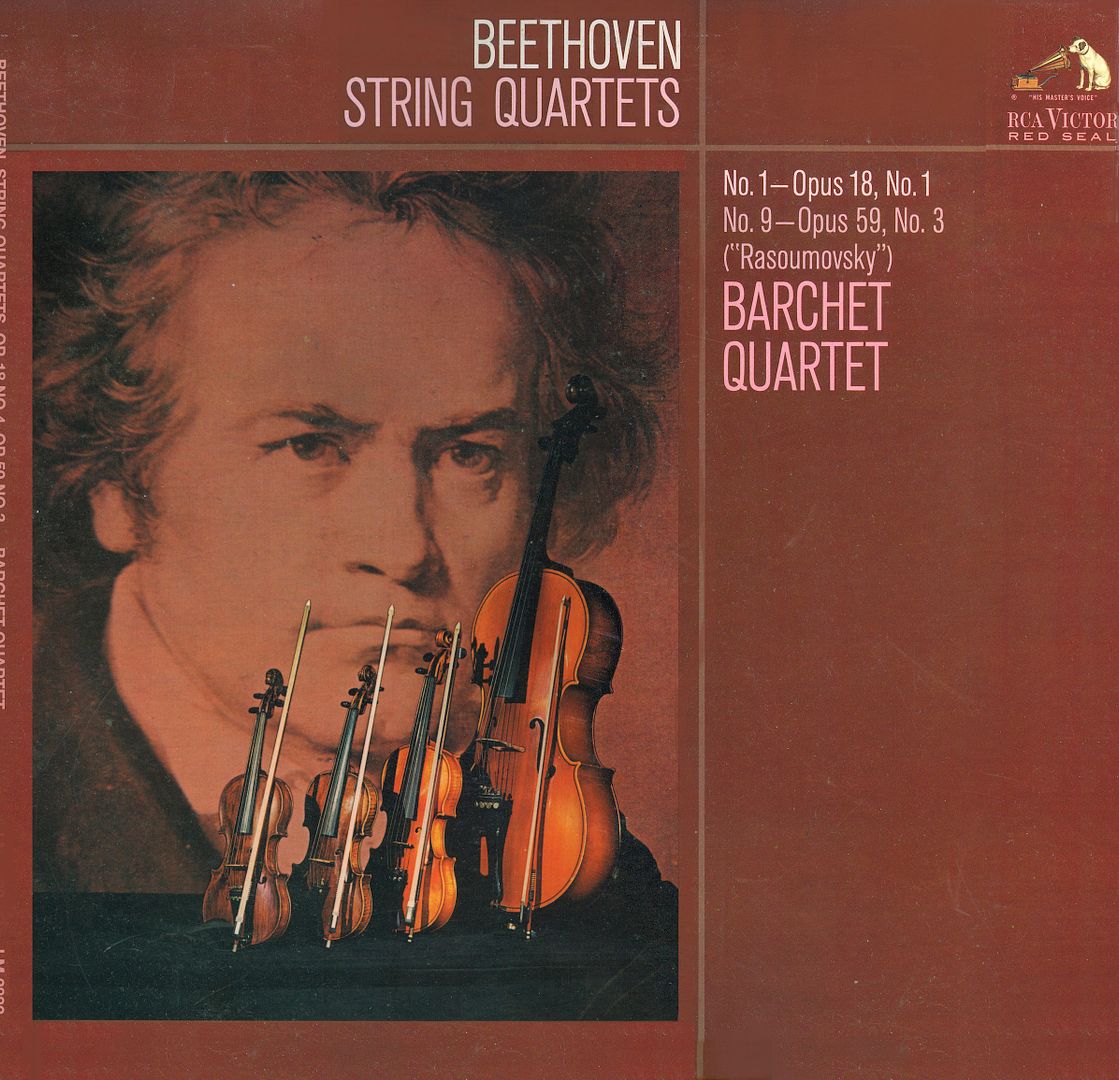
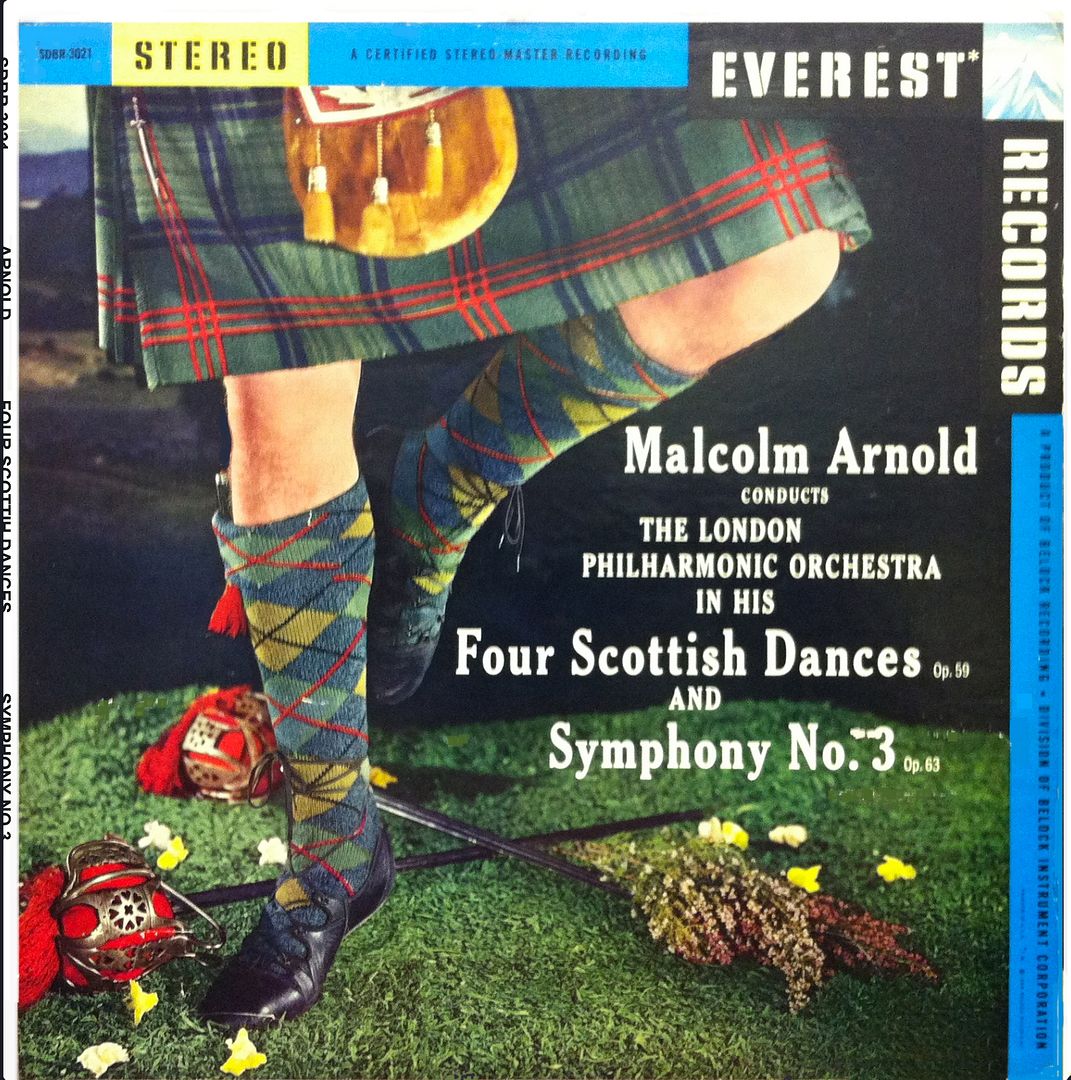
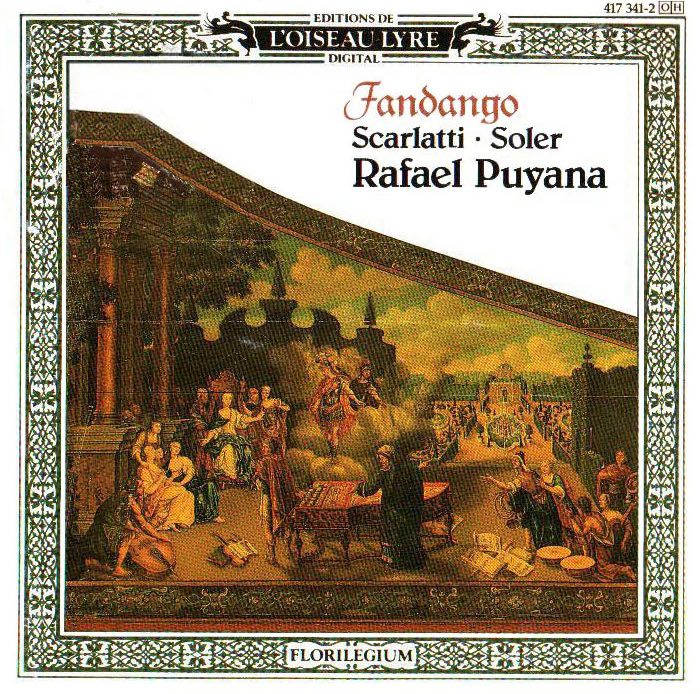


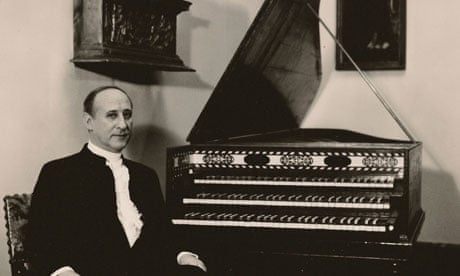
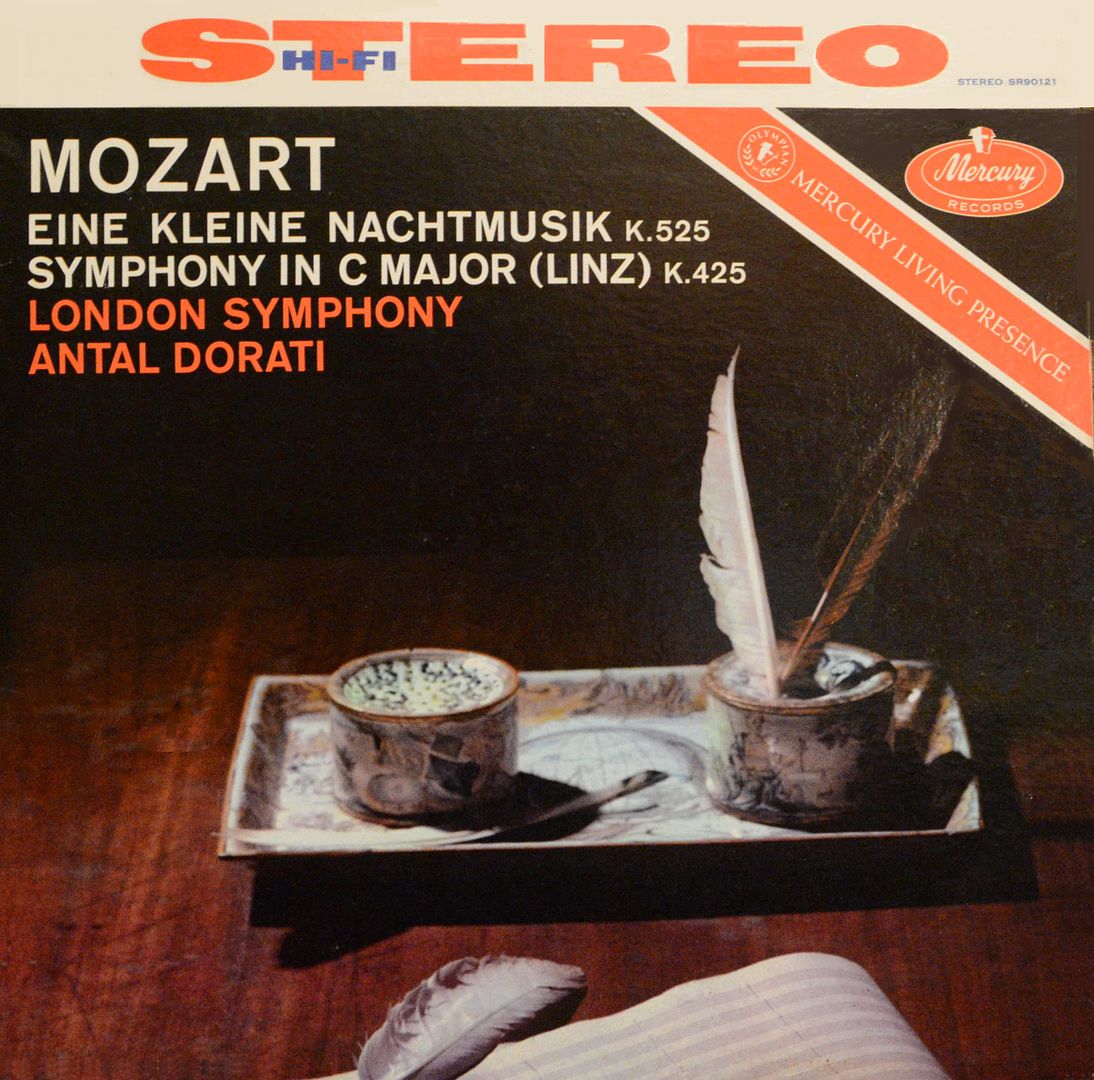


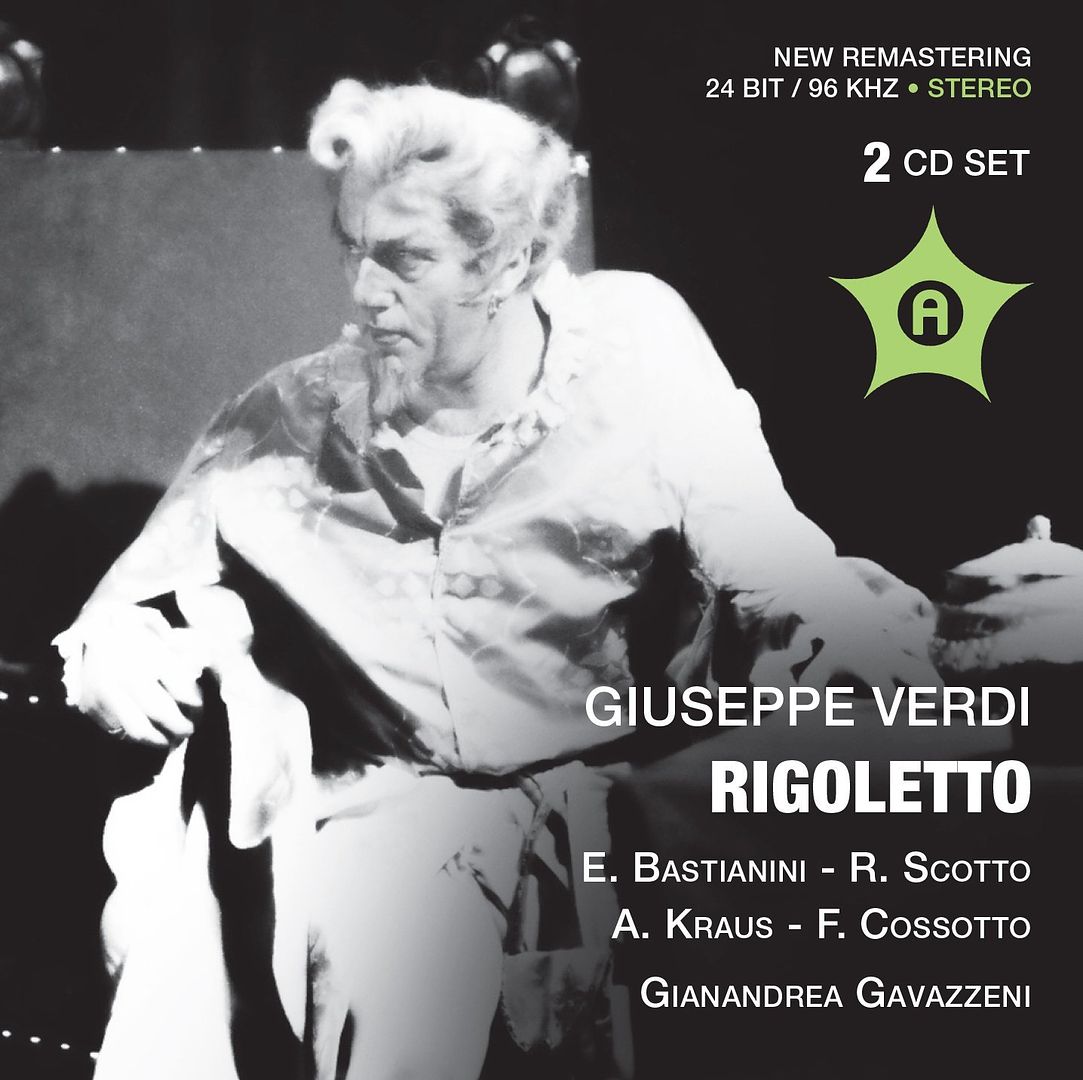
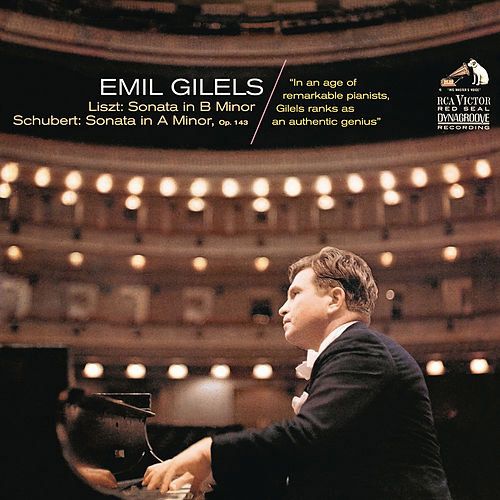
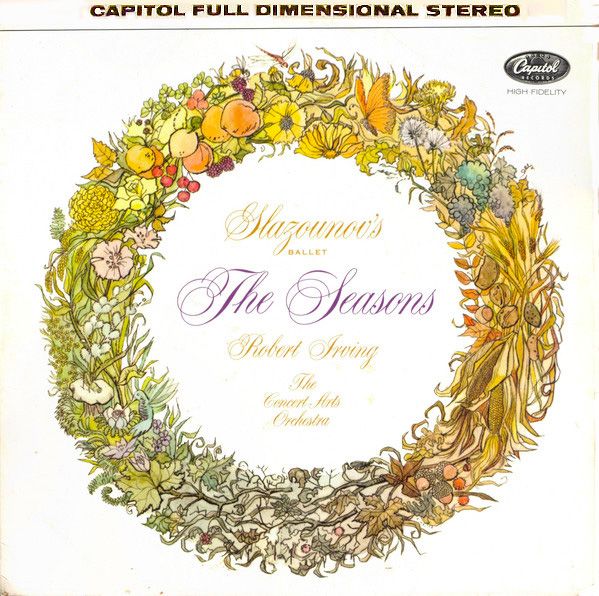
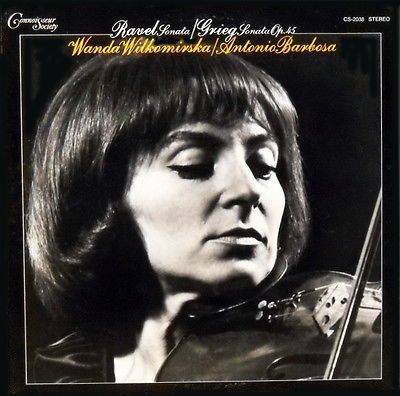
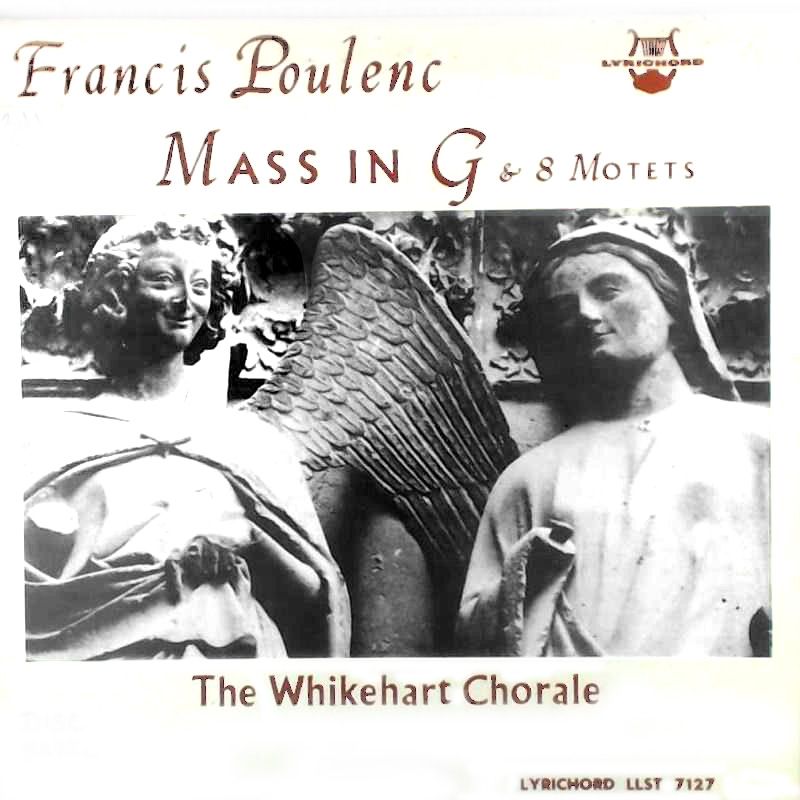
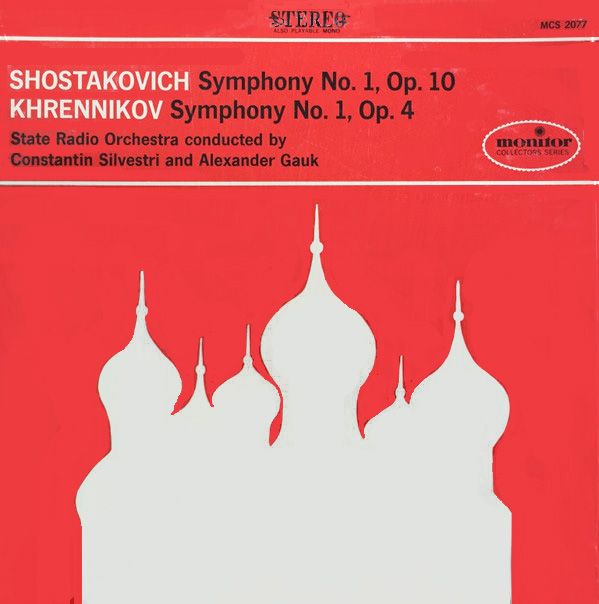

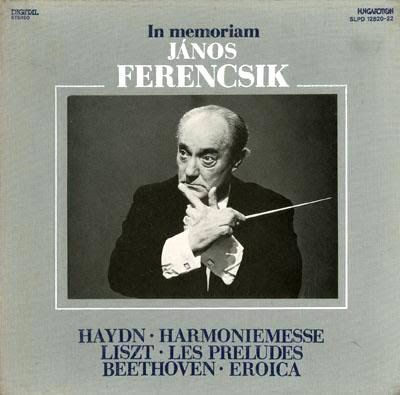
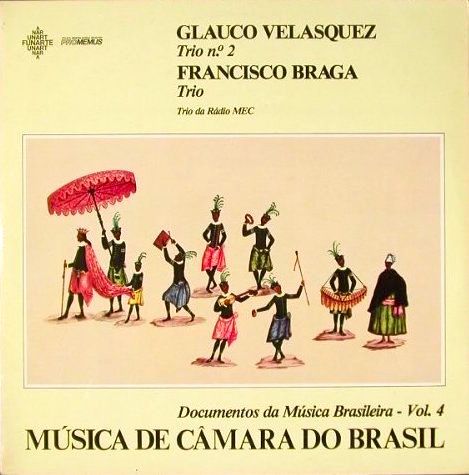
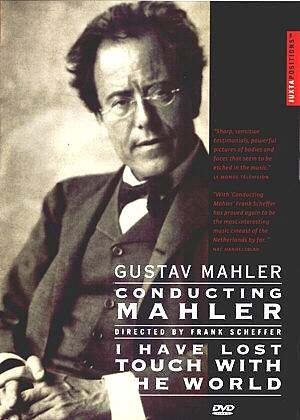

:format(jpeg):mode_rgb():quality(90)/discogs-images/R-11407936-1529685658-6404.jpeg.jpg)
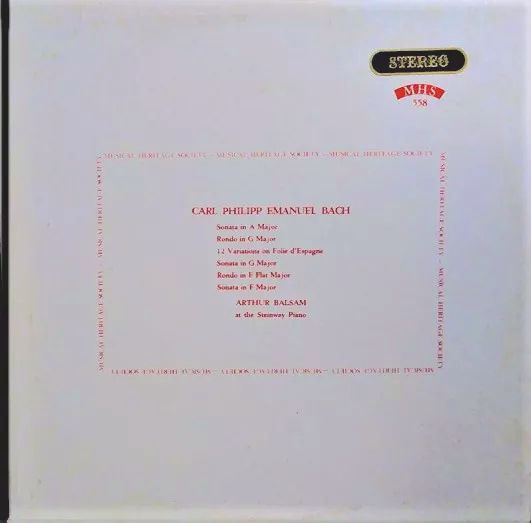


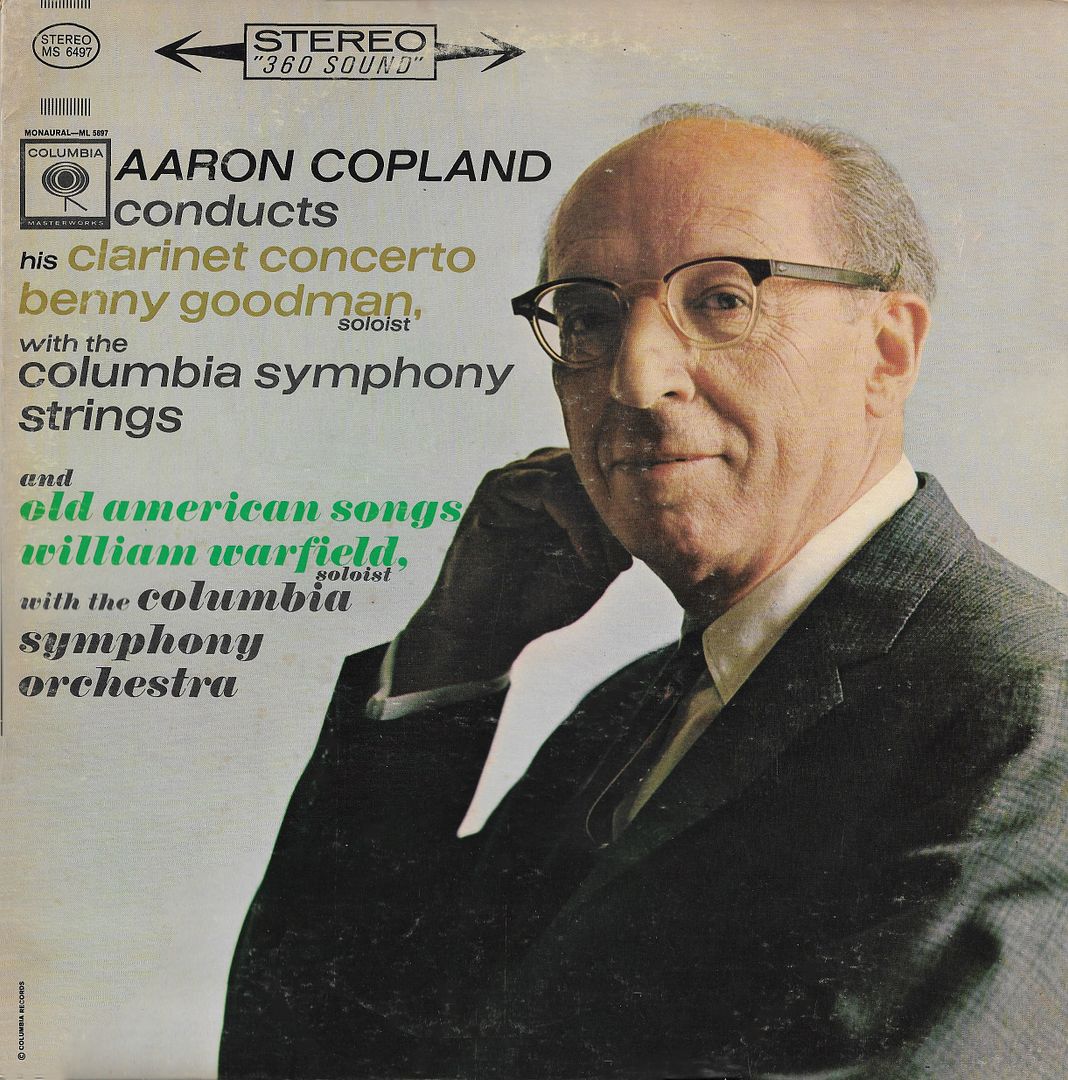
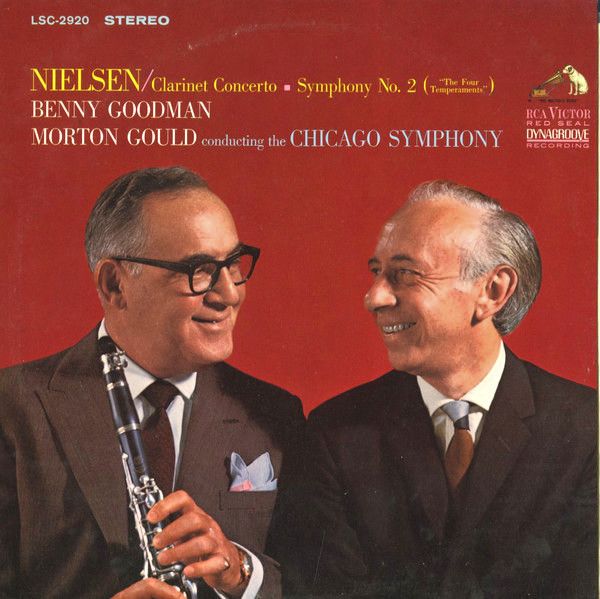
_cover.jpg)
.jpg)



